The Ultimate Guide to Restoring Furniture: Give Your Pieces a New Lease on Life
Furniture restoration is a fantastic way to breathe new life into old or worn-out pieces, offering a sustainable alternative to buying new. Whether you're looking to restore an antique chair or rejuvenate a modern table, learning how to restore furniture is a rewarding skill that allows you to create beautiful, unique pieces for your home. In this ultimate guide, we will walk you through the entire process, from assessing the condition of your furniture to choosing the right tools and techniques. Let’s dive into the art of restoring furniture!
Why Restore Furniture?
Before we jump into the specifics of furniture restoration, it's important to understand why it’s worth the effort. Here are some reasons why restoring furniture is a great choice:
1. Cost-Effective
Restoring furniture is far cheaper than purchasing new furniture. With just a few materials and tools, you can transform a piece of furniture that might otherwise end up in the trash into something stunning. It's a budget-friendly way to decorate your home with unique pieces.
2. Eco-Friendly
Restoring furniture is an environmentally friendly practice. By repurposing old furniture, you contribute to reducing waste and conserving resources. Instead of sending your furniture to a landfill, you can restore and reuse it for years to come.
3. Personalized Touch
When you restore furniture, you have the opportunity to put your own personal touch on it. Whether it's sanding down the wood, reupholstering the fabric, or choosing the perfect color, restored furniture can reflect your personality and style.
4. Preserving History
Many old furniture pieces have historical value. Restoring them helps preserve their beauty and craftsmanship for future generations to enjoy. Whether it's an antique piece passed down through your family or a vintage find from a thrift store, restoring furniture allows you to maintain its legacy.
Assessing the Condition of Your Furniture
Before diving into the restoration process, you need to assess the condition of the furniture. This will help you determine the type of restoration work required and the materials you'll need. Here’s a step-by-step guide for evaluating your furniture:
1. Check the Structural Integrity
Look at the frame, legs, and joints of the piece. Are there any cracks, wobbly legs, or loose joints? If so, these areas will need to be repaired first before you can move on to other restoration tasks.
2. Inspect the Surface
Examine the surface of the furniture for scratches, dents, stains, or worn finishes. A damaged finish or veneer can often be sanded down or replaced, while scratches can usually be filled and refinished.
3. Look for Signs of Wear or Rot
Check for signs of rot, especially if the piece is made of wood. Use a small tool to probe soft areas to determine the extent of the damage. If you find significant rot, you may need to replace parts of the piece entirely.
4. Evaluate the Upholstery
If the furniture piece has fabric or leather upholstery, check for rips, stains, and wear. Upholstery restoration can range from cleaning to reupholstering, depending on the condition of the fabric.
Essential Tools for Furniture Restoration
Once you’ve assessed your piece, it’s time to gather your tools. Here’s a list of essential tools you’ll need for most furniture restoration projects:
1. Sanding Tools
Sanding is a crucial step in furniture restoration, as it helps smooth out the surface and removes any old paint or varnish. You’ll need both manual and electric sanding tools, such as:
- Sandpaper (various grits)
- Orbital sander or sanding block
2. Wood Glue and Clamps
For repairing loose joints or cracks in wooden furniture, you’ll need wood glue and clamps to hold the pieces together while the glue dries.
3. Paint or Stain
To give your furniture a fresh look, you’ll need high-quality paint, stain, or varnish. The type you choose will depend on the style you’re going for and the material of the furniture.
4. Upholstery Supplies
If your furniture requires reupholstering, you’ll need fabric, a staple gun, foam, and a sewing machine (if necessary). Make sure to choose a durable fabric that fits your style and will last.
5. Protective Gear
Restoring furniture can be messy, so don’t forget your safety gear. Wear gloves, goggles, and a mask when working with paint, chemicals, or sanding.
Step-by-Step Furniture Restoration Process
Now that you have the tools ready, let’s walk through the steps of restoring your furniture. While each piece is different, these general guidelines will help you get started.
1. Disassemble the Furniture (If Necessary)
For easier access to all parts of the furniture, consider disassembling it if possible. This might include removing drawers, doors, or cushions. This step will help you restore each part individually and thoroughly.
2. Repair Any Structural Damage
Start by fixing any structural issues. If you have loose joints, use wood glue to secure them, then clamp the pieces in place while the glue dries. If there are cracks, fill them with wood filler, and smooth them out once they dry.
For legs or corners that are severely damaged, you may need to replace parts. If you're restoring an antique, try to find similar materials to maintain the original look.
3. Sand the Surface
Next, sand down the surface of the furniture to remove old finishes and smooth out any imperfections. Start with coarse-grit sandpaper (around 80 to 120 grit), and finish with a finer grit (220 grit or higher) for a smooth finish. Be sure to sand in the direction of the wood grain to avoid scratching the surface.
4. Clean the Furniture
Before applying any new finish, it’s important to thoroughly clean your piece. Wipe down the furniture with a damp cloth to remove dust and debris. For wooden furniture, consider using a wood cleaner to remove oils, dirt, and grime.
5. Refinish the Wood
Once your furniture is clean and sanded, it’s time to refinish the wood. Choose a finish that suits your desired look:
- Stain: Ideal for bringing out the natural beauty of wood grain.
- Paint: For a more modern or bold look.
- Varnish or Polyurethane: For added protection and a glossy finish.
Use a brush or cloth to apply the finish and be sure to work in even strokes. Allow it to dry, then lightly sand again before applying a second coat for a smooth and professional finish.
6. Reupholster (If Necessary)
If the furniture has fabric upholstery, now is the time to reupholster. Remove the old fabric, taking care to preserve the padding and foam underneath. If the foam is damaged, replace it with new foam.
Cut your new fabric to fit the furniture and use a staple gun to attach it securely. Be sure to pull the fabric tight to avoid wrinkles or sagging. If the piece has intricate patterns, be careful to align them properly.
7. Reassemble and Final Touches
Once everything is restored, reassemble your furniture and add any final touches. For example, you can add new hardware like knobs, handles, or decorative elements. If the piece looks a bit too polished, distress it lightly for a more rustic look.
Tips for Successful Furniture Restoration
- Be Patient: Furniture restoration takes time, so don’t rush the process. Give each step time to dry and cure before moving on.
- Choose the Right Materials: Whether you’re painting, staining, or upholstering, always use high-quality materials. They will provide a better finish and last longer.
- Practice First: If you’re new to furniture restoration, start with a smaller, less valuable piece to practice your skills before tackling something more expensive or sentimental.
- Stay Safe: Always work in a well-ventilated area, especially when using chemicals, paints, or stains. Wear protective gear, such as gloves and goggles.
Conclusion
Restoring furniture is not only a fun and rewarding project, but it also allows you to create unique, personalized pieces for your home. By following this guide, you can restore old furniture with a professional finish, saving money and adding character to your living space. Whether you're working with wood, upholstery, or a combination of both, the key is to take your time, use the right tools, and add your personal touch. Ready to restore your own furniture? Gather your materials, roll up your sleeves, and transform those old pieces into beautiful works of art. If you're in need of new furniture to restore, or even some stylish pieces to complete your home, visit our furniture store today for a wide selection of high-quality items to get you started! Buy new furniture at CycloneSale.com to mix with your restored treasures today!


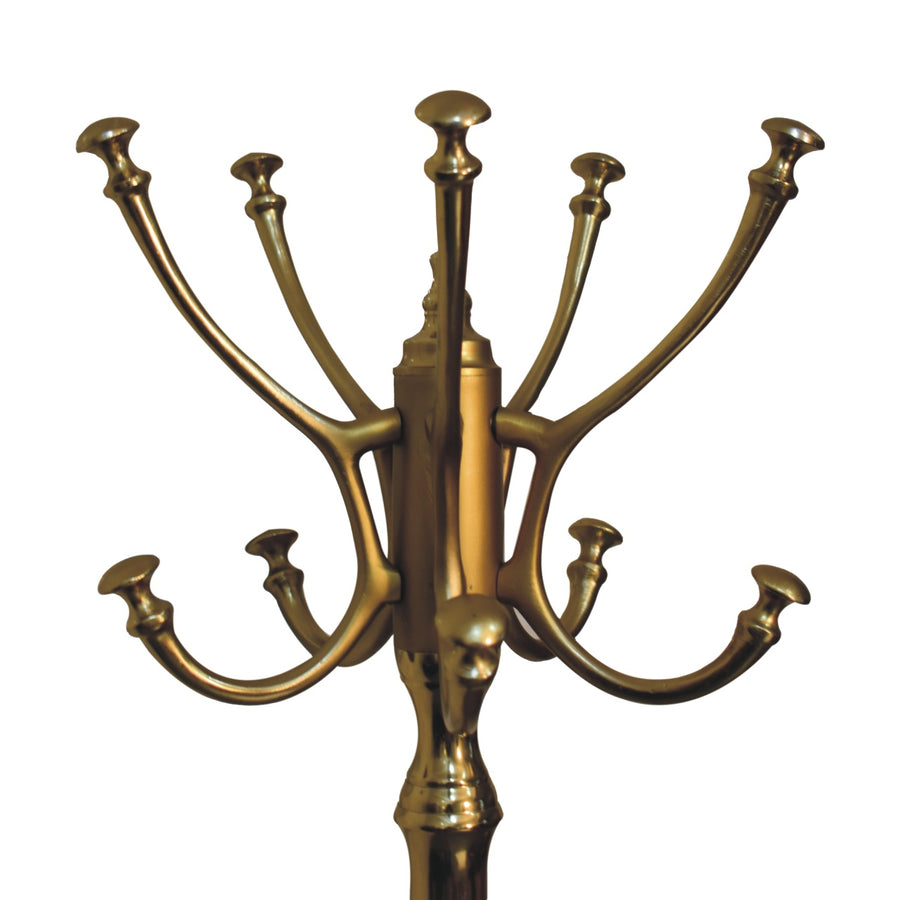
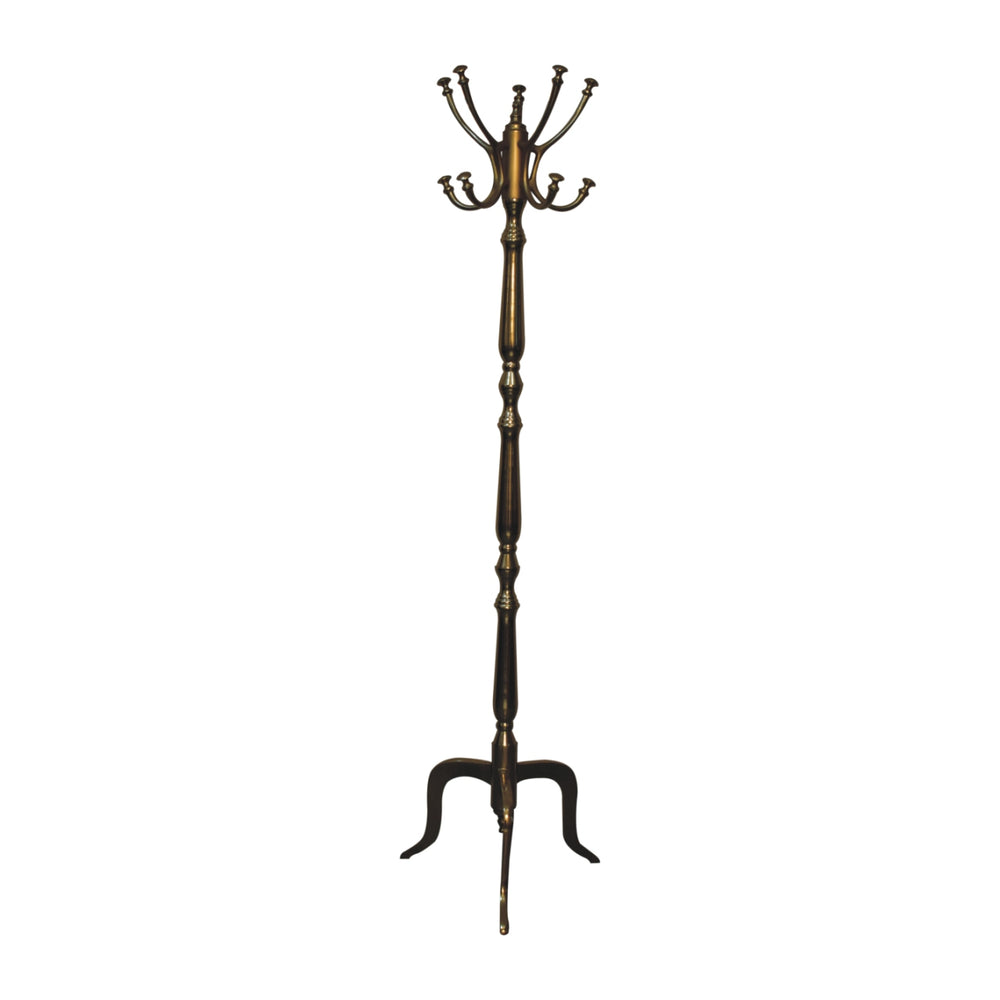
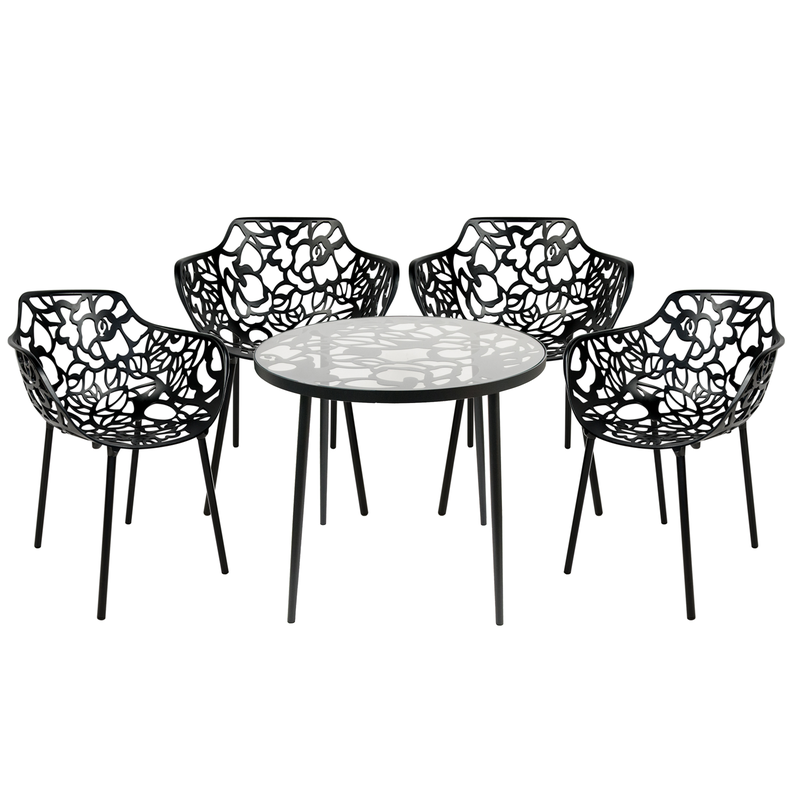
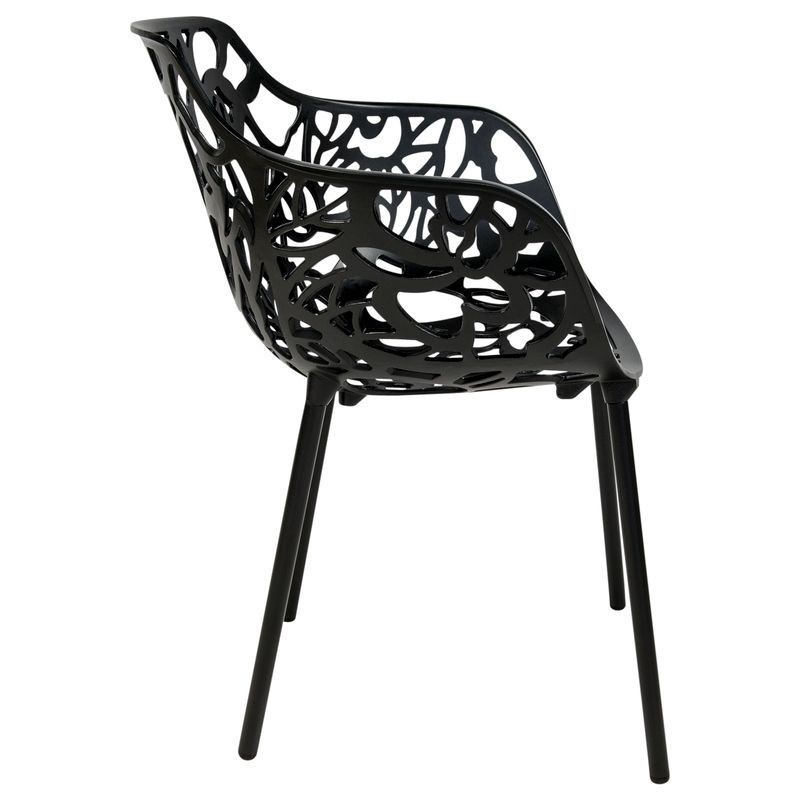
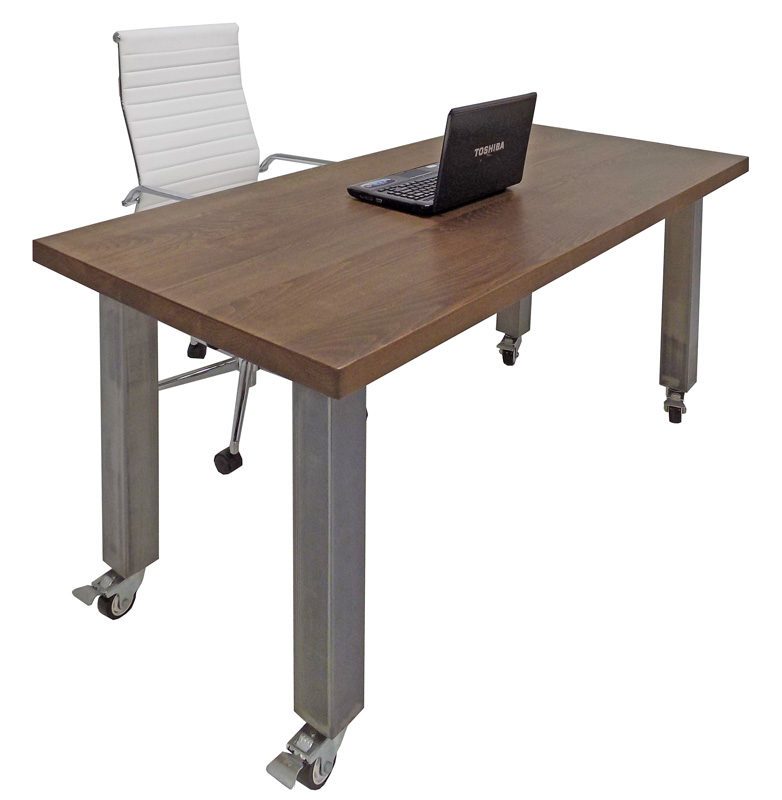
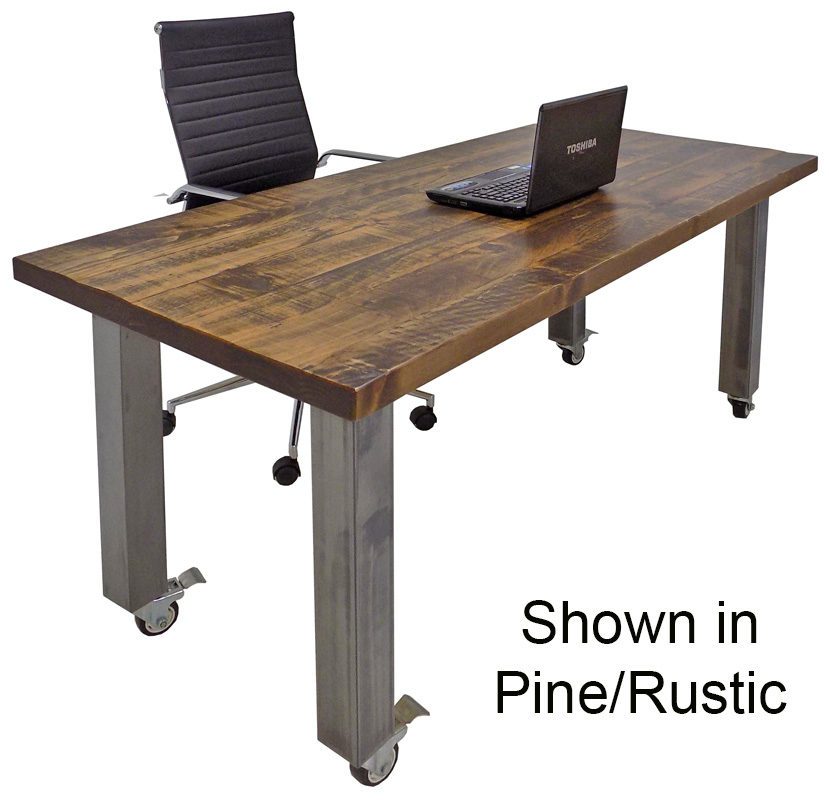


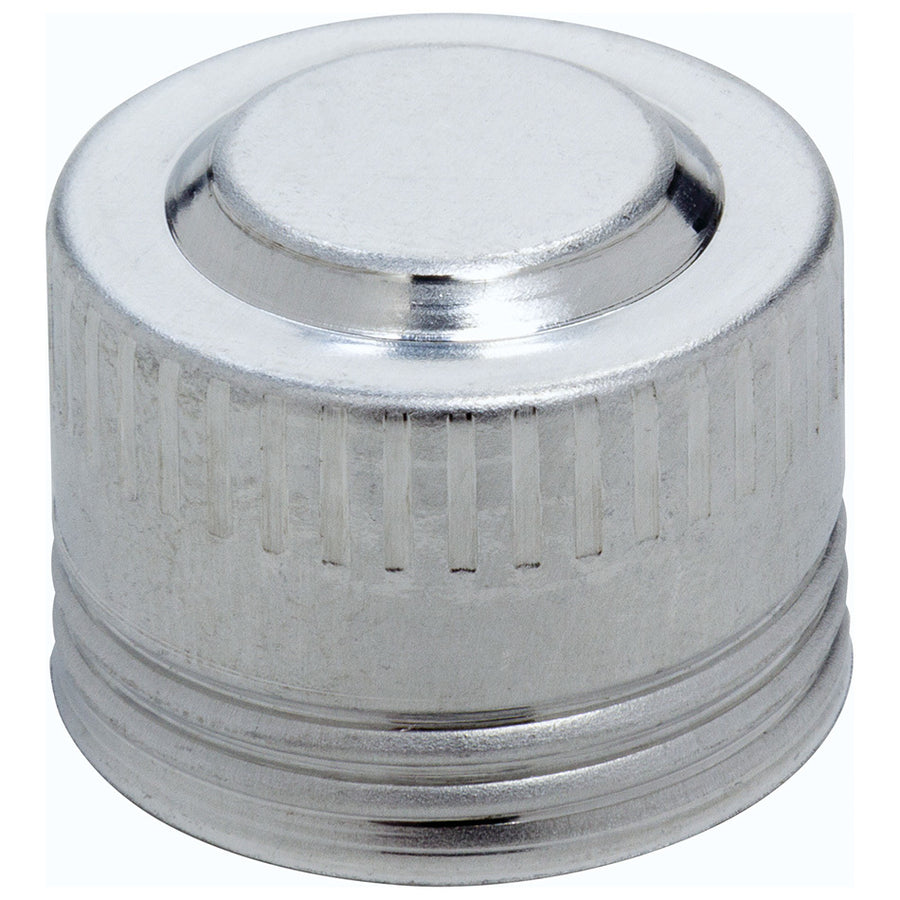
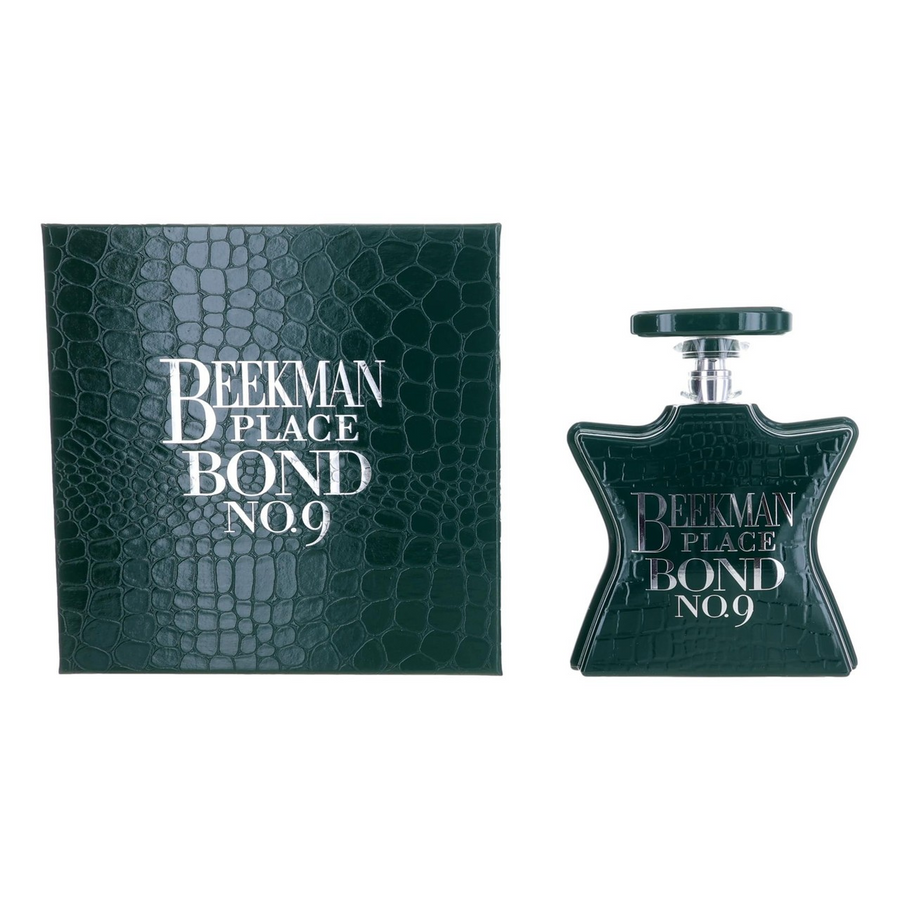
















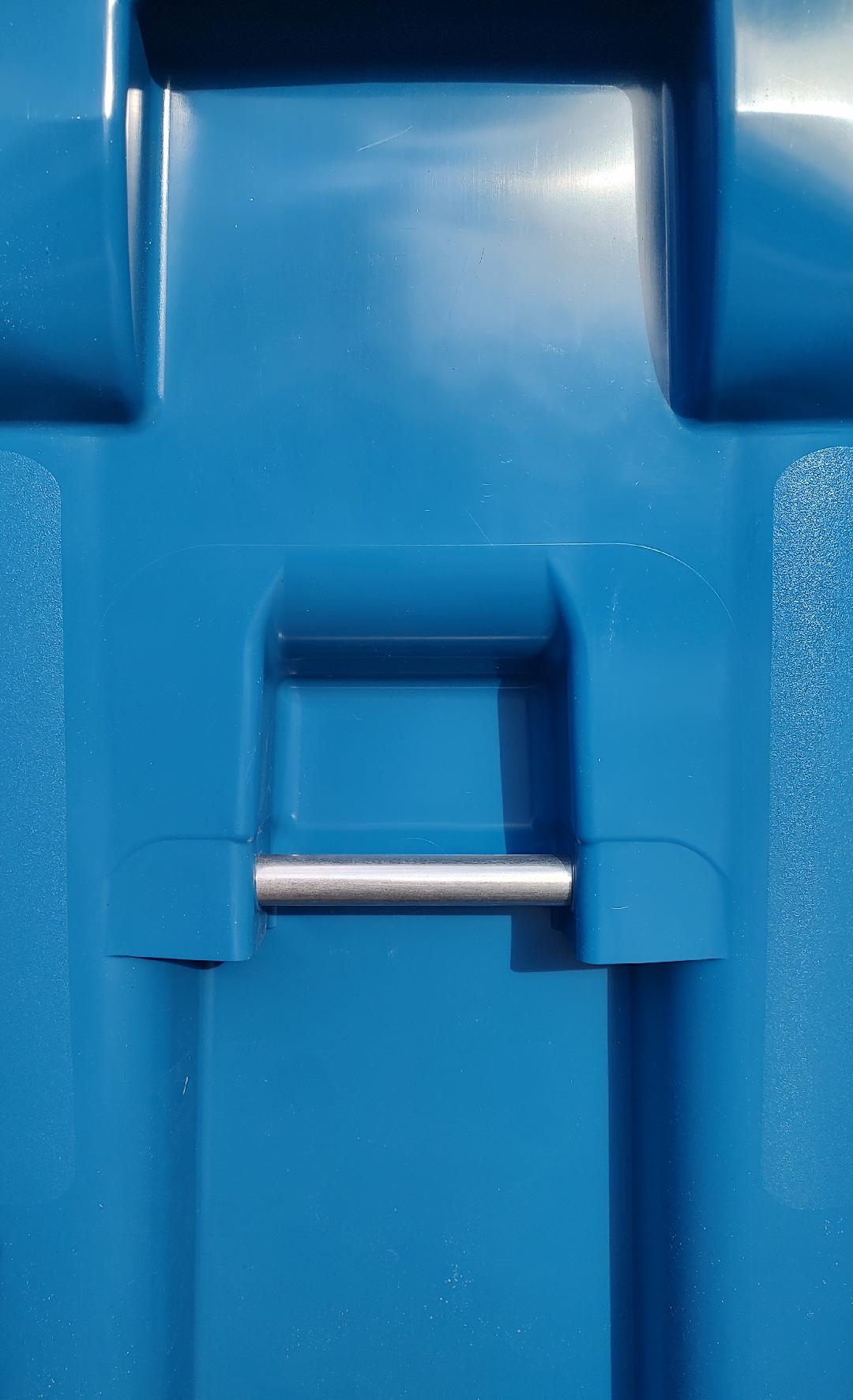





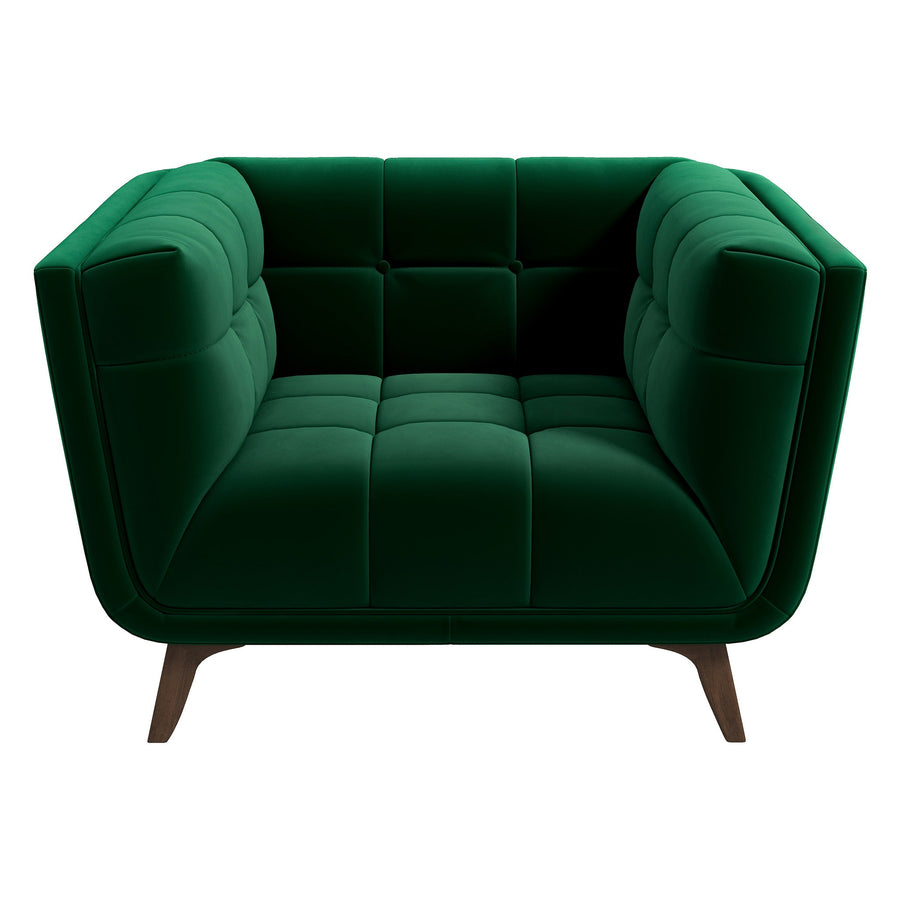
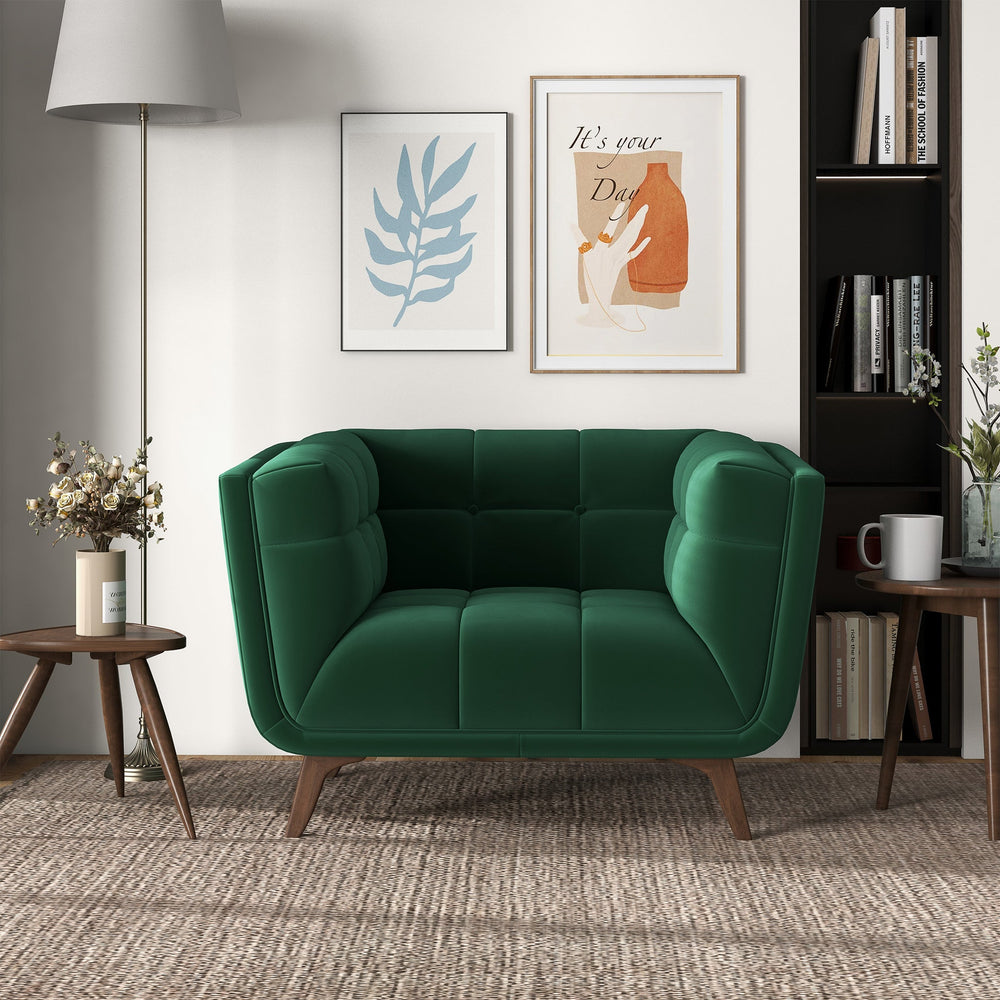
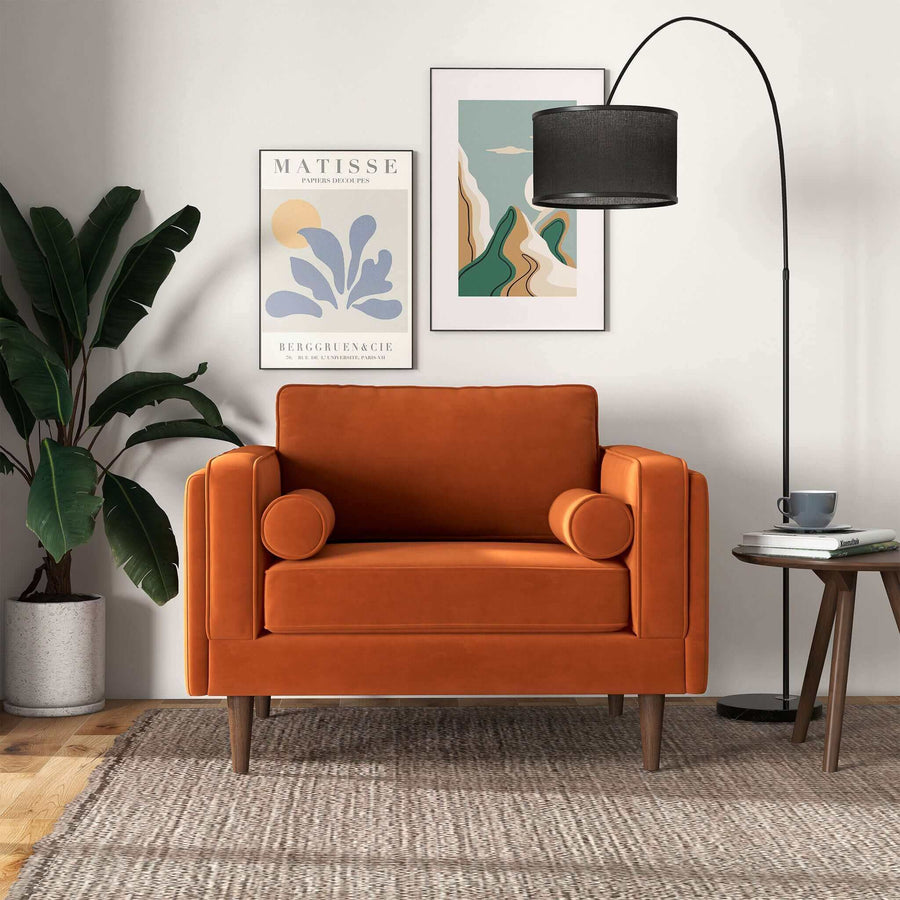
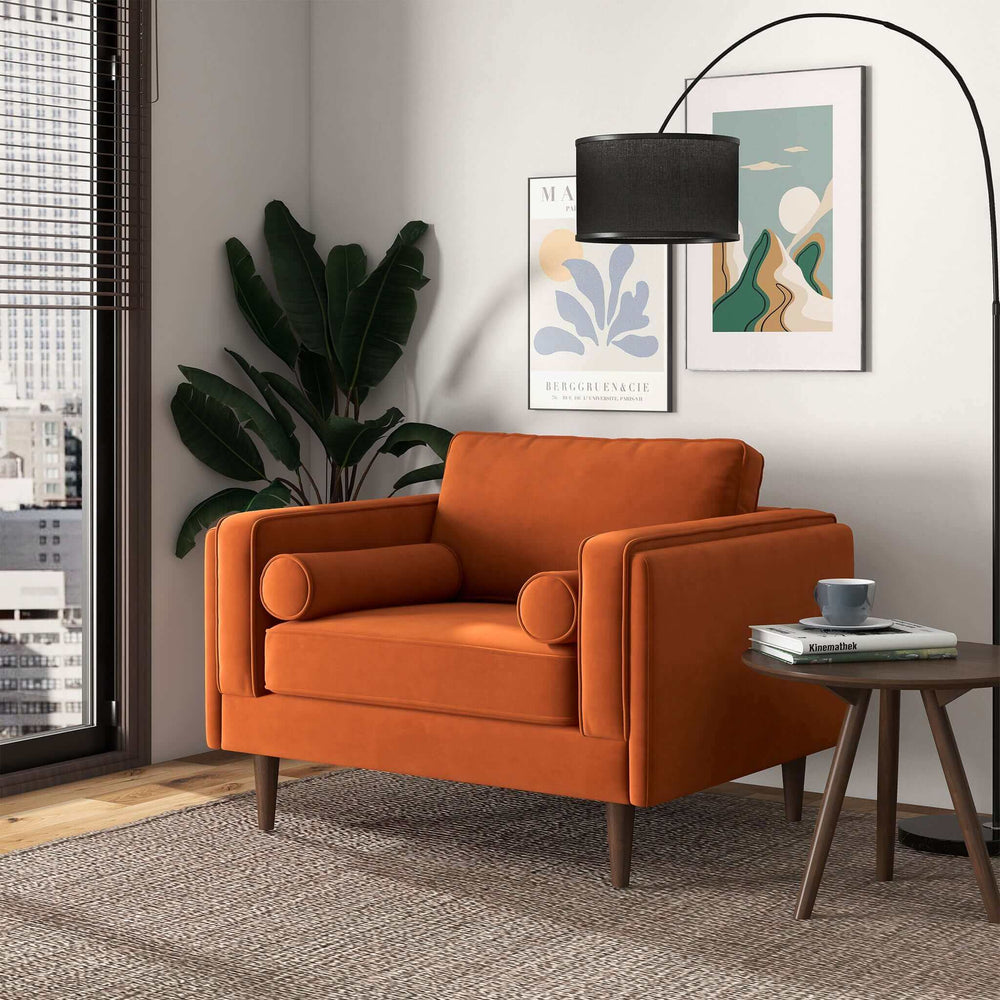
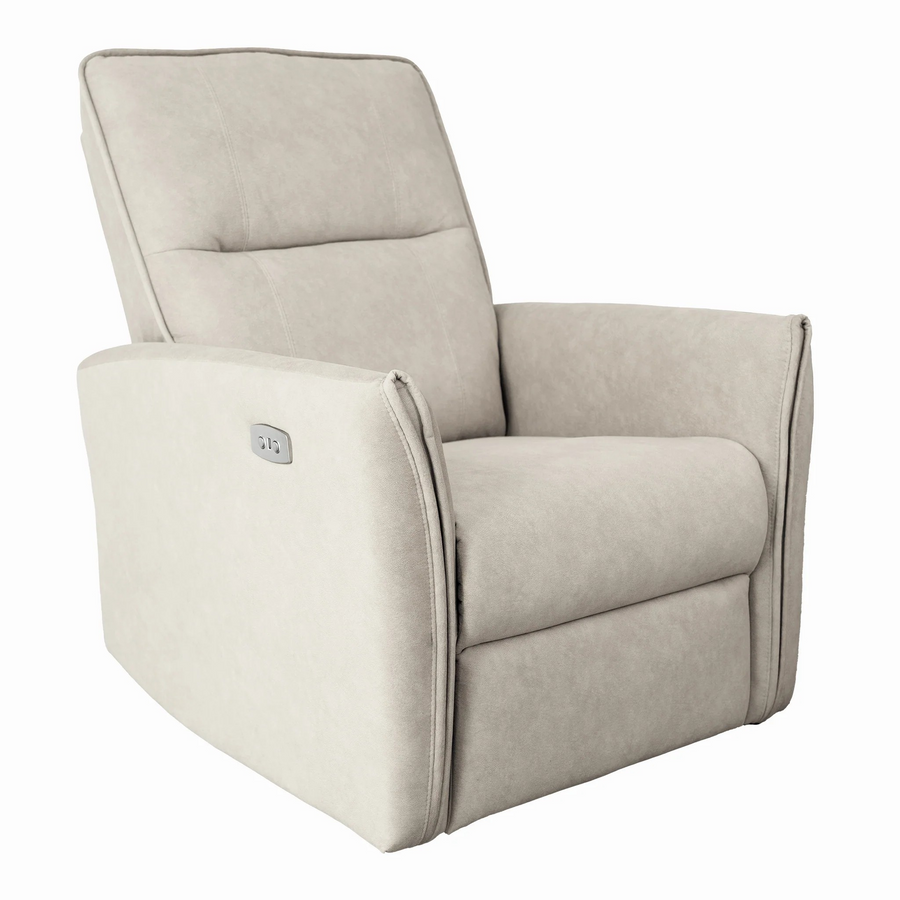
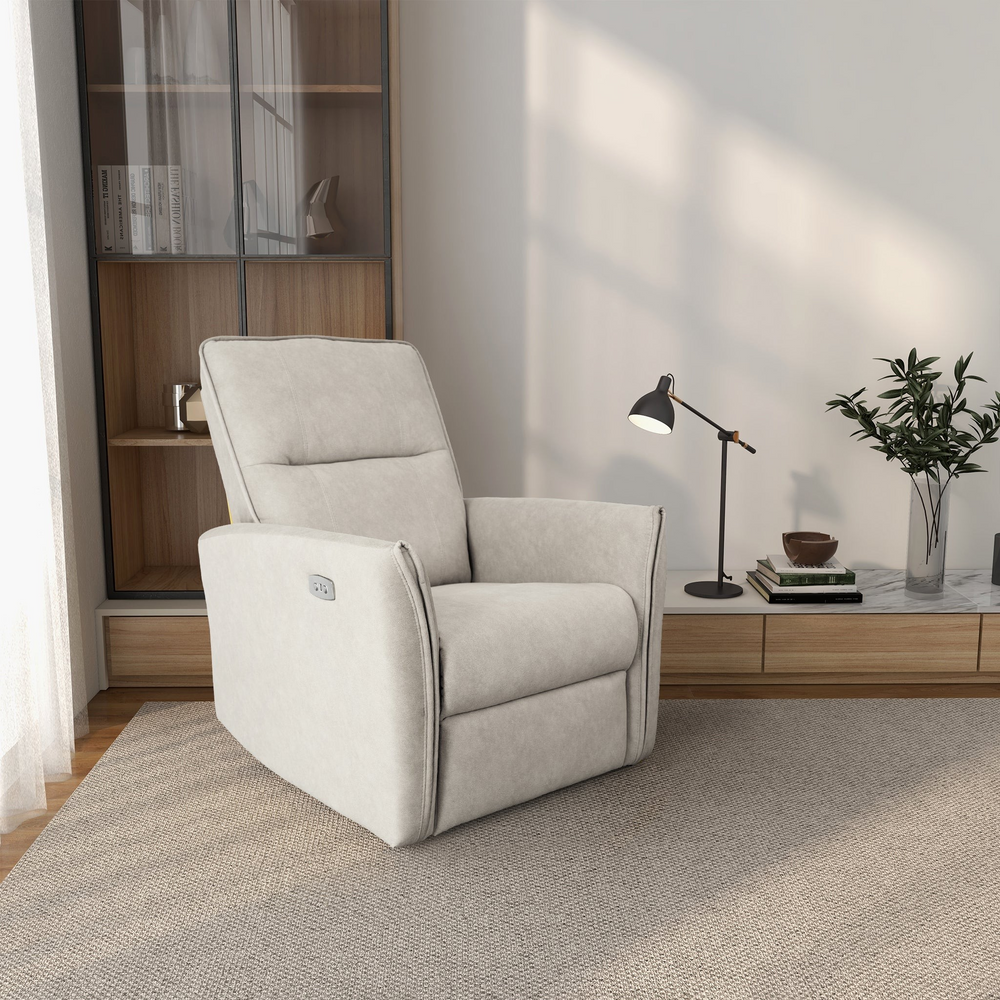
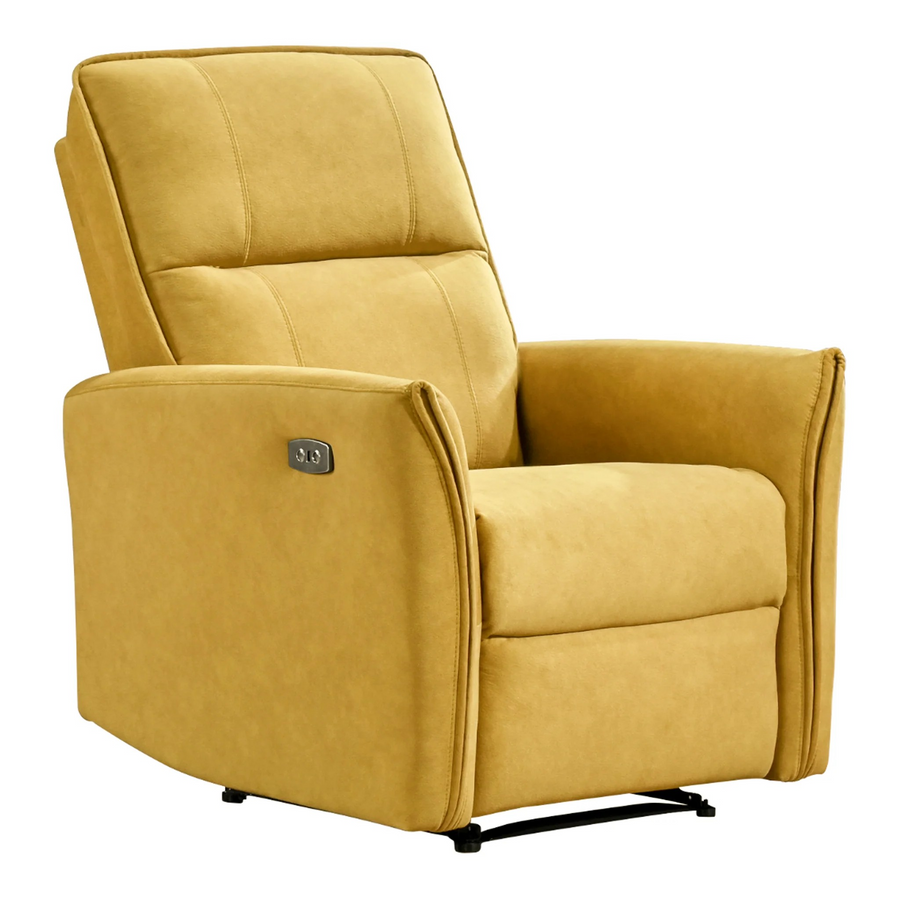
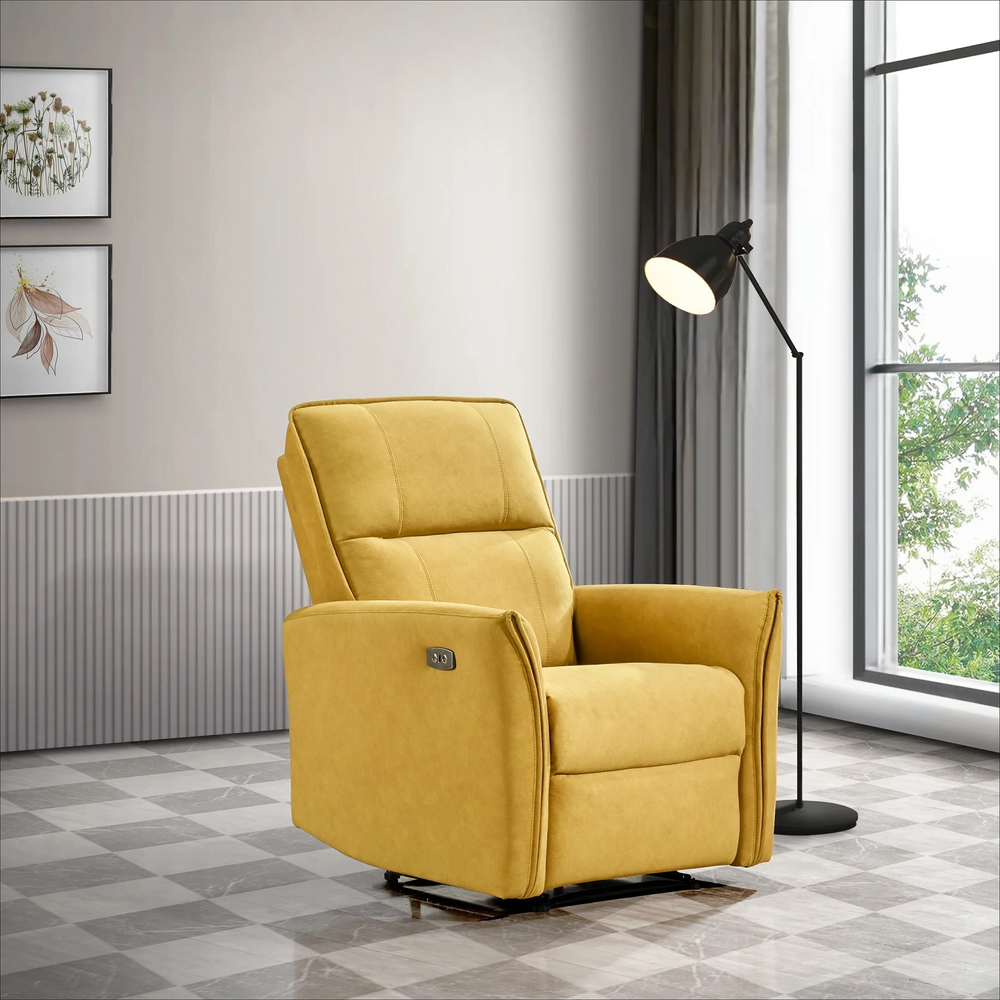
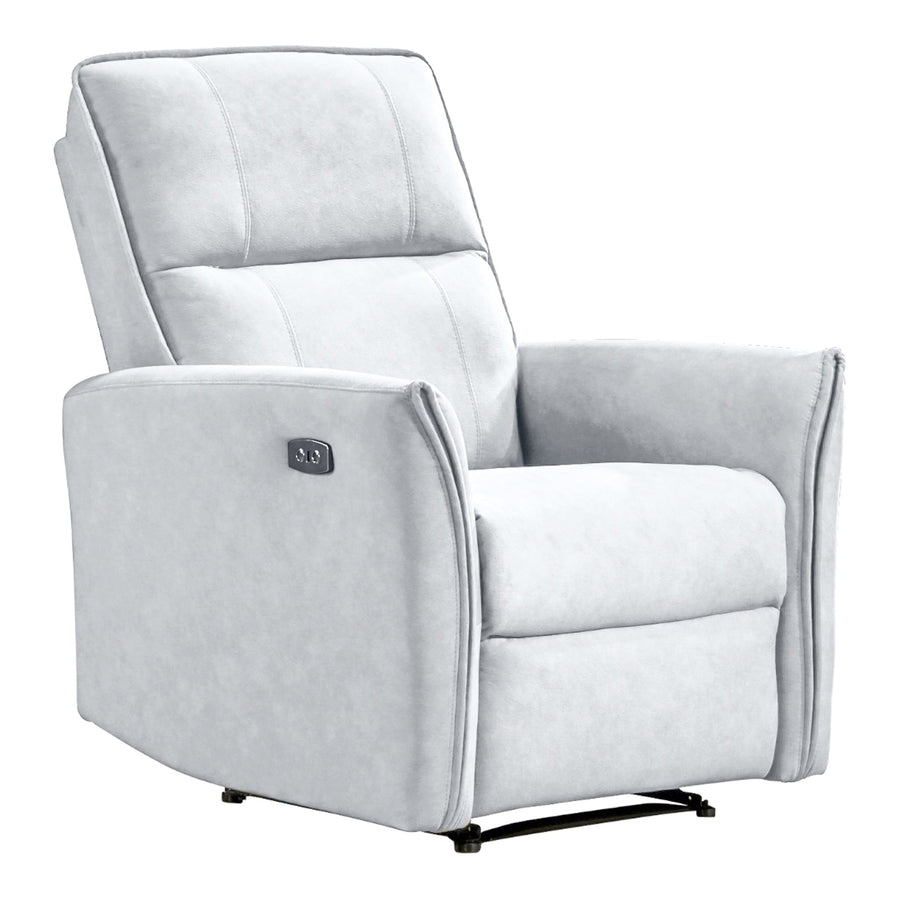
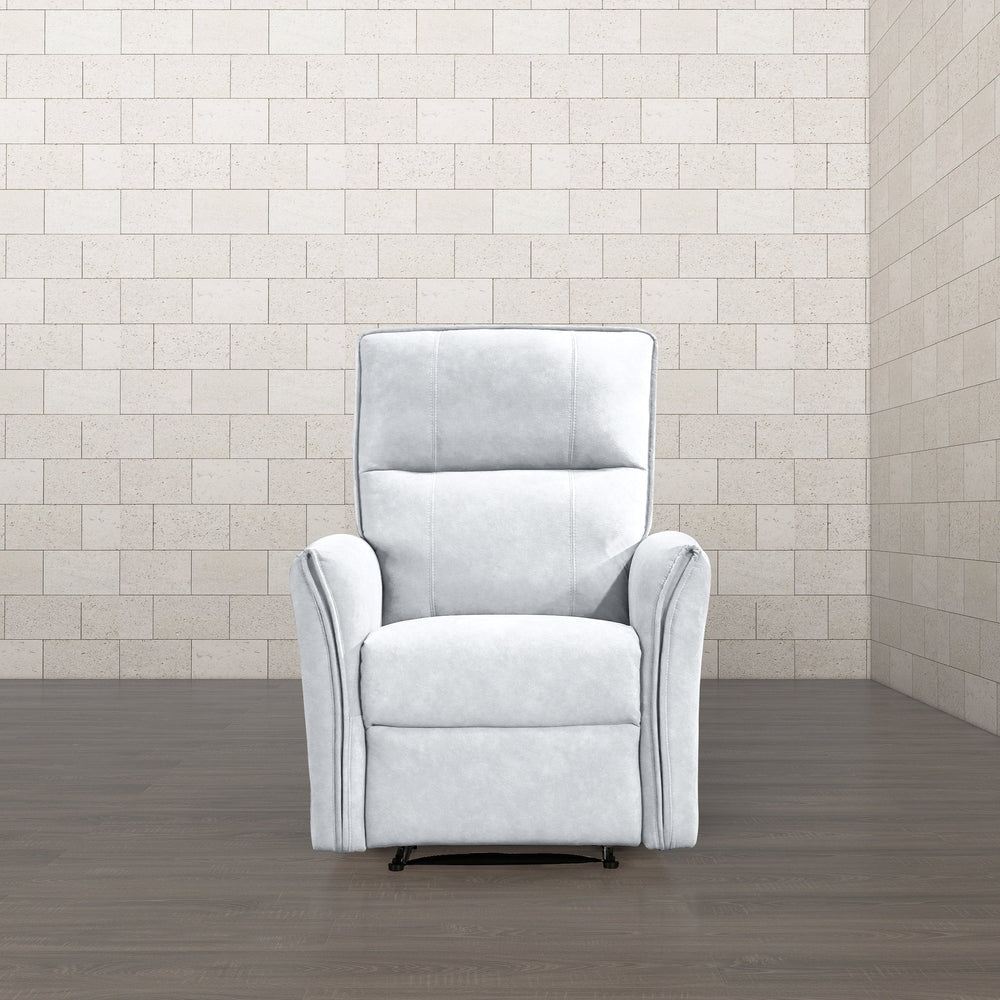
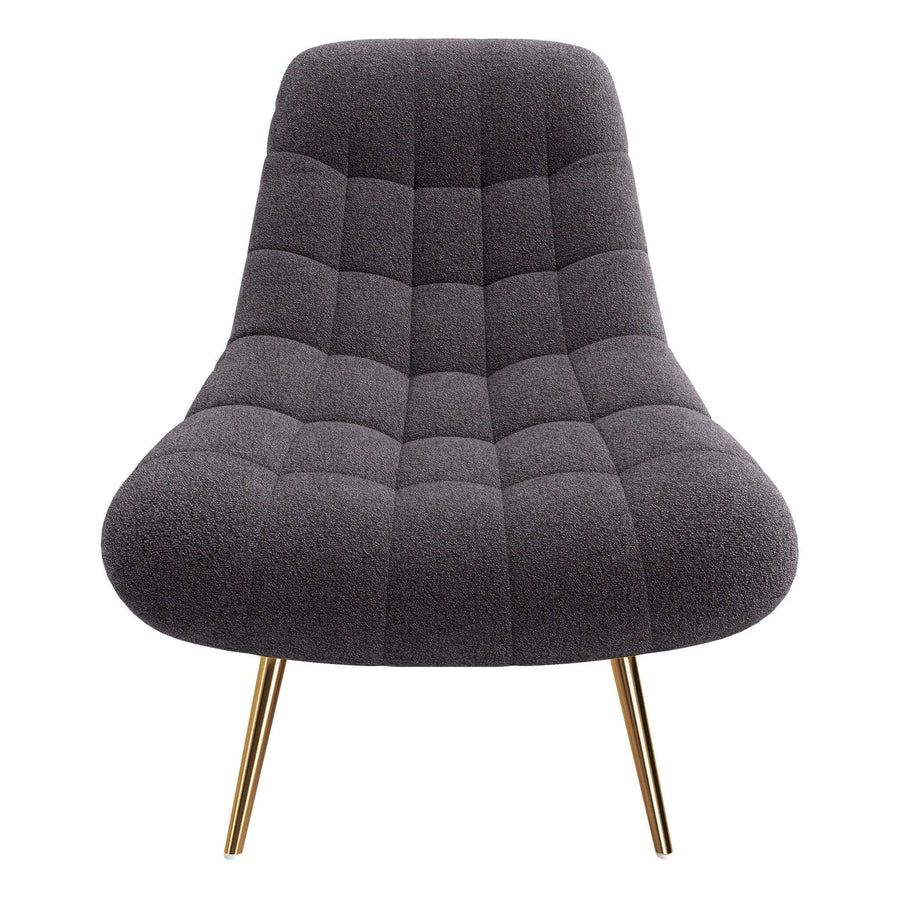
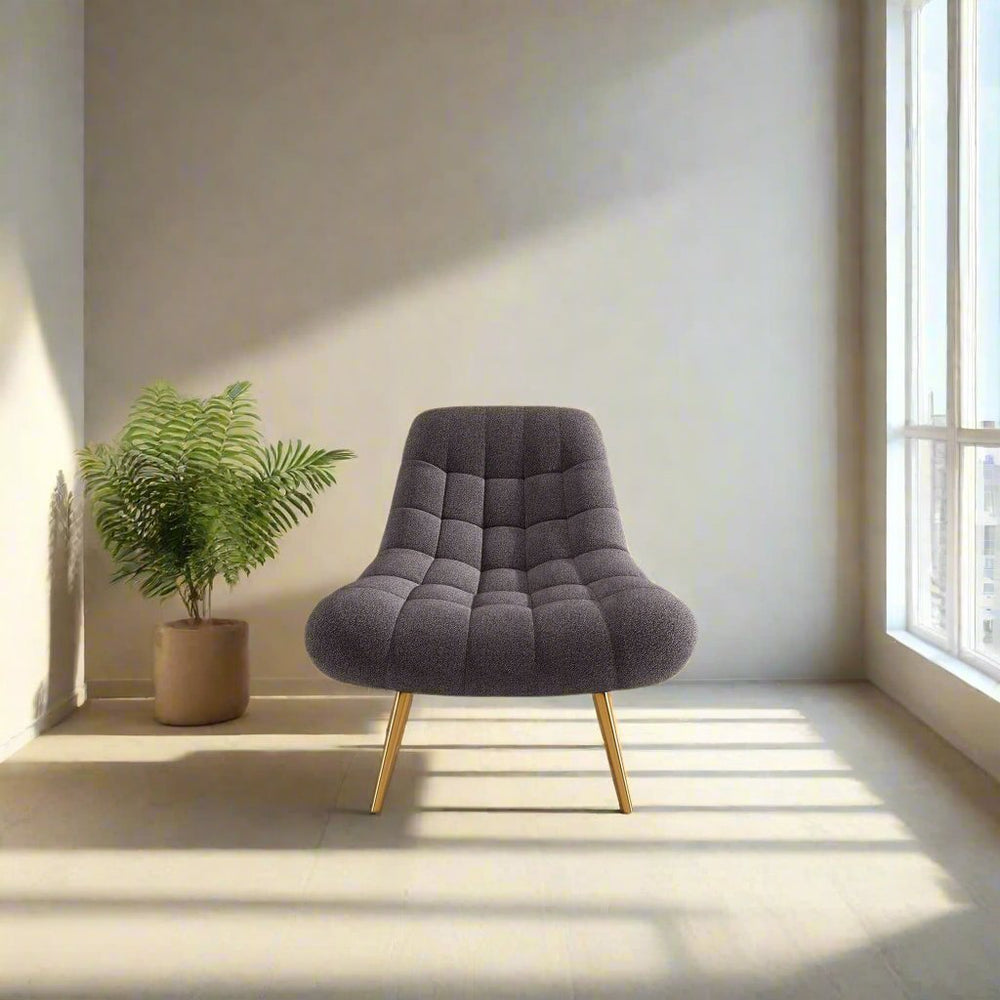
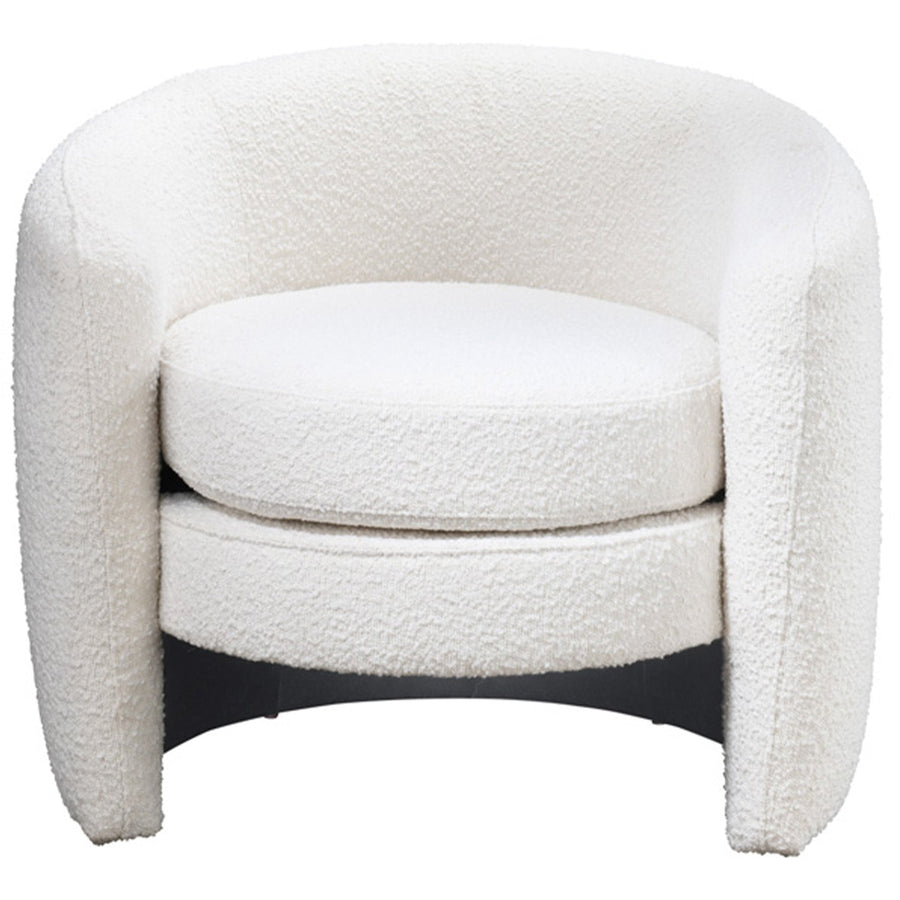
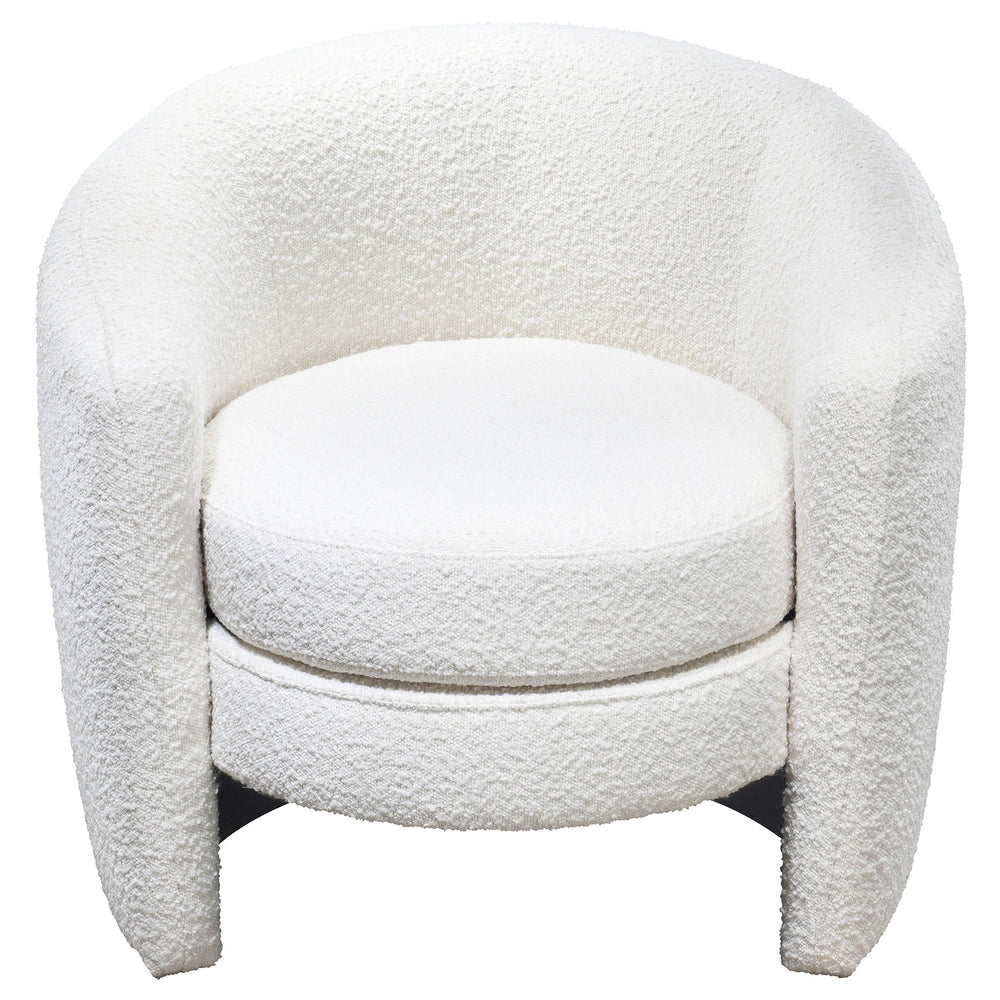
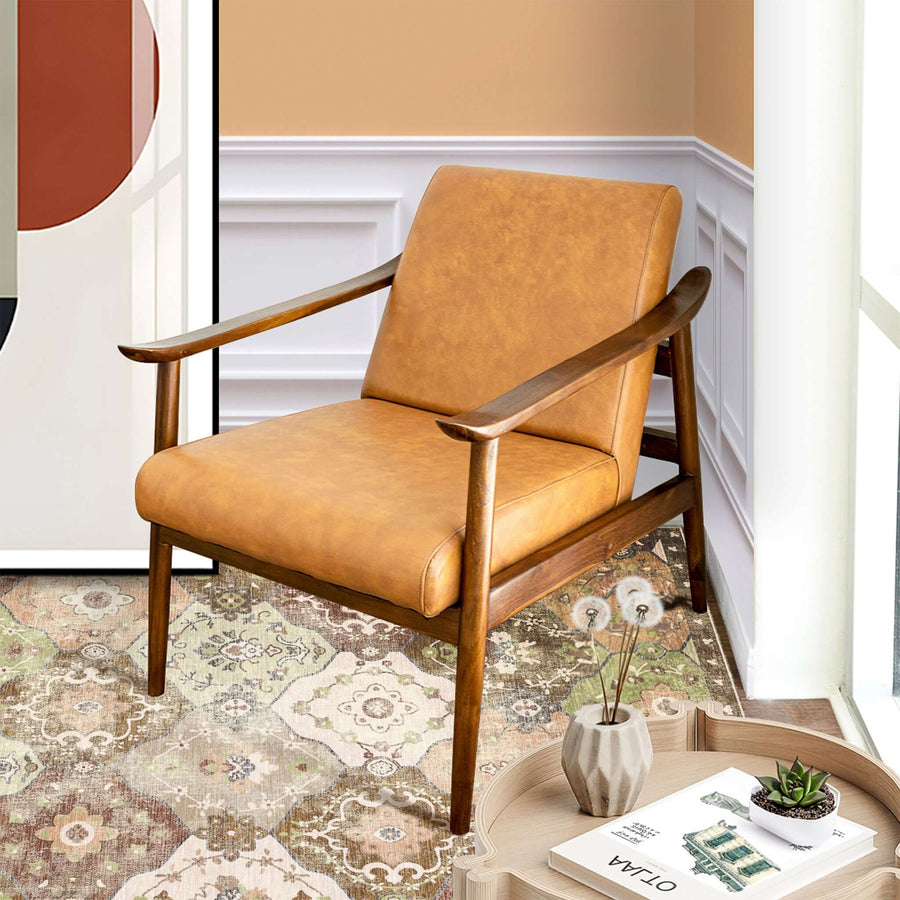
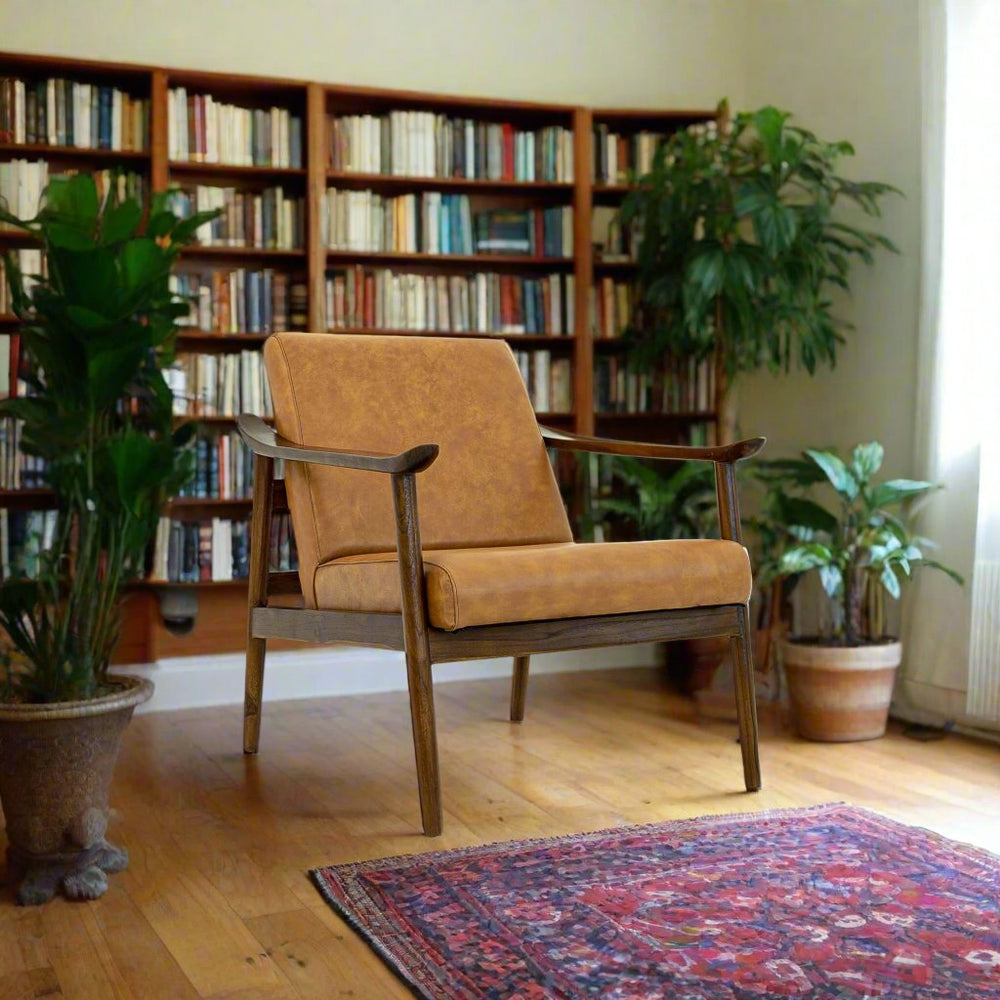
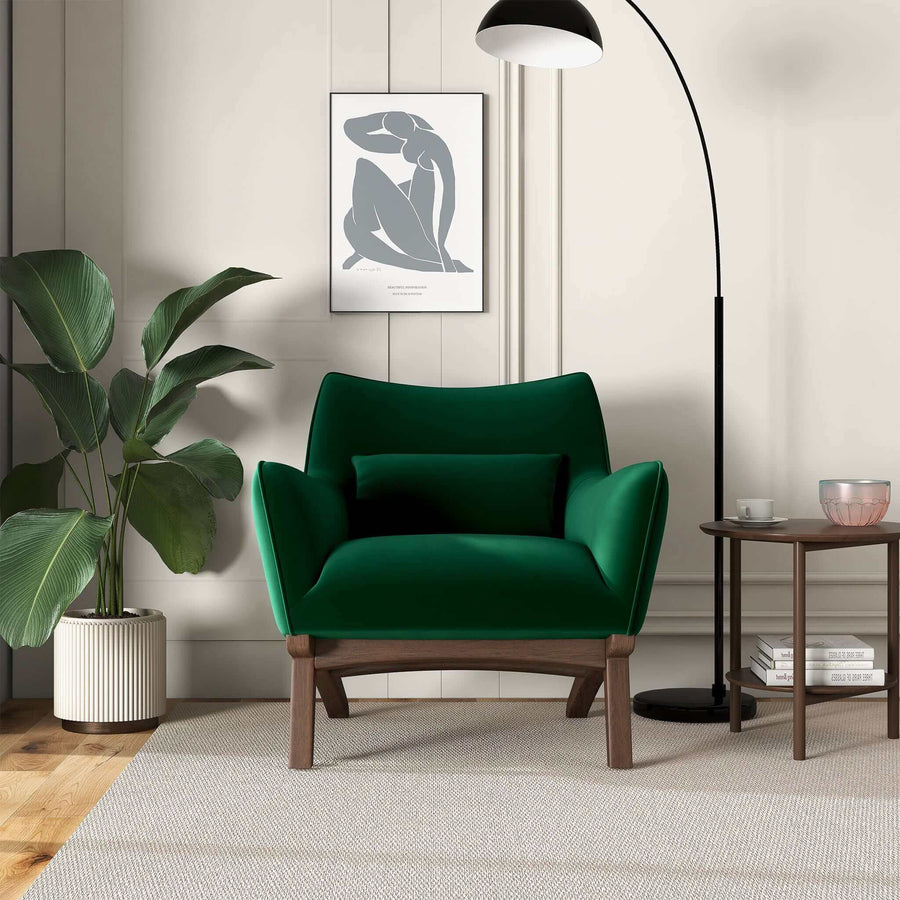
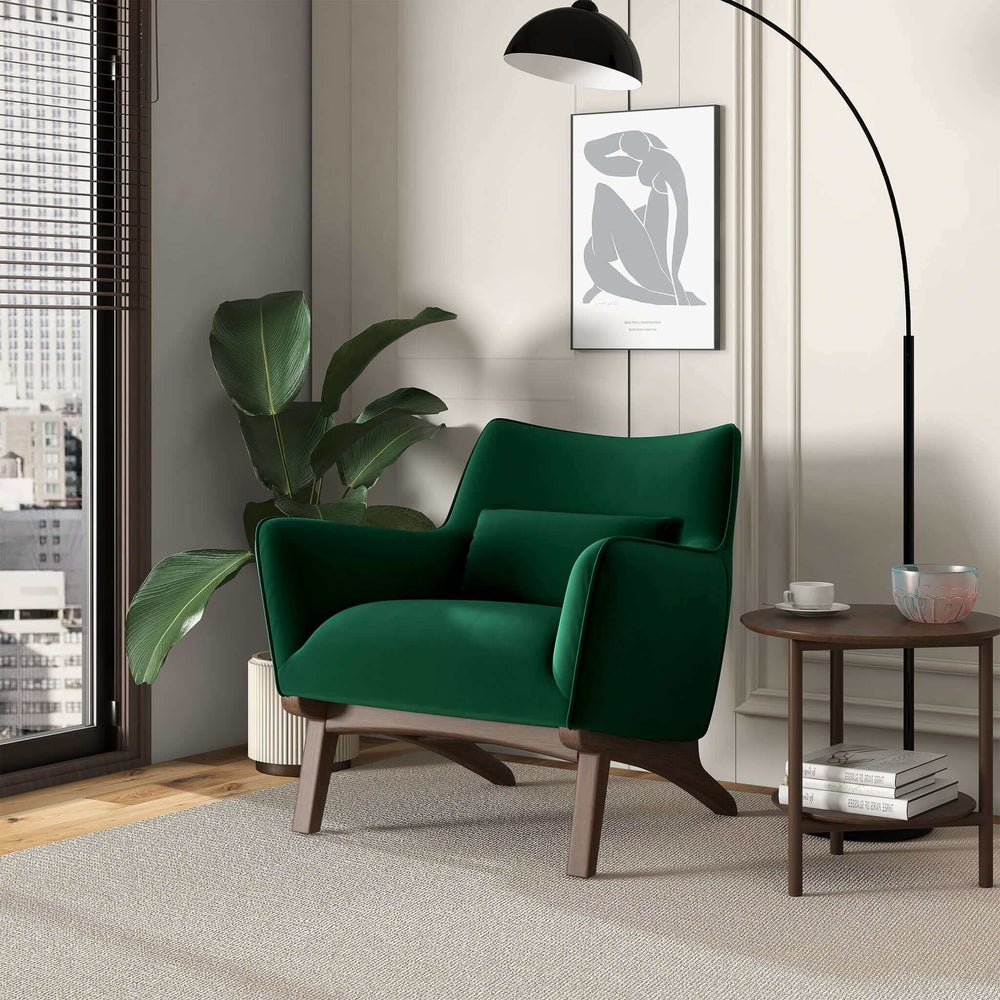
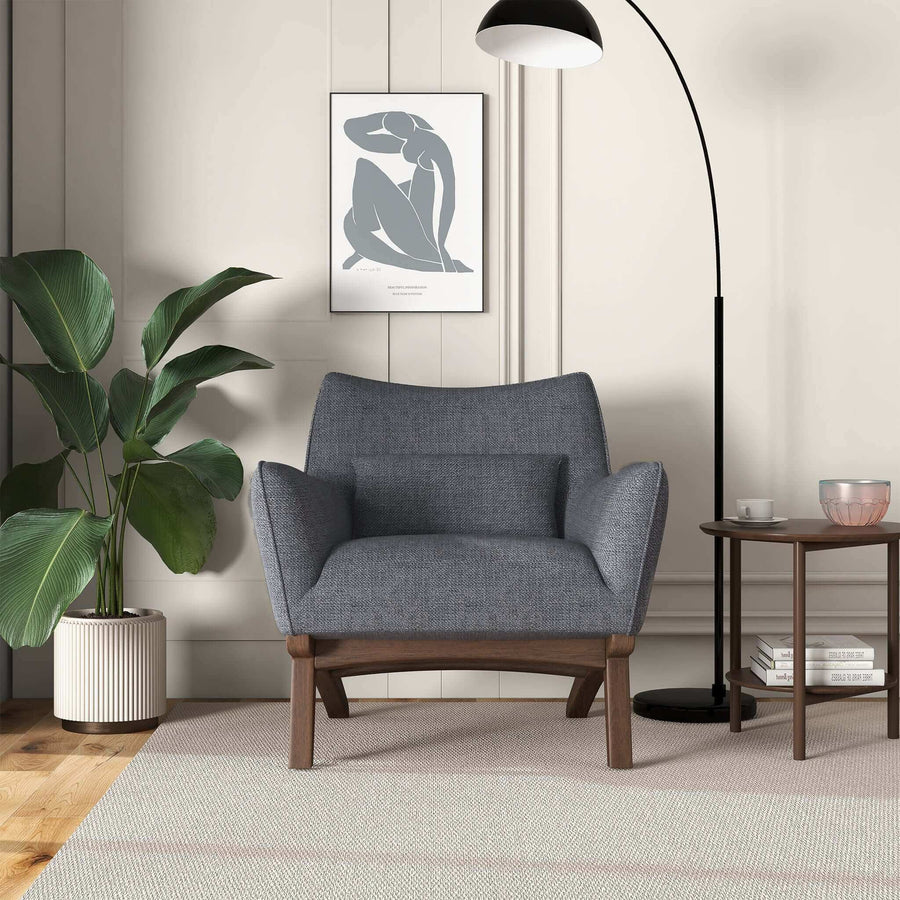
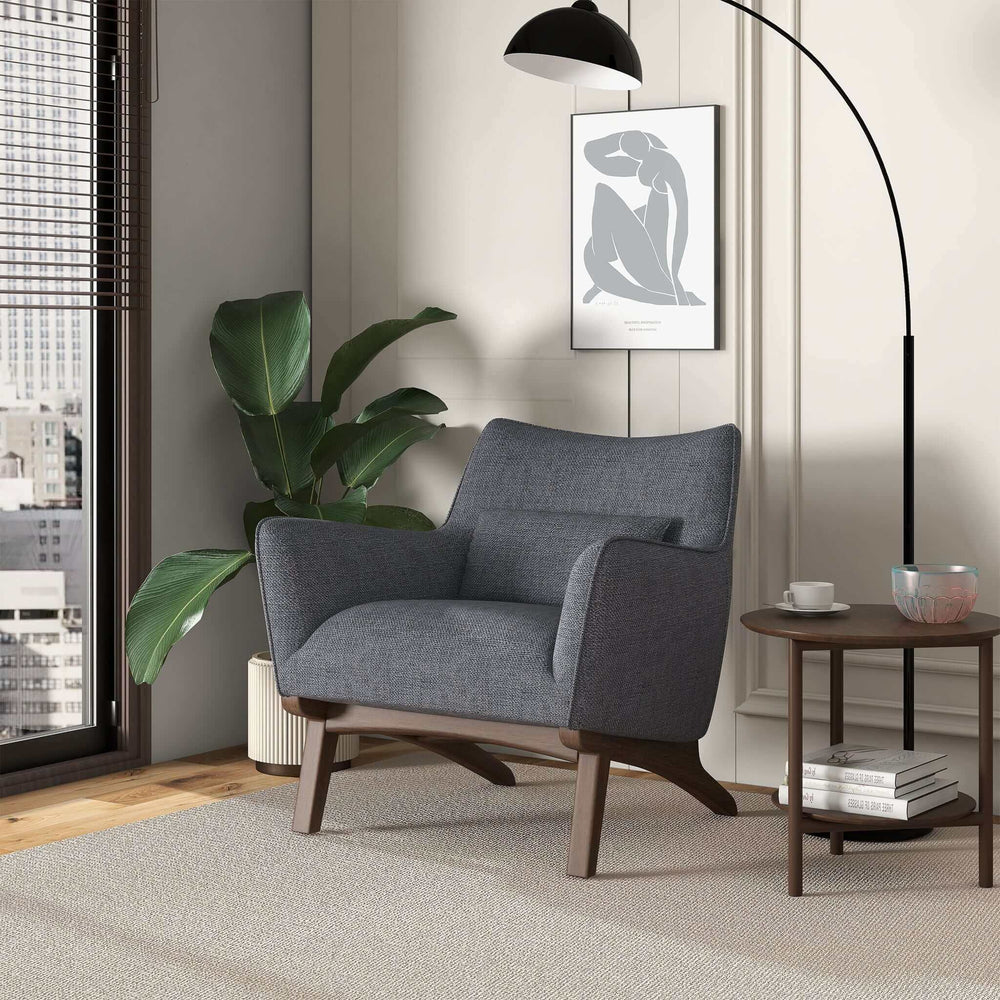
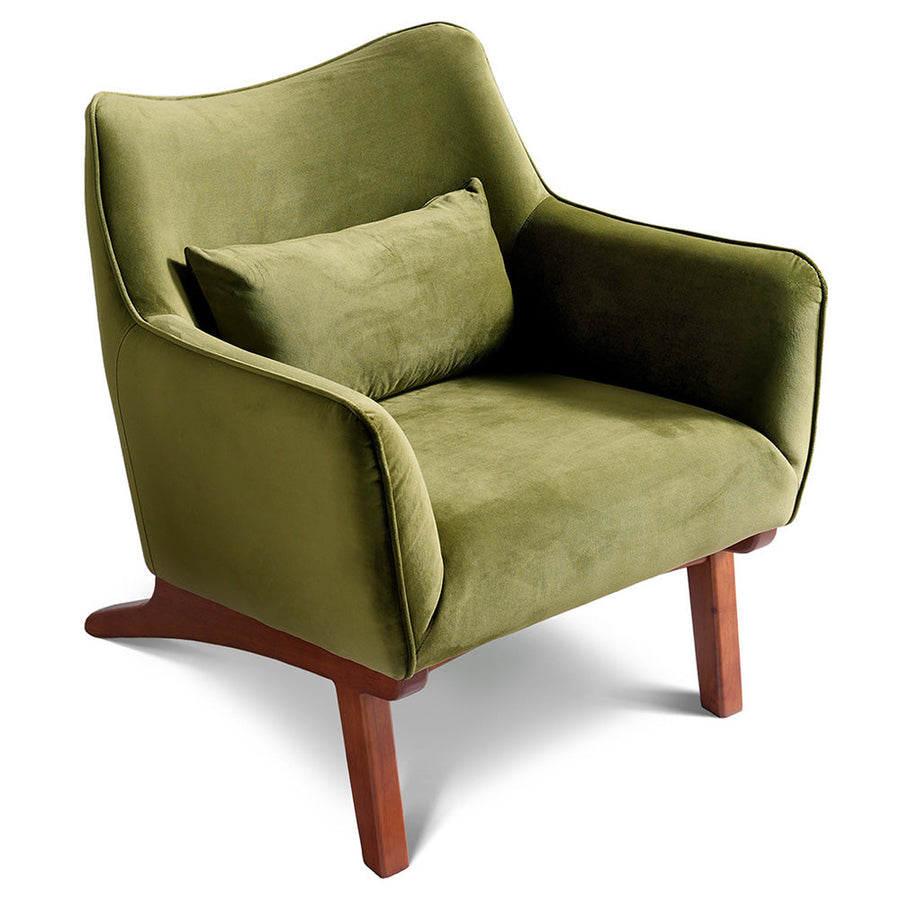
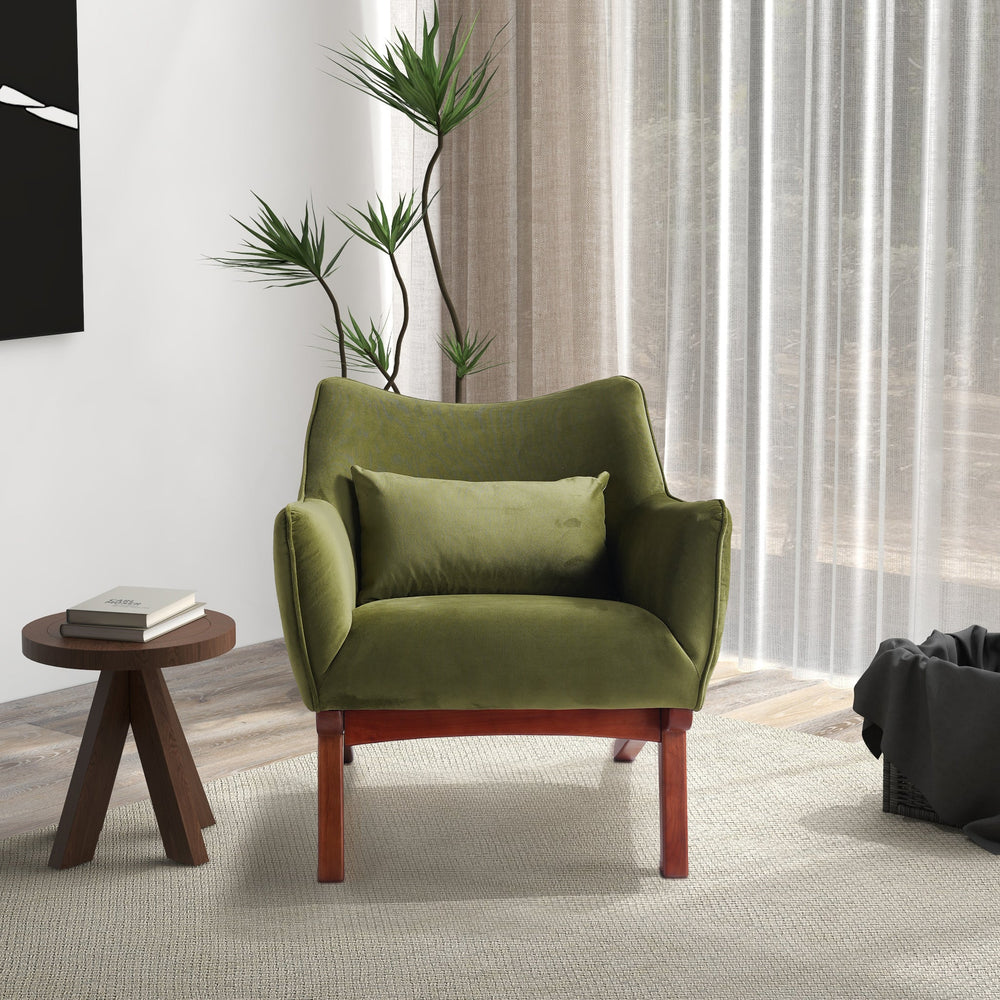
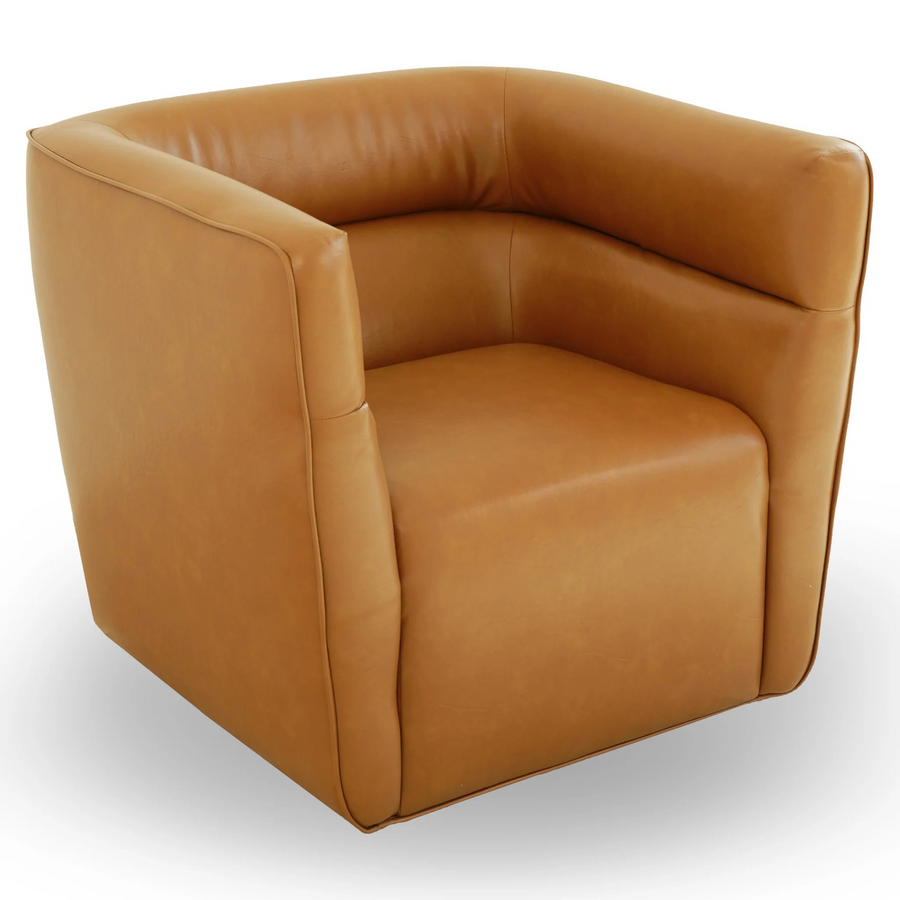
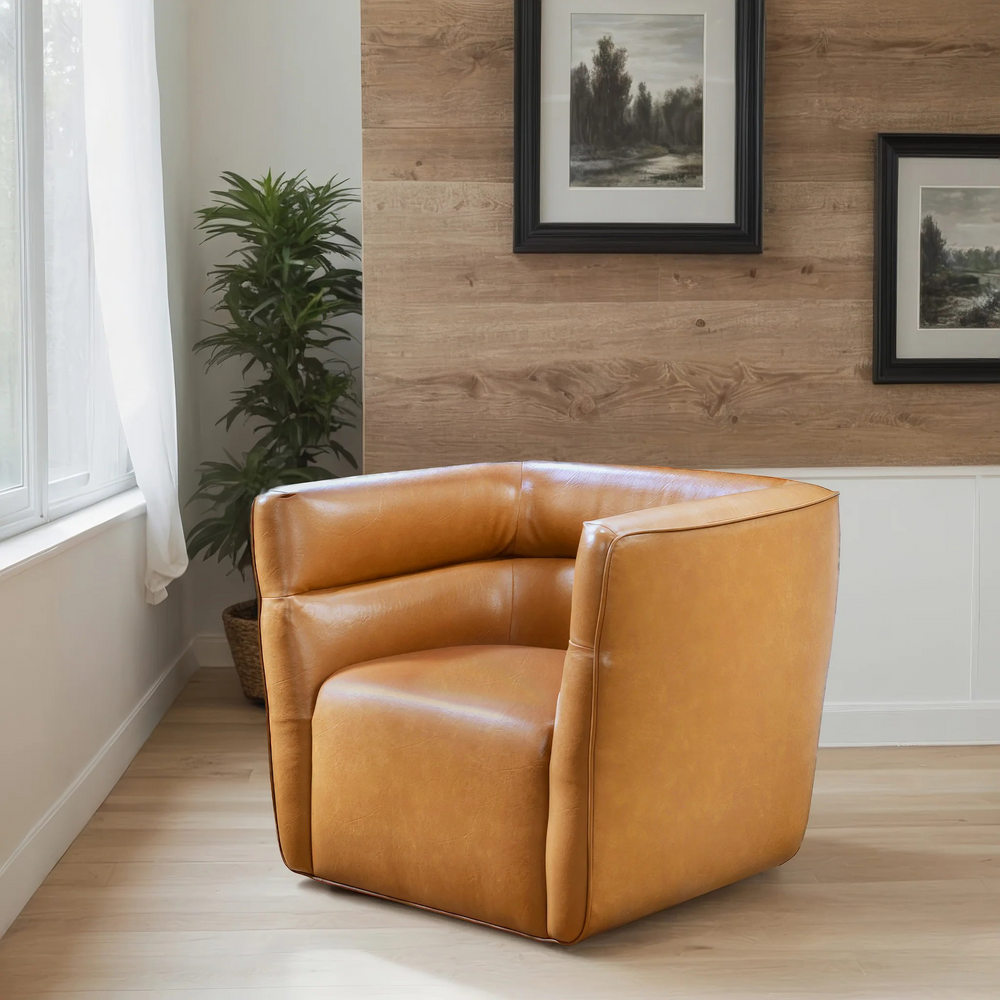
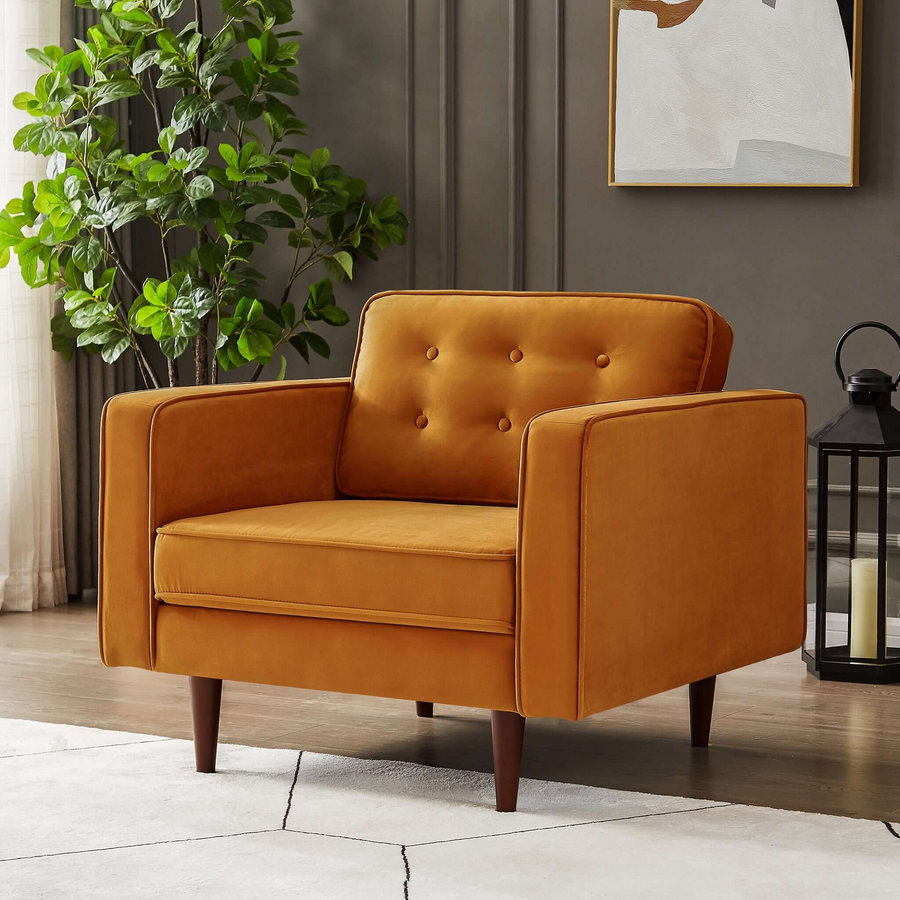
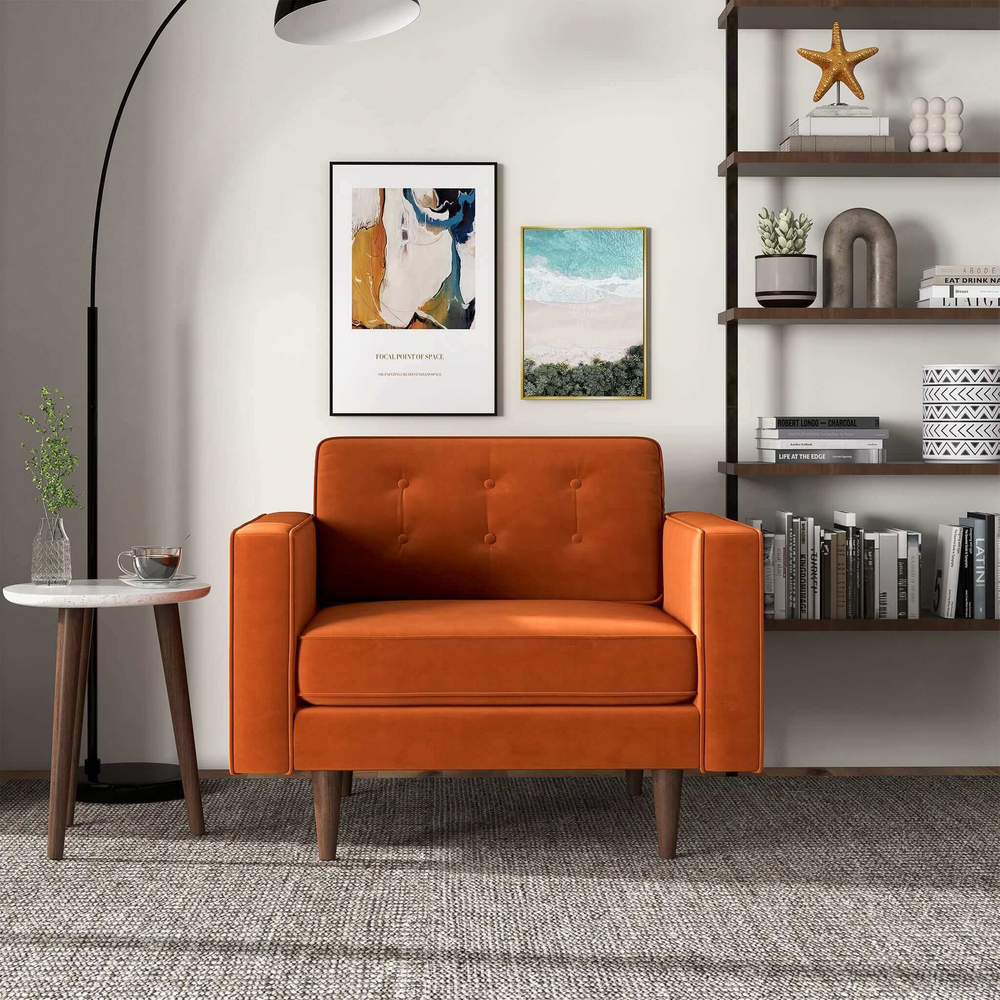
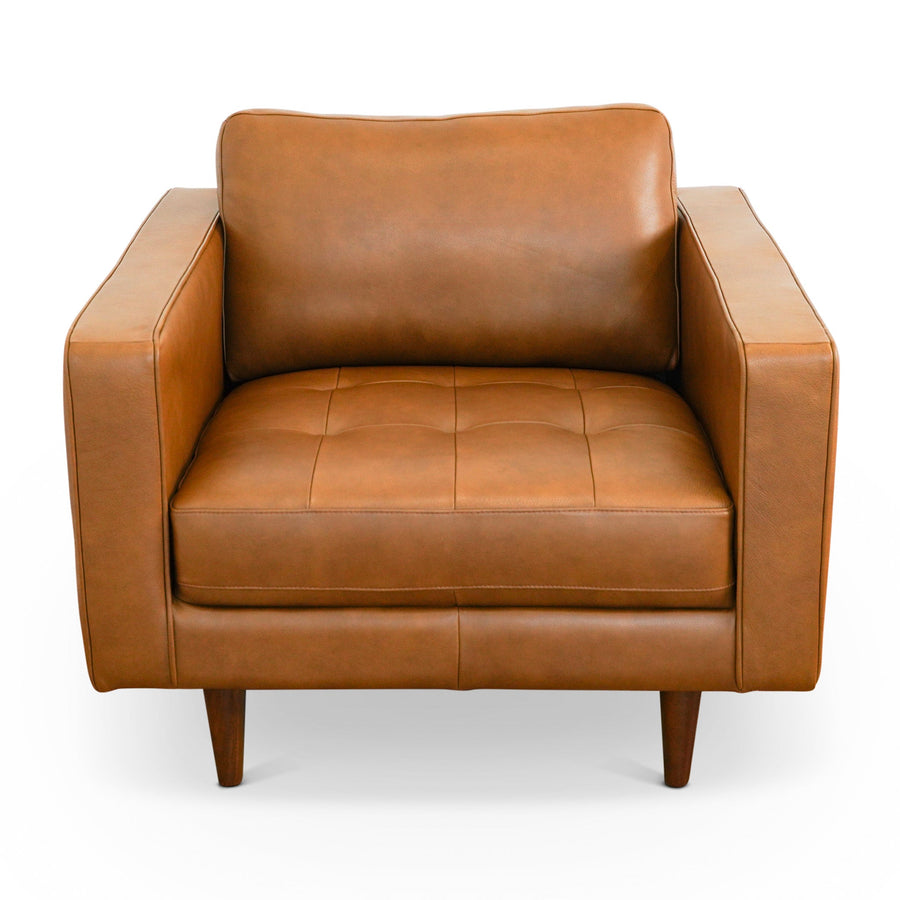
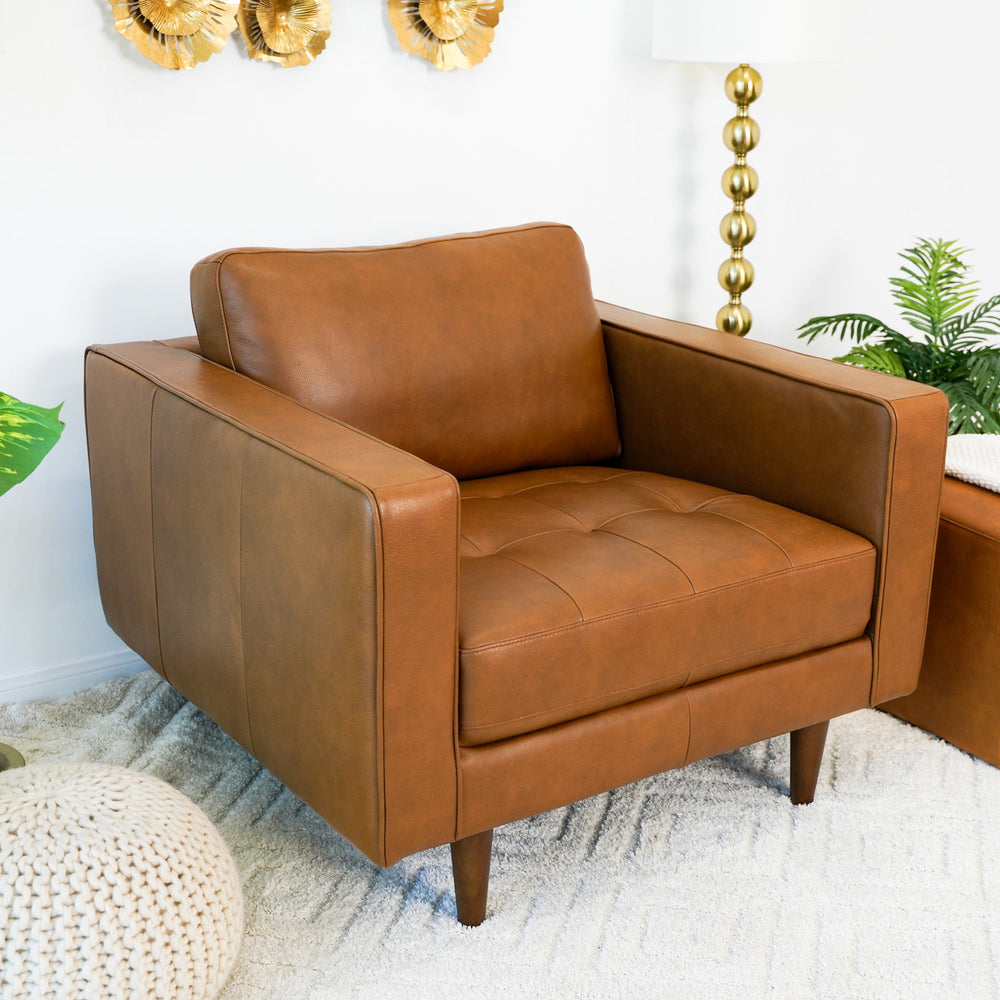
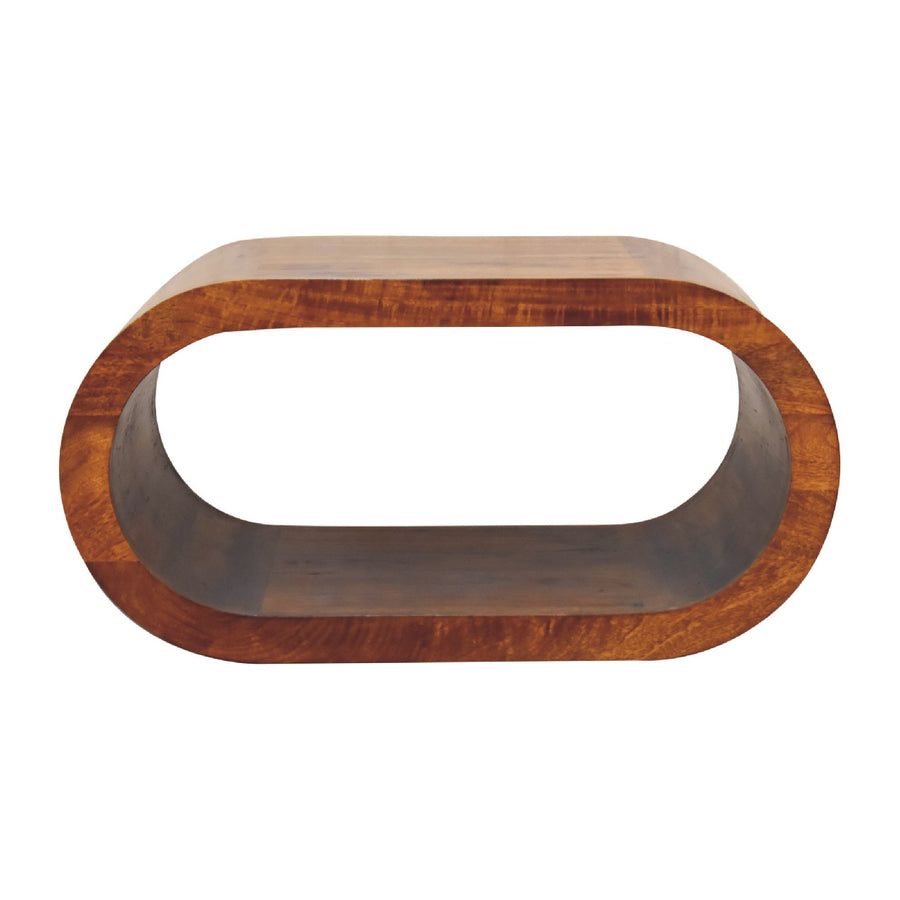

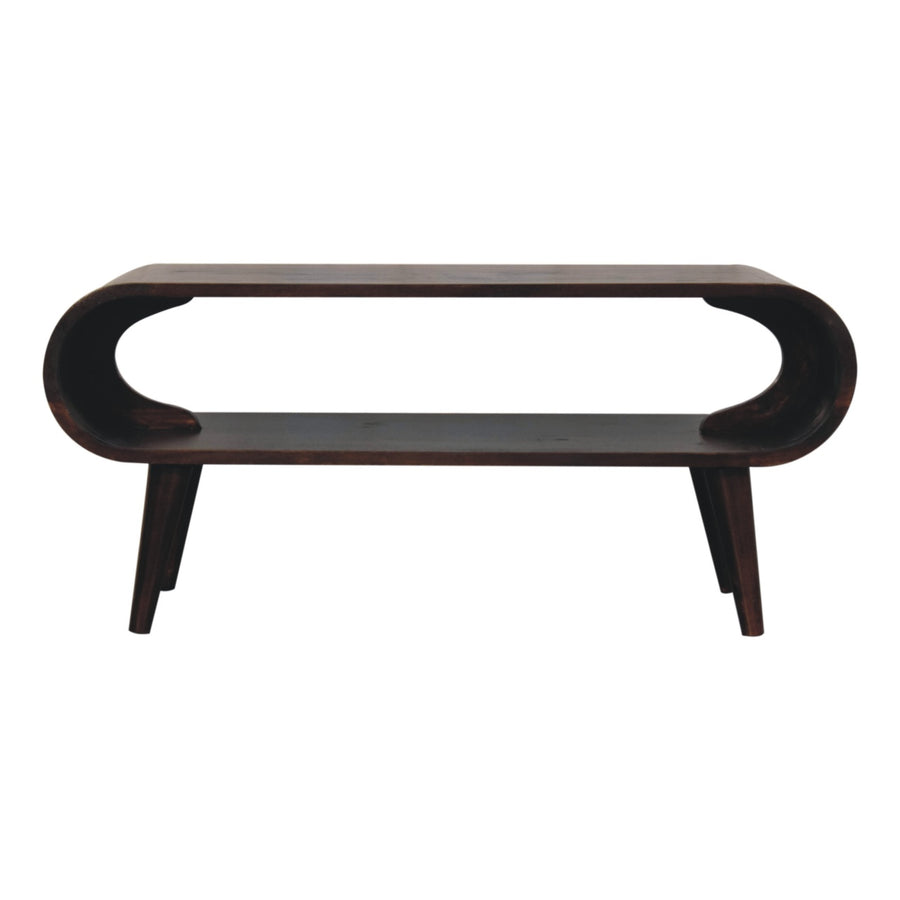
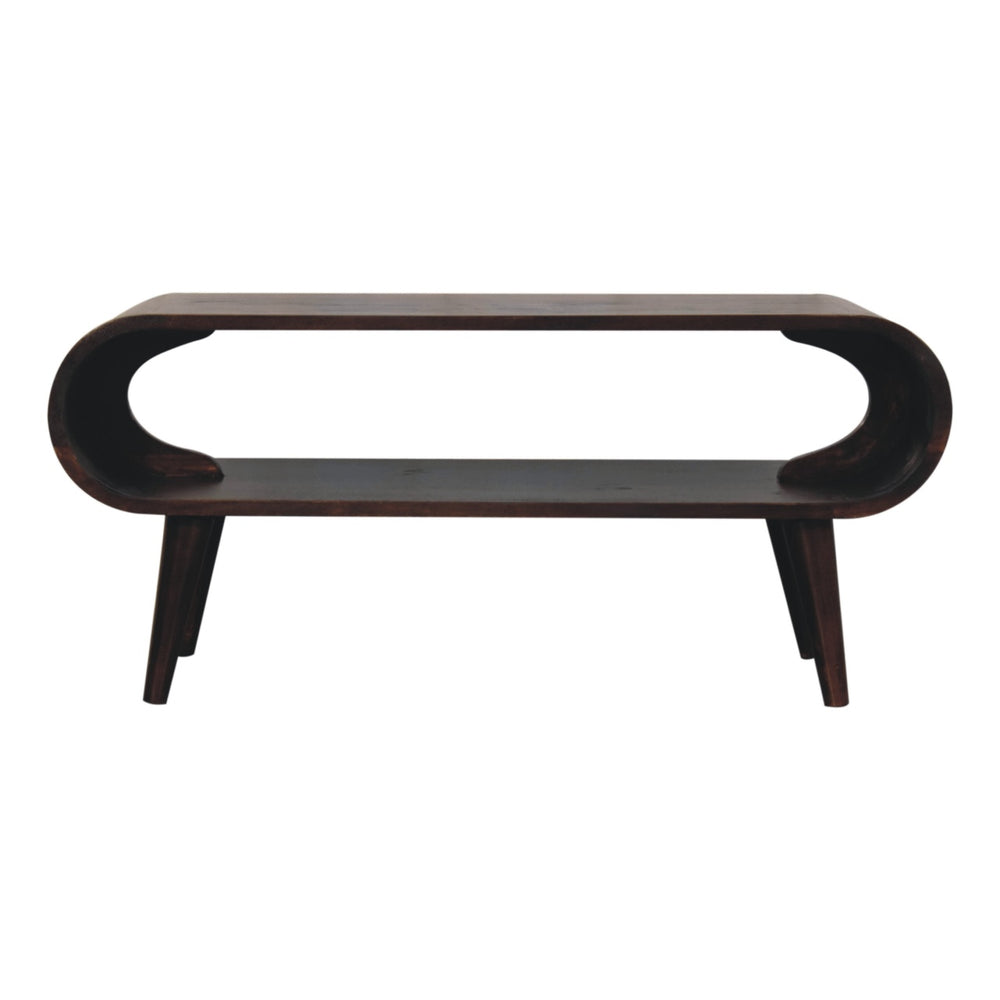
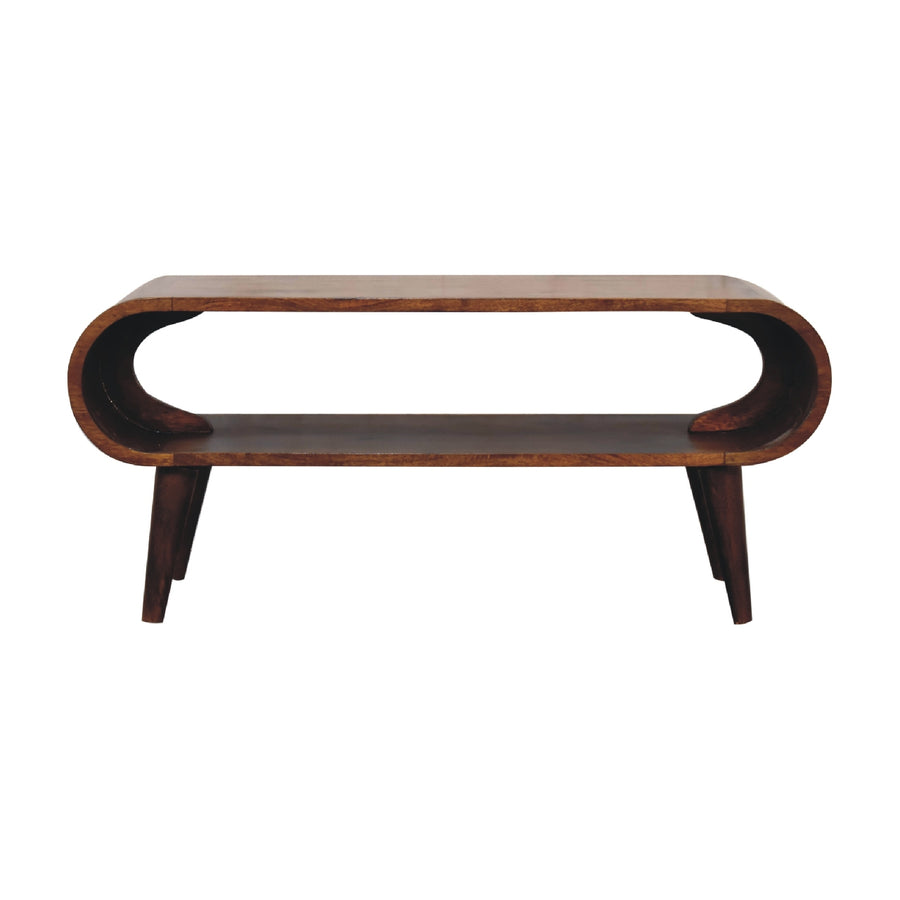
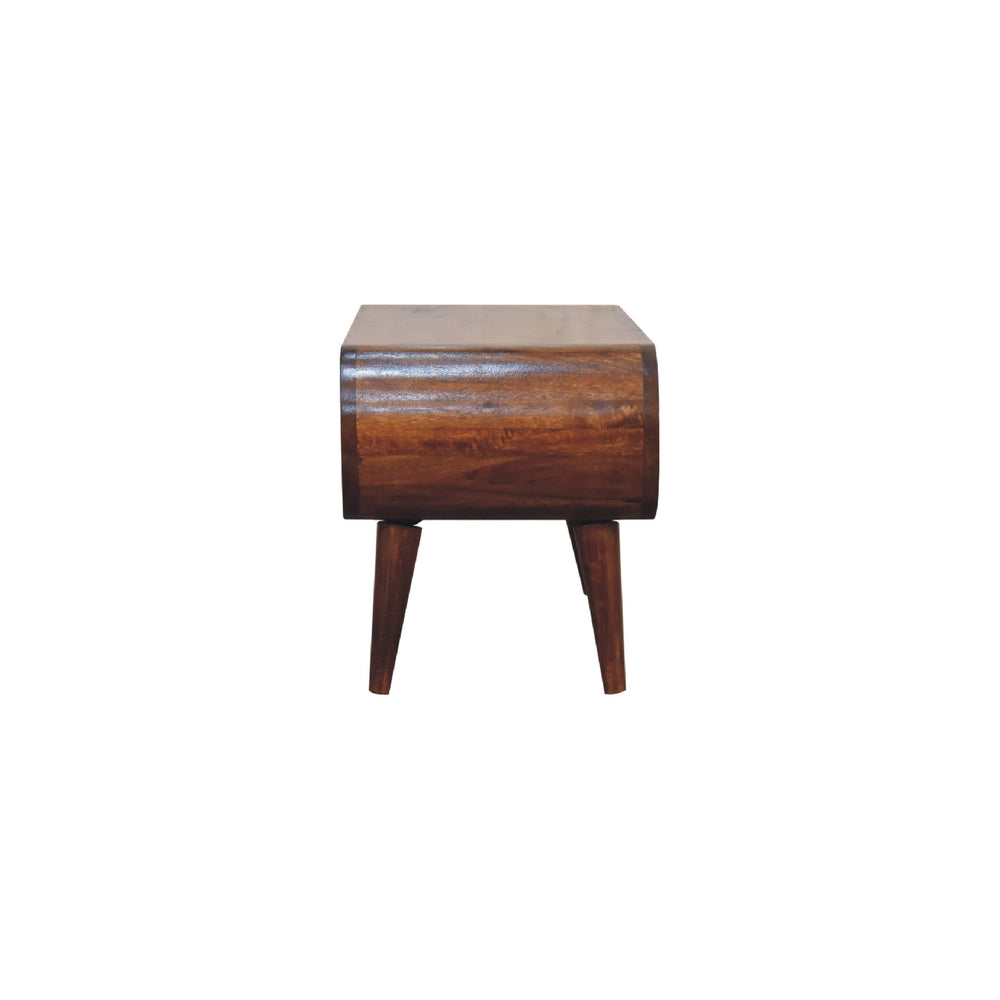
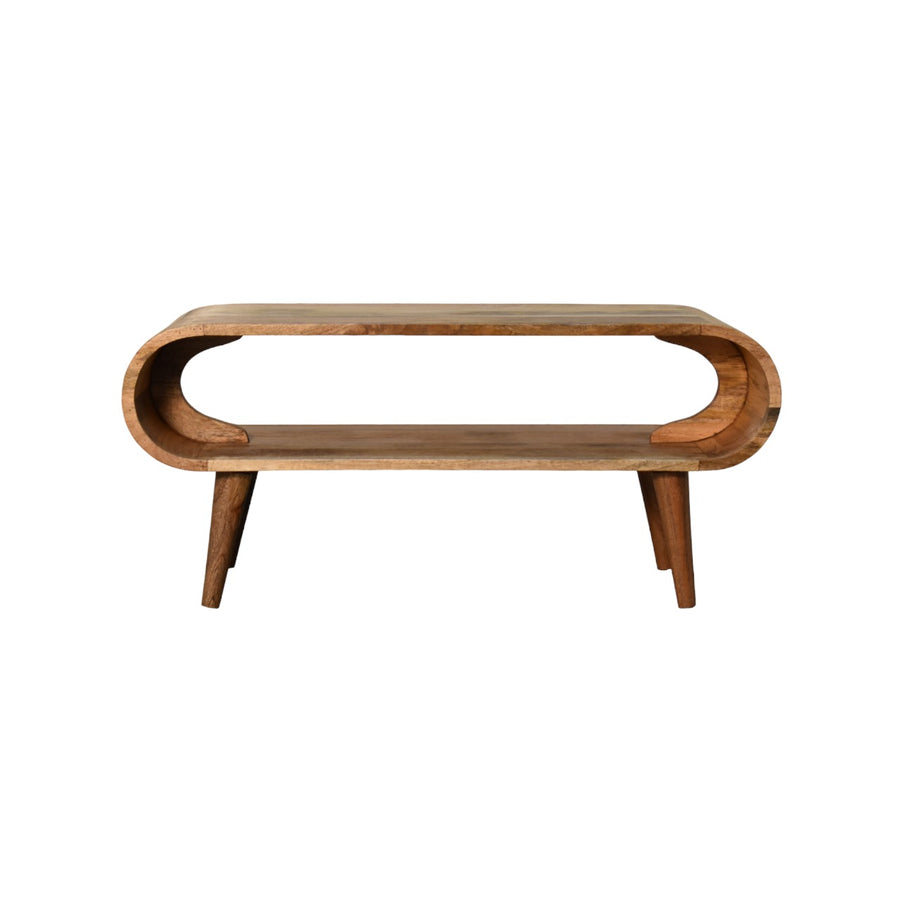
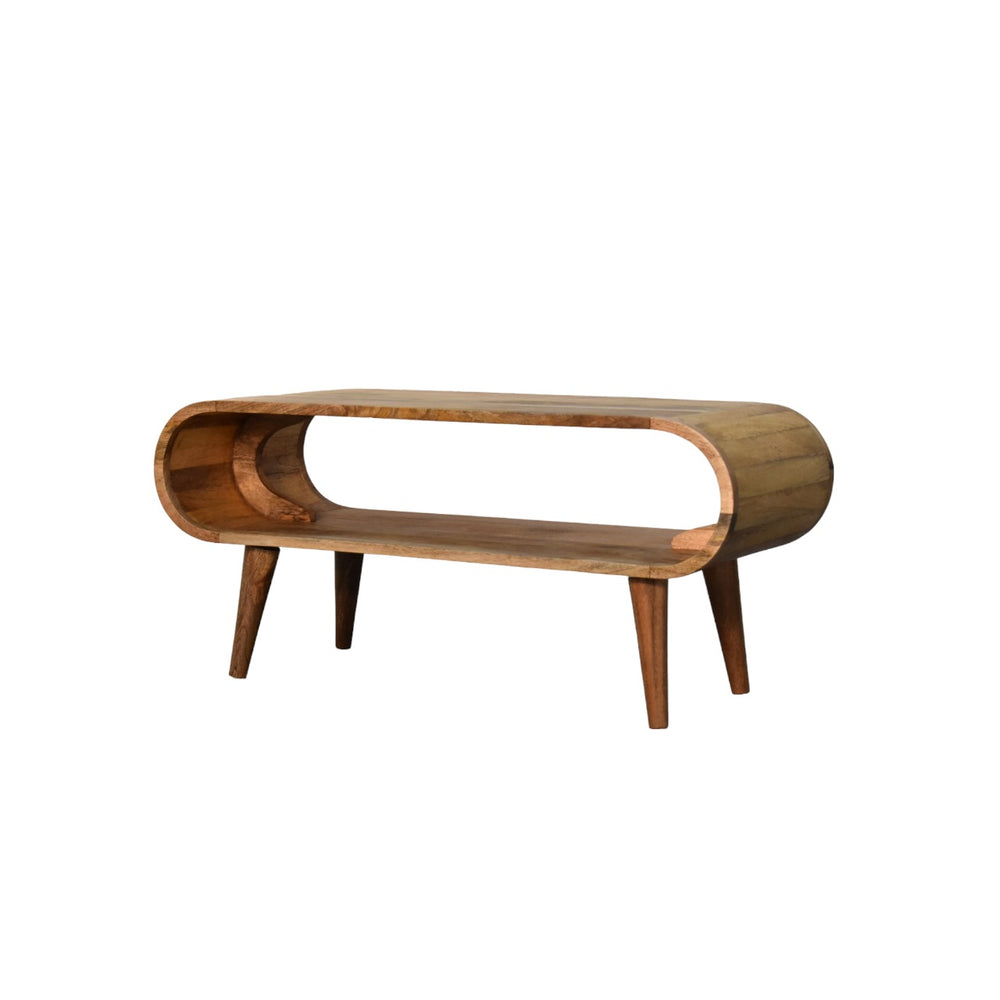
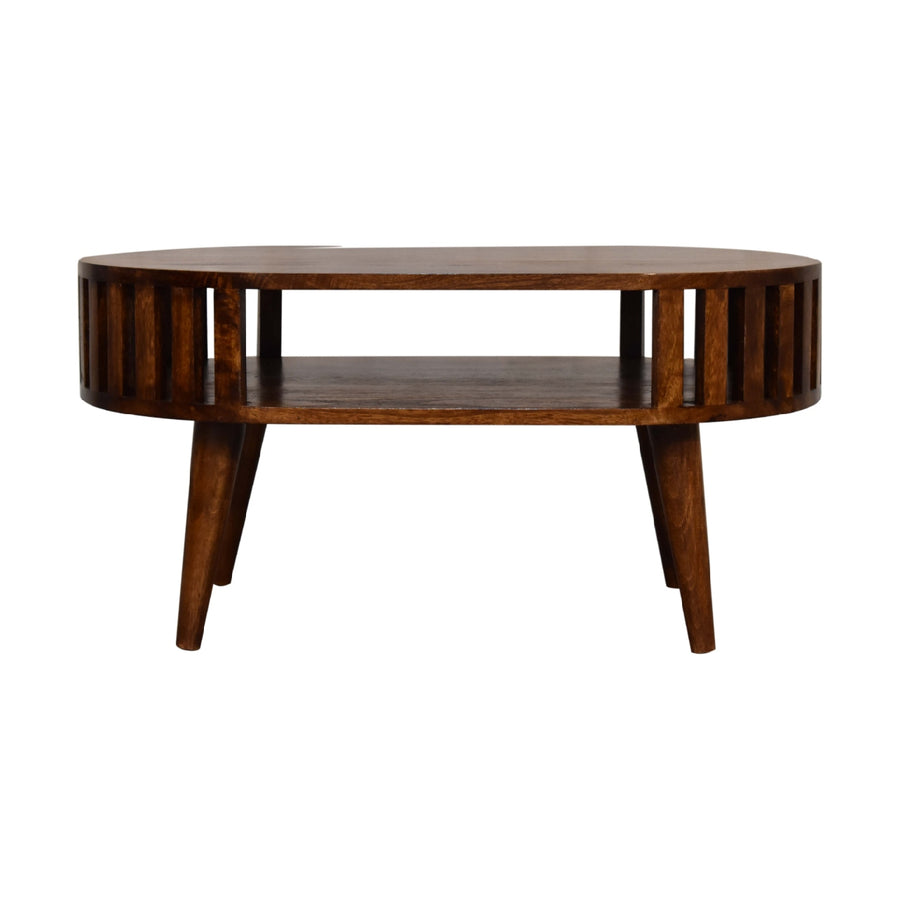
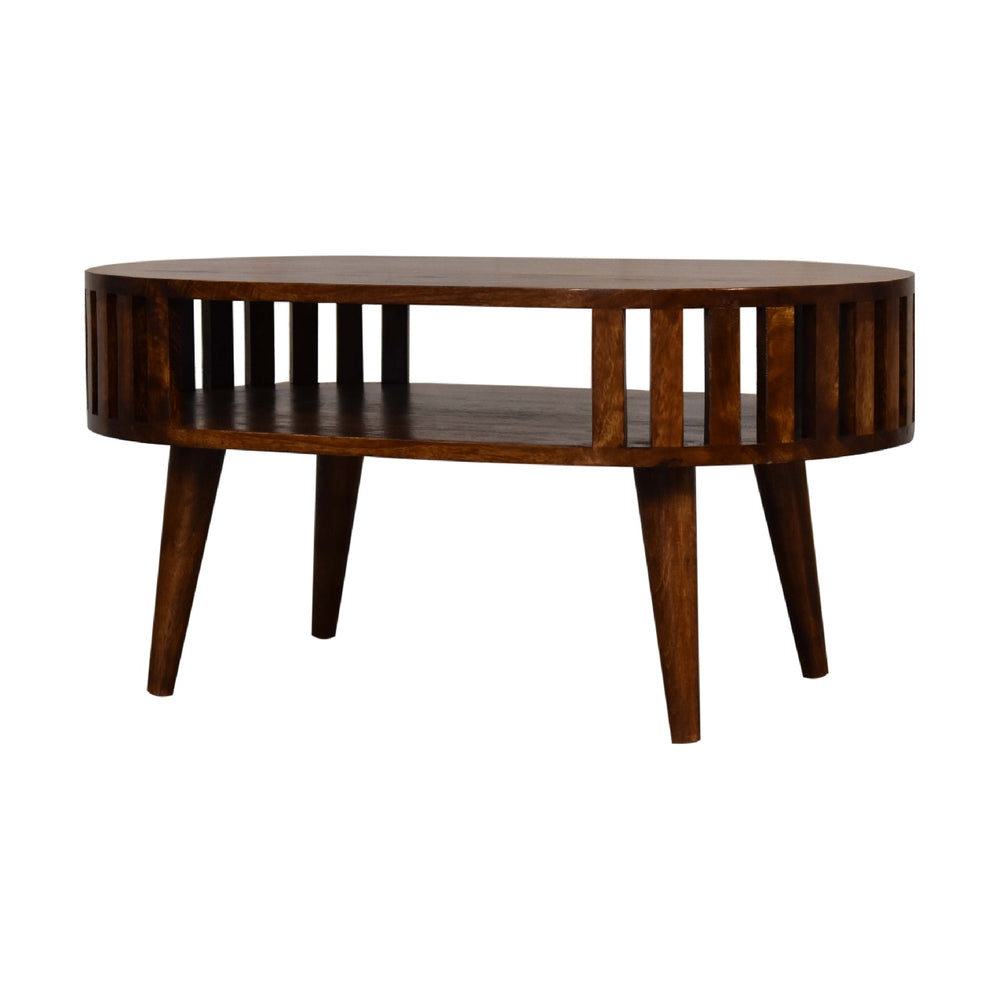
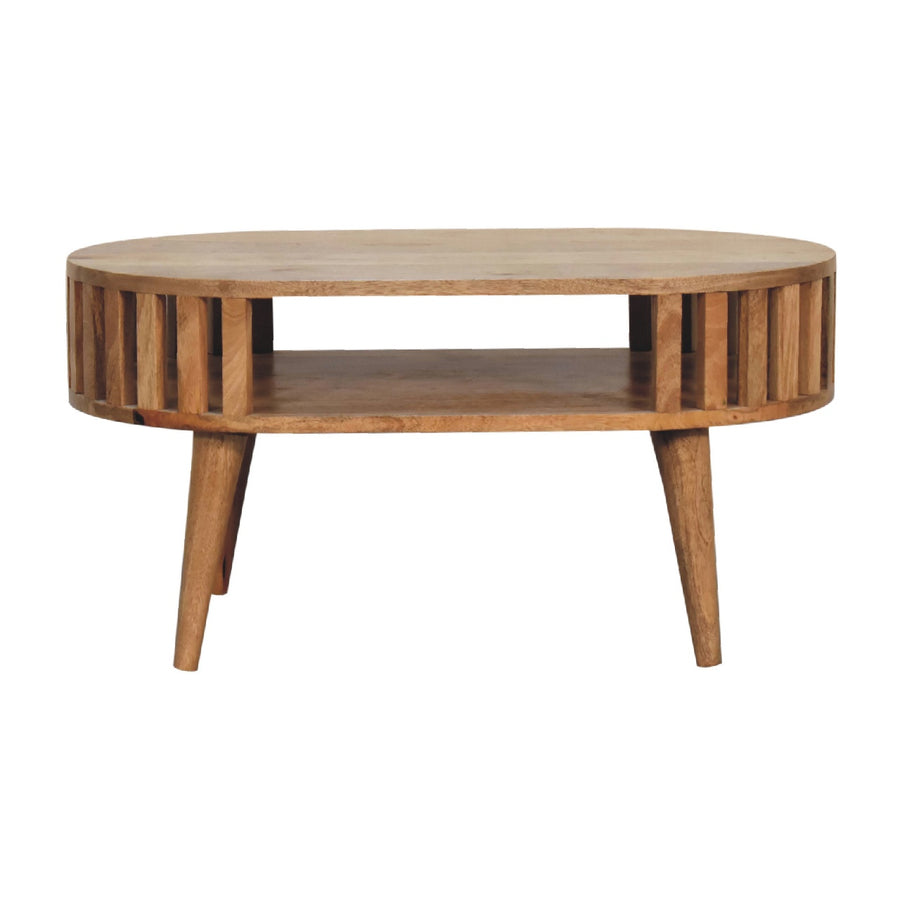
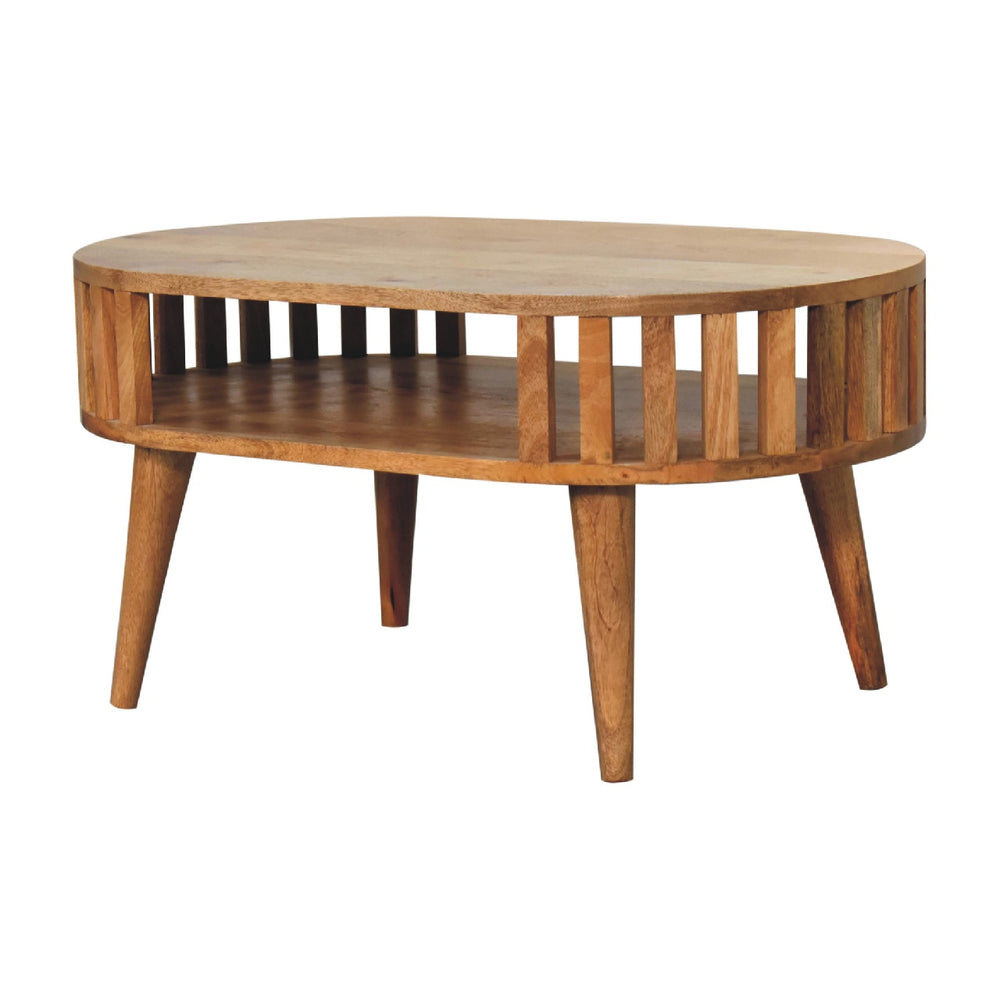
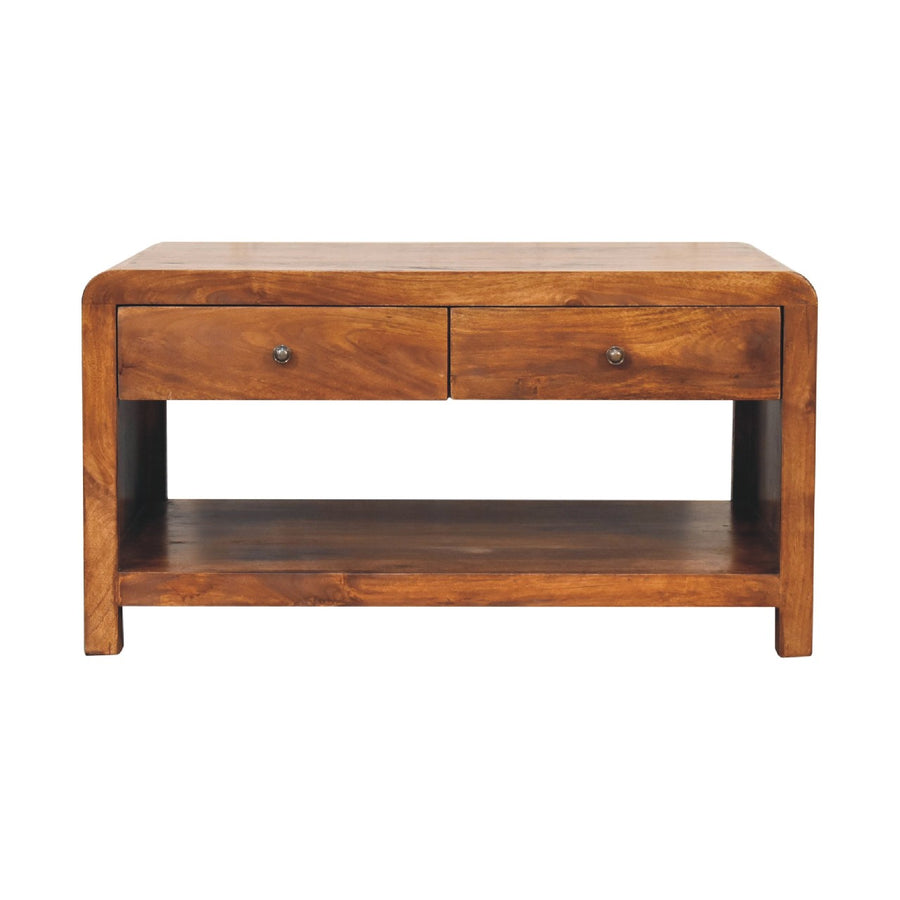
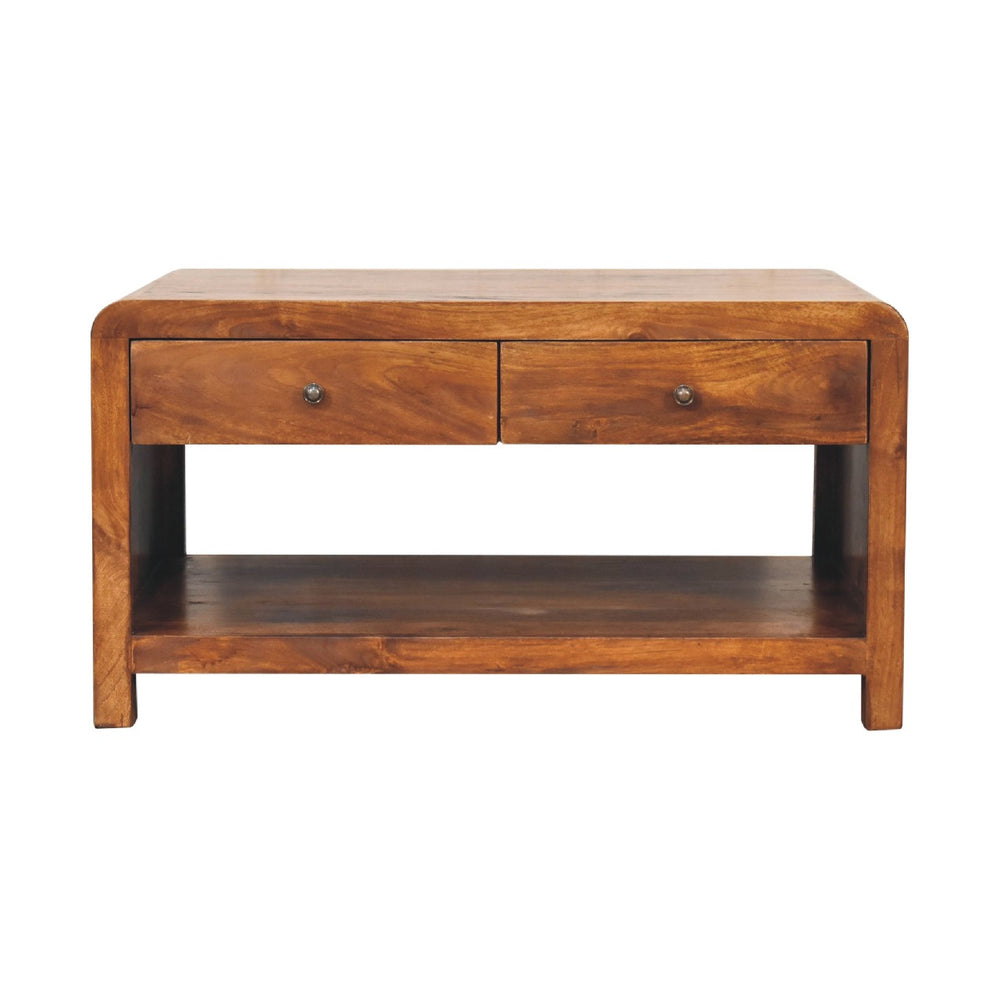
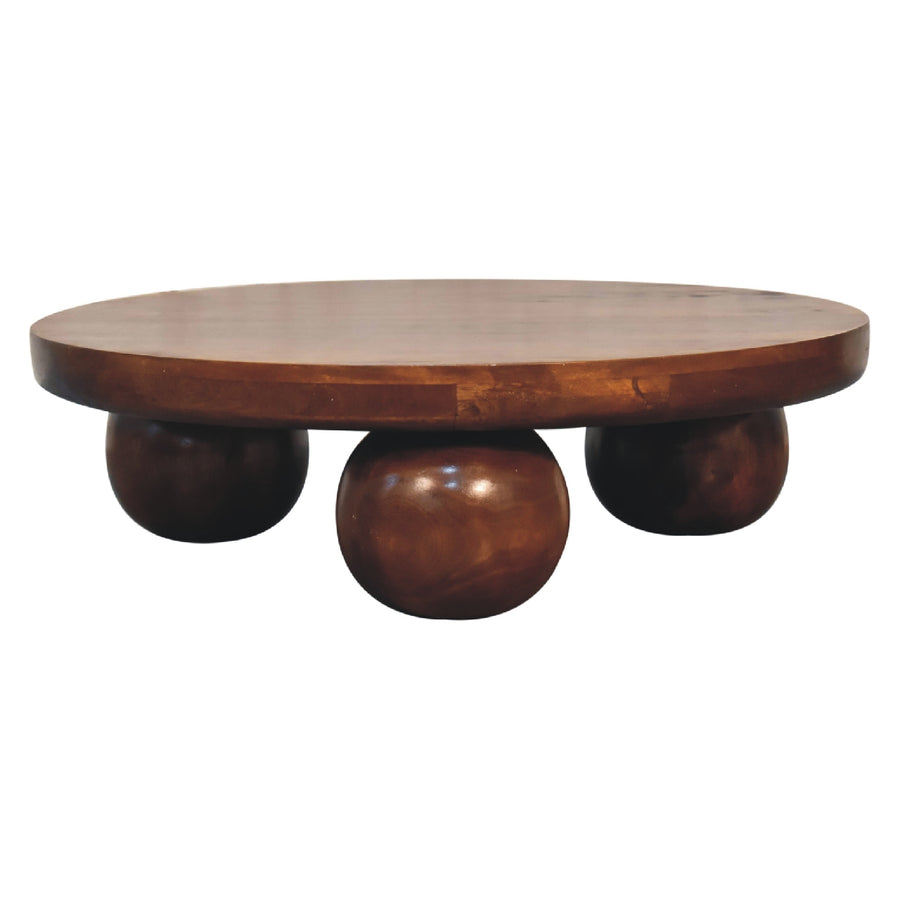
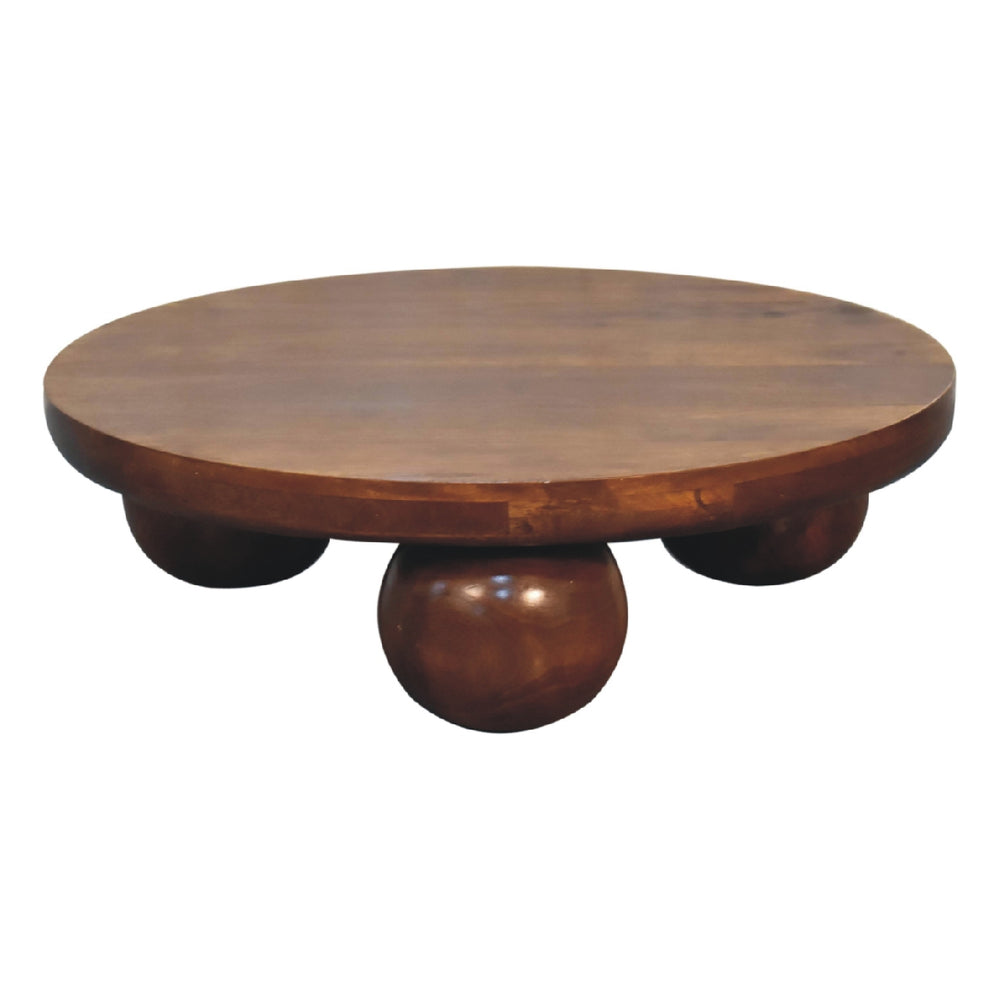
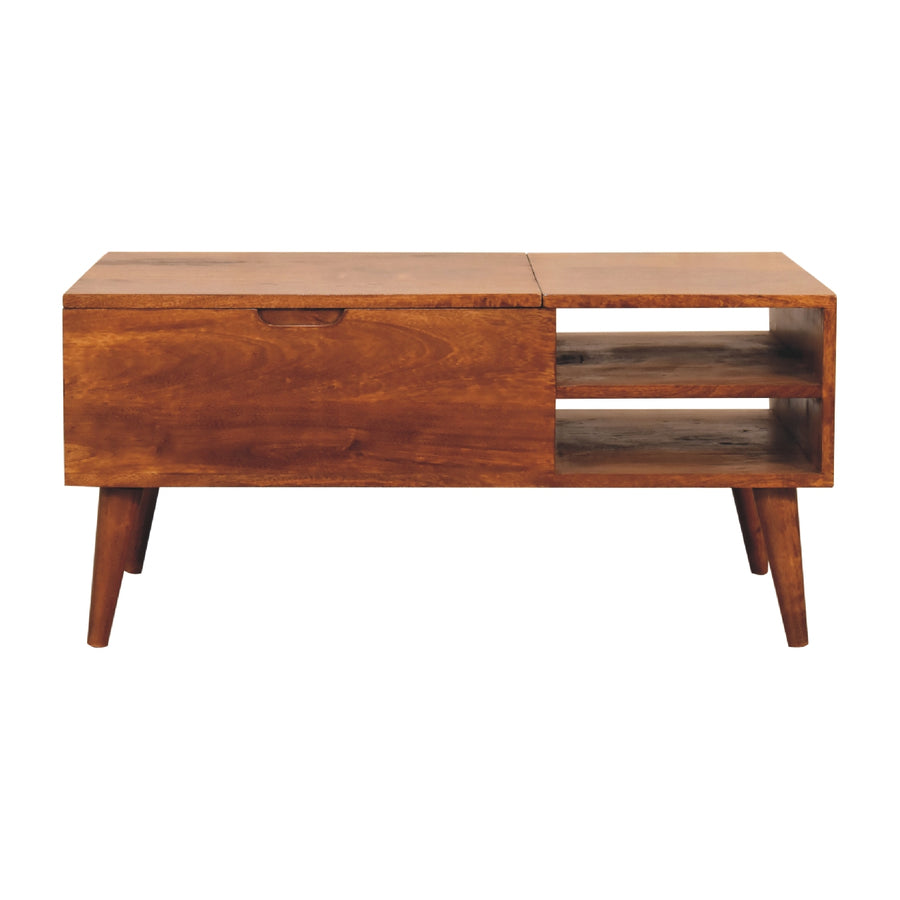
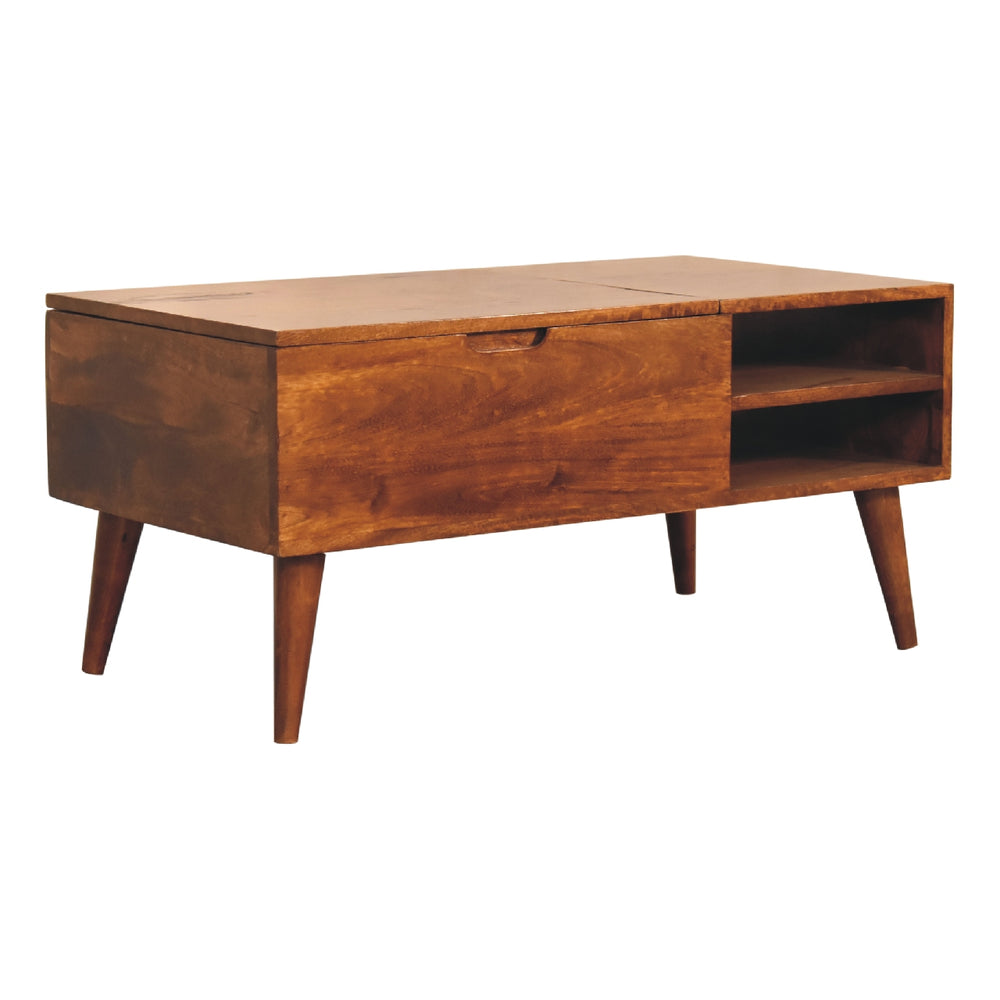
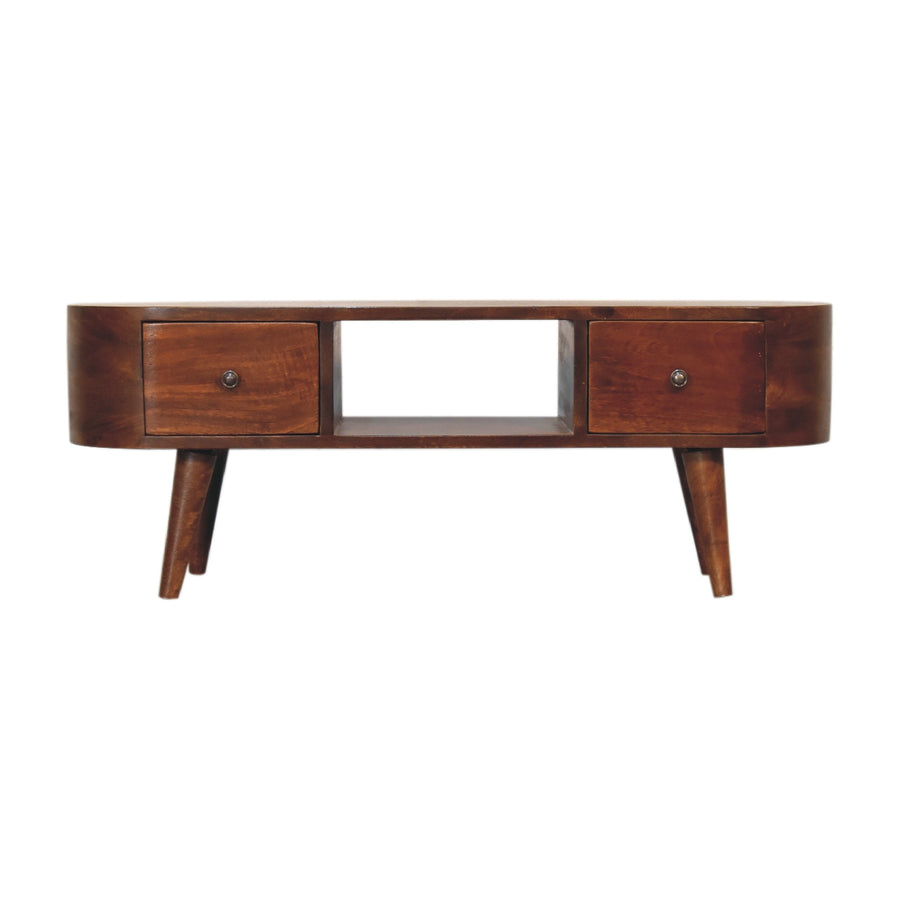
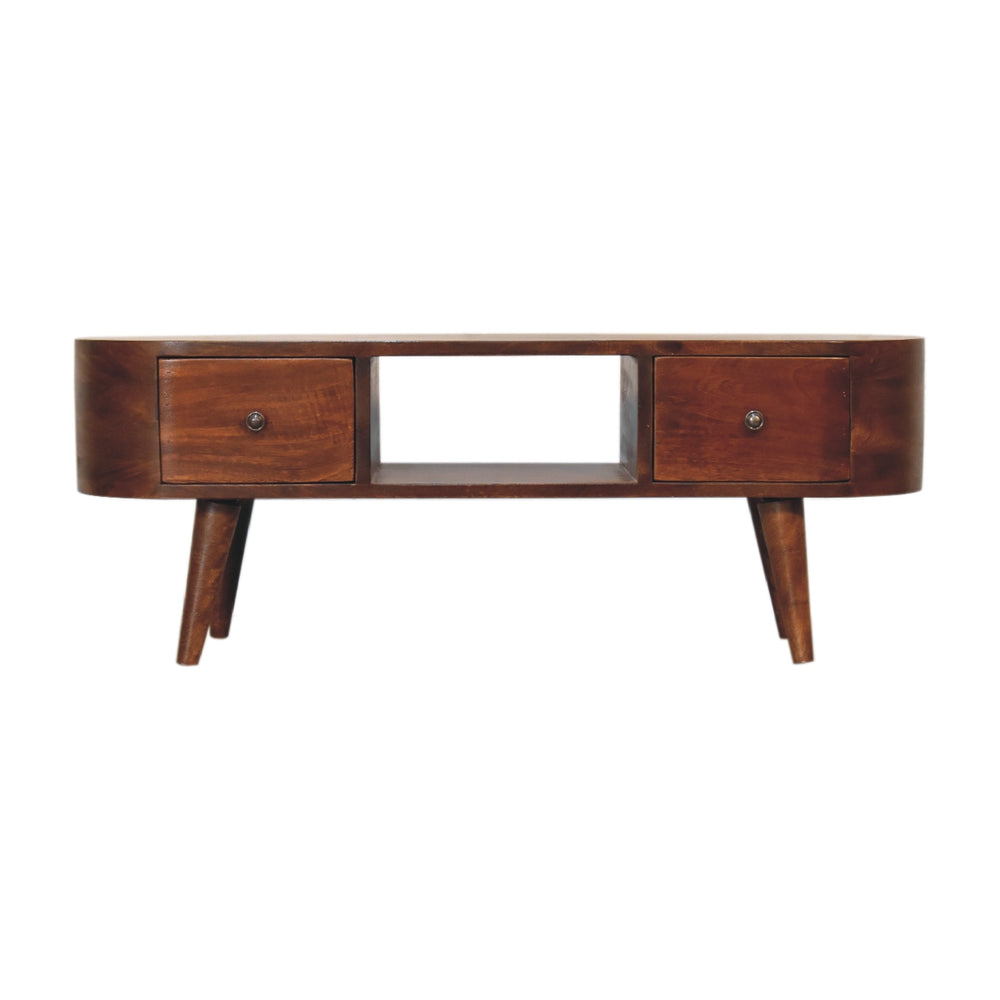
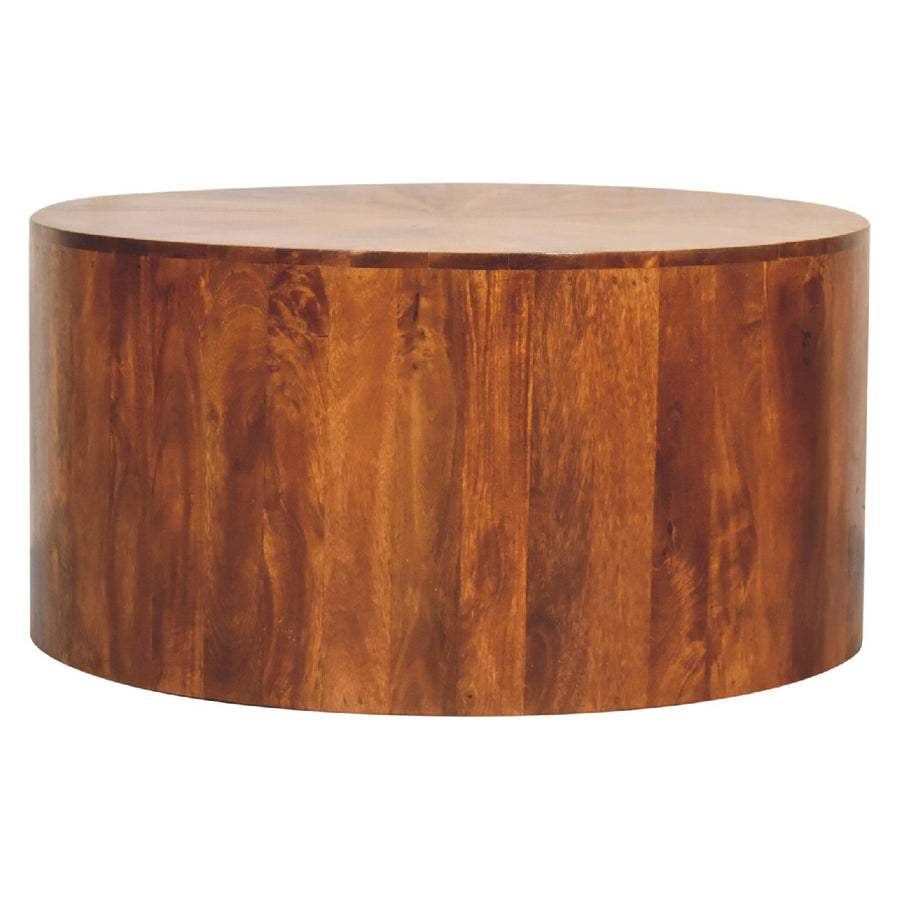
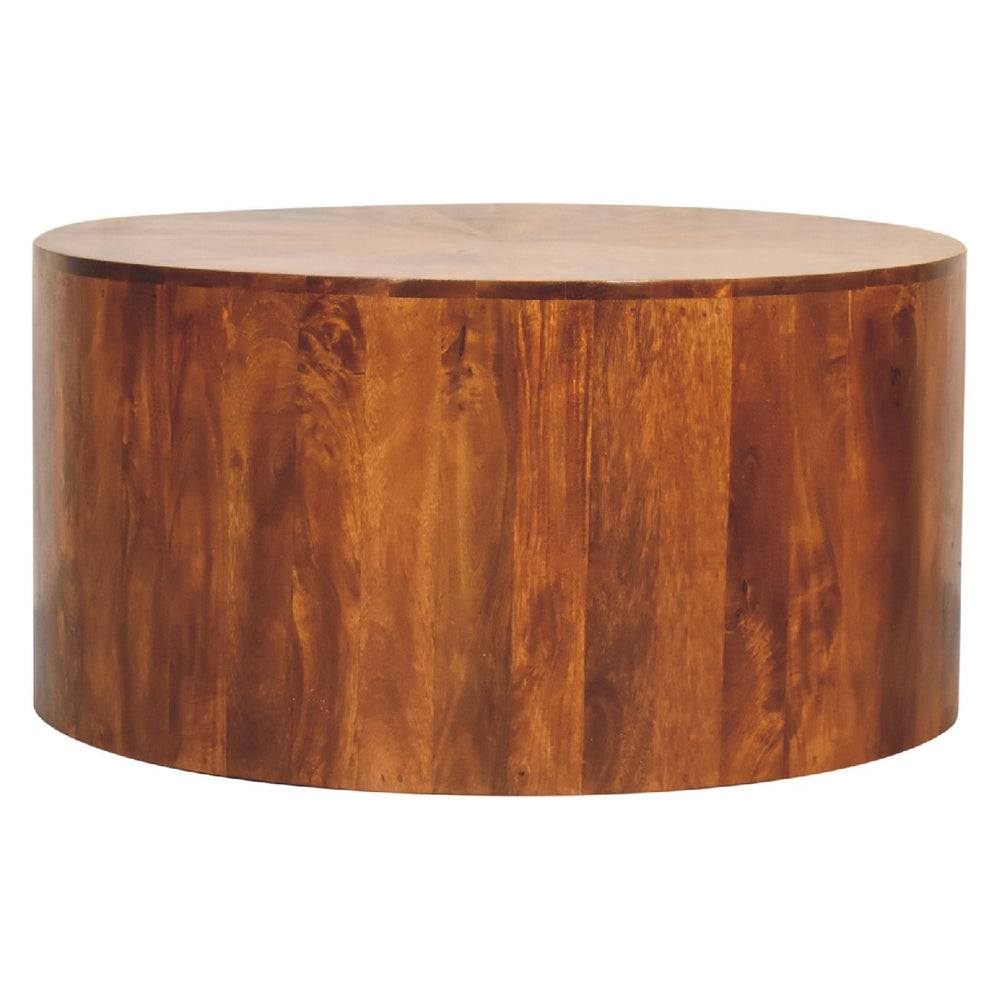
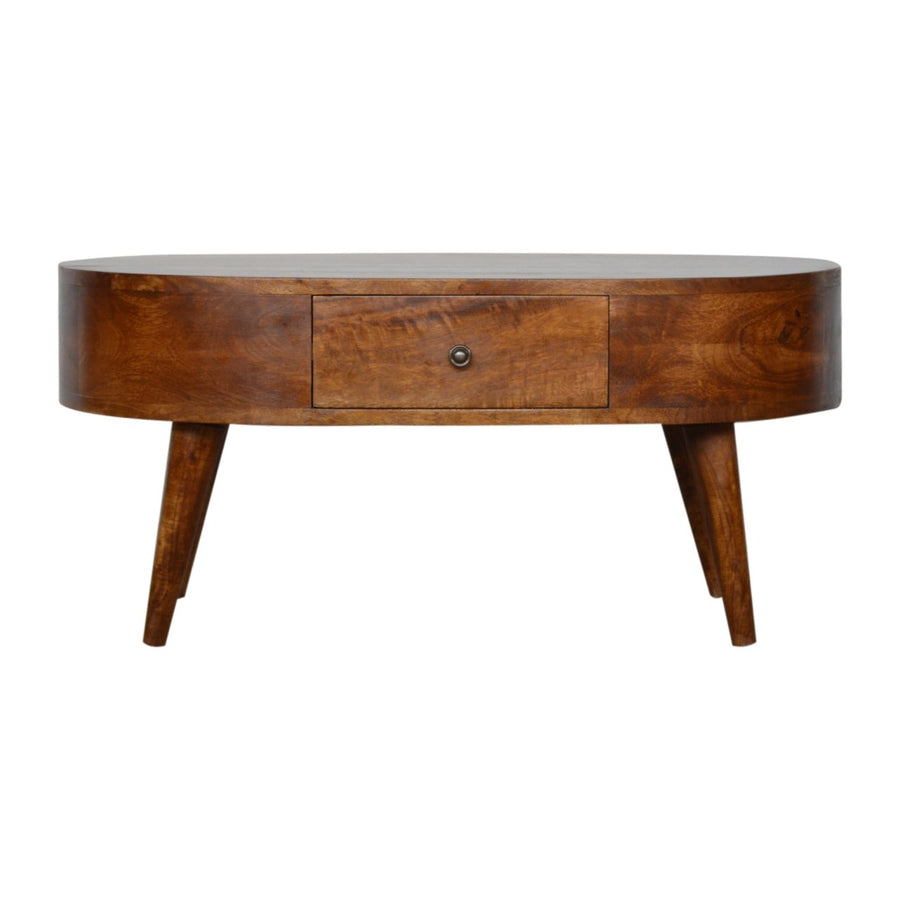
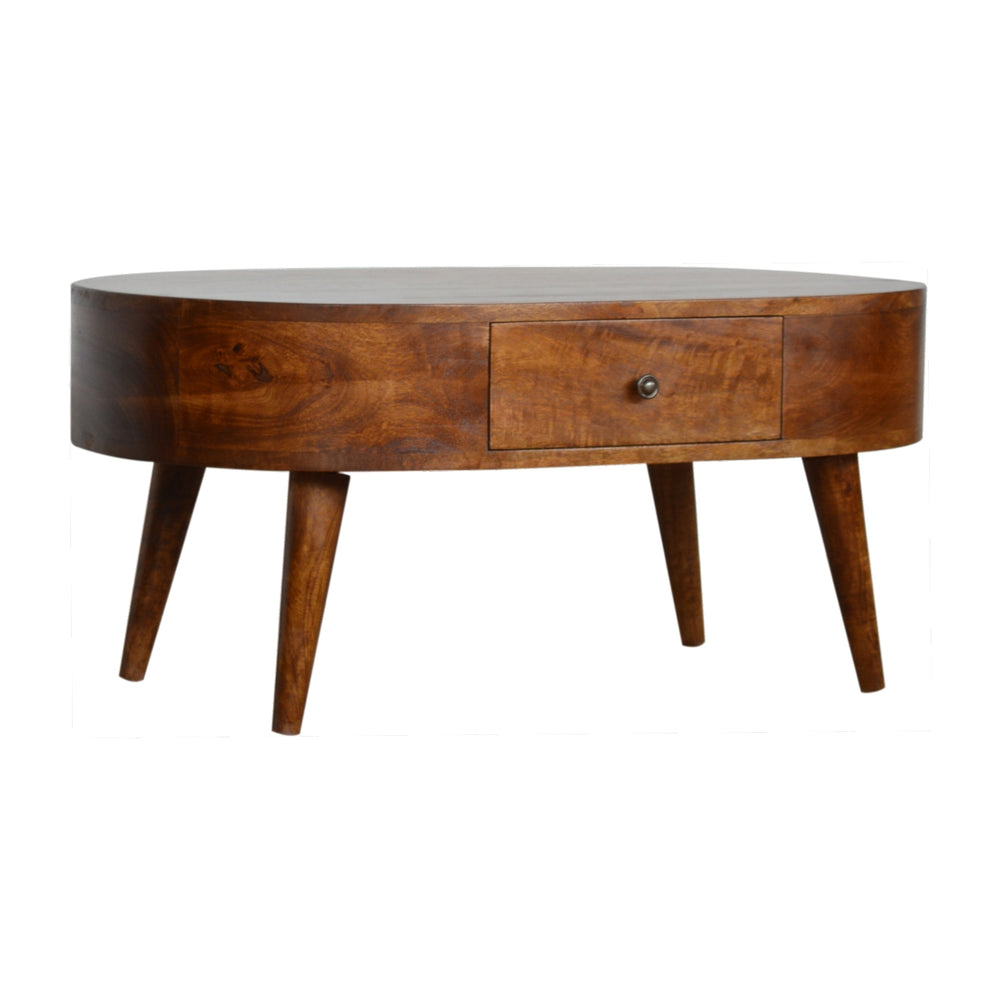
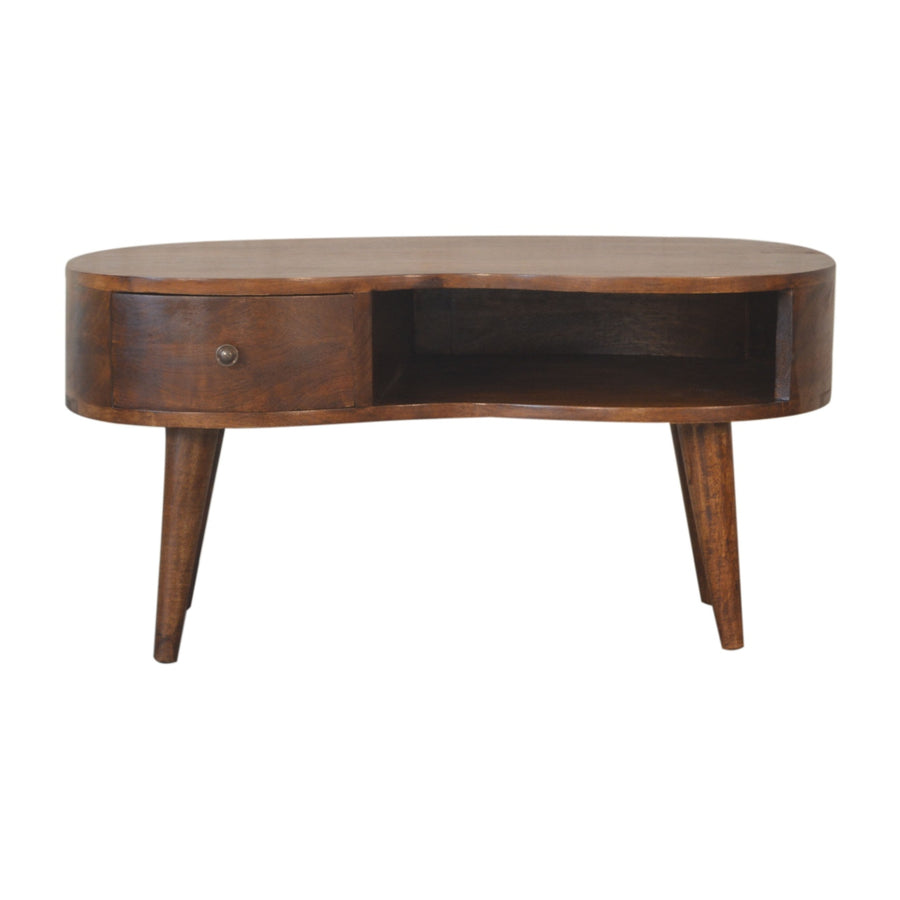
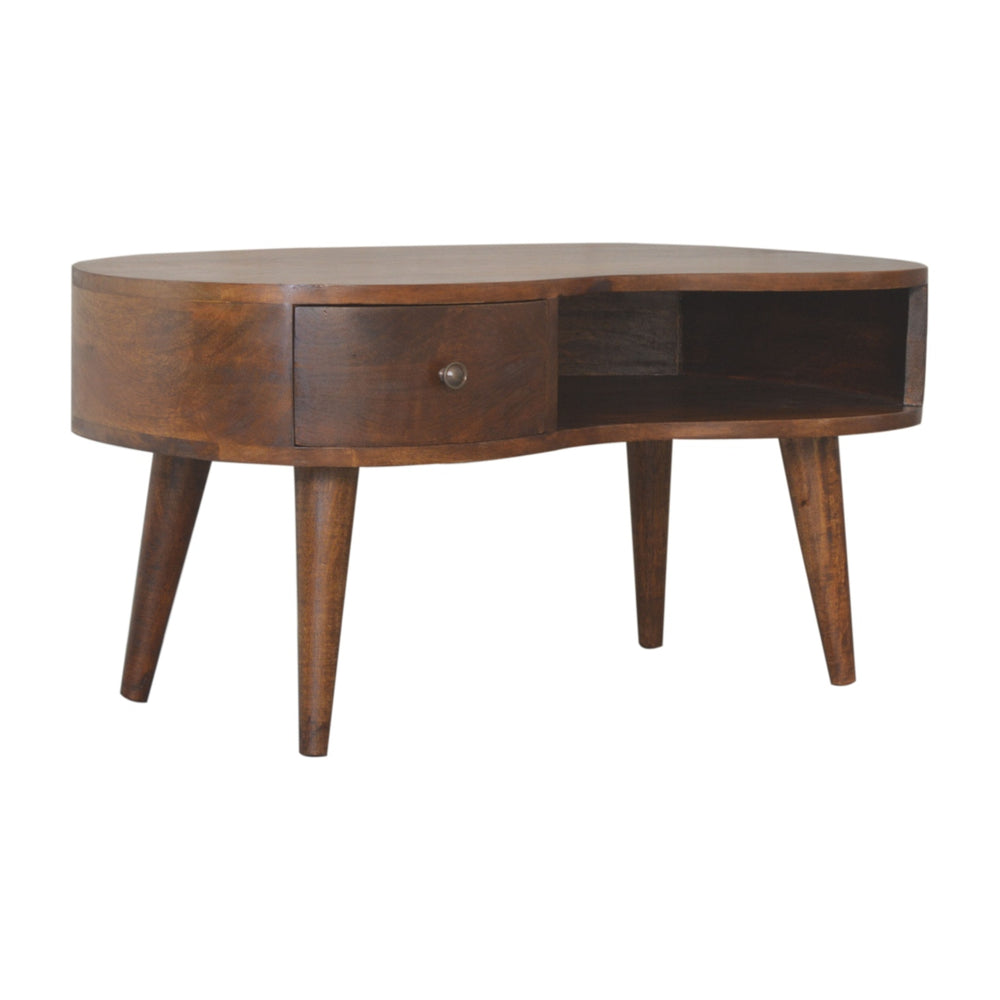
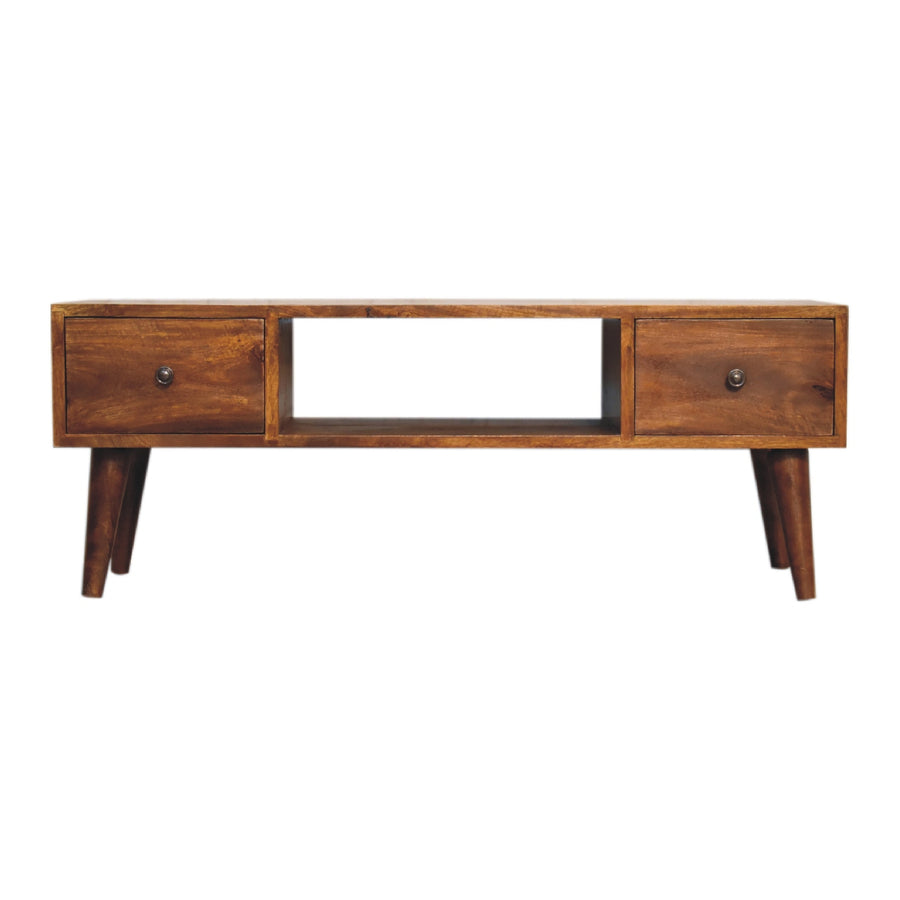
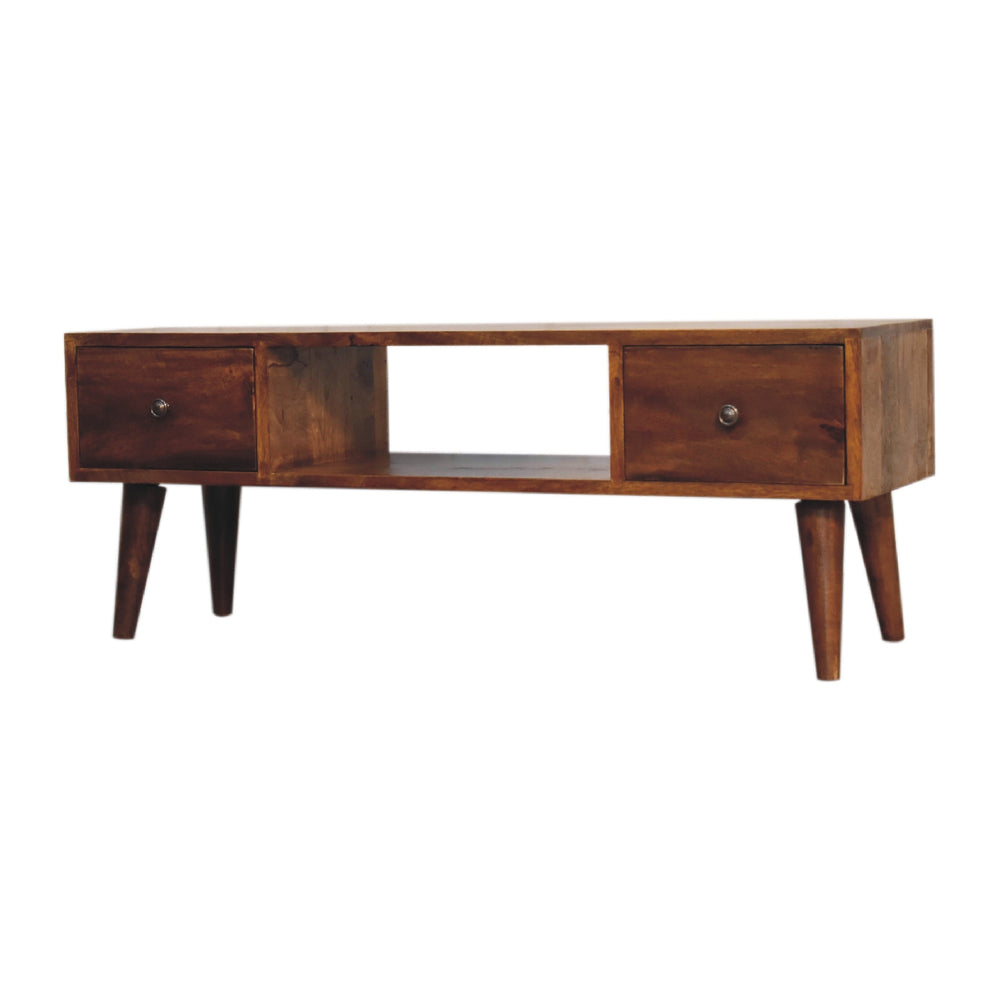
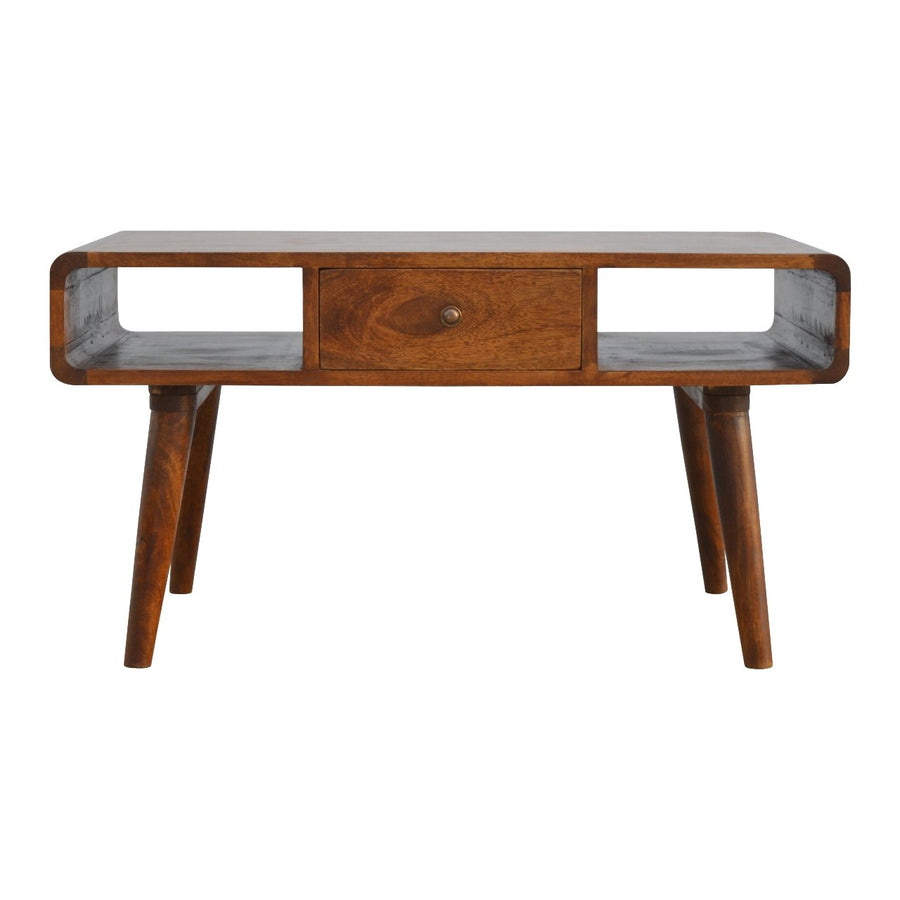
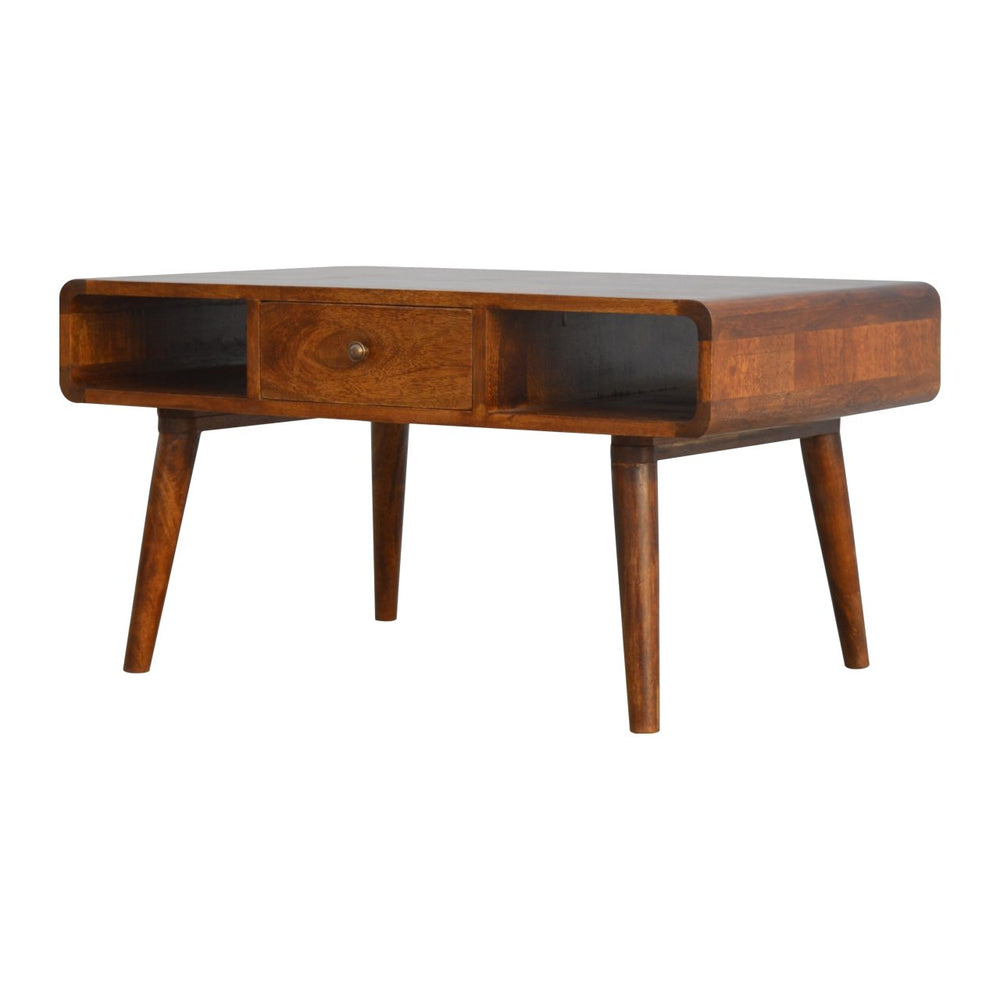
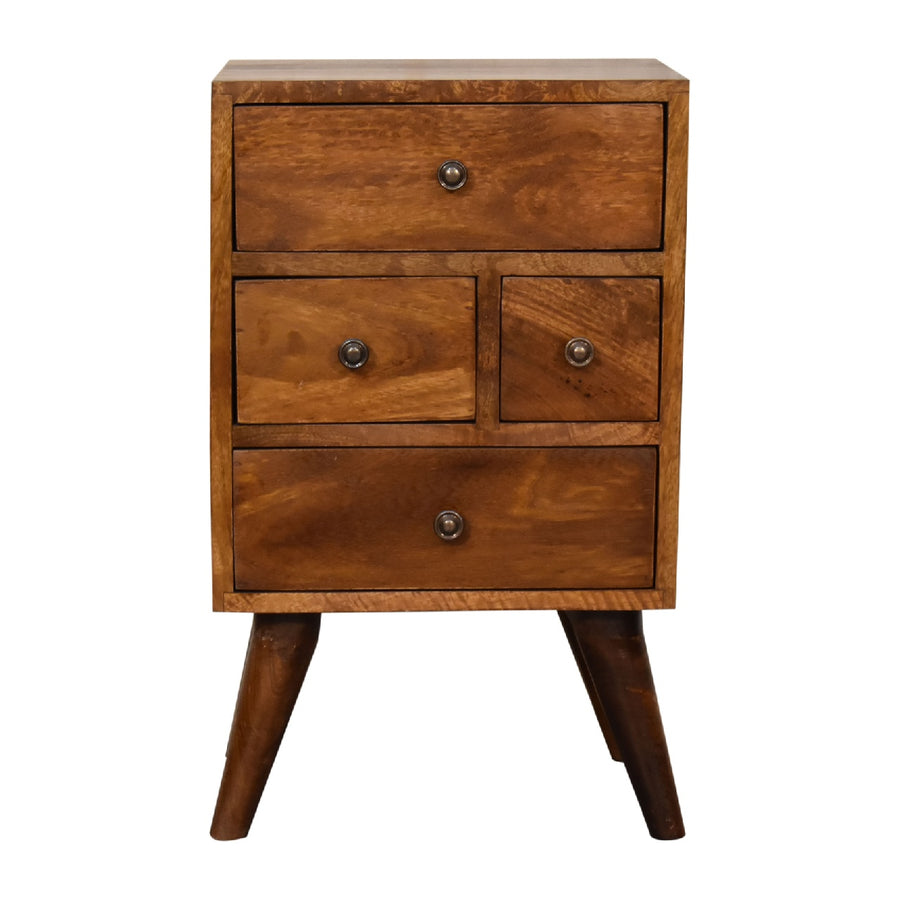
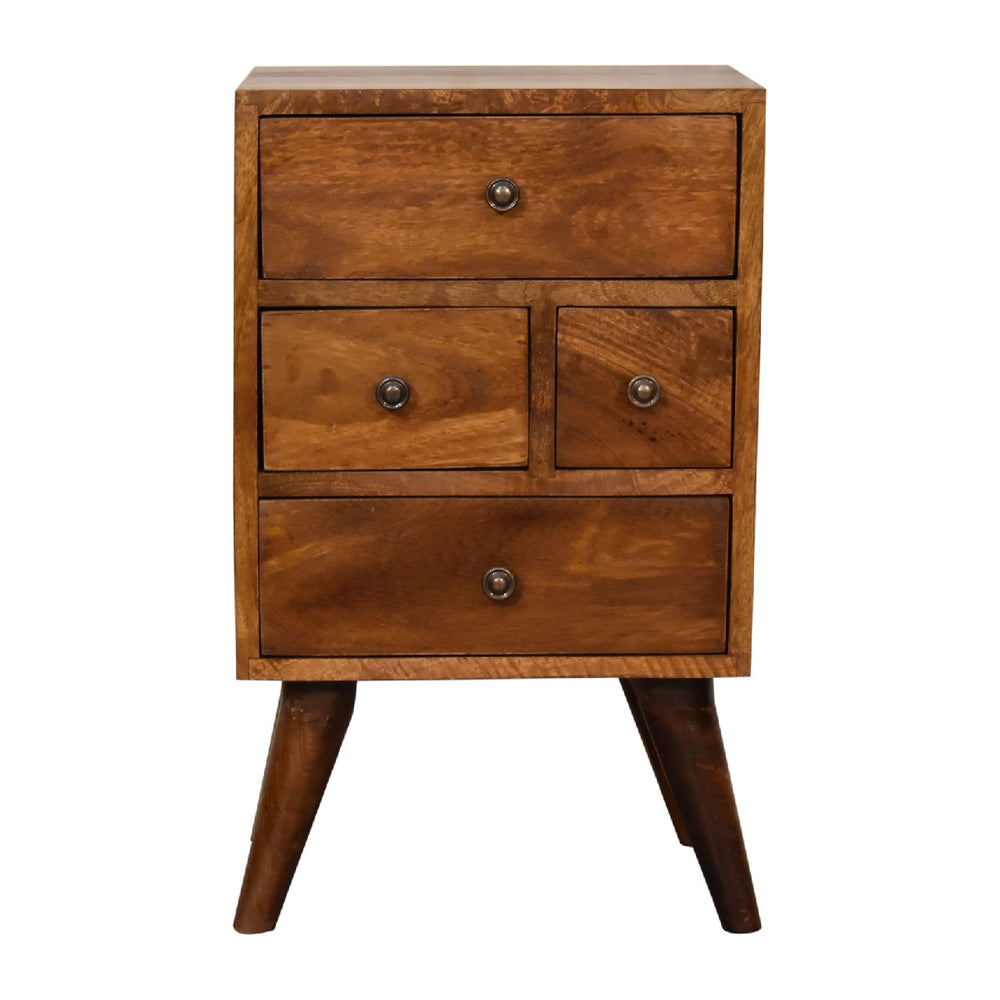
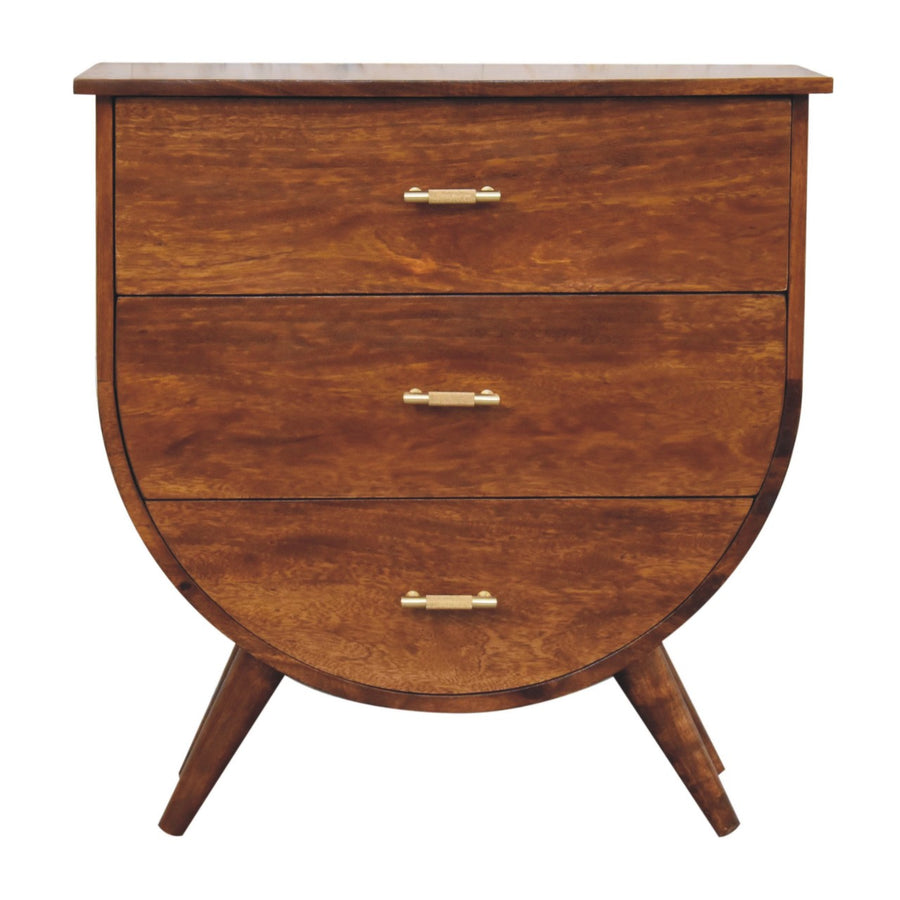
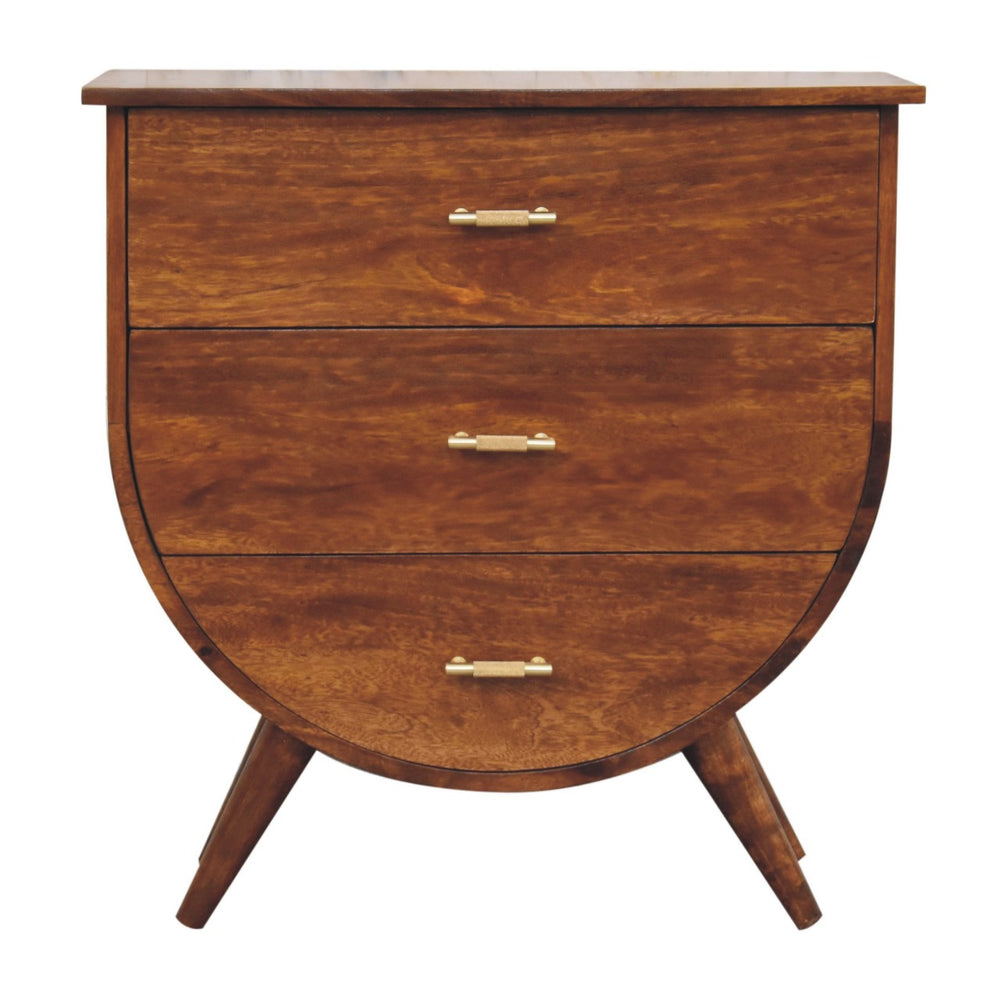
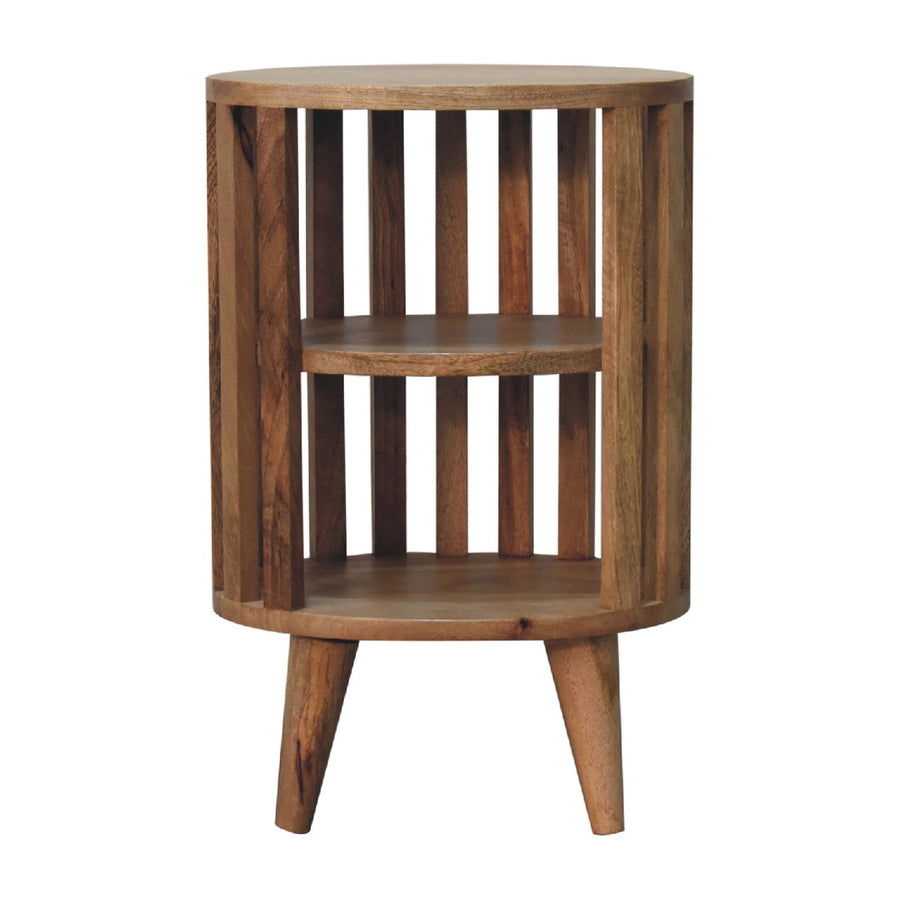
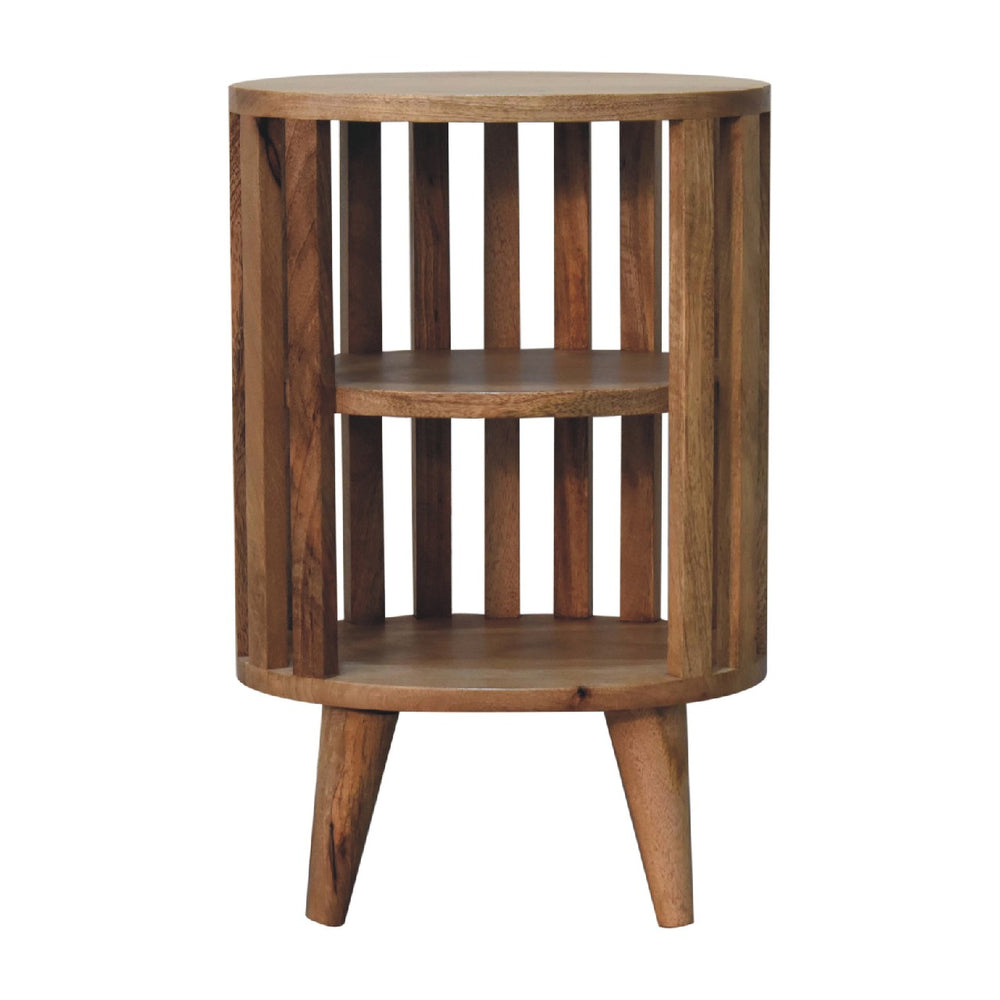
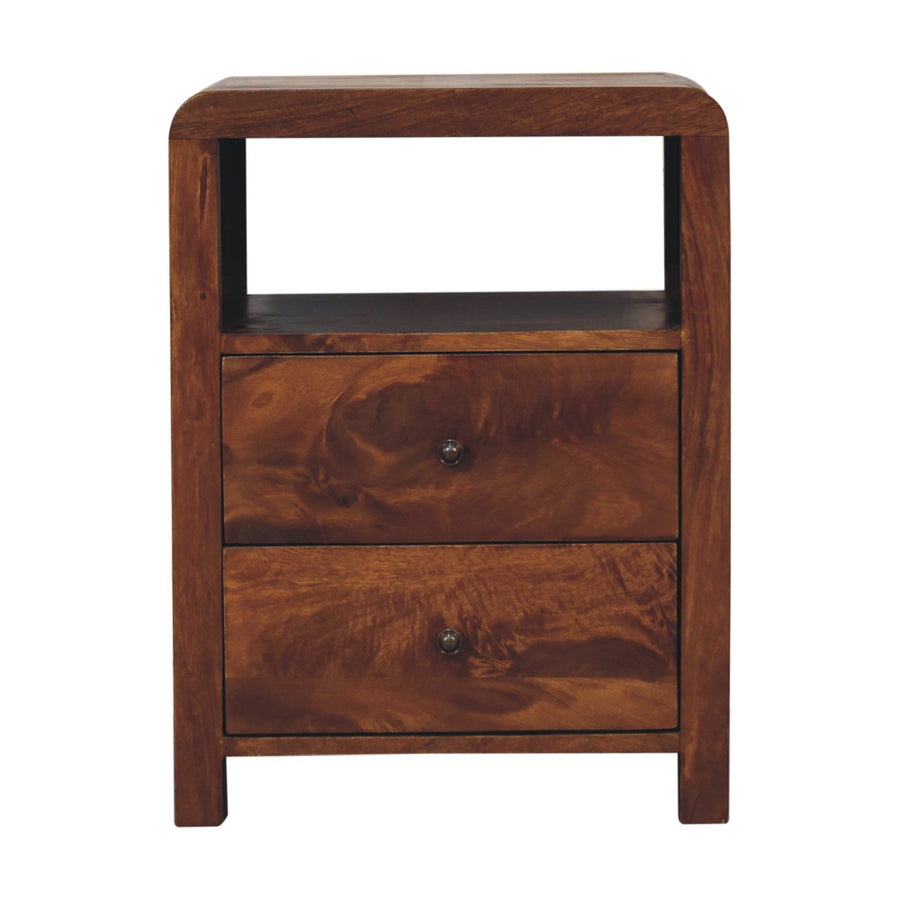
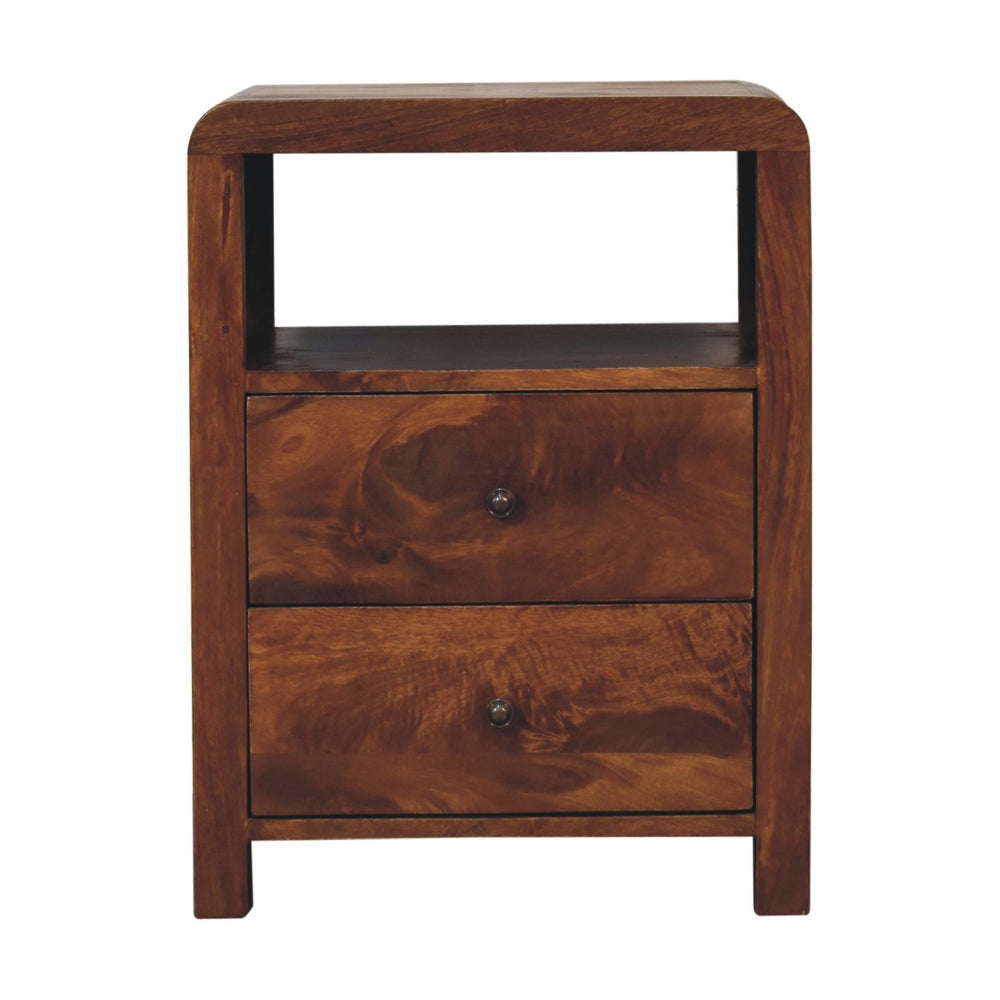
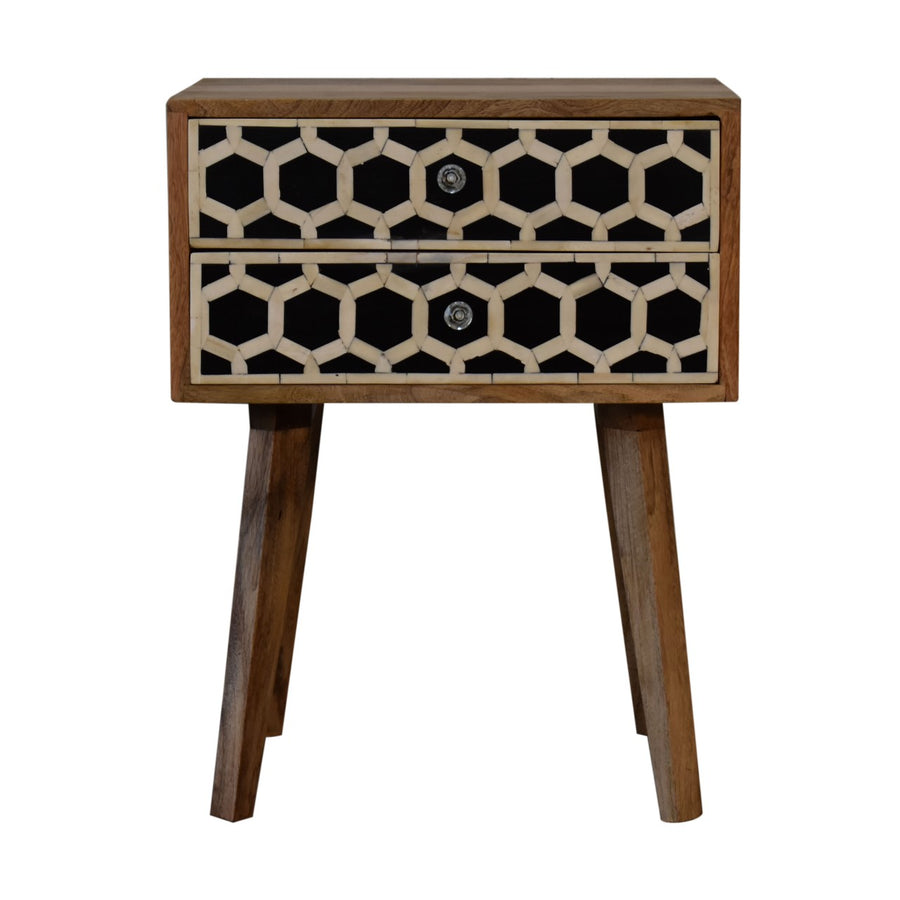
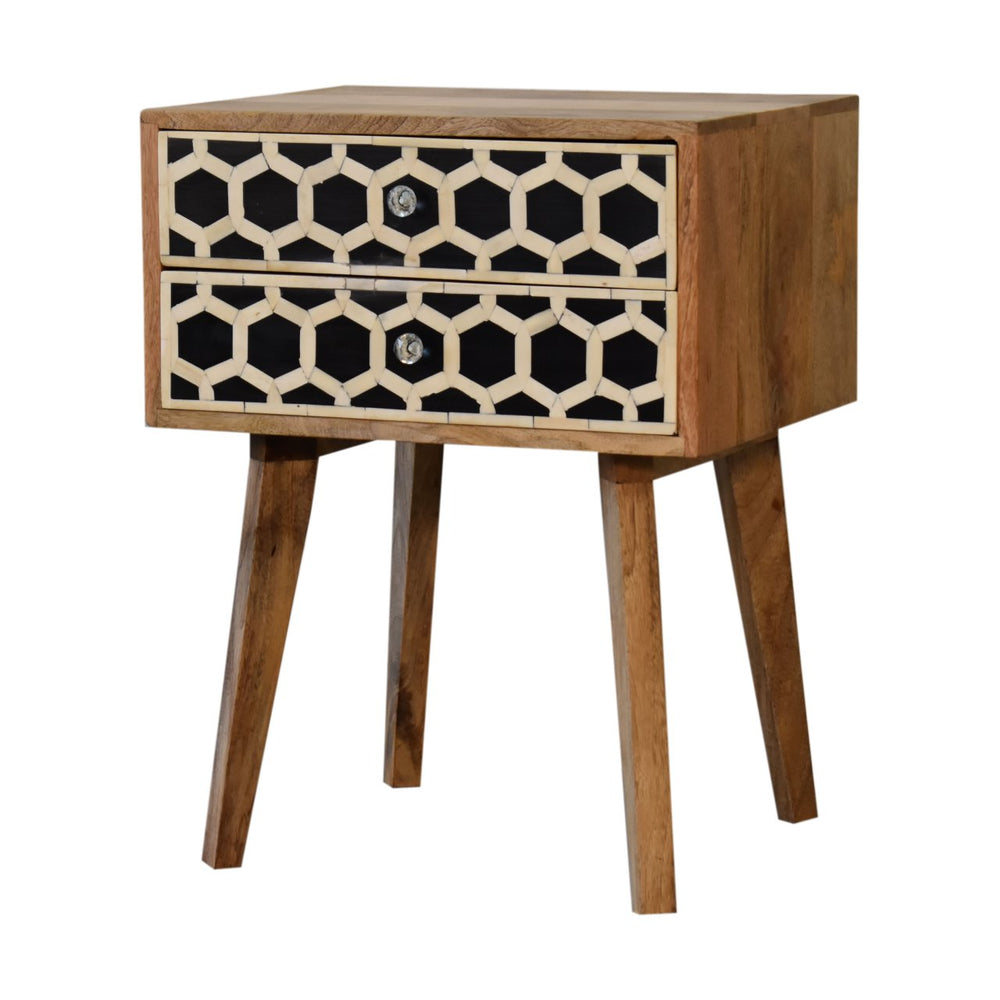
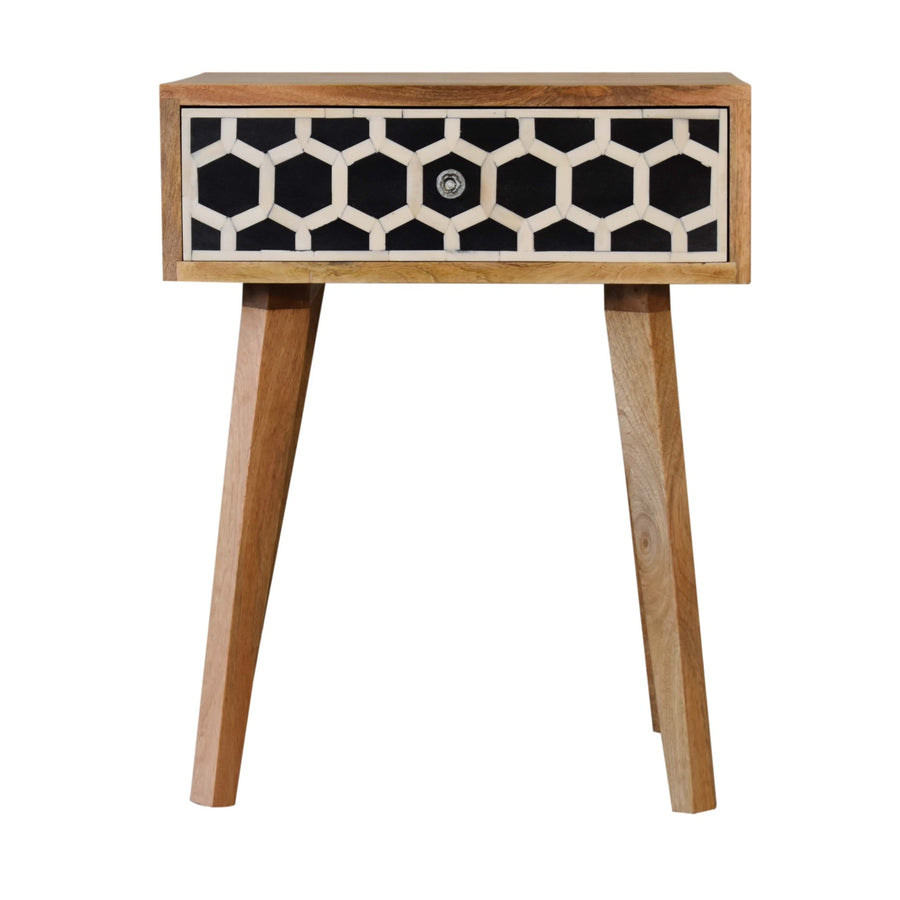
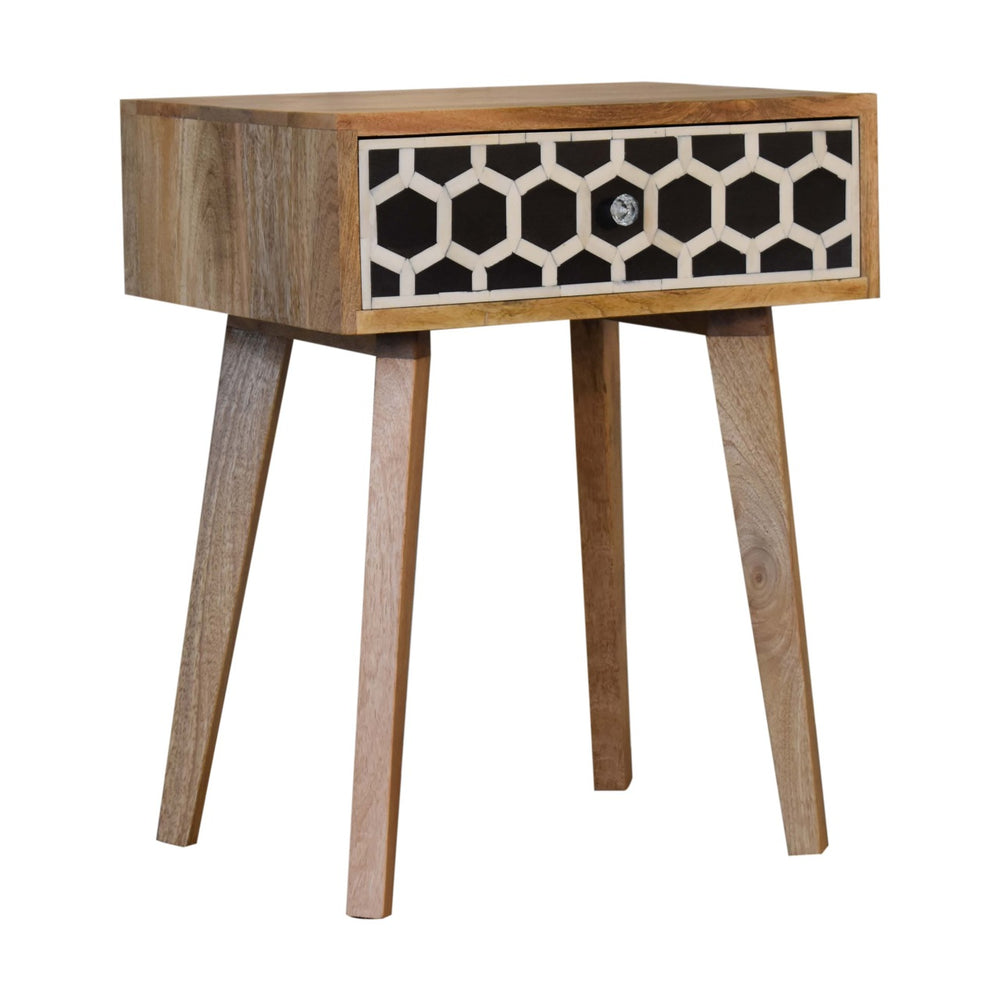
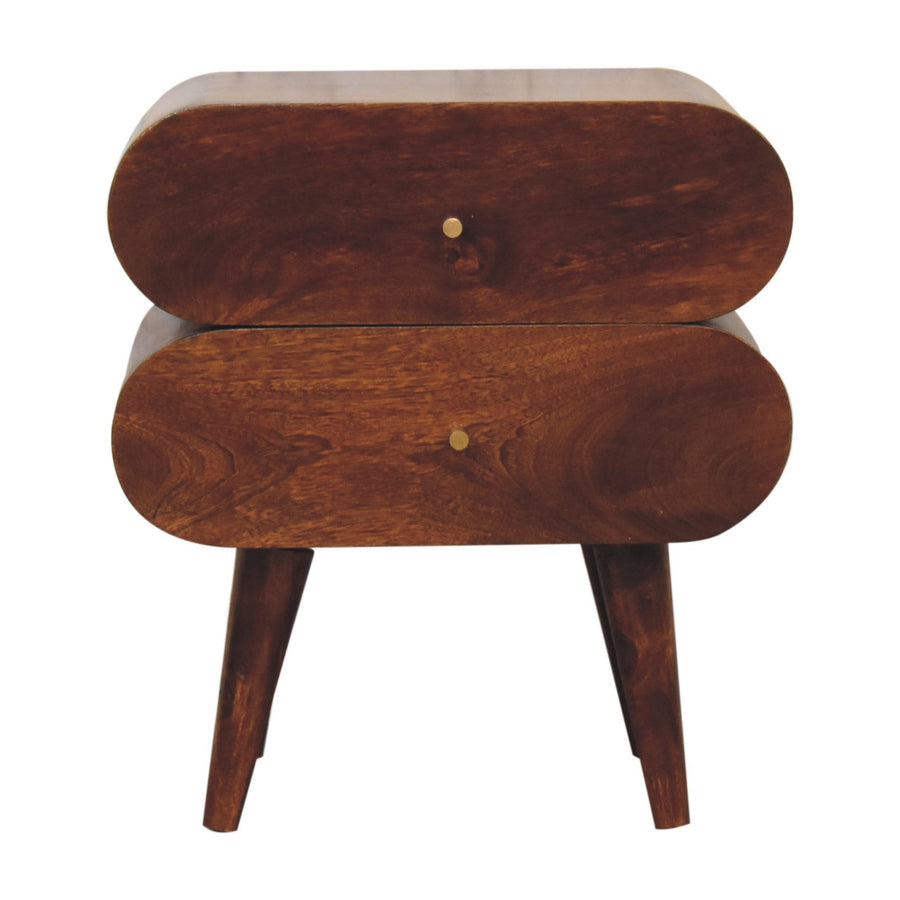
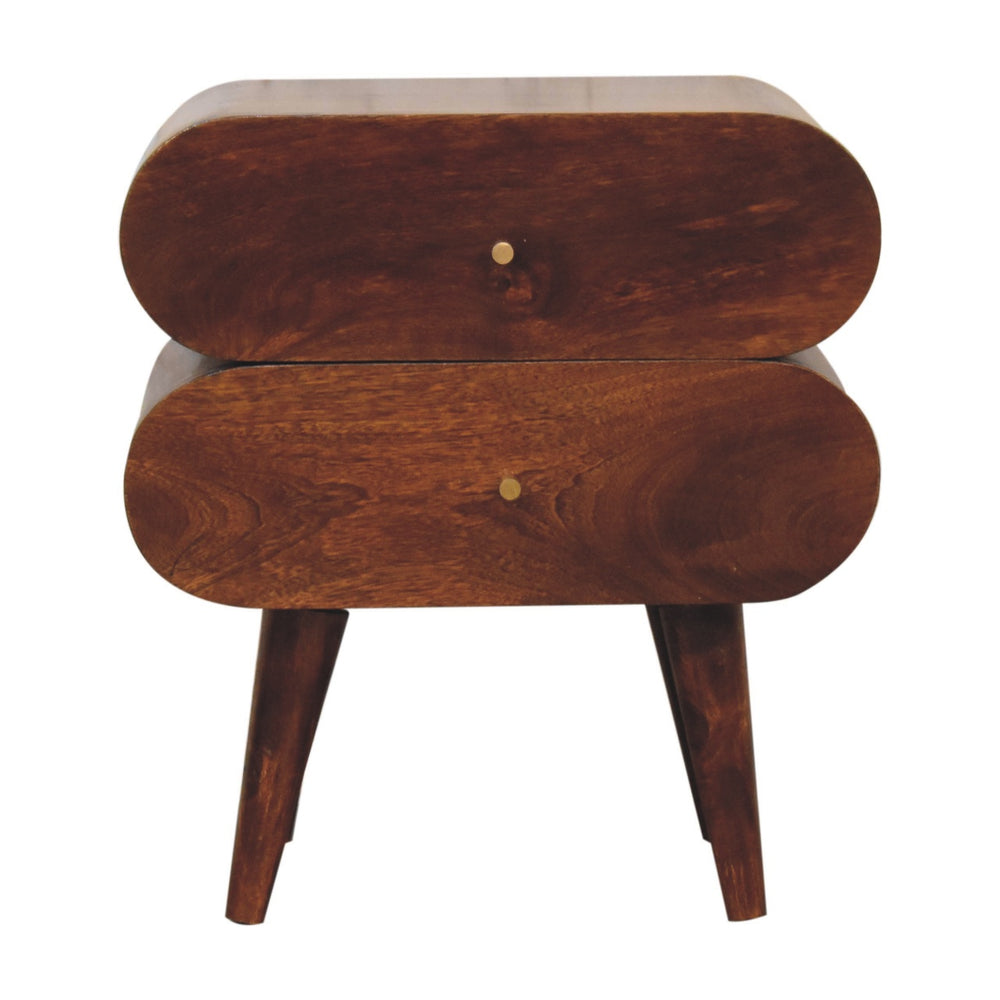
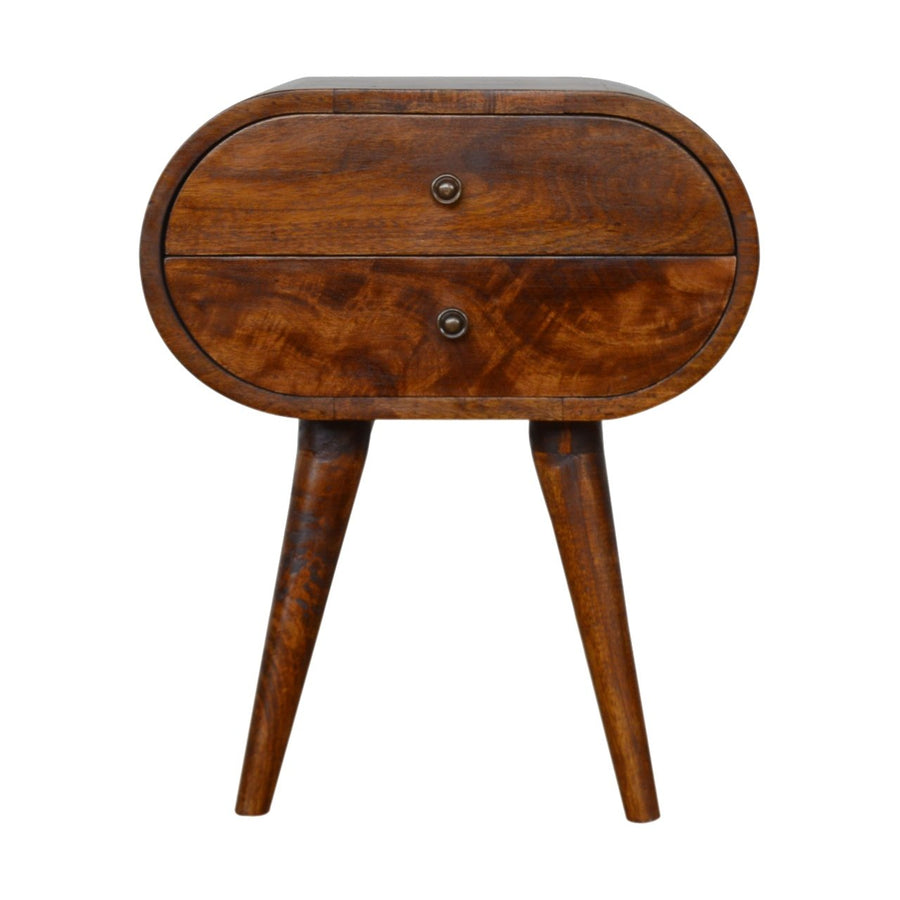
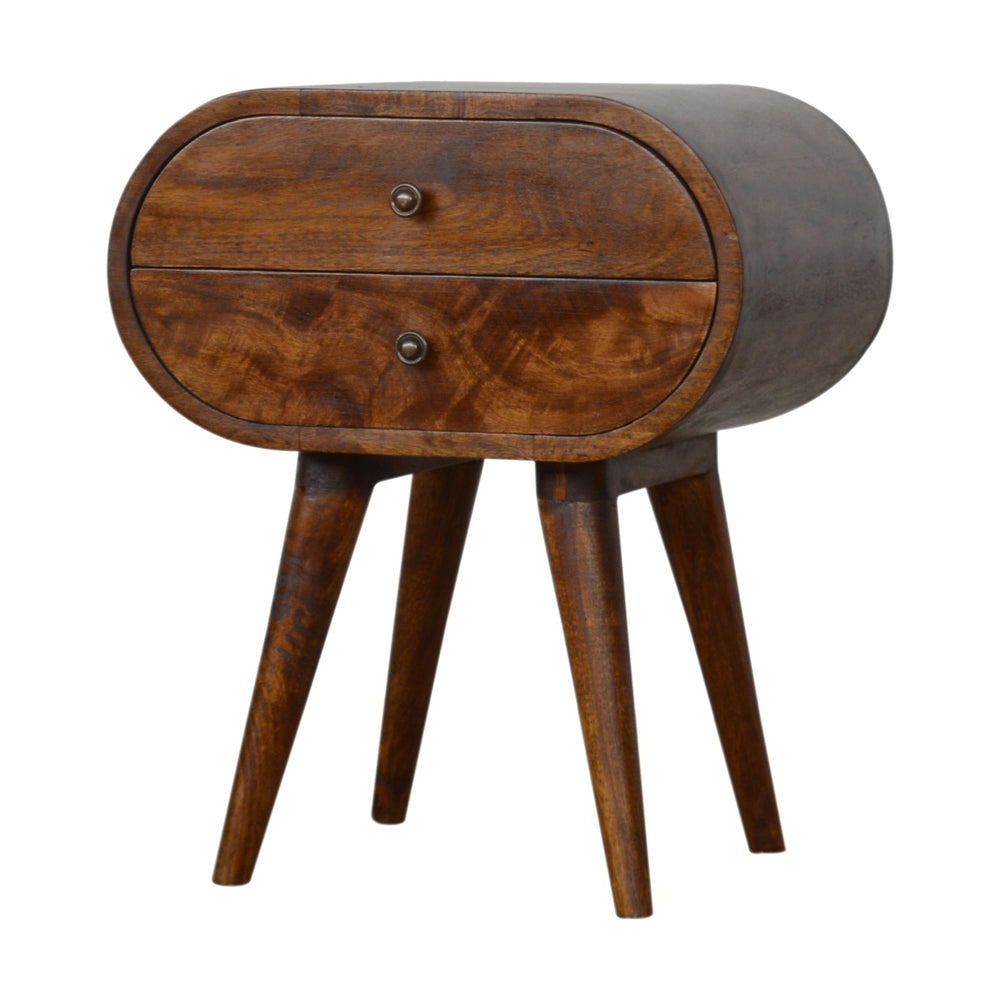
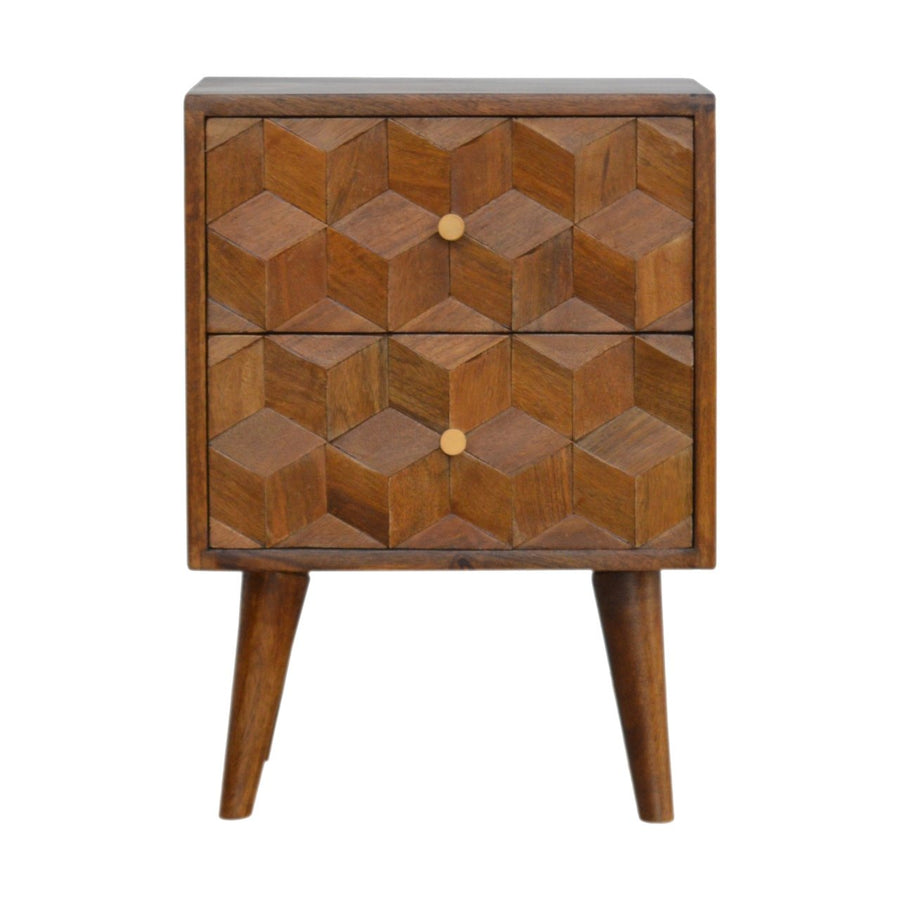
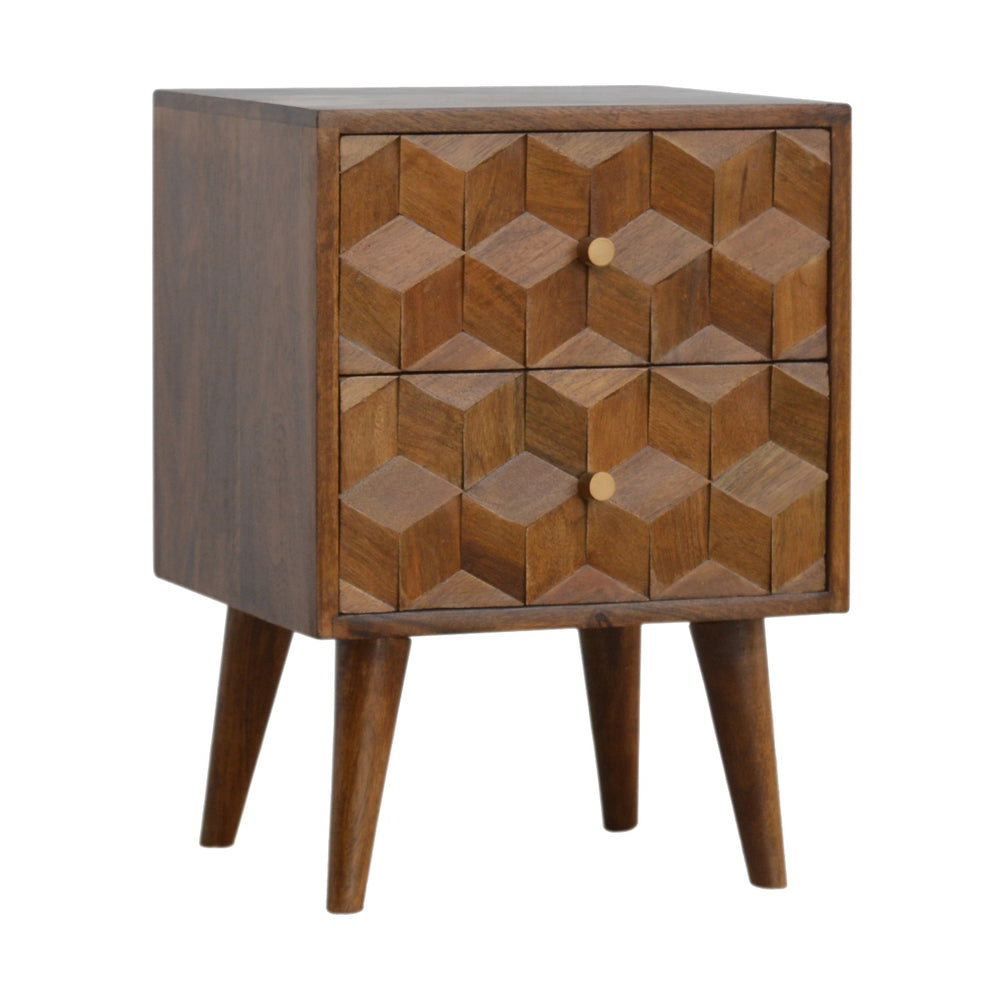
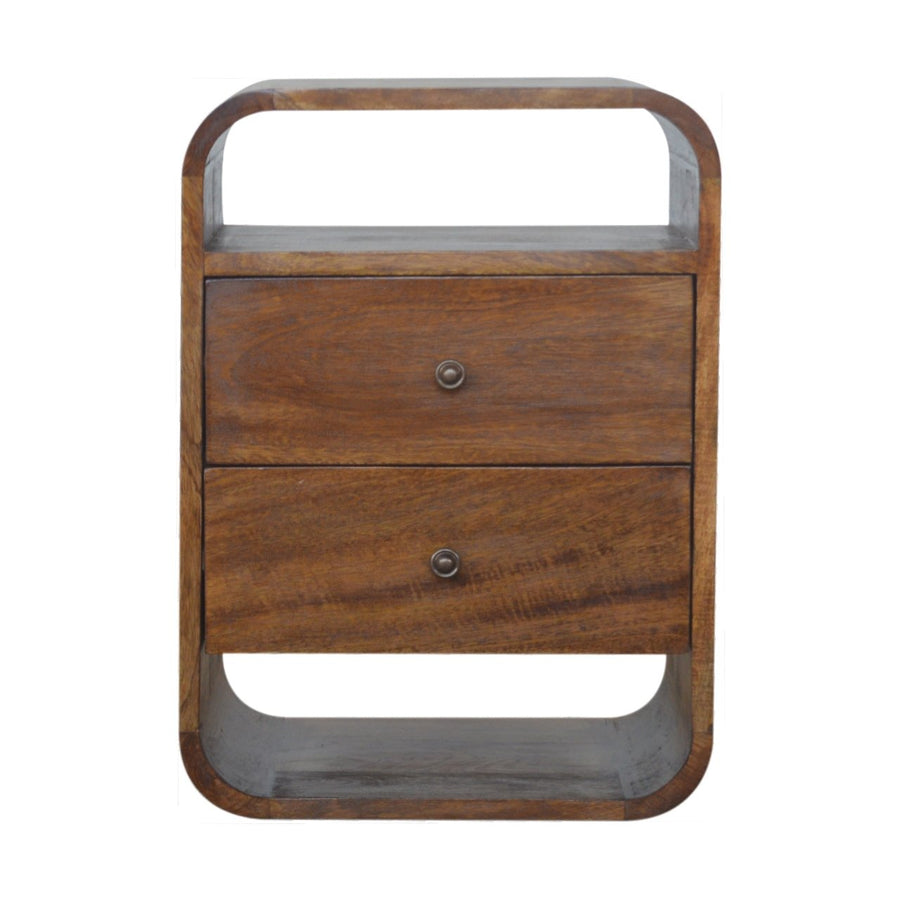
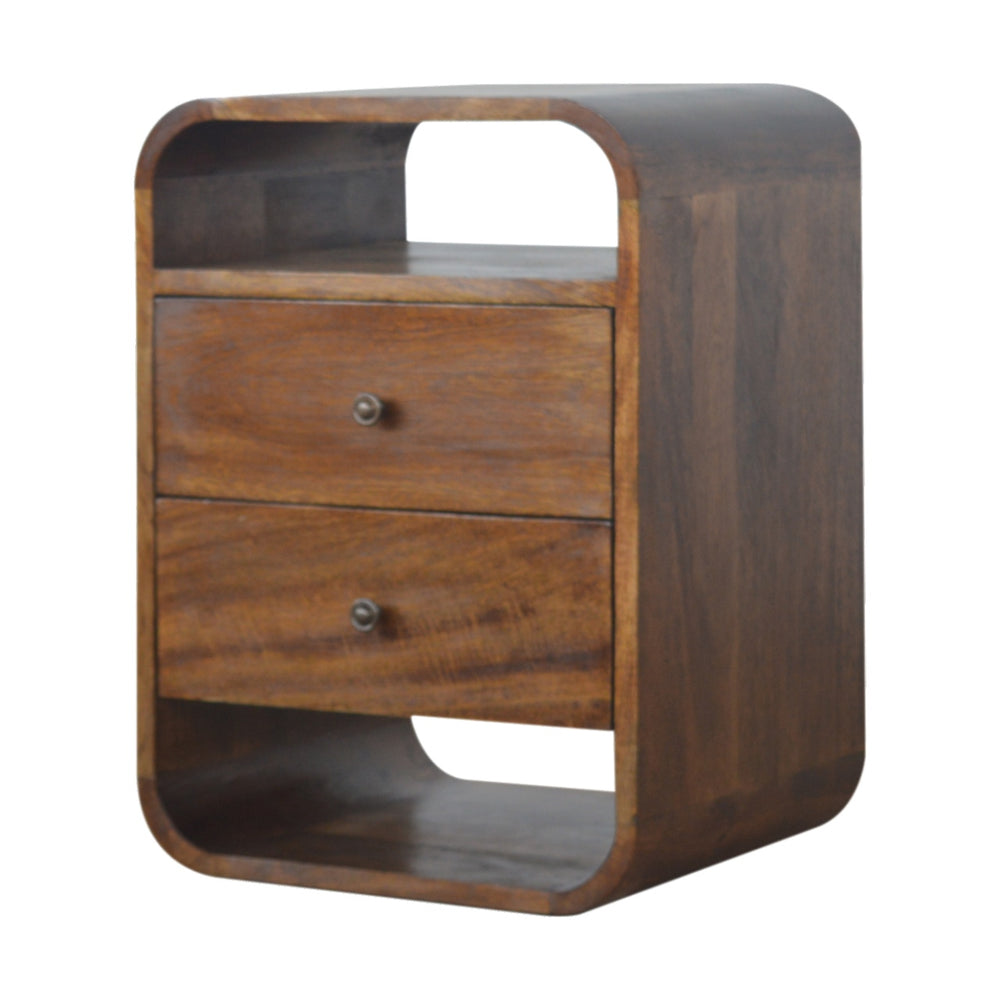
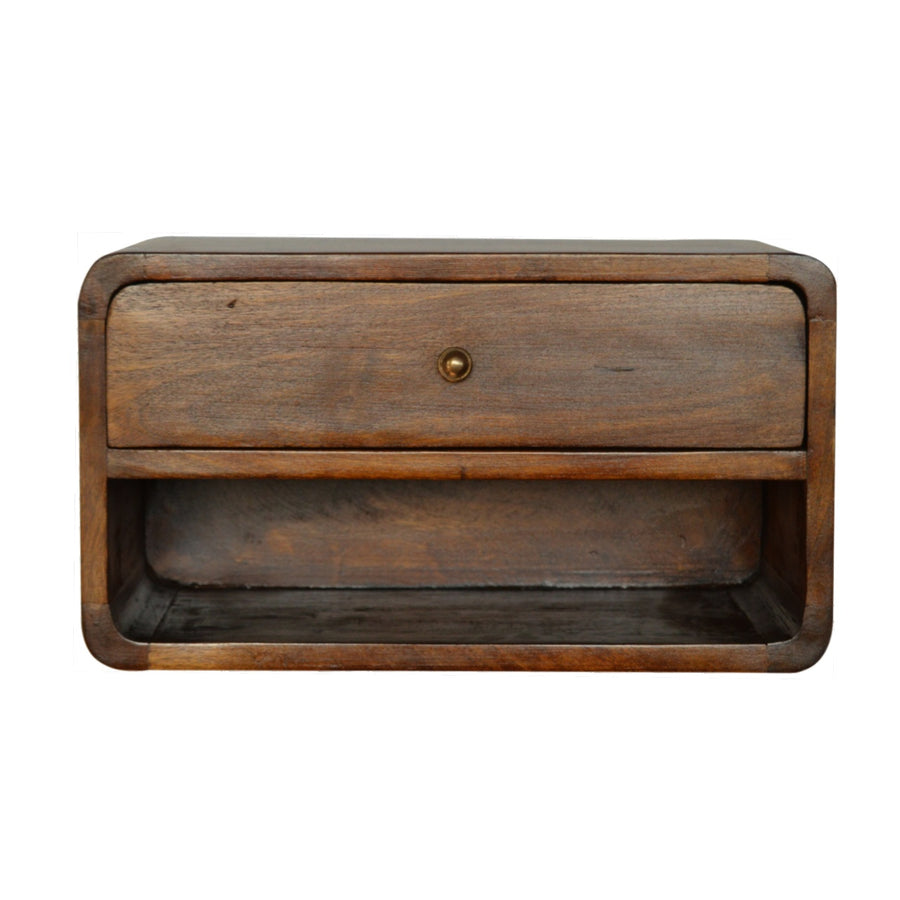
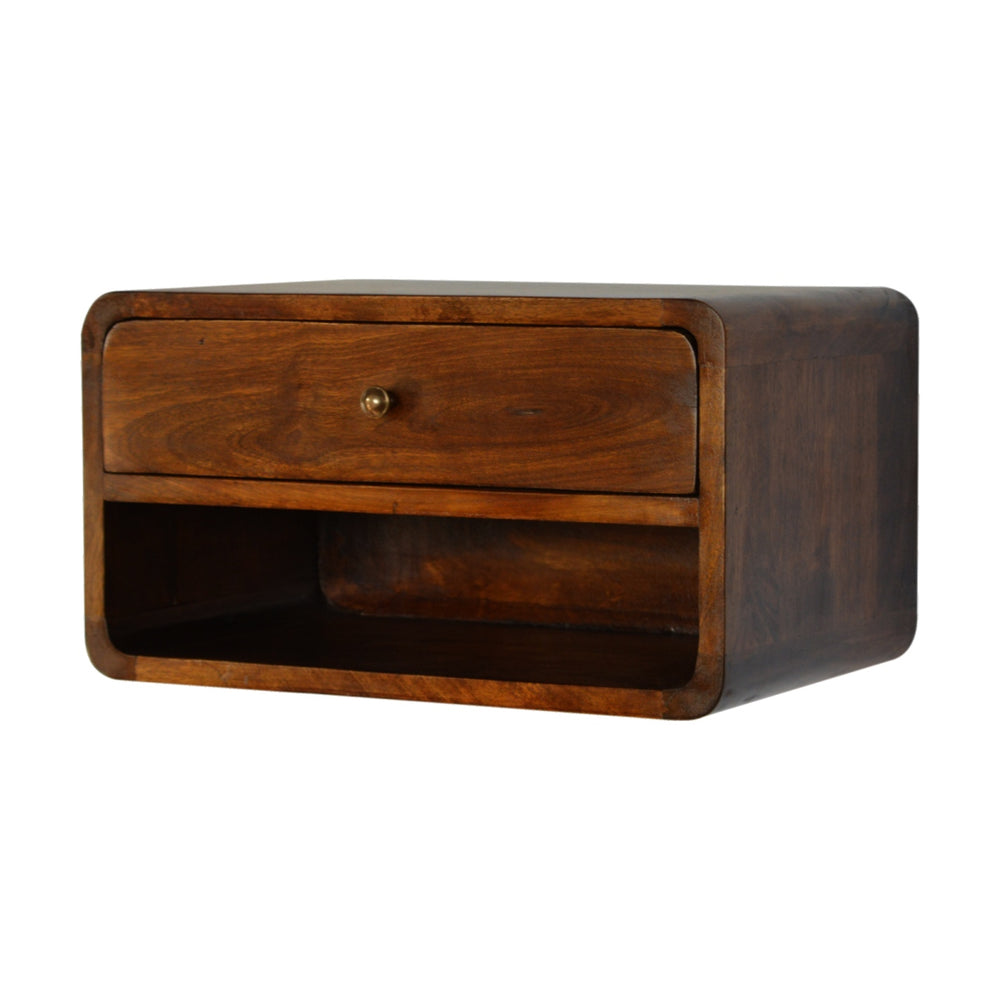
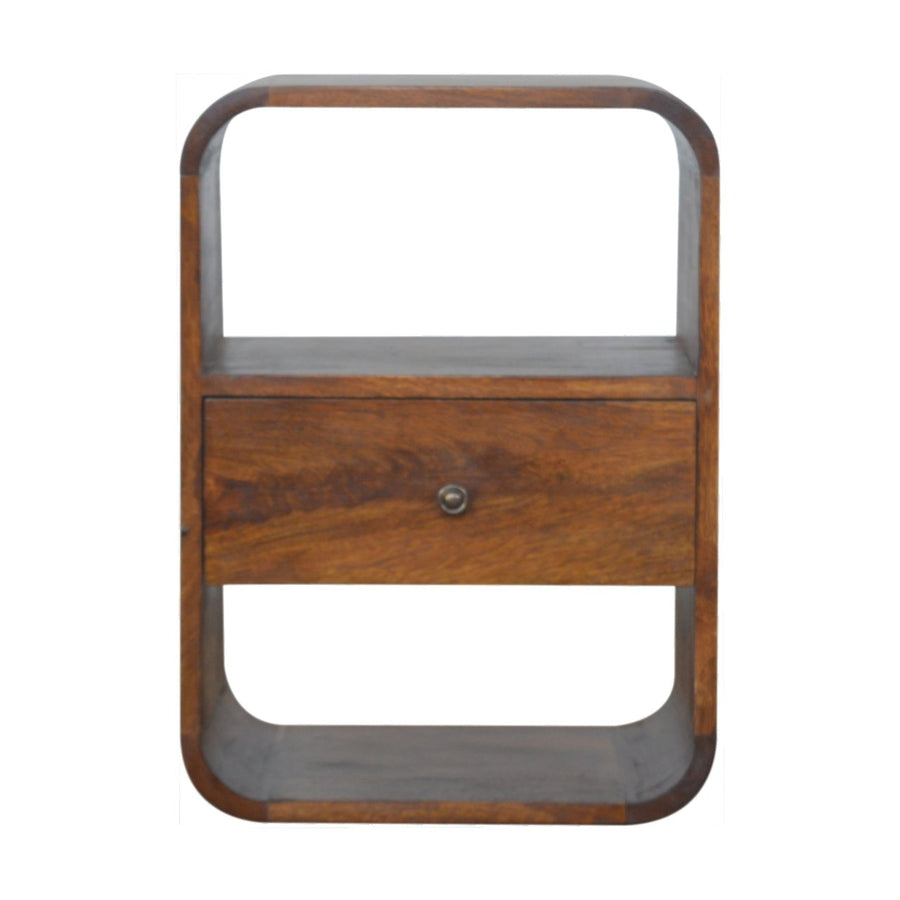
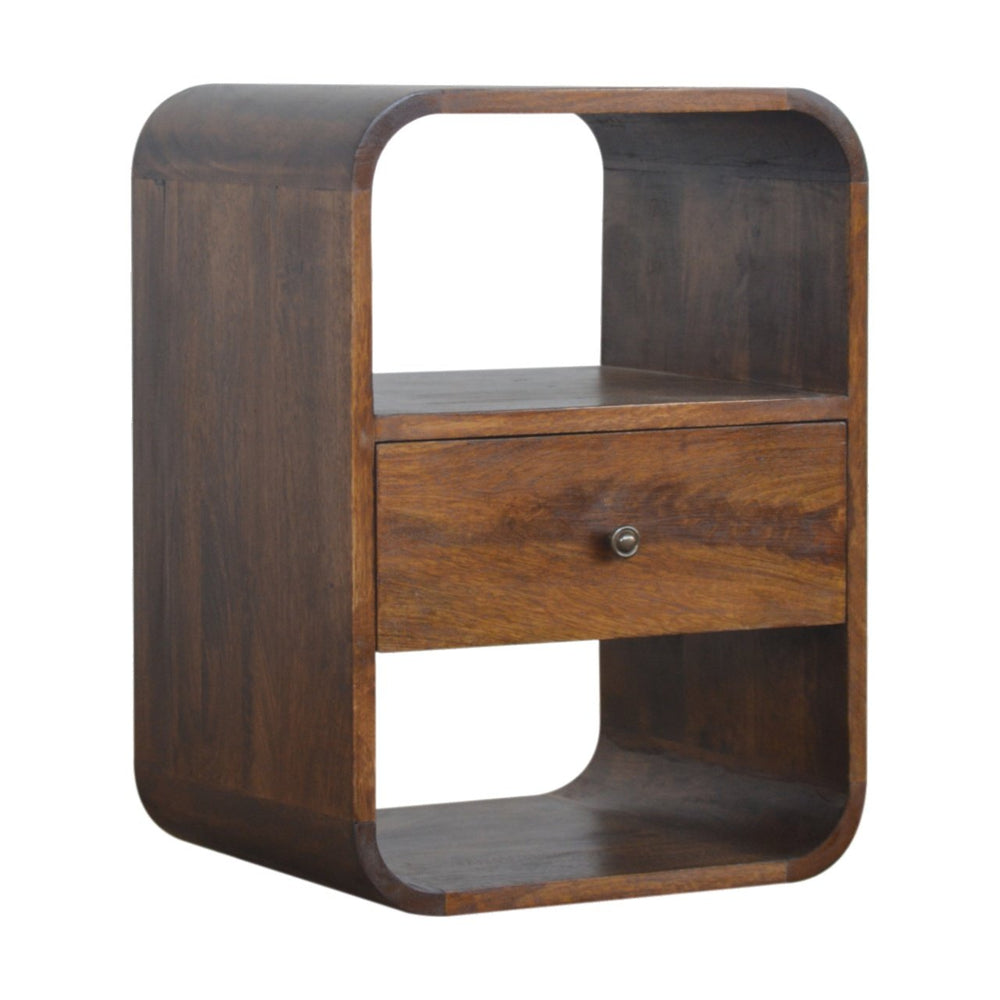
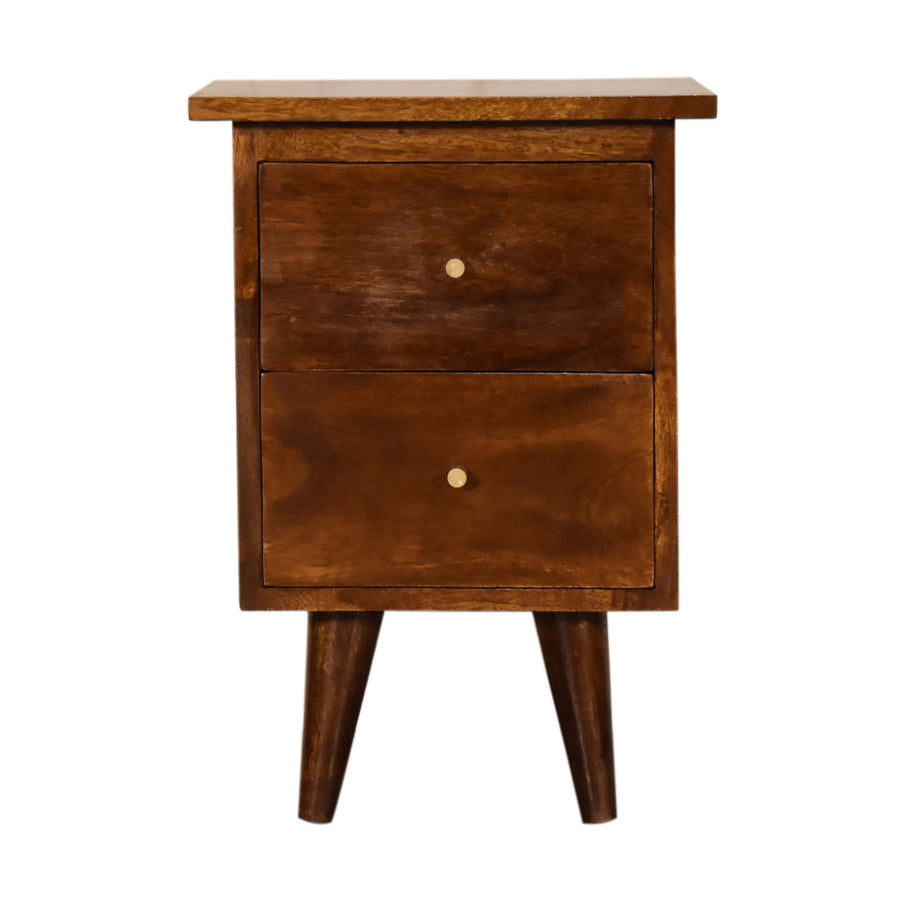
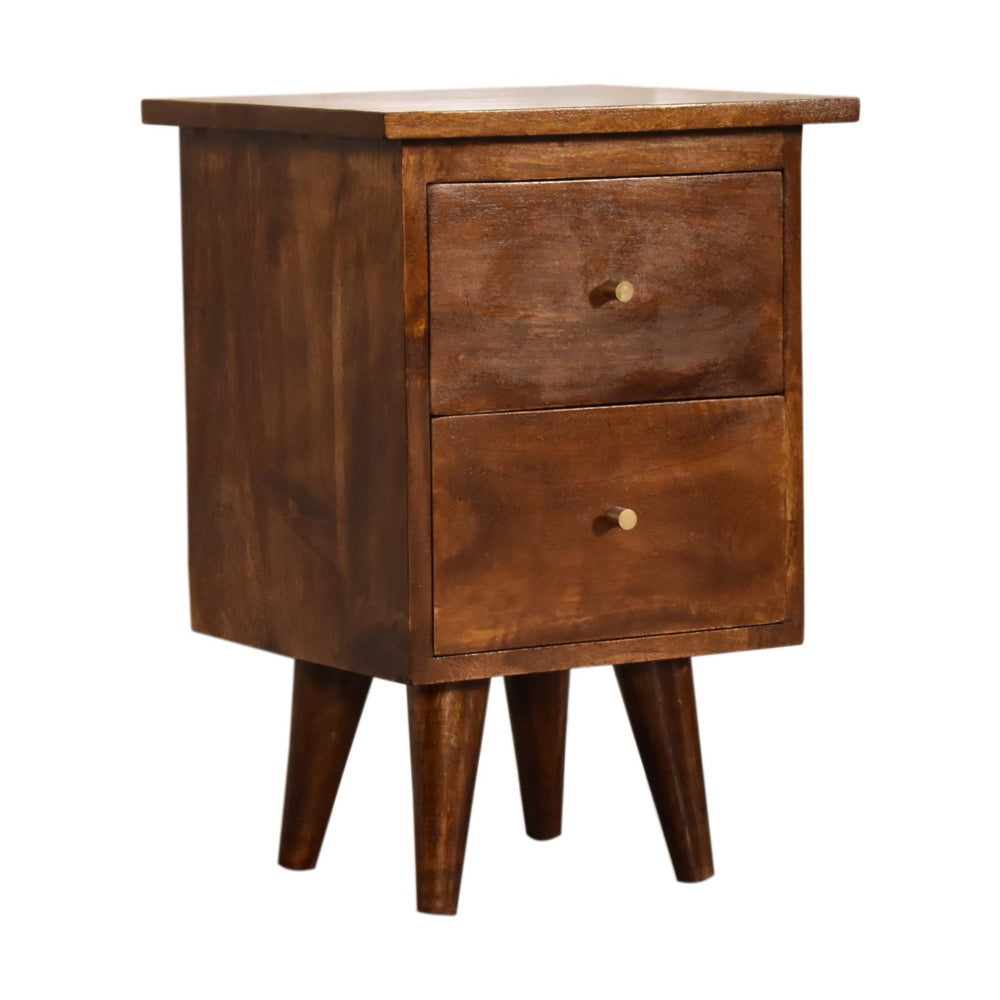
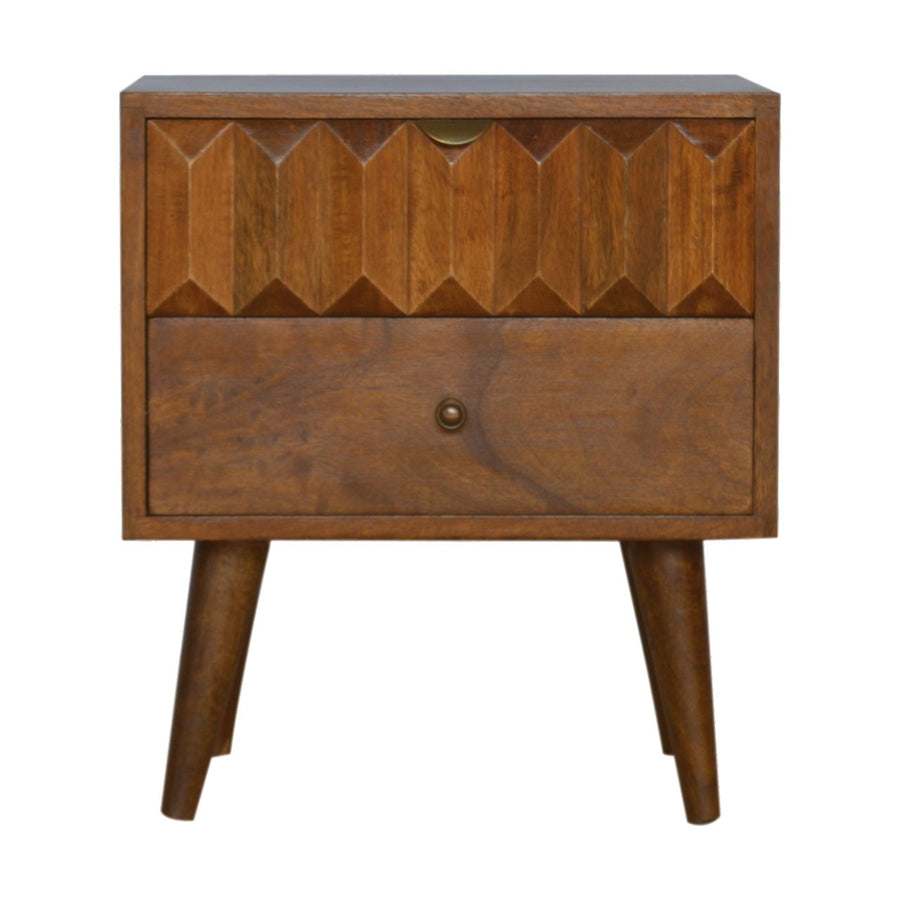
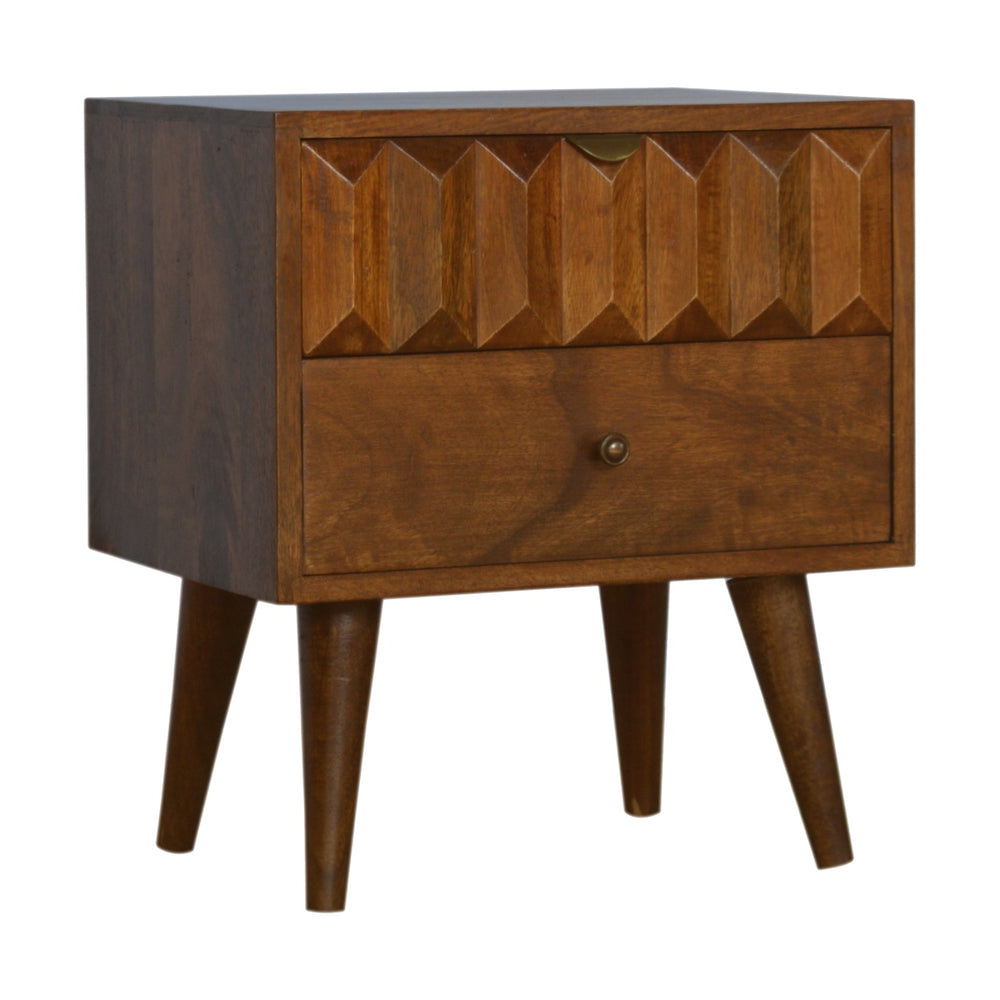
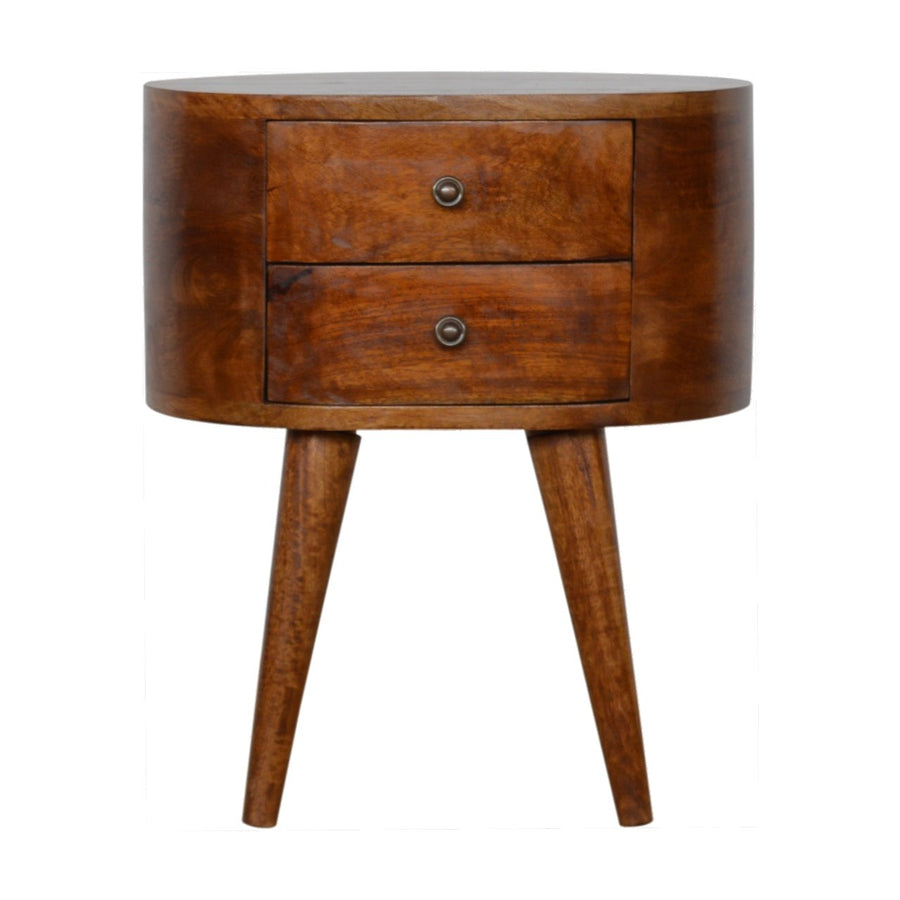
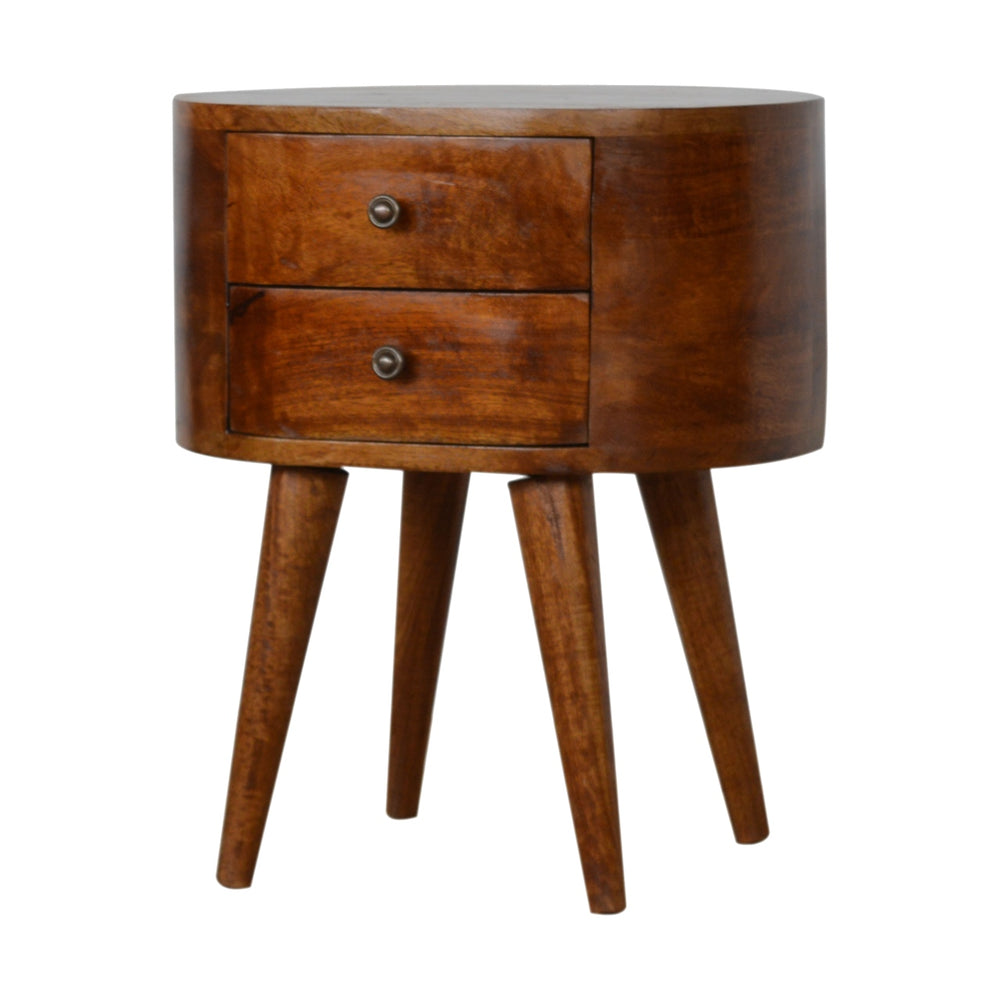

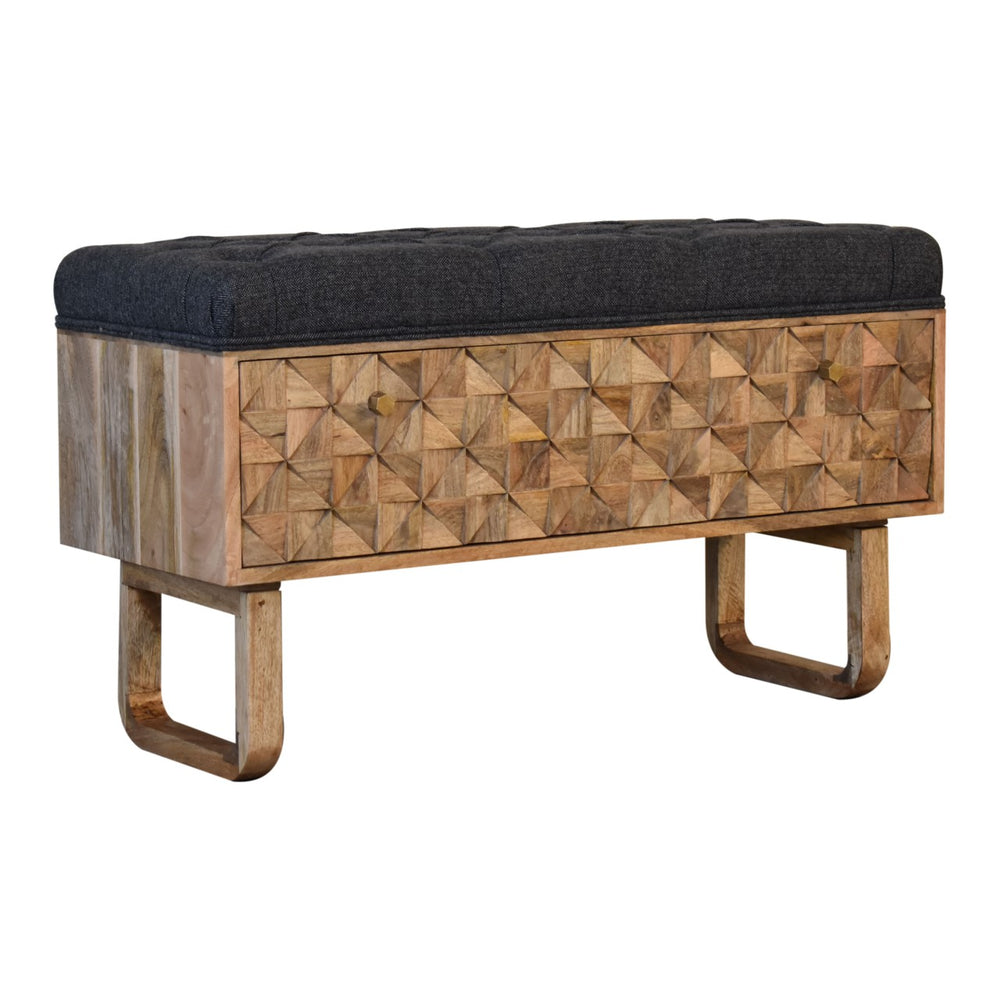
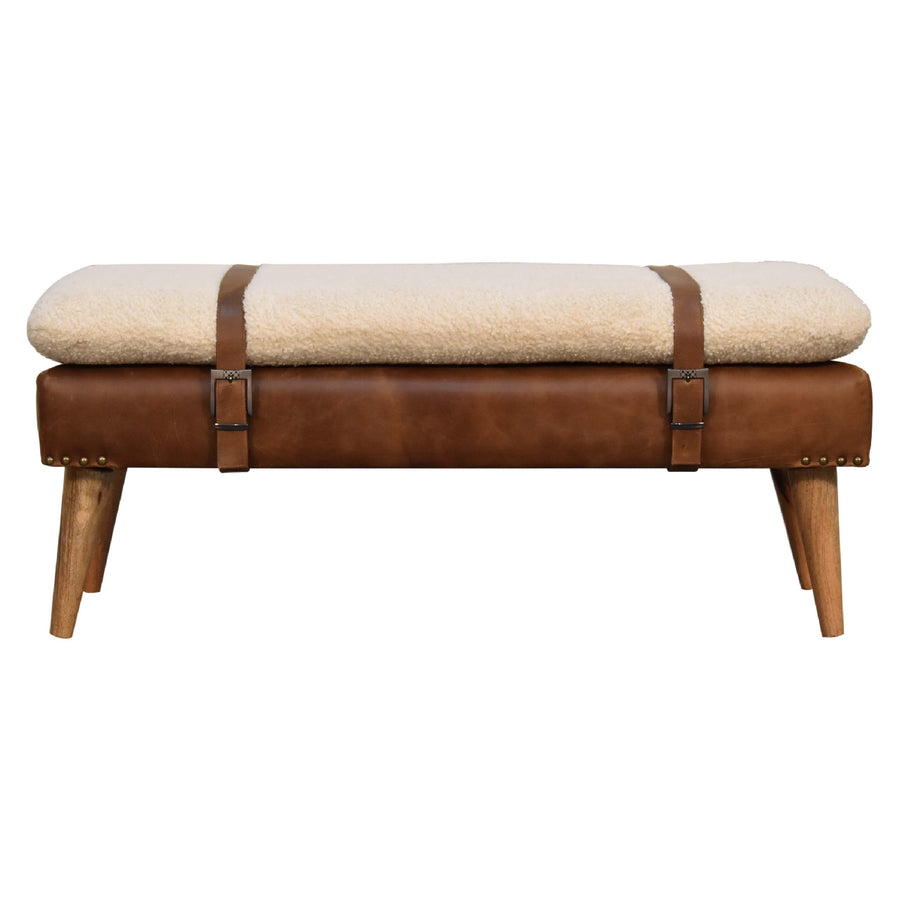
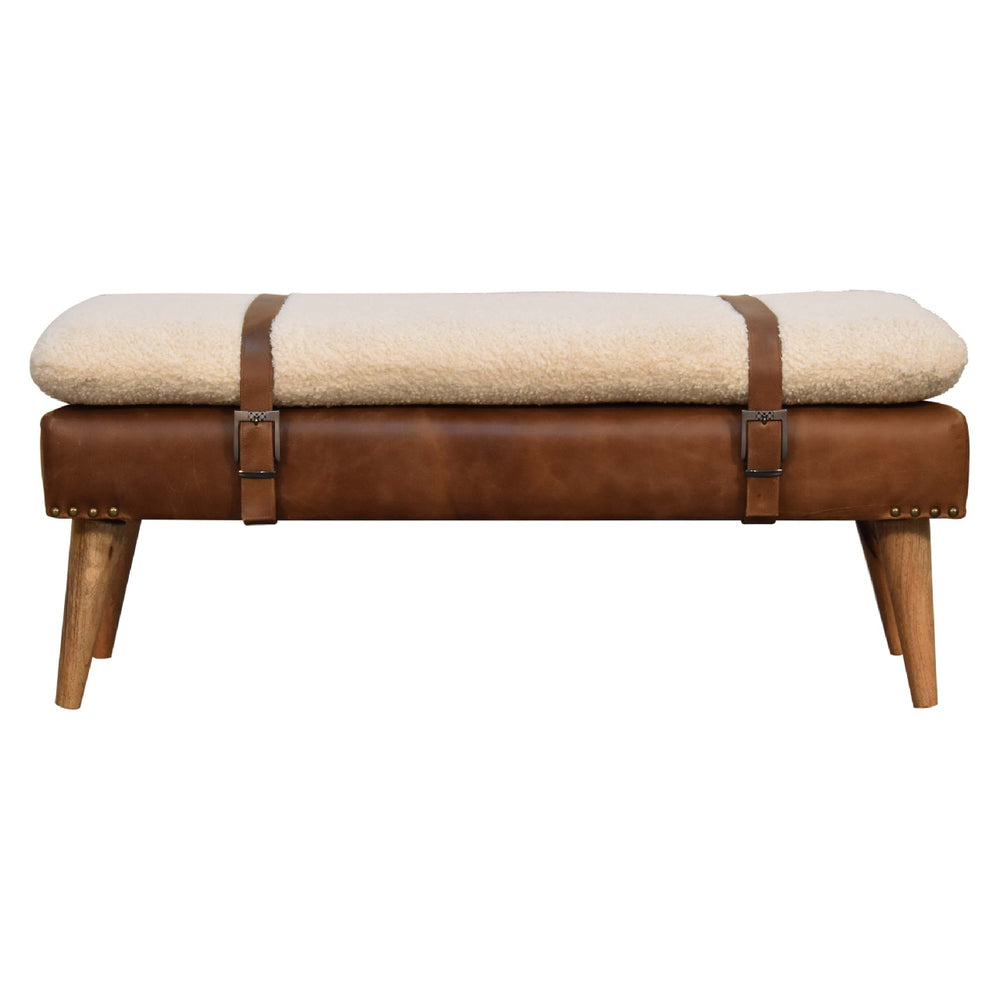
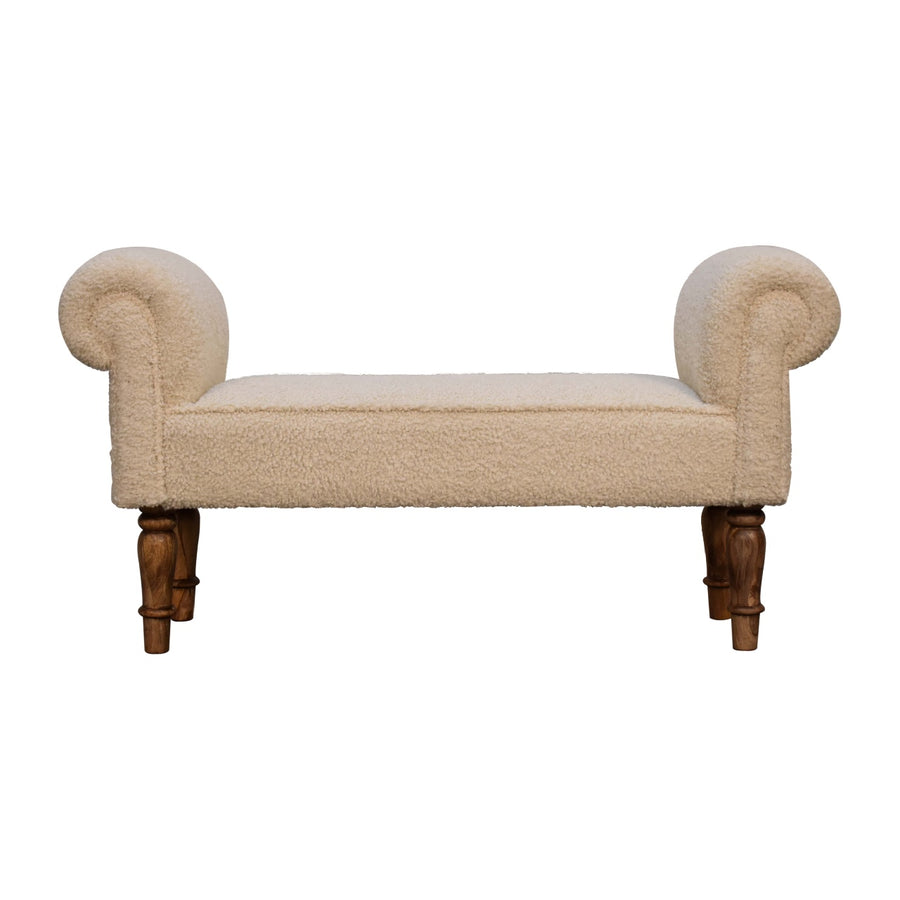


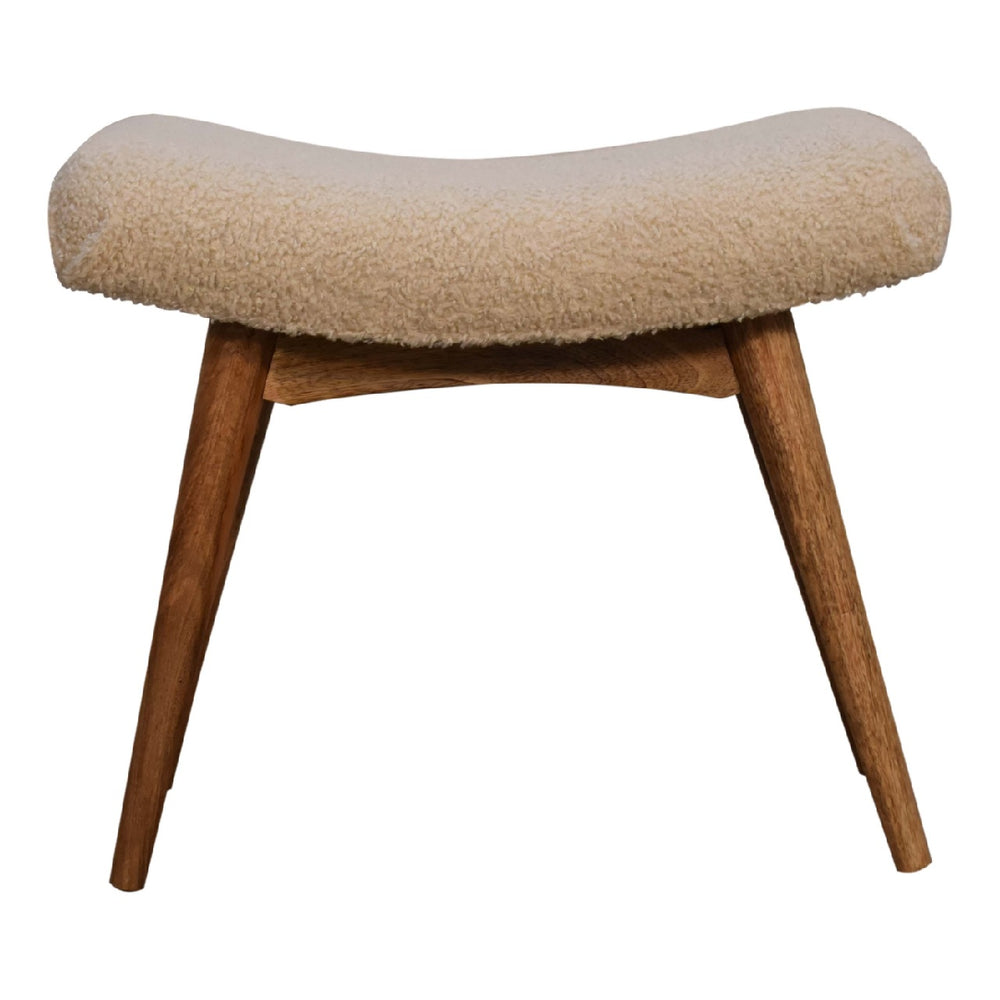




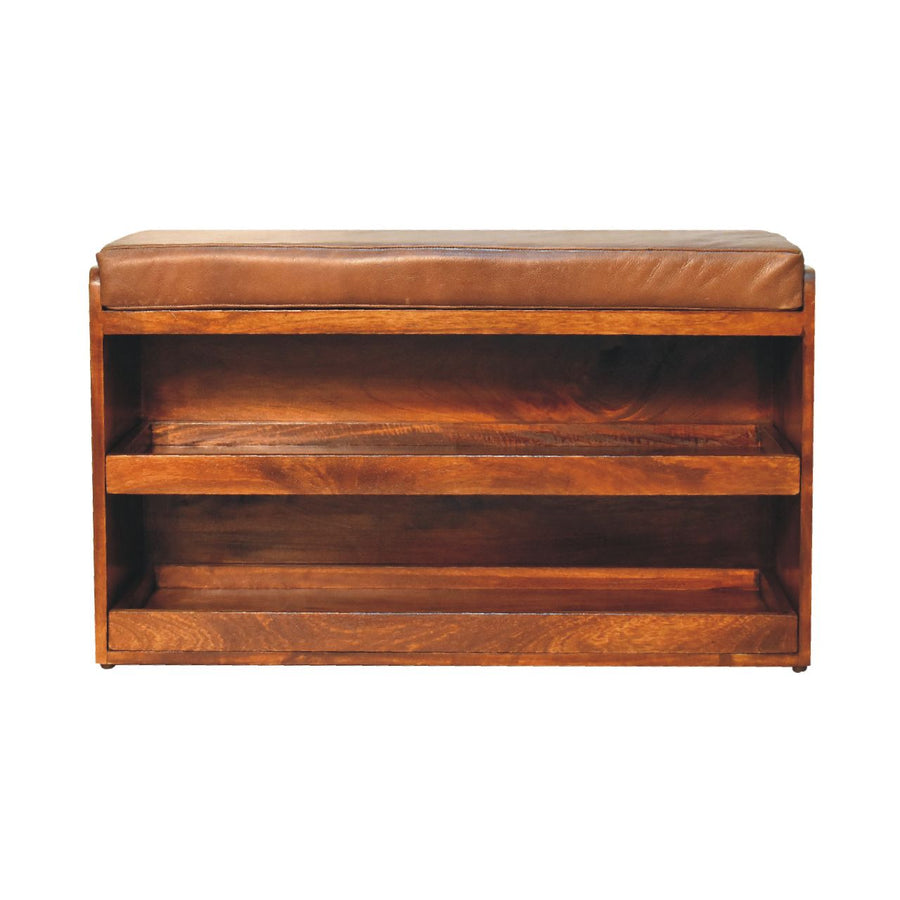
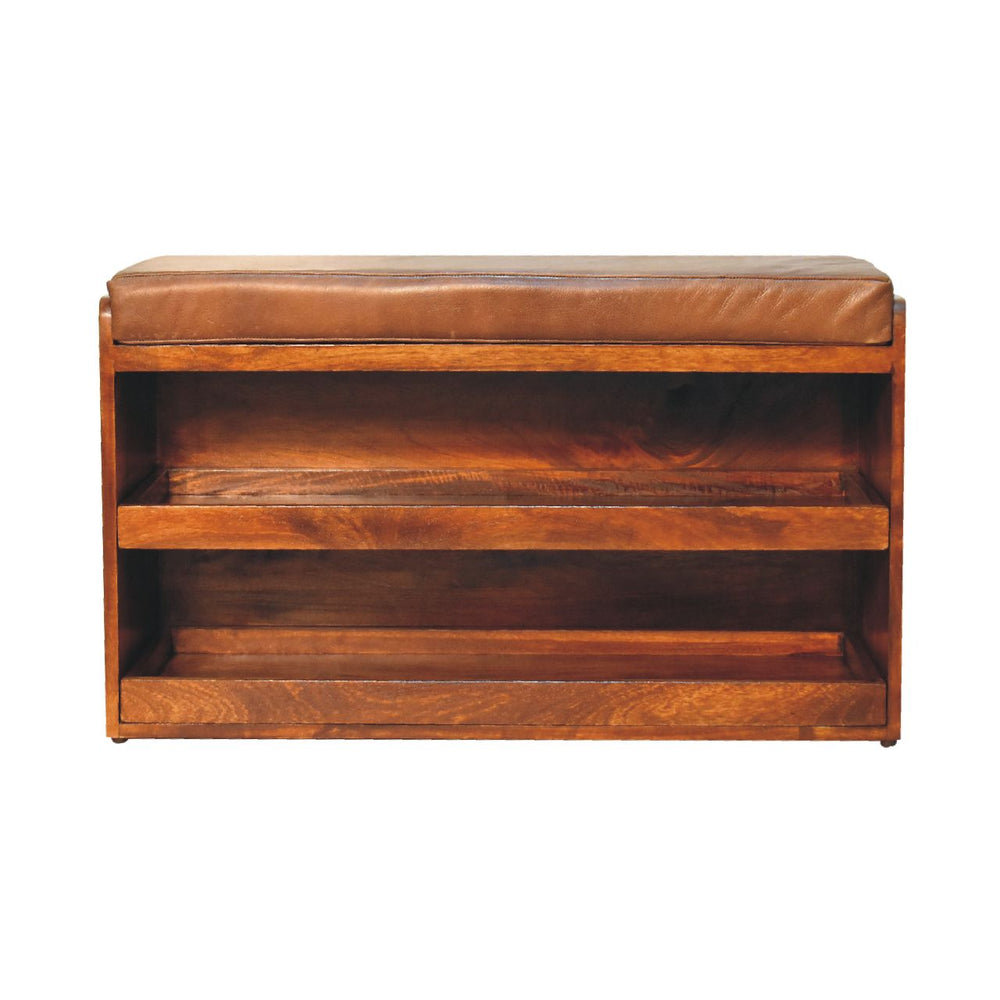
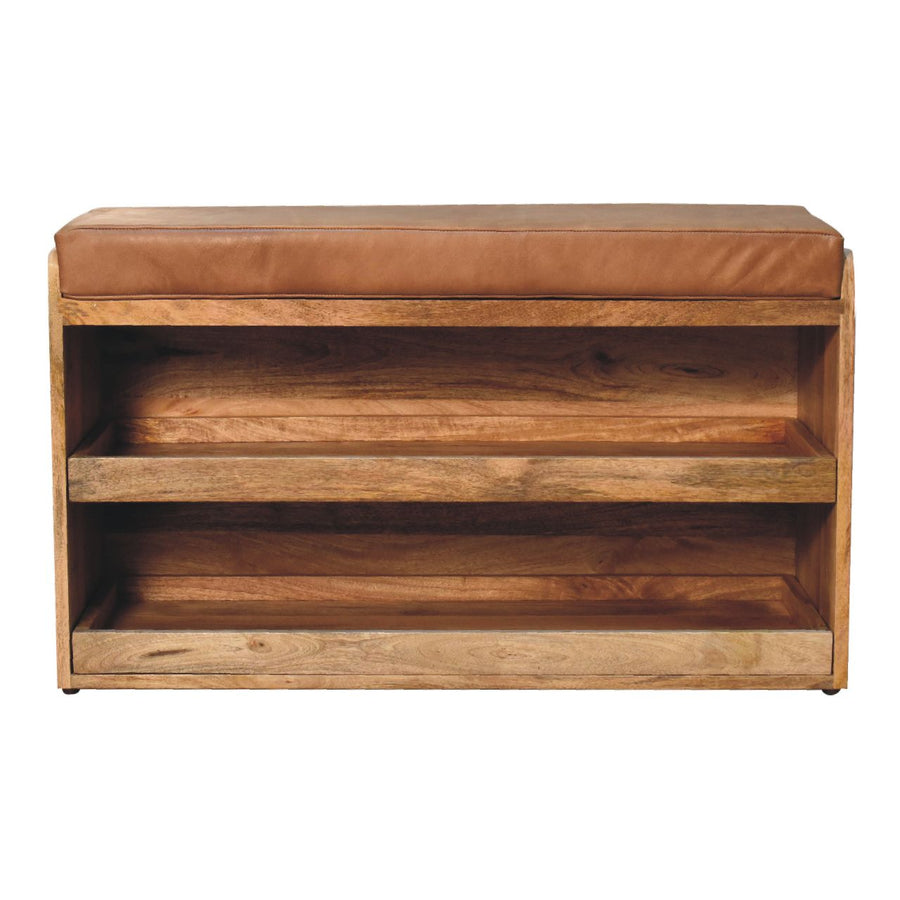
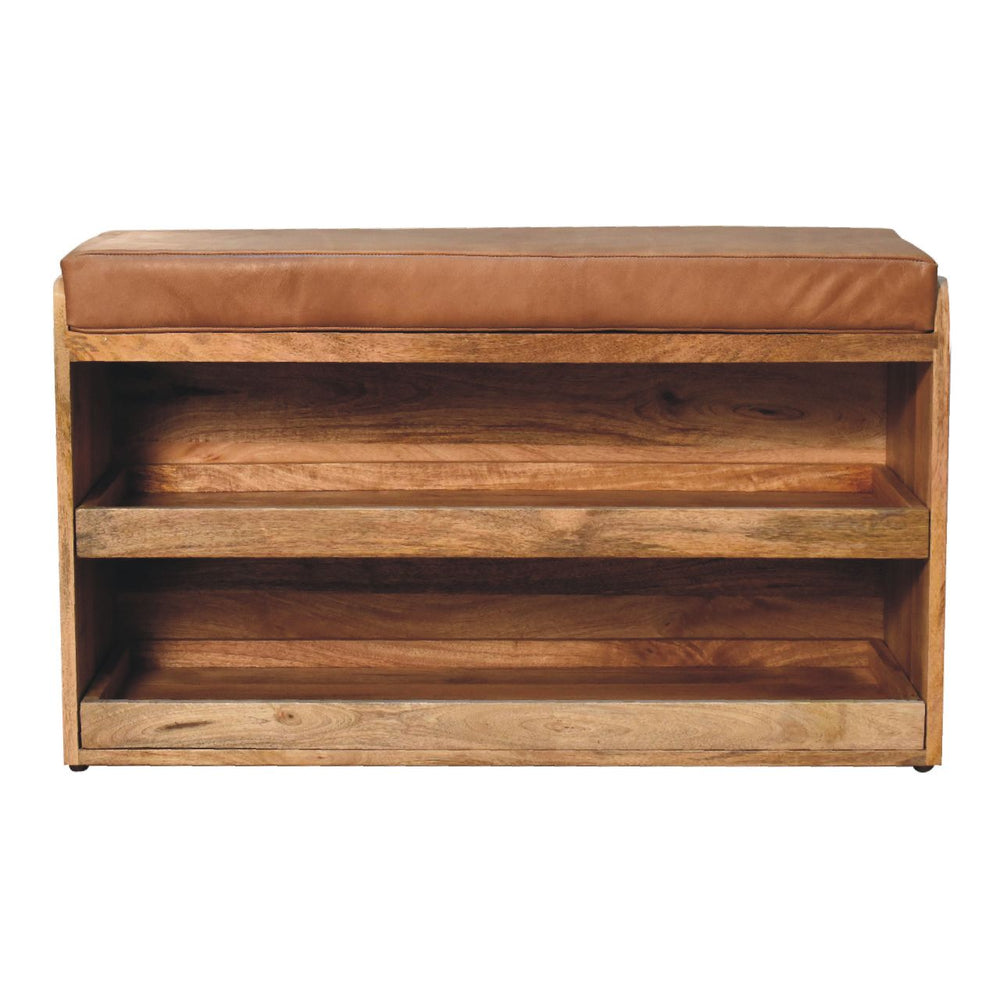
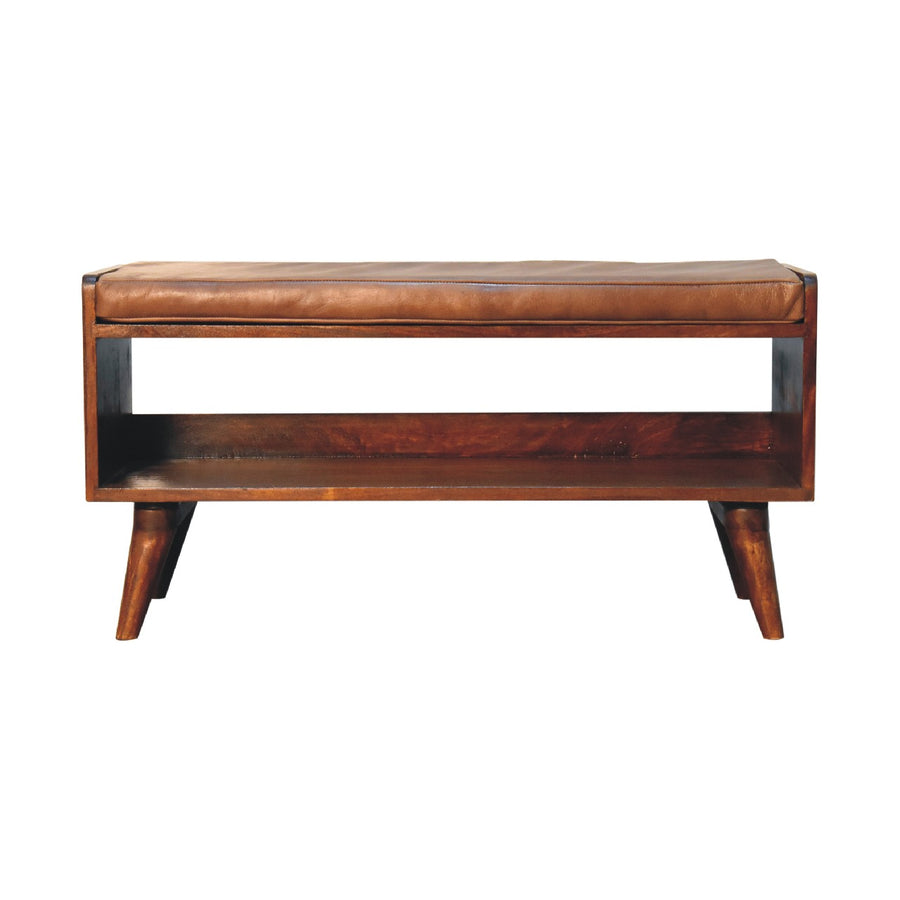
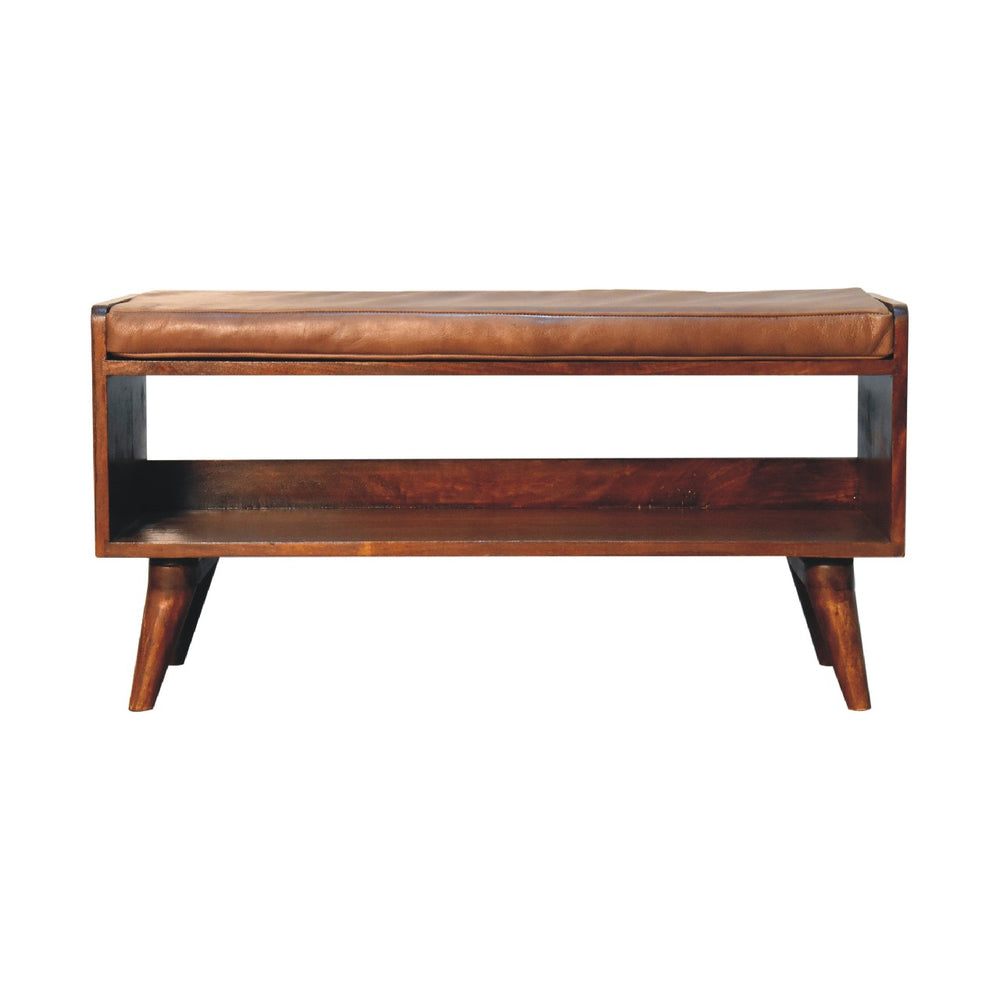
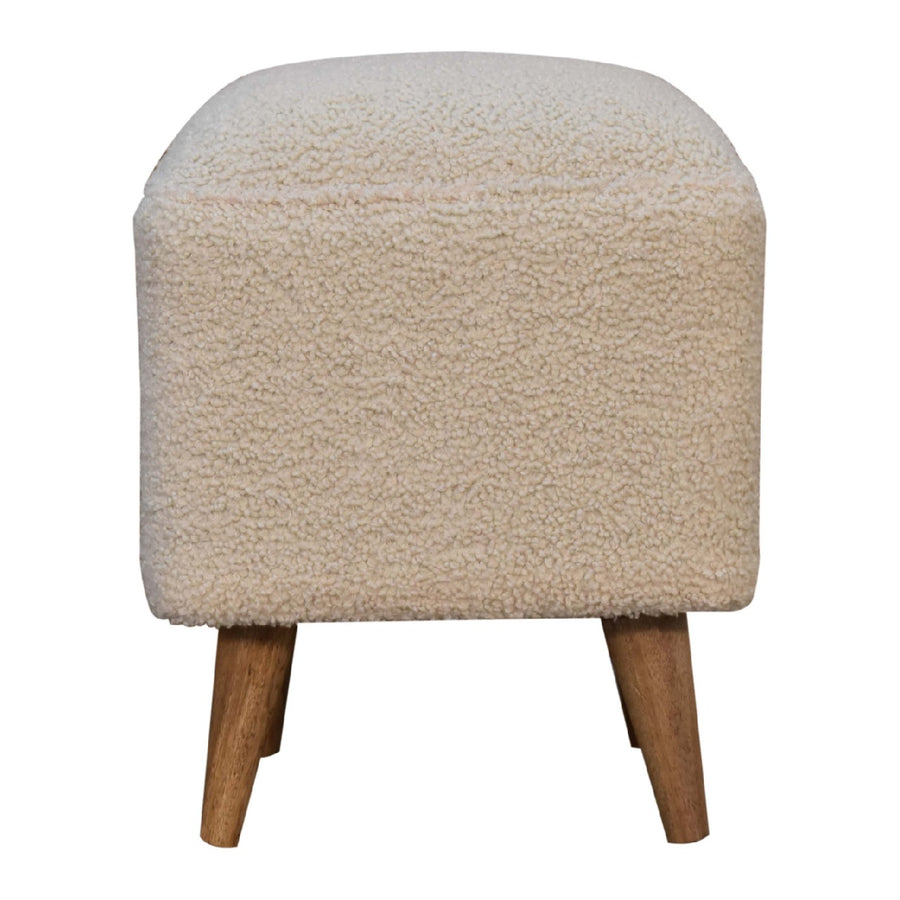
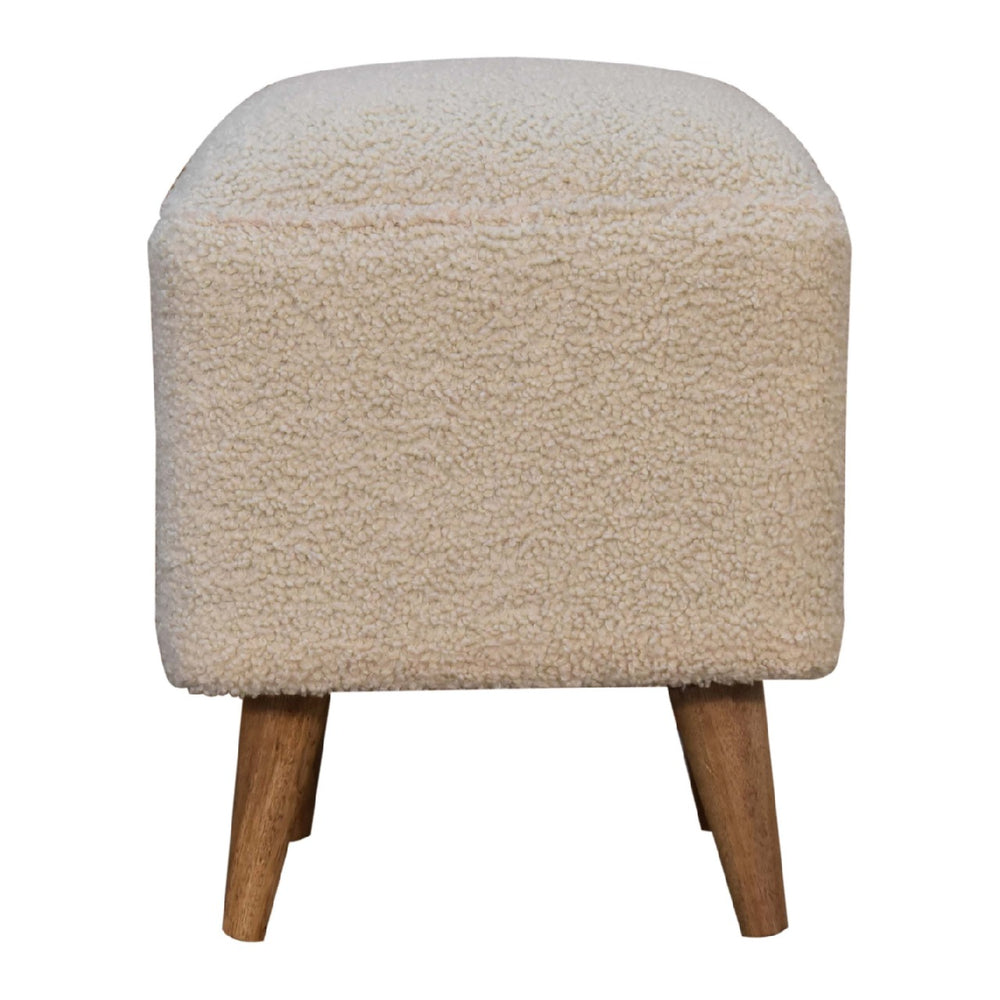
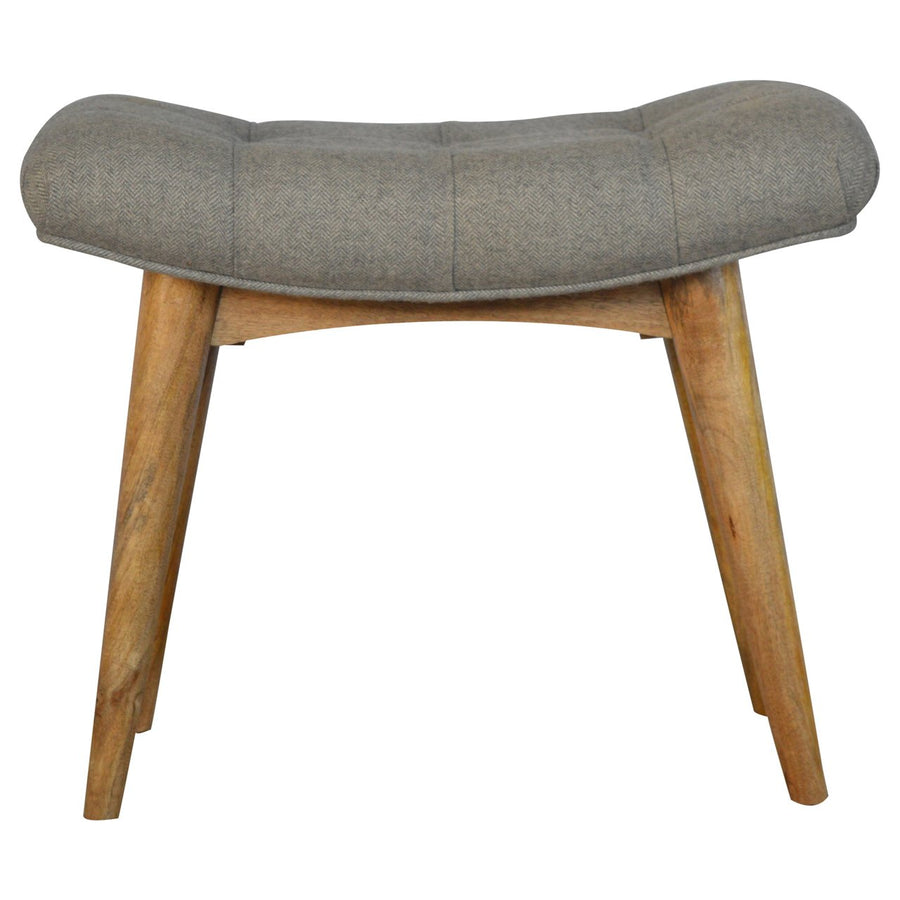
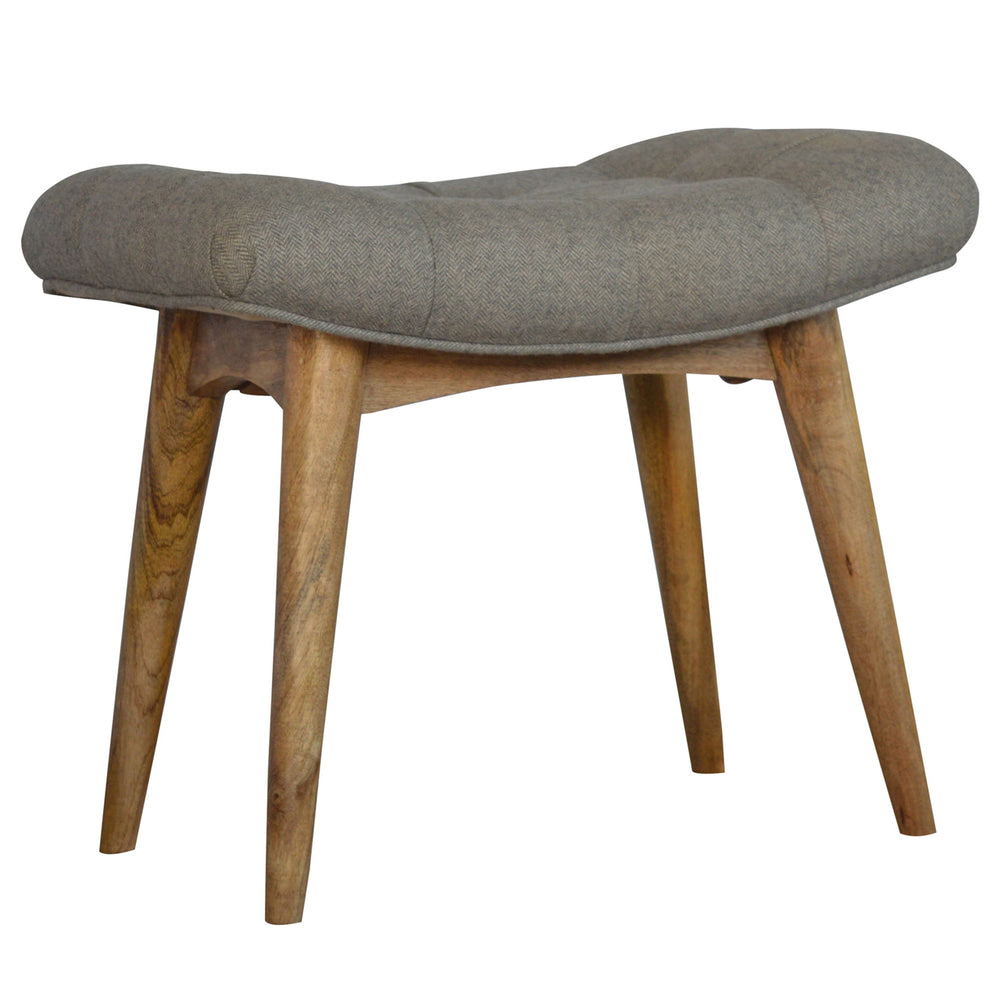
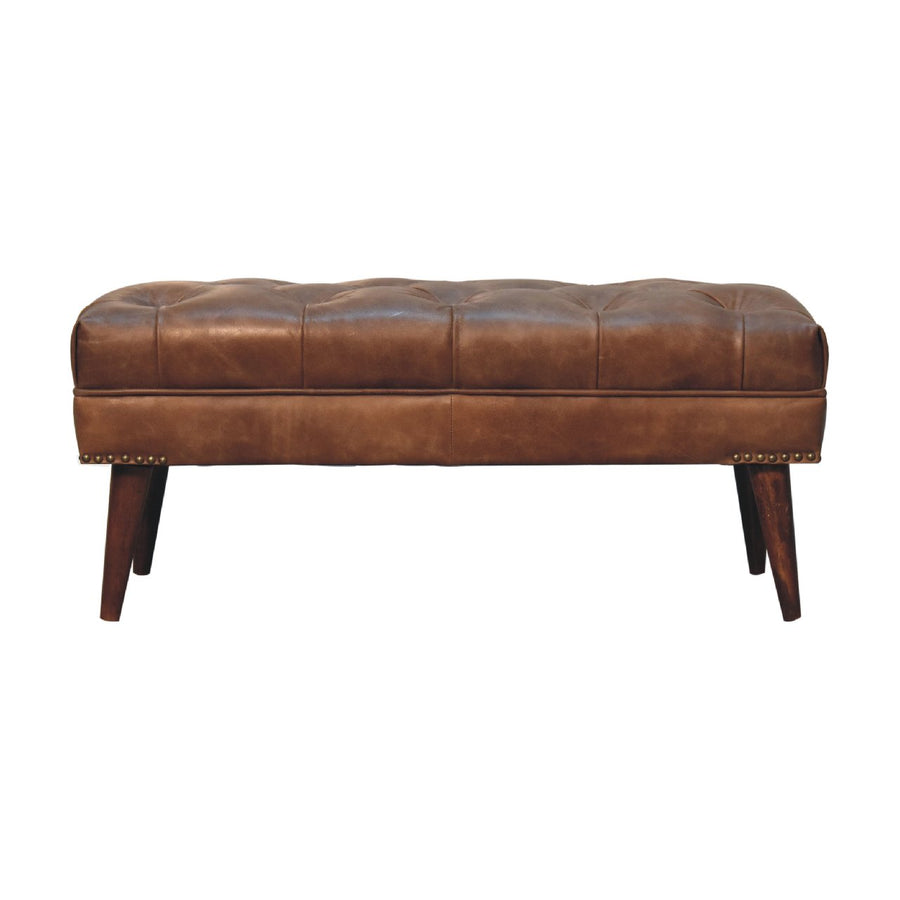
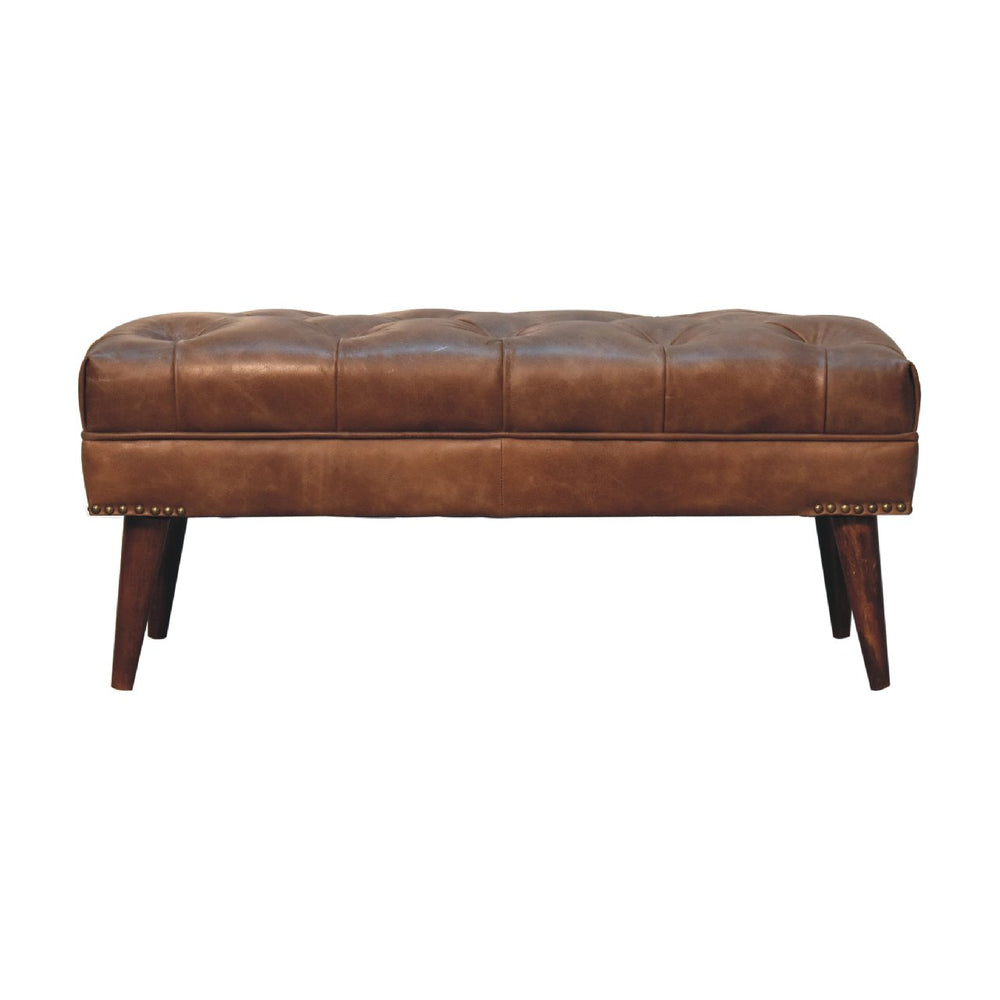
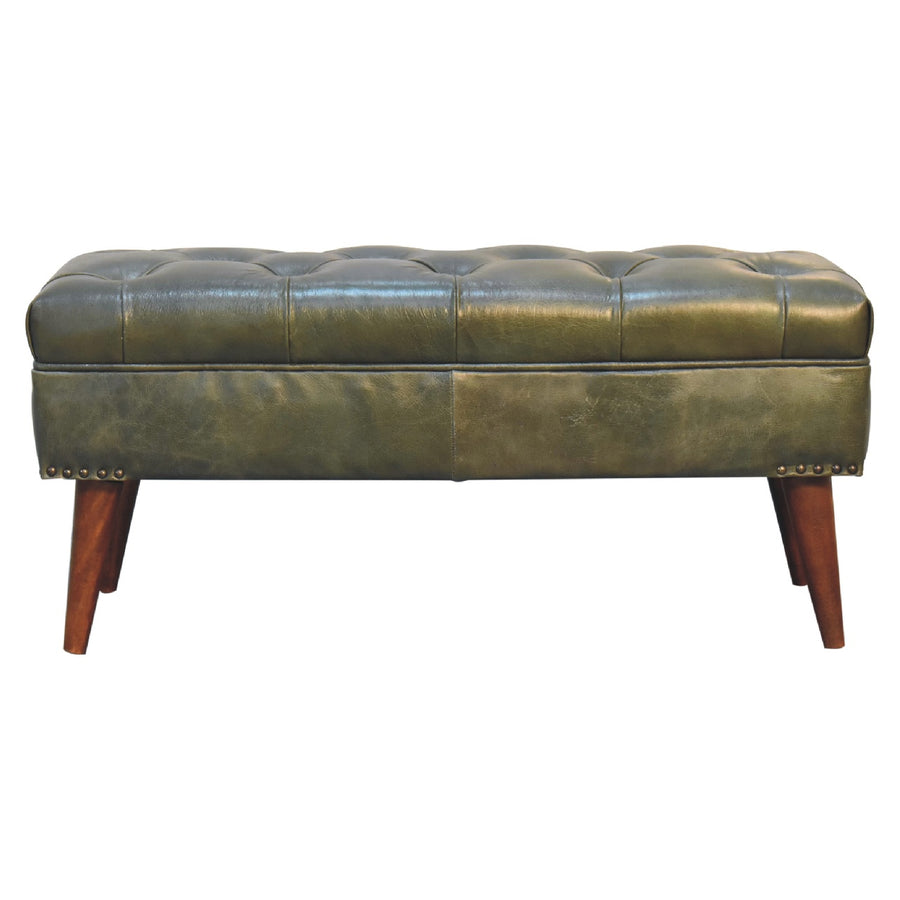
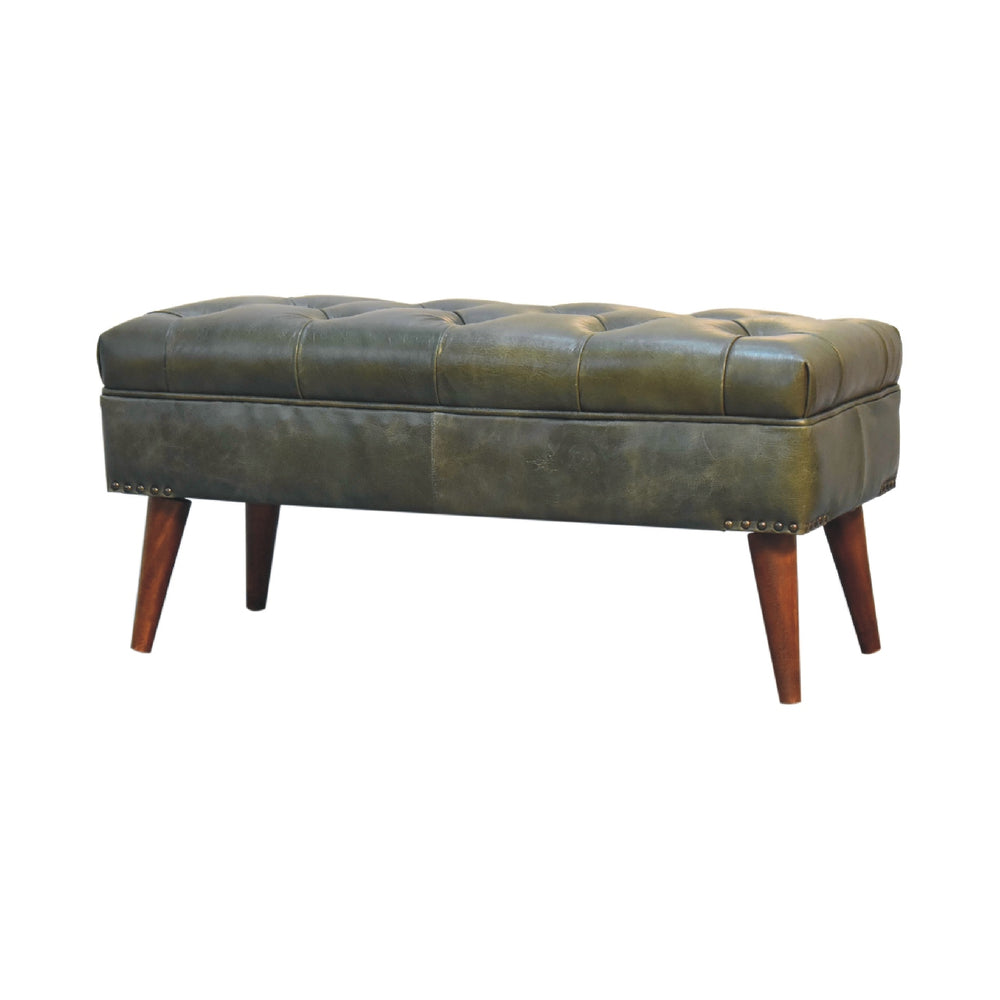
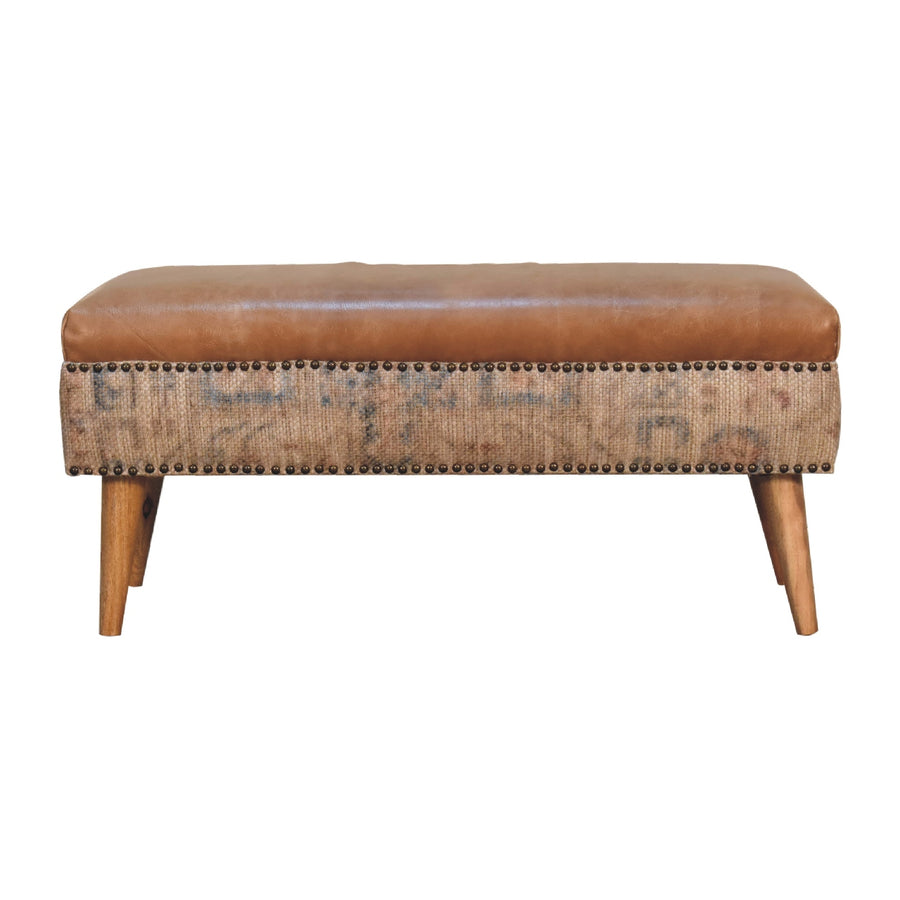
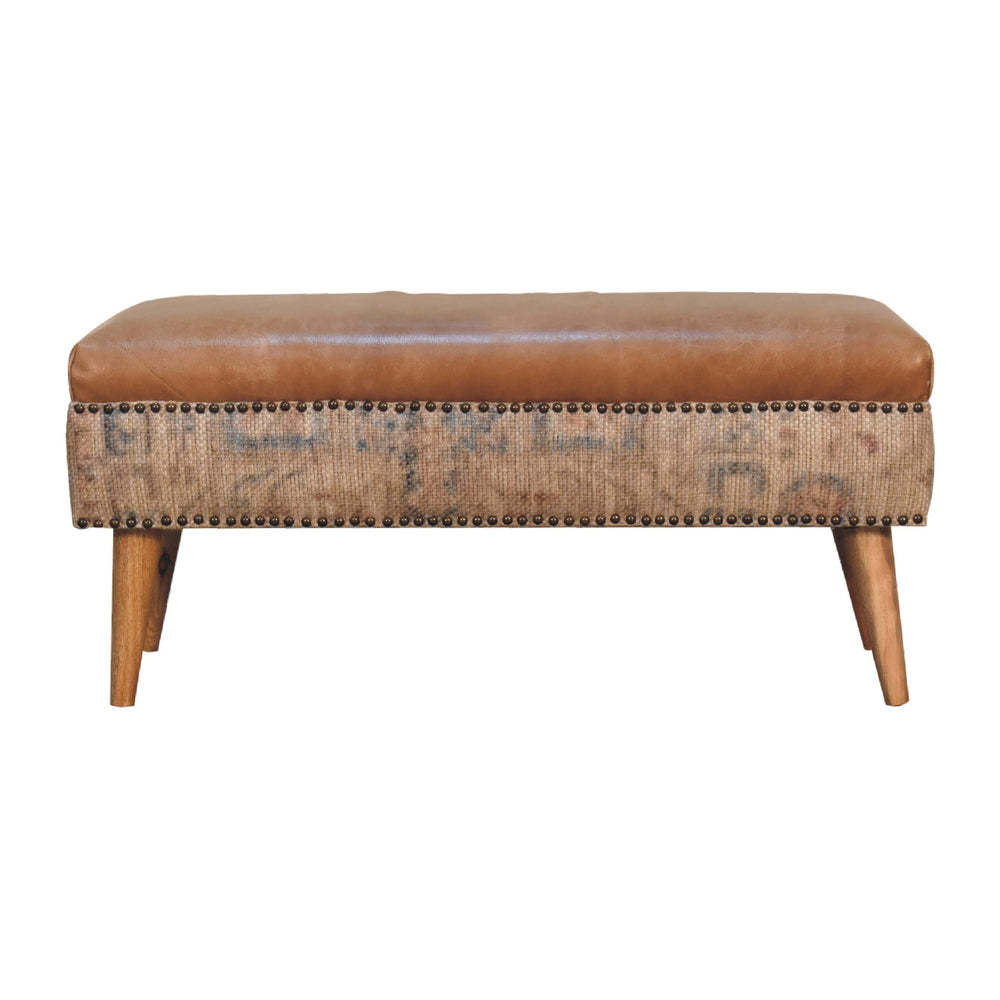
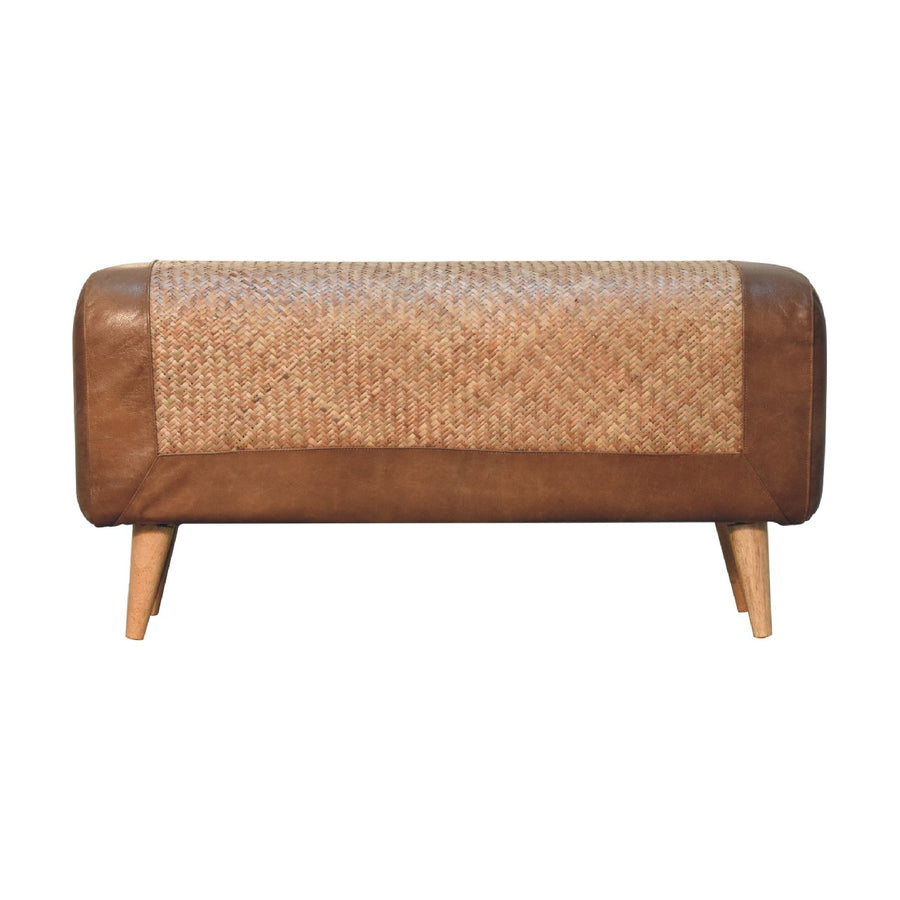
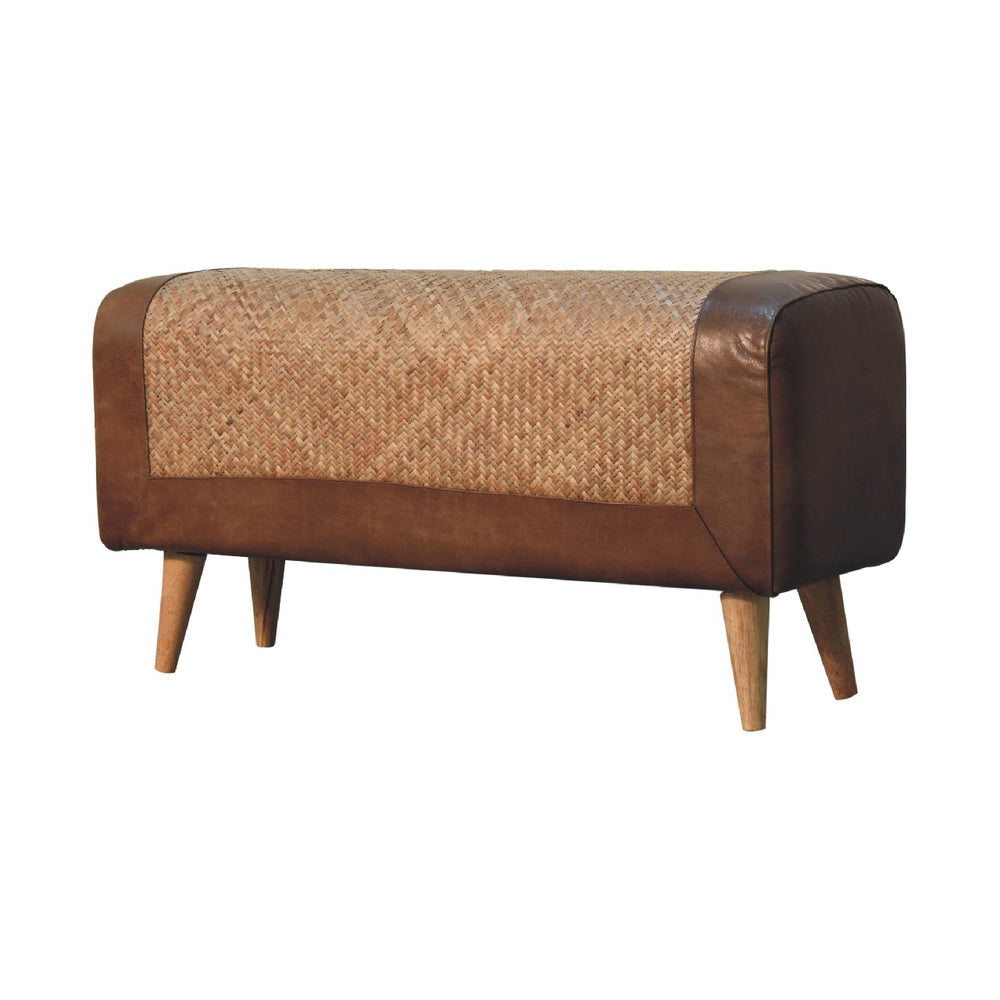
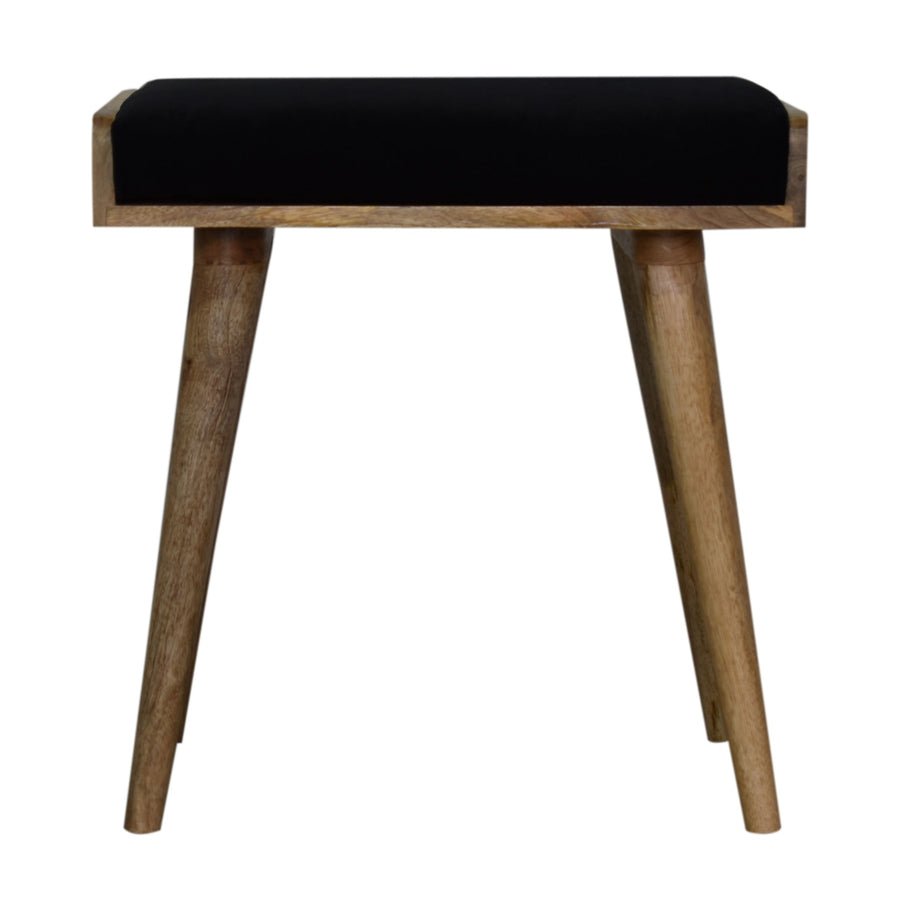
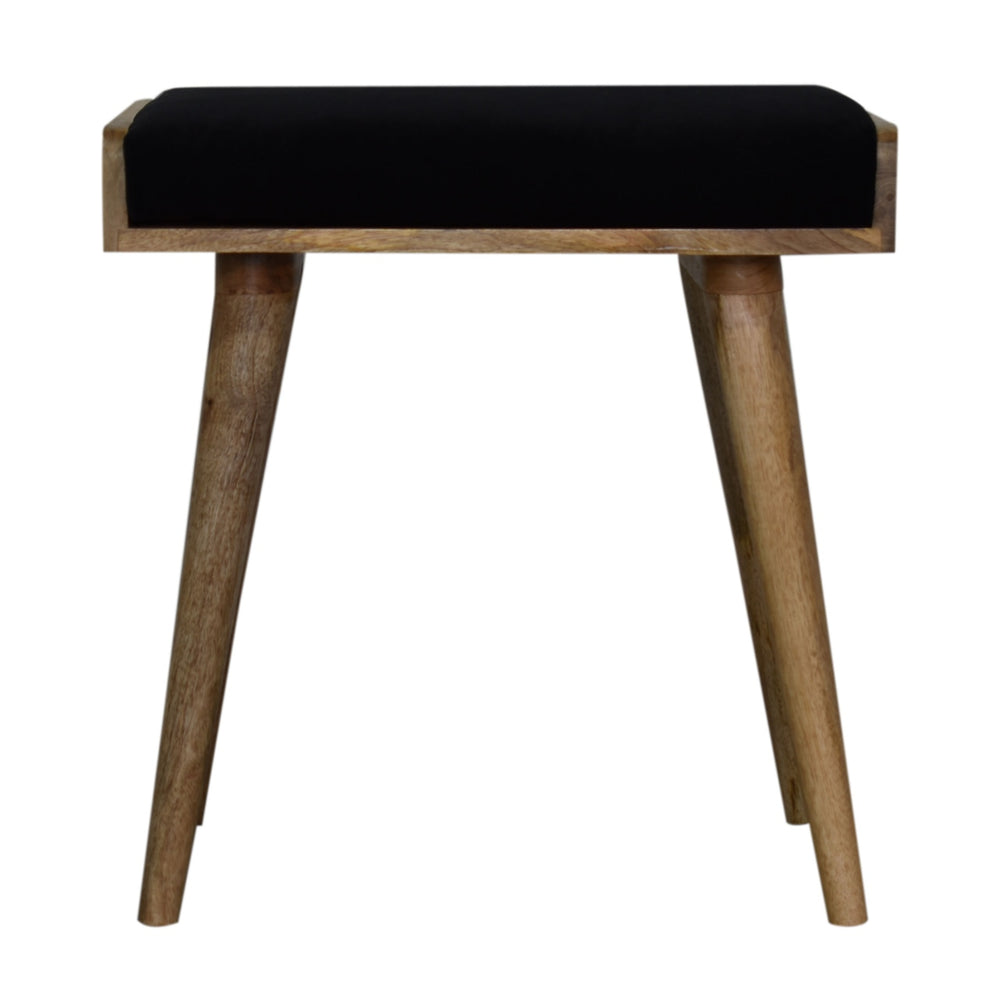
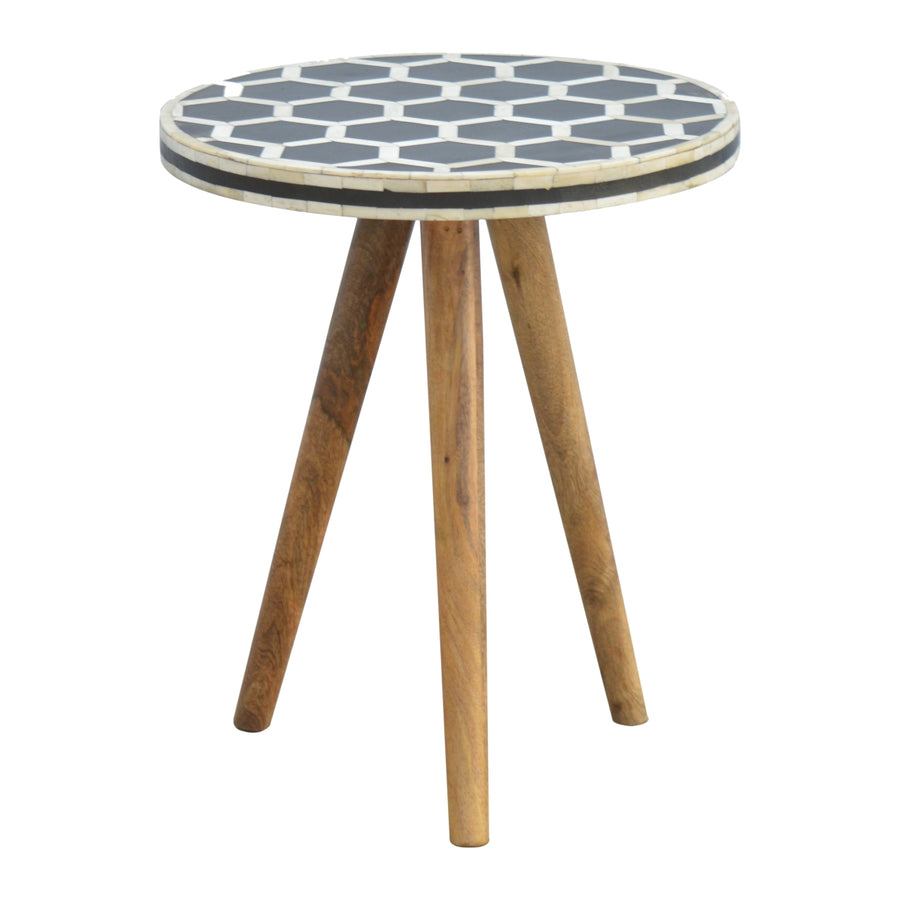
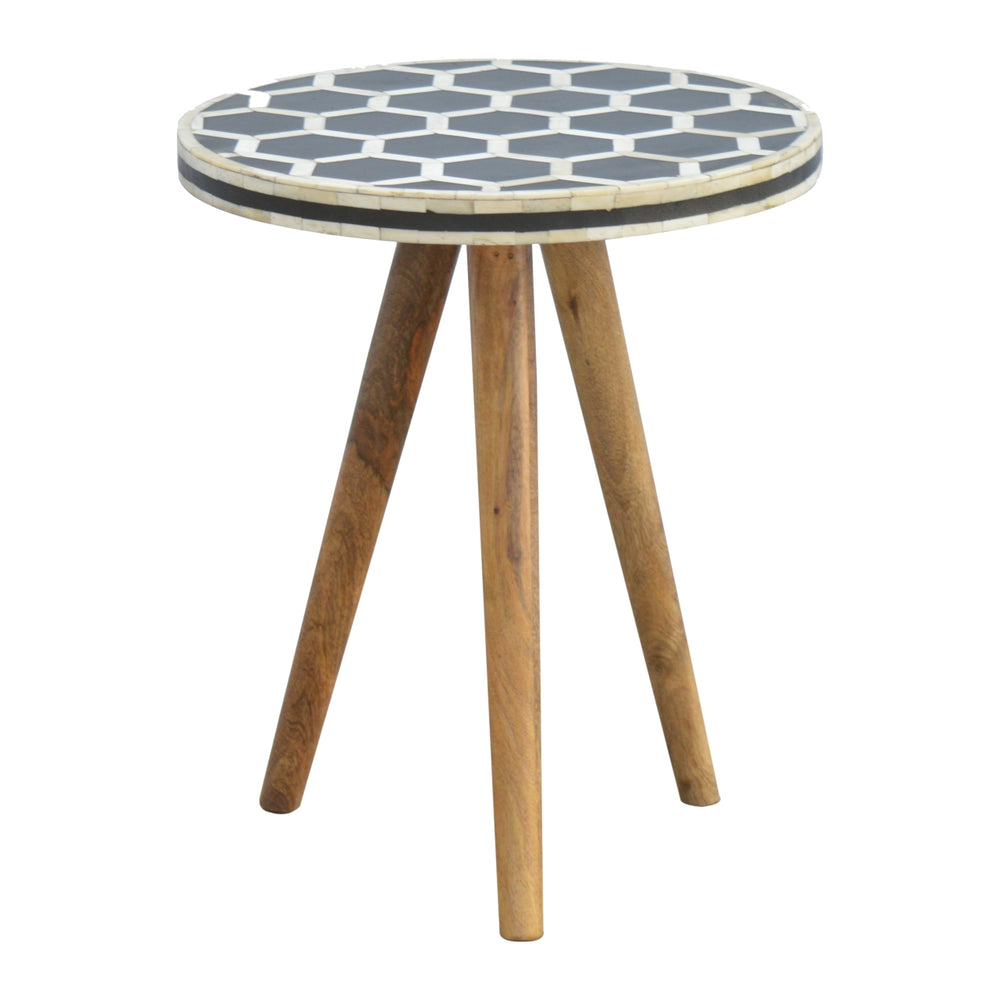
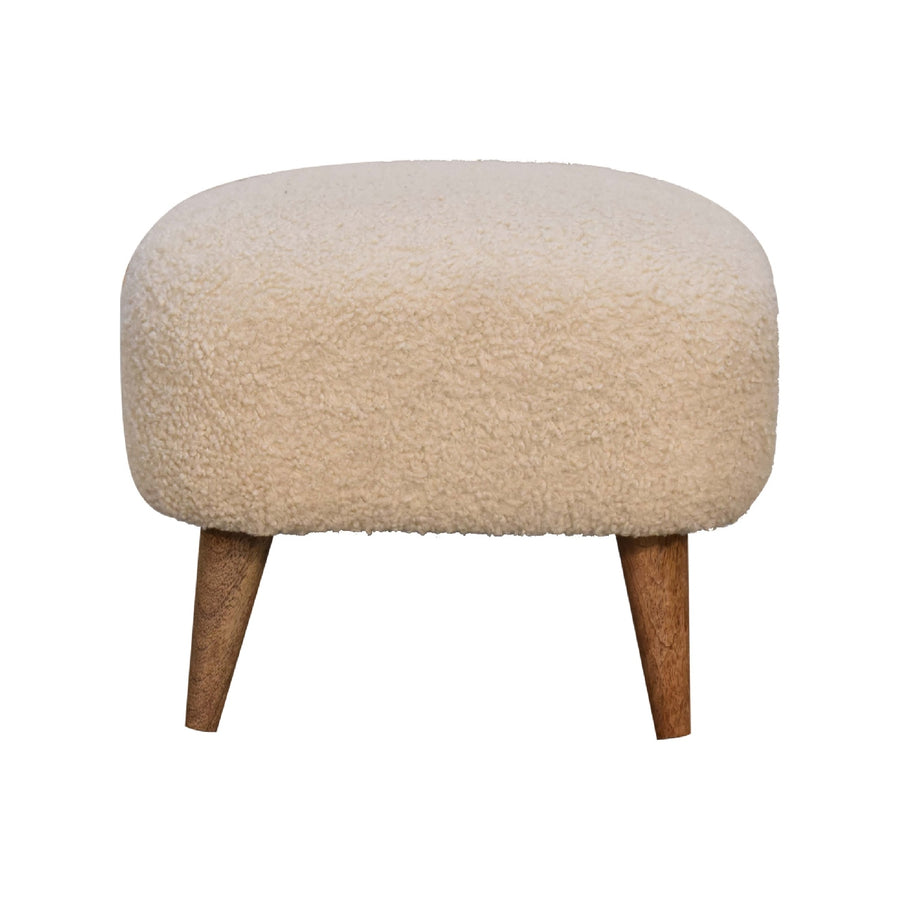
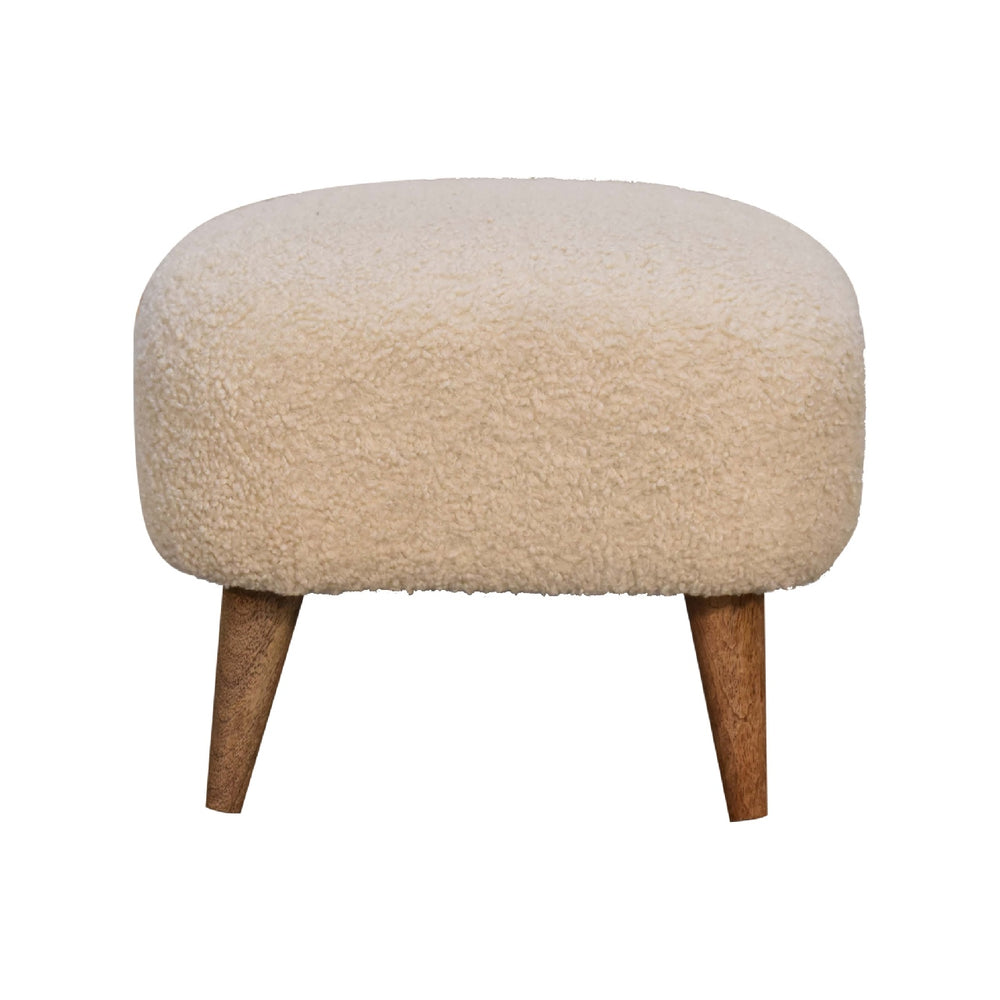
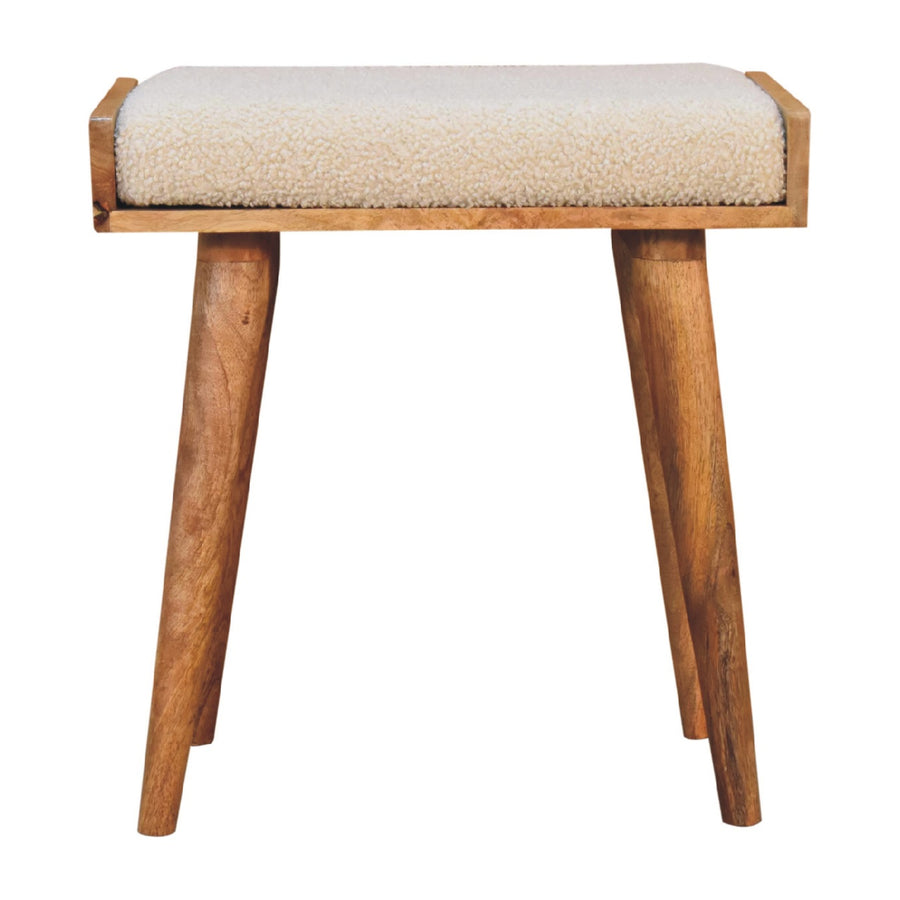
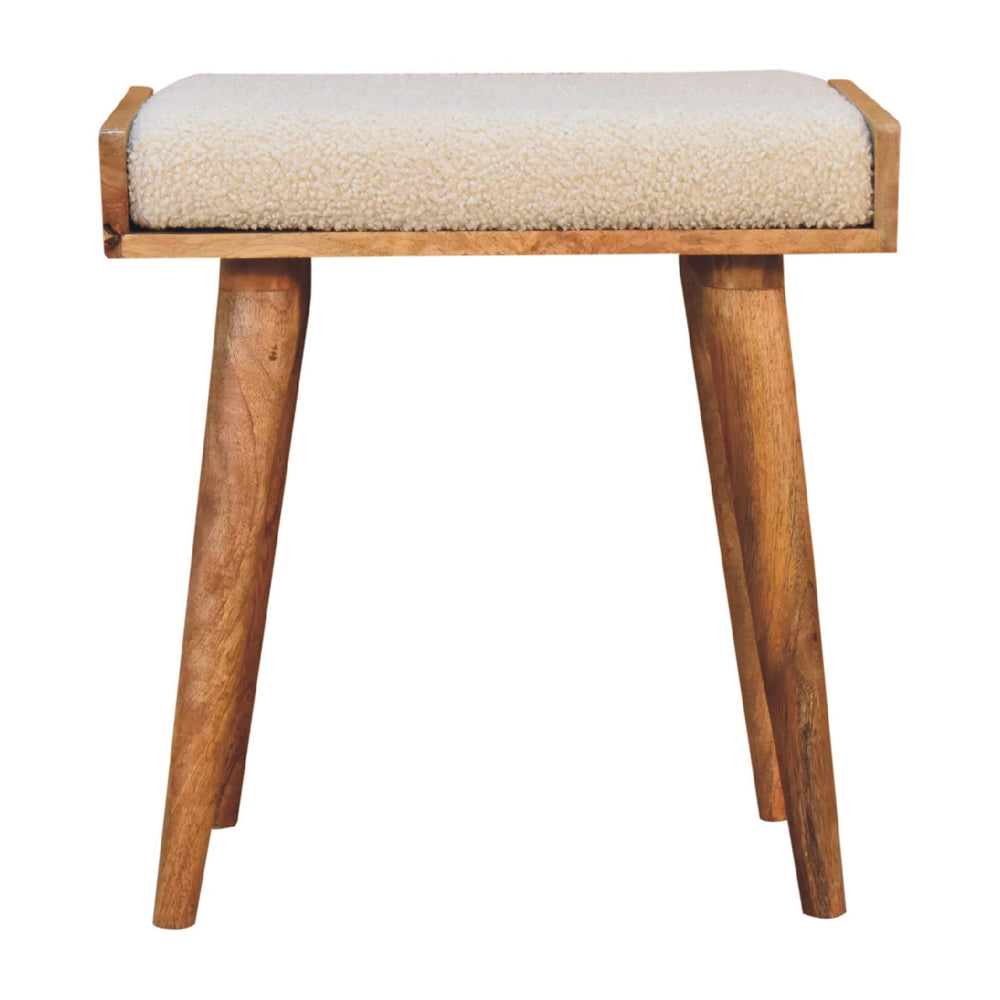
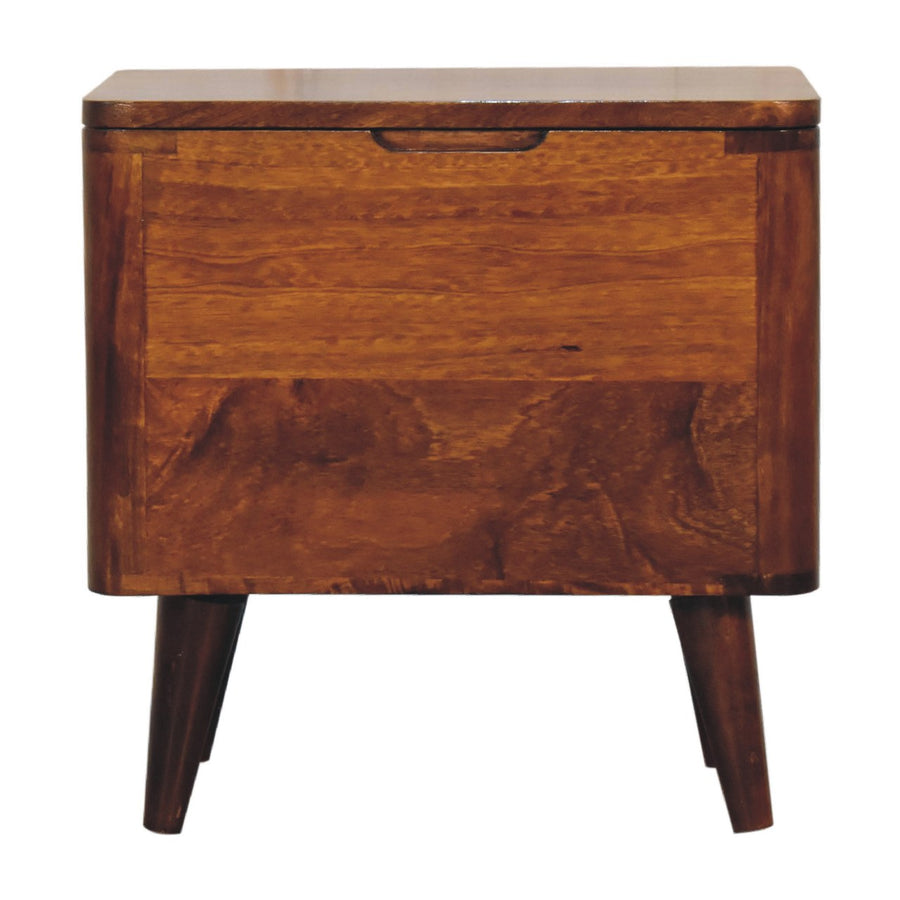
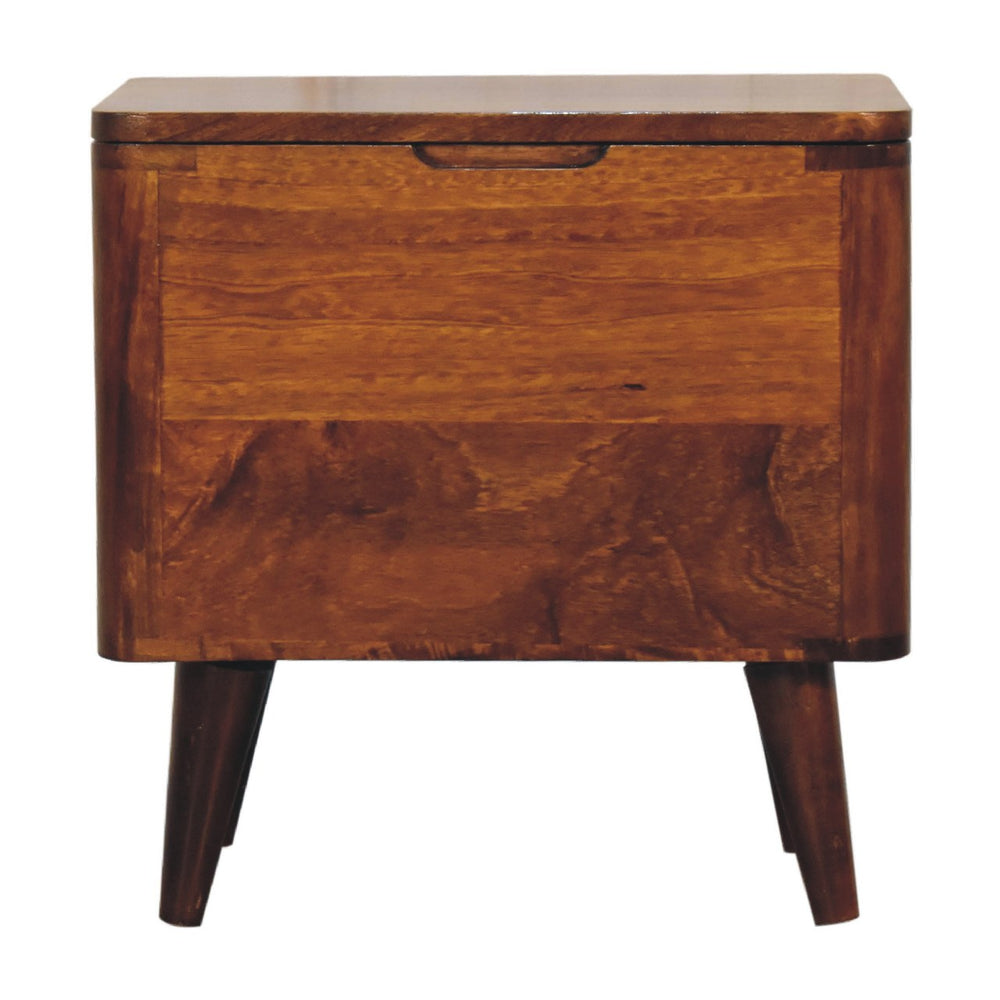
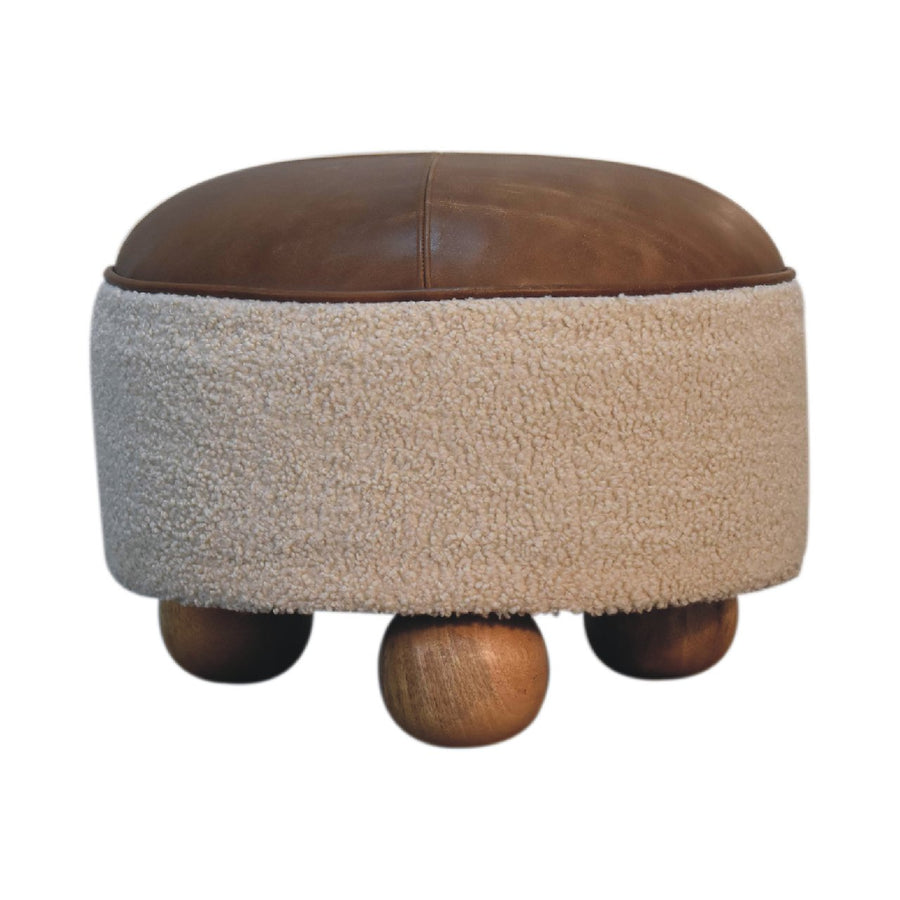
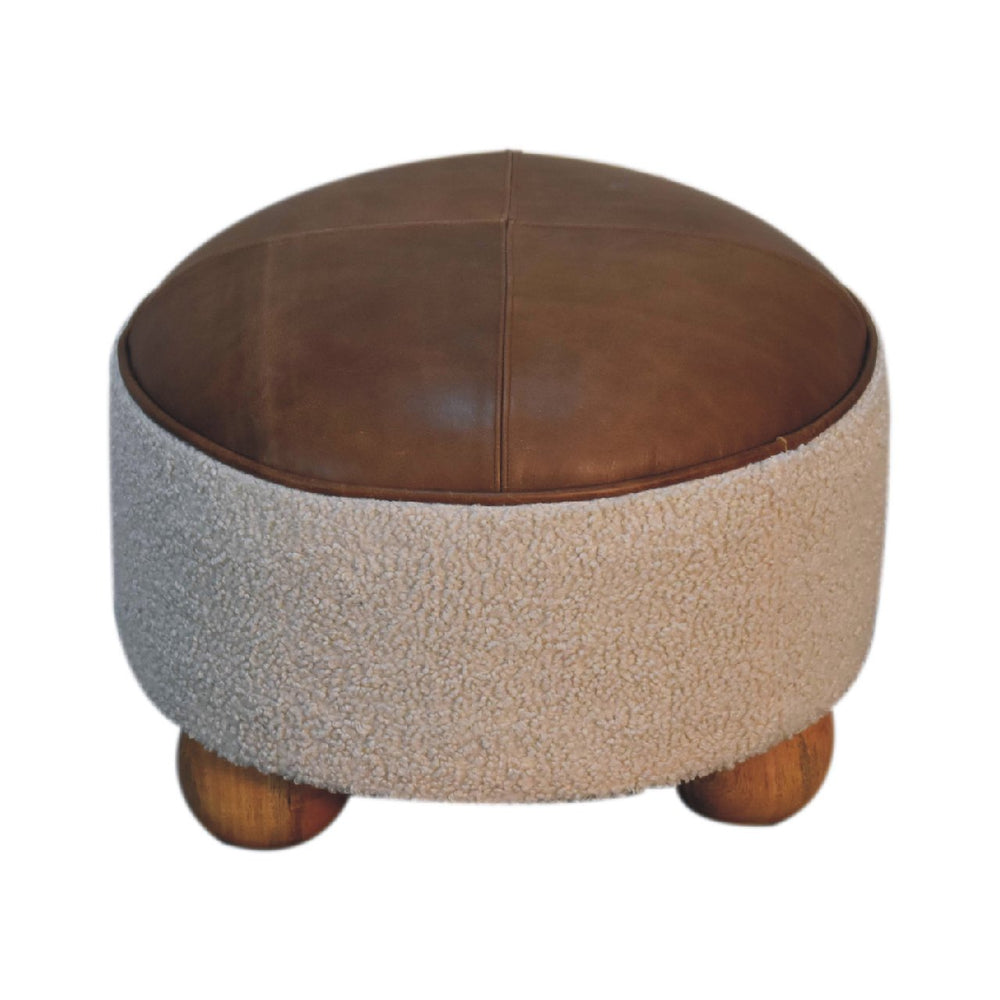
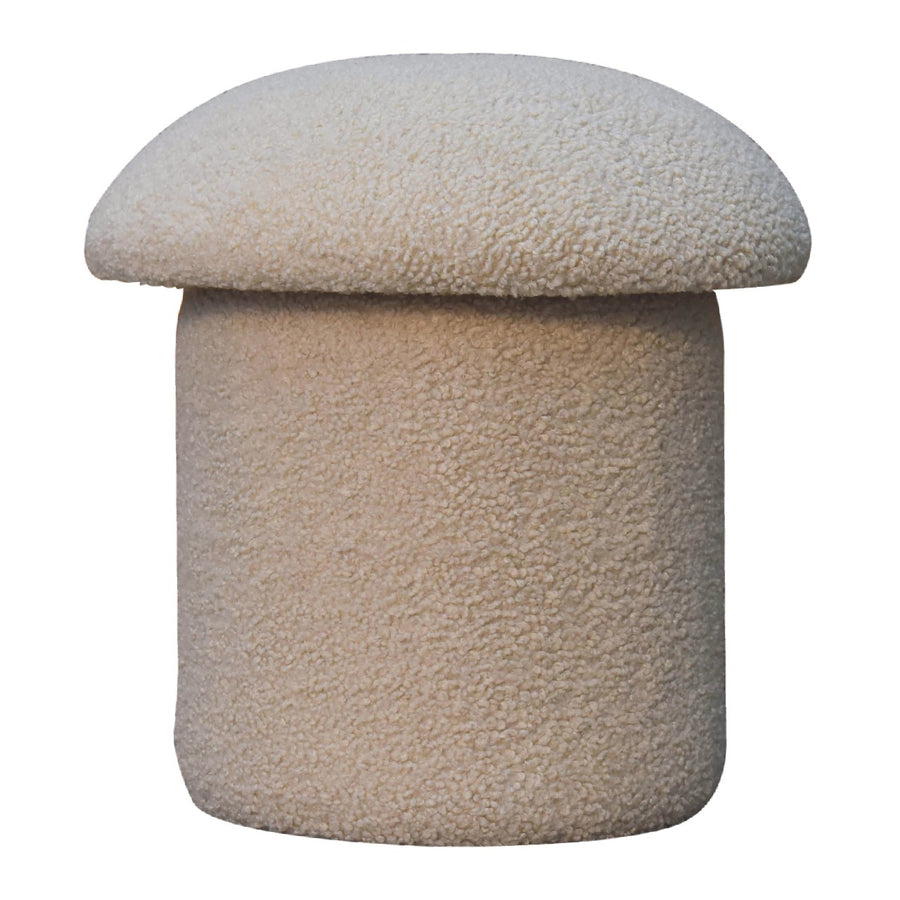
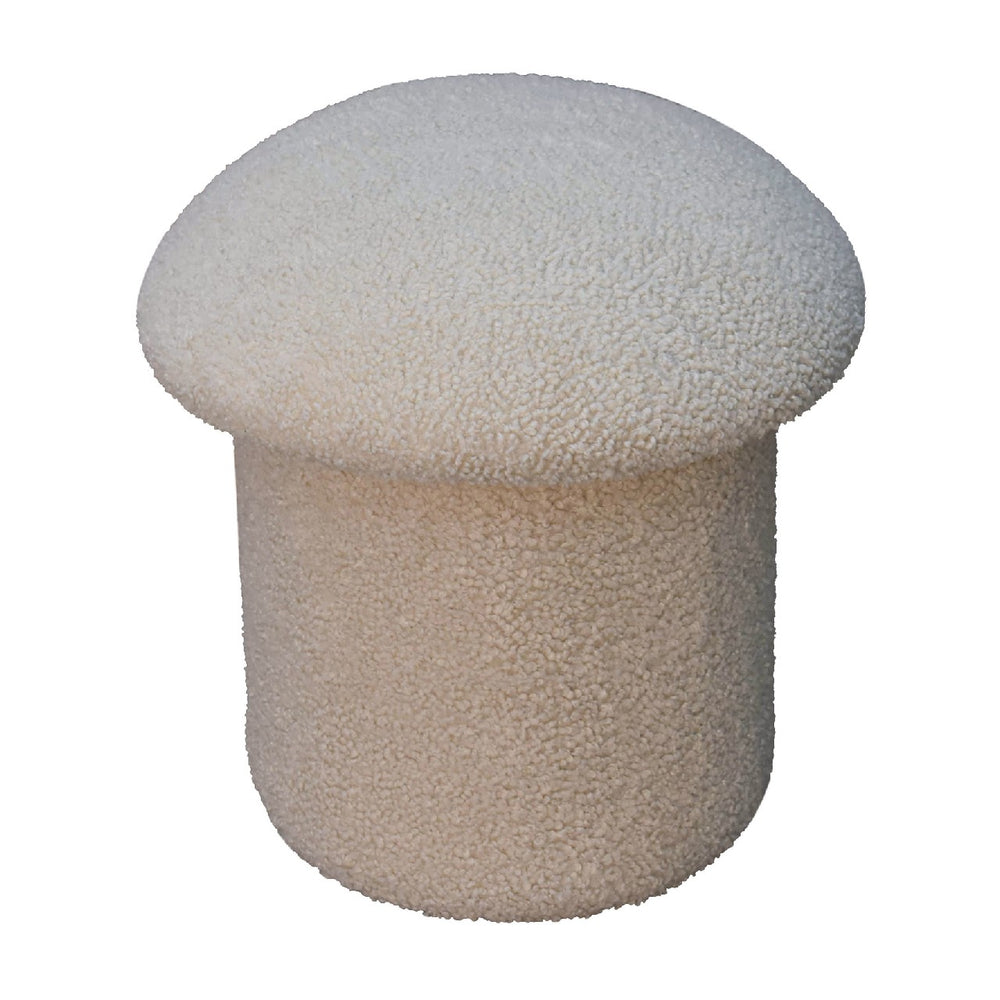
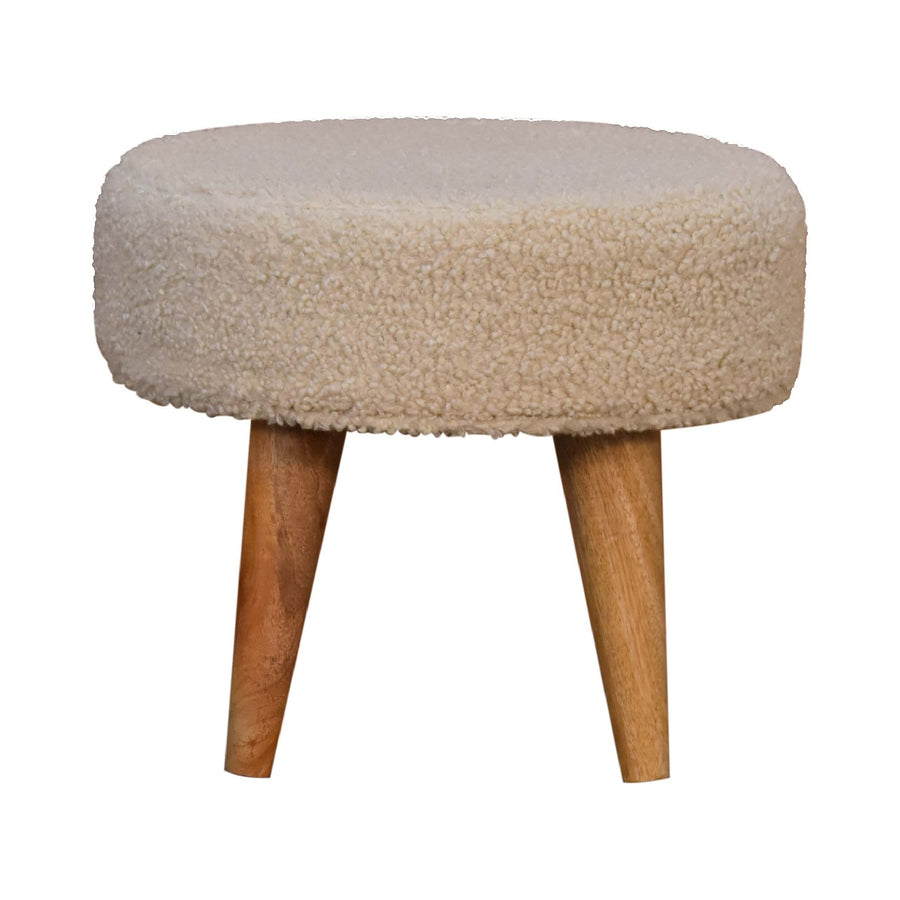
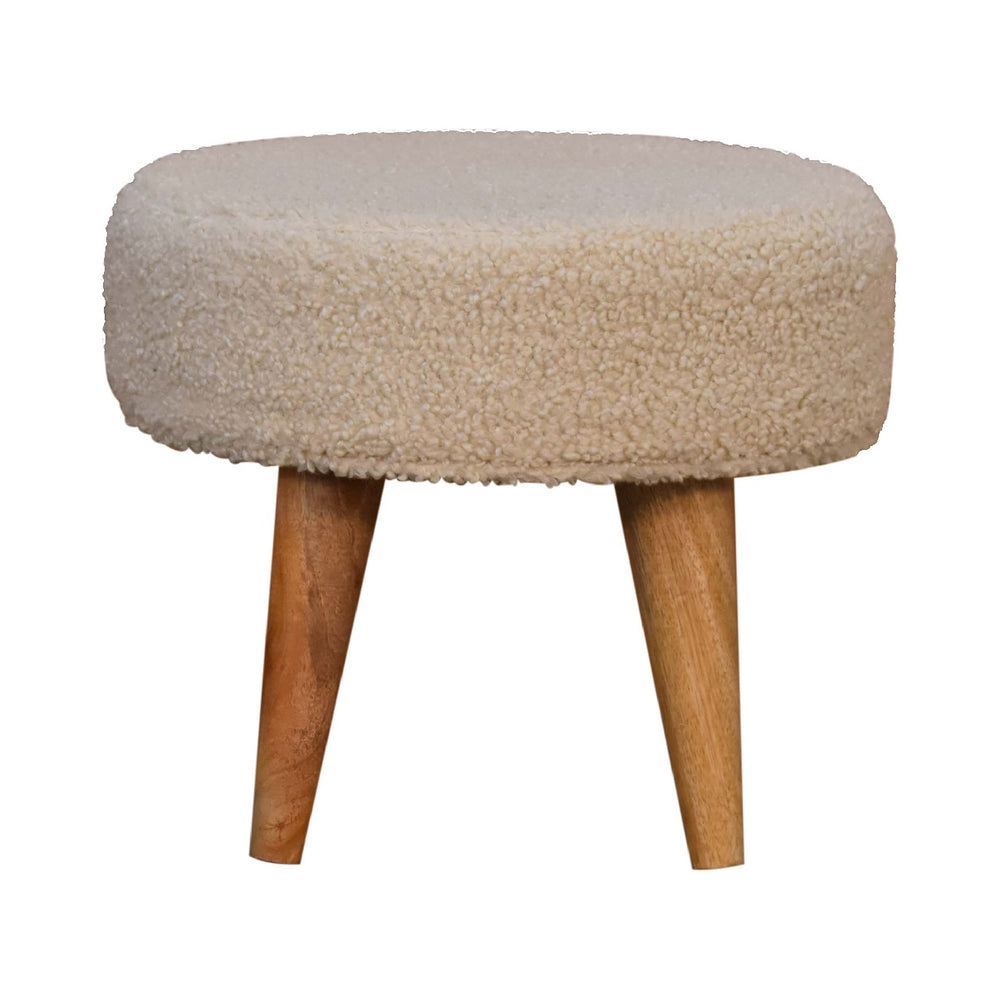
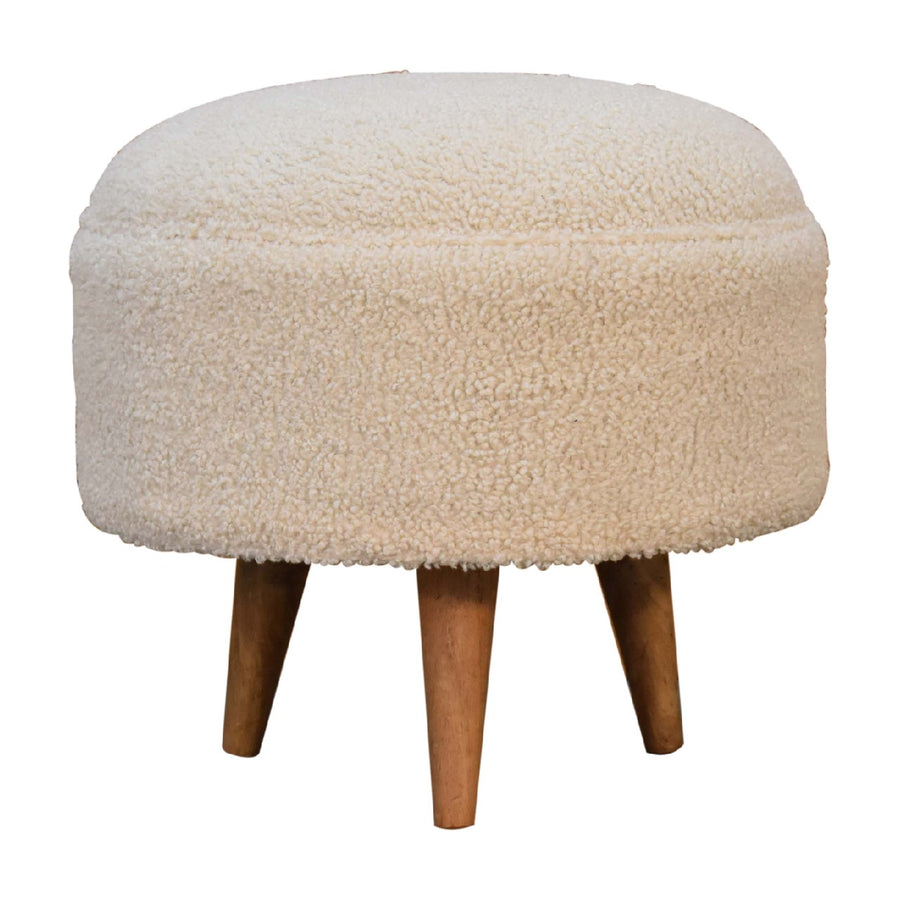
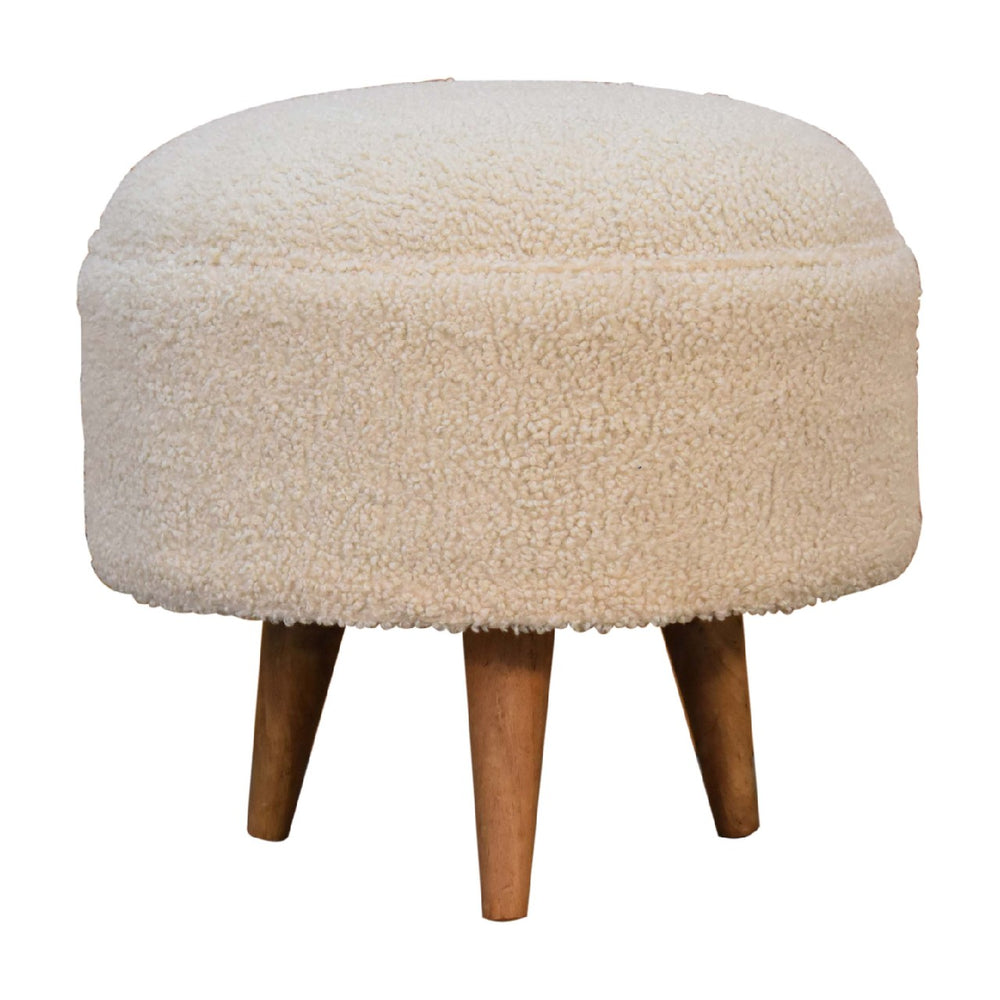
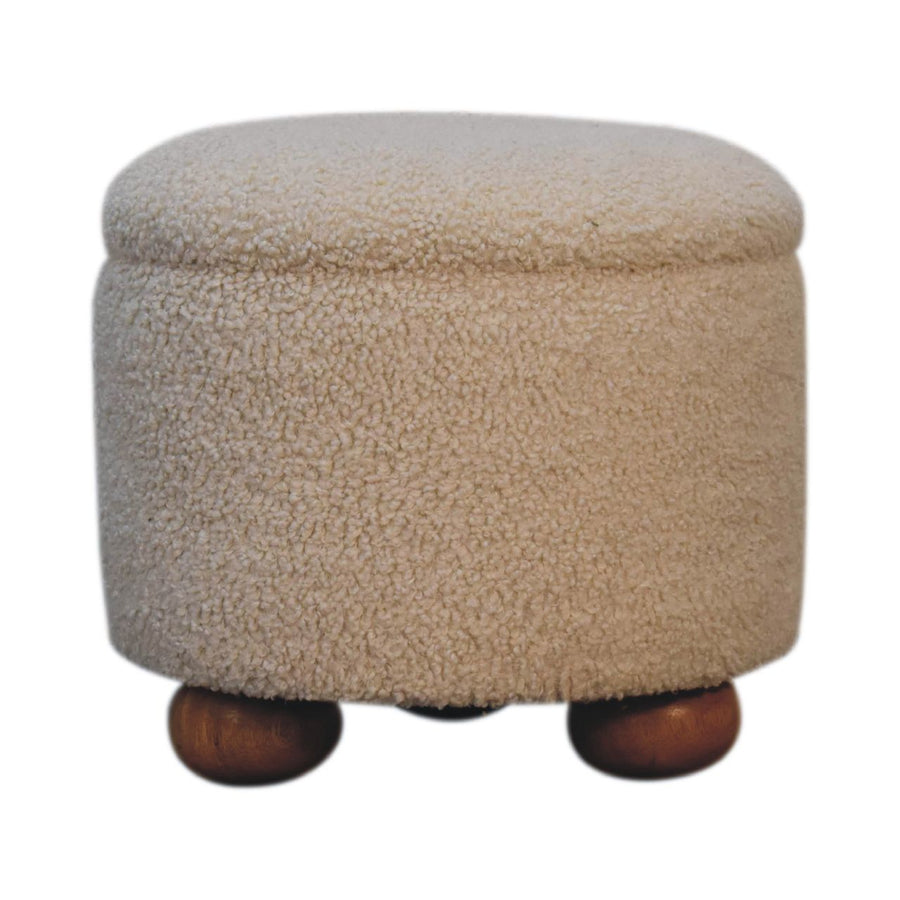
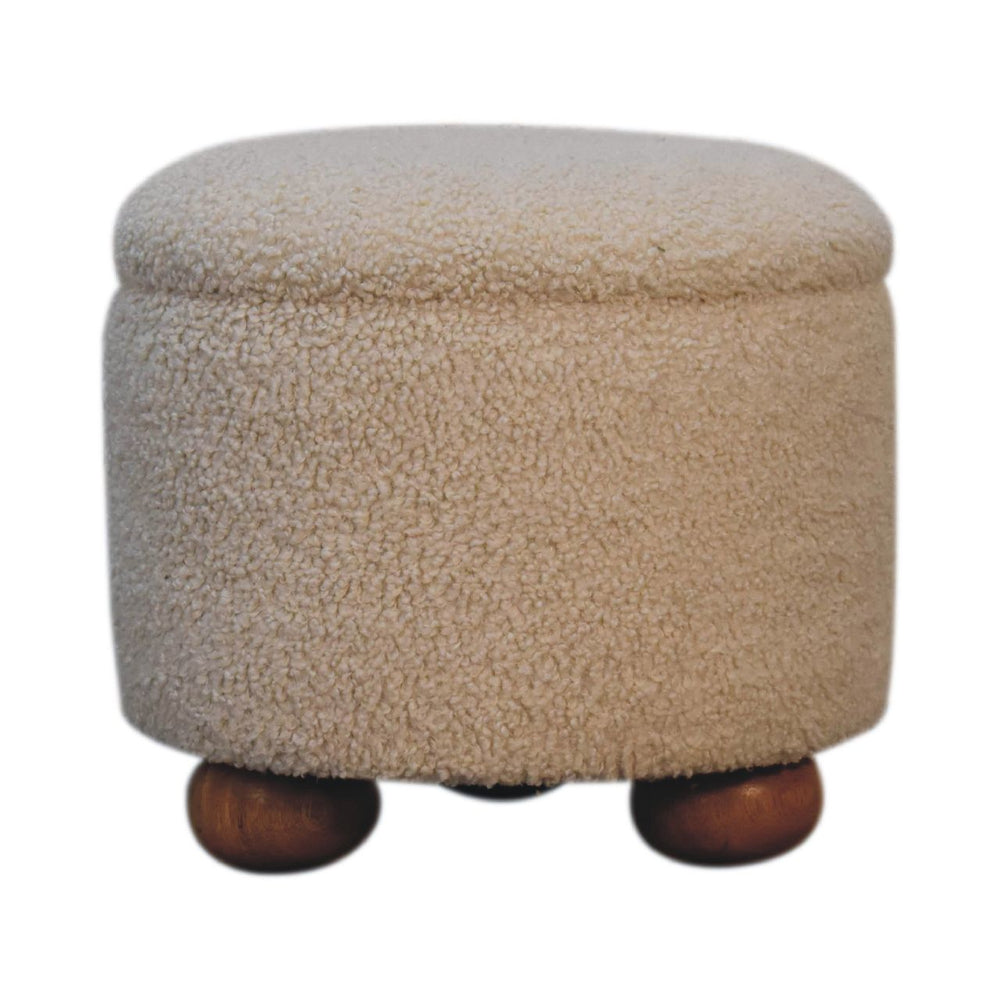
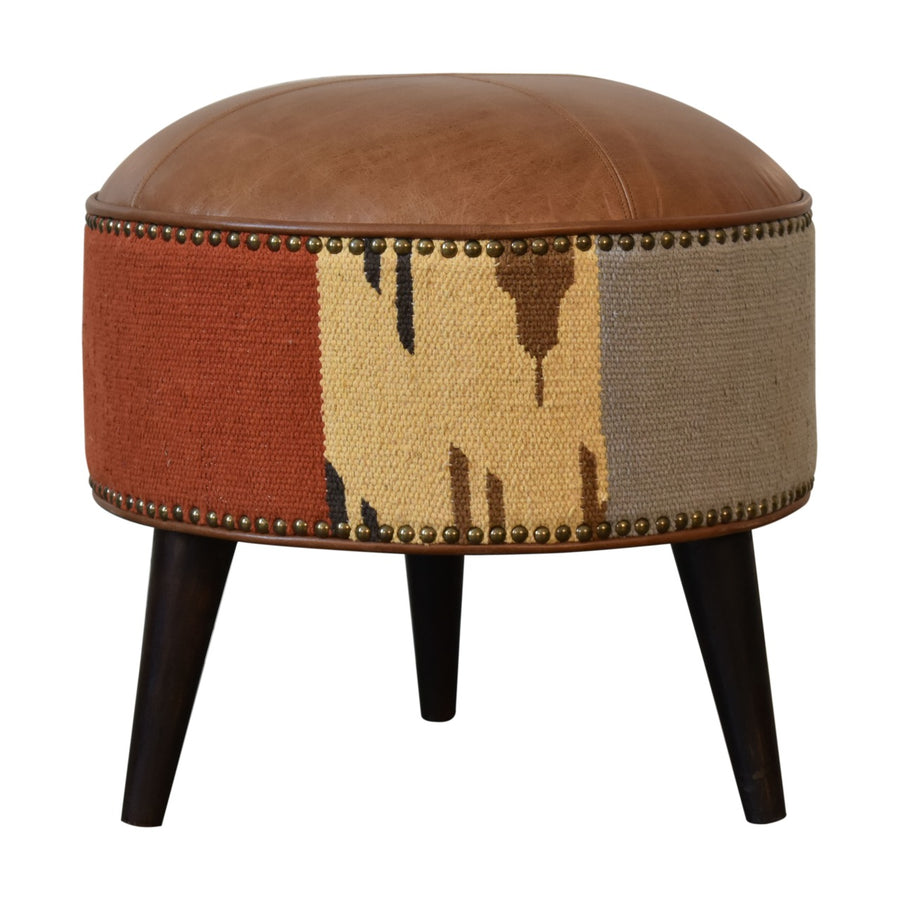
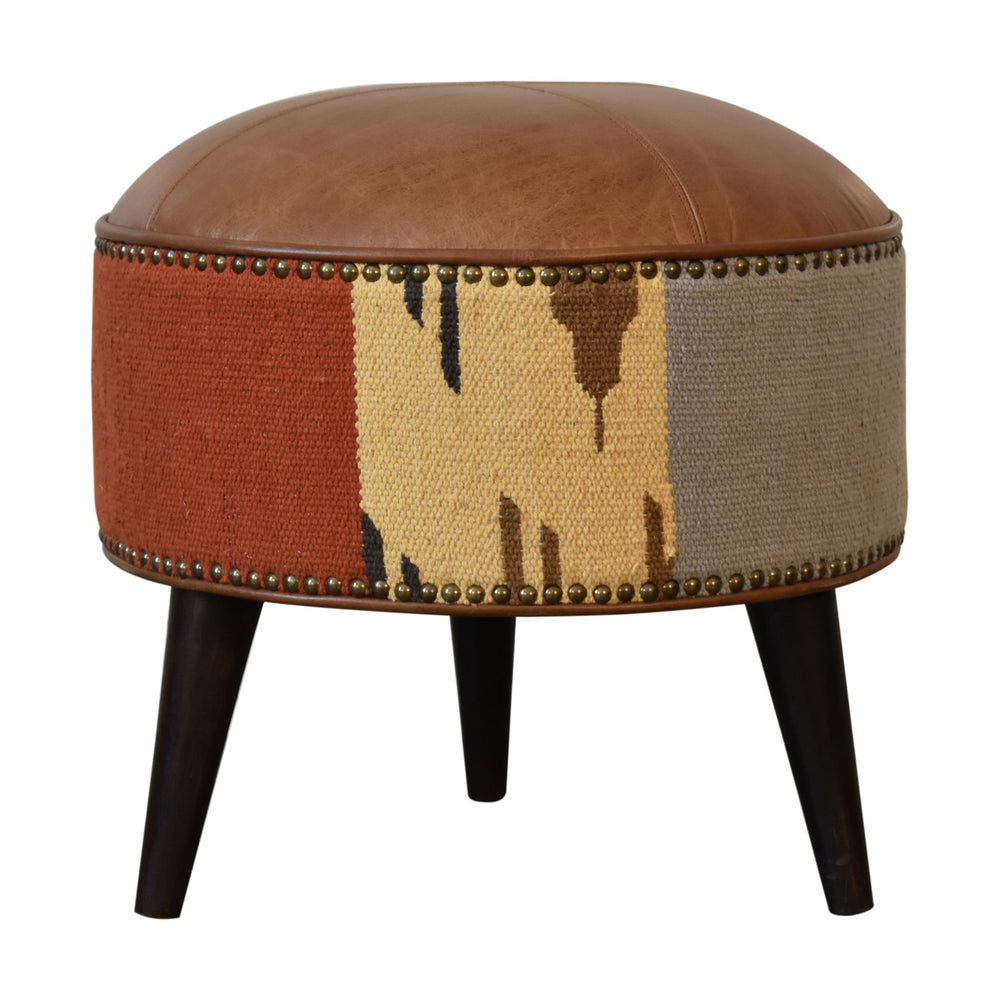
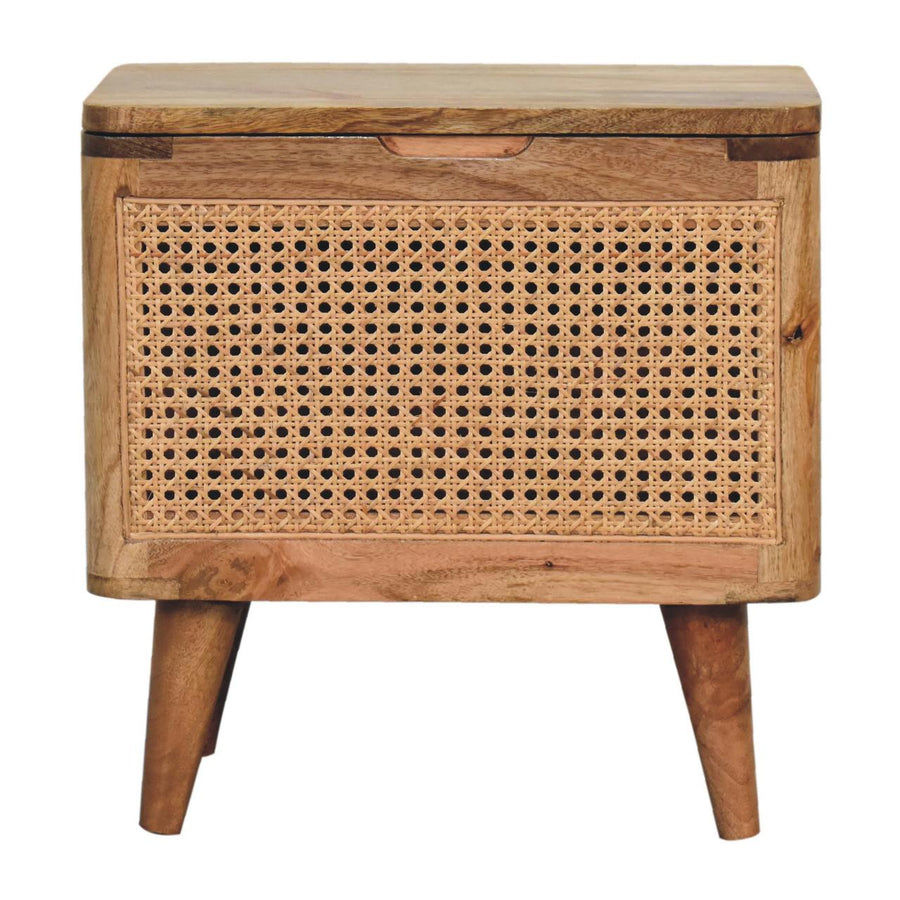
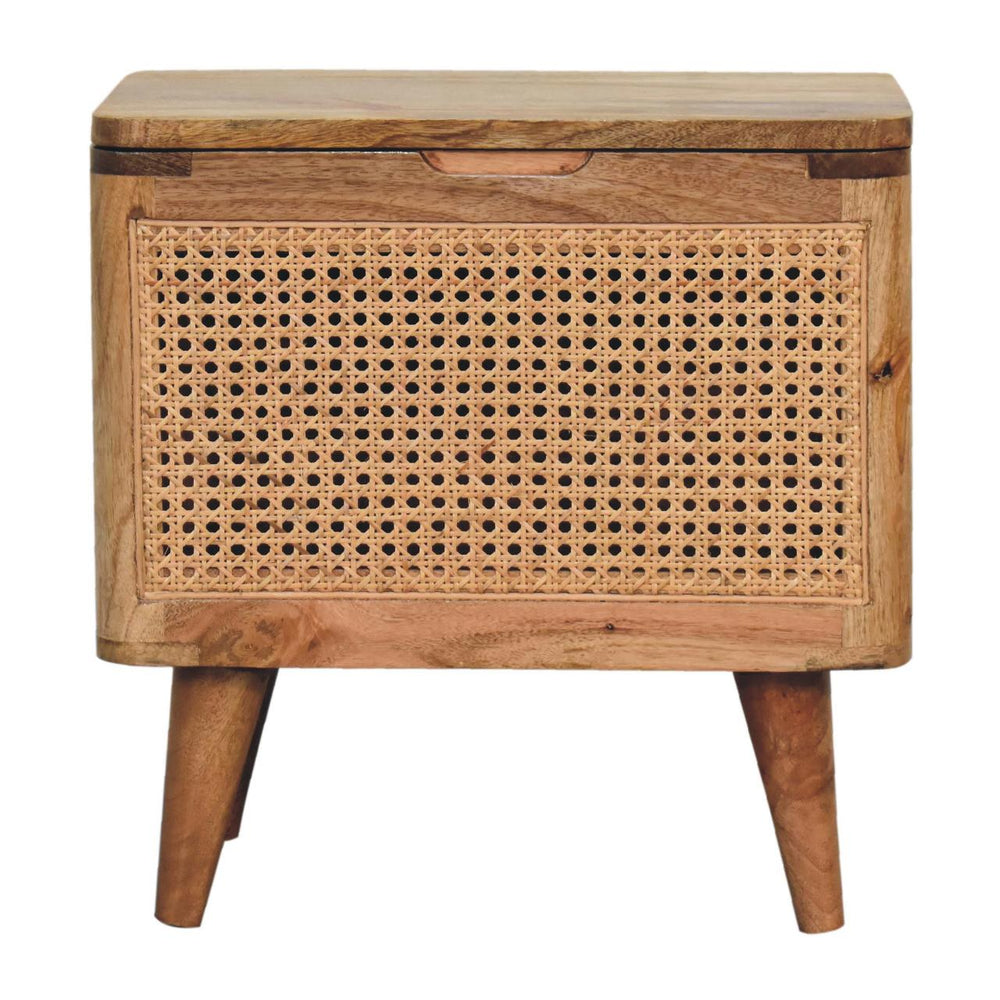
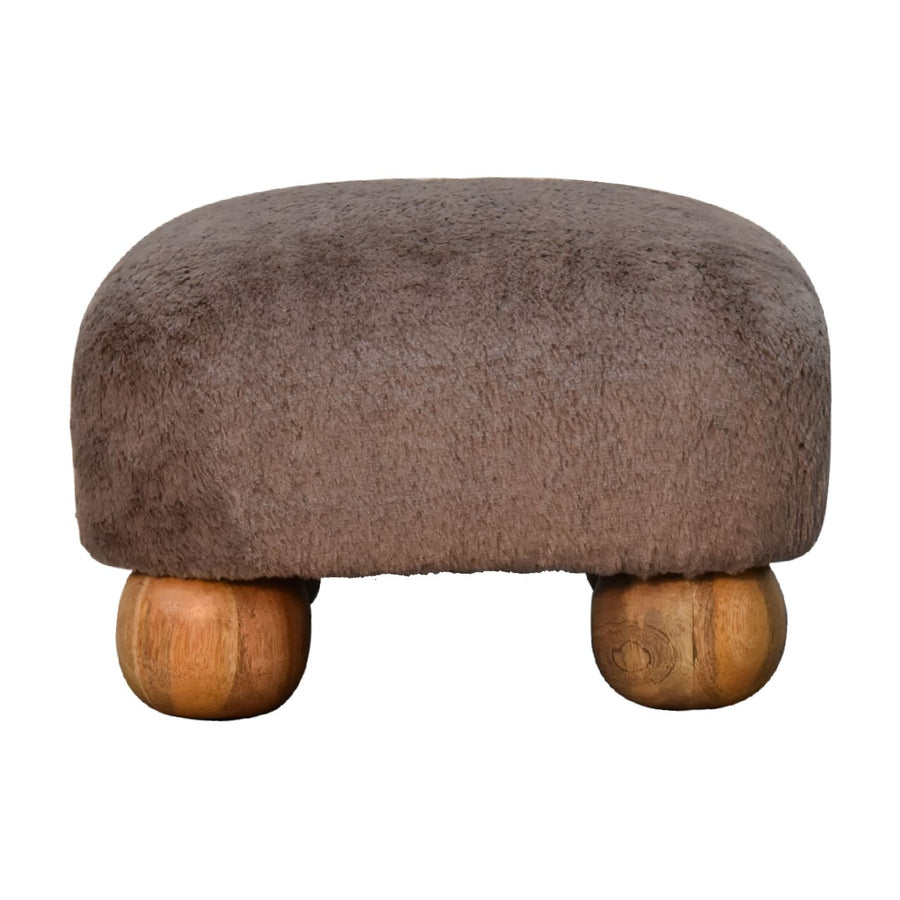
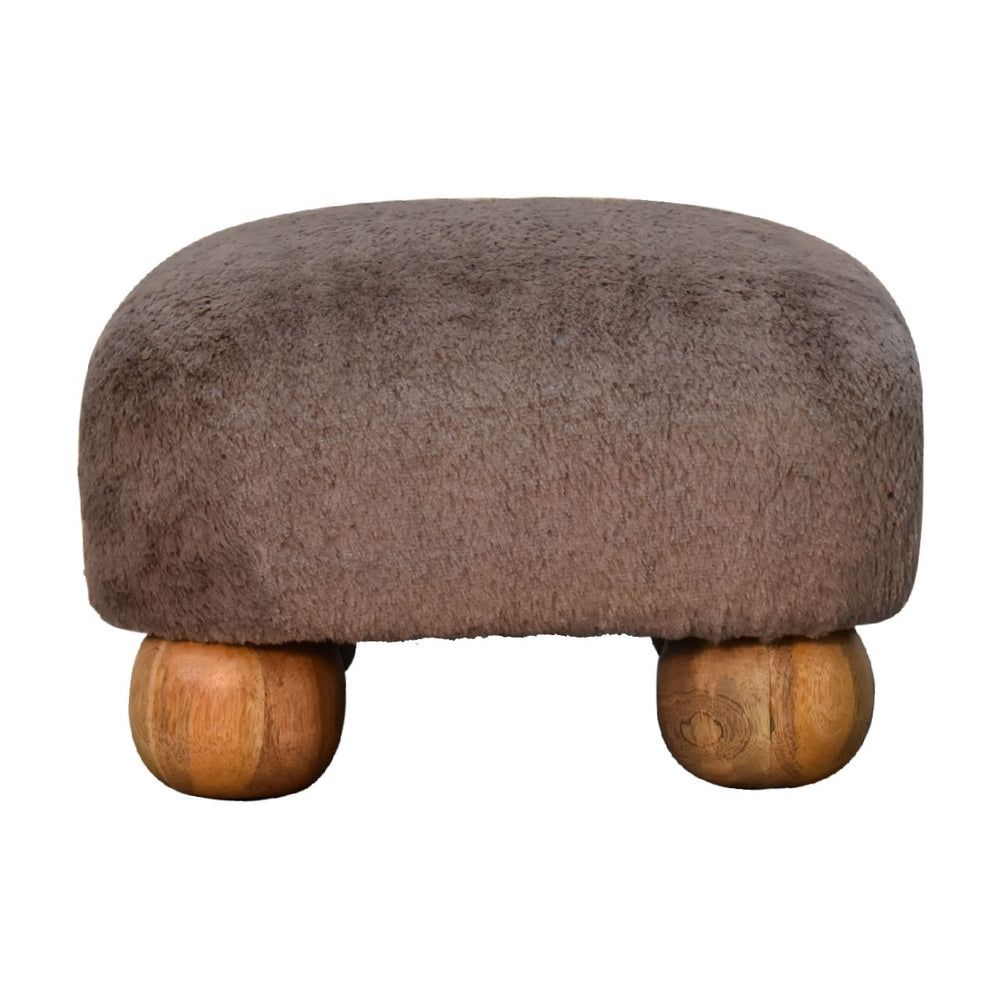
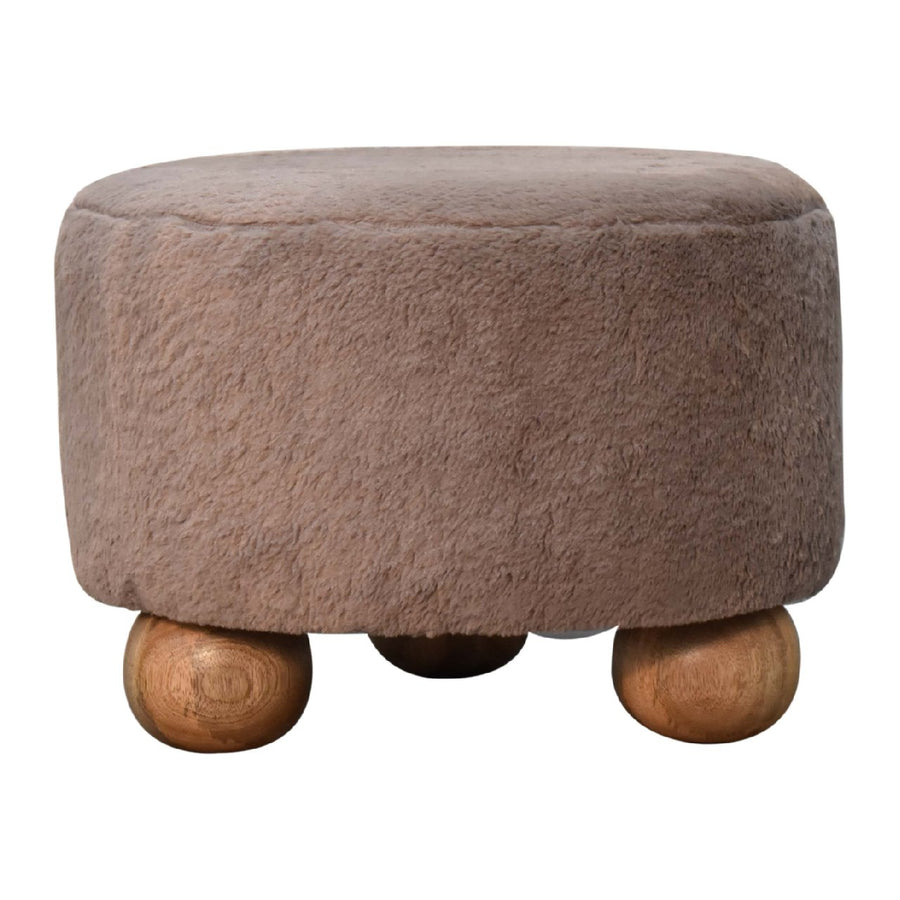
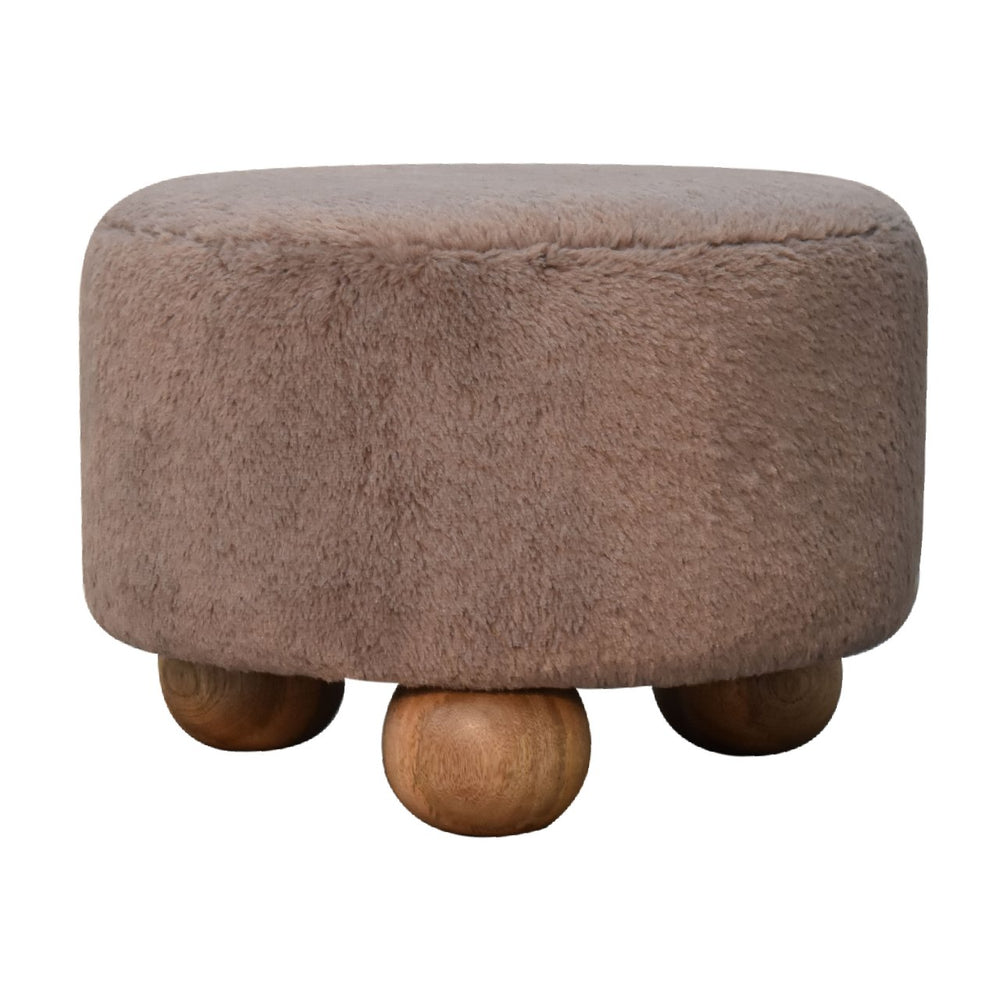
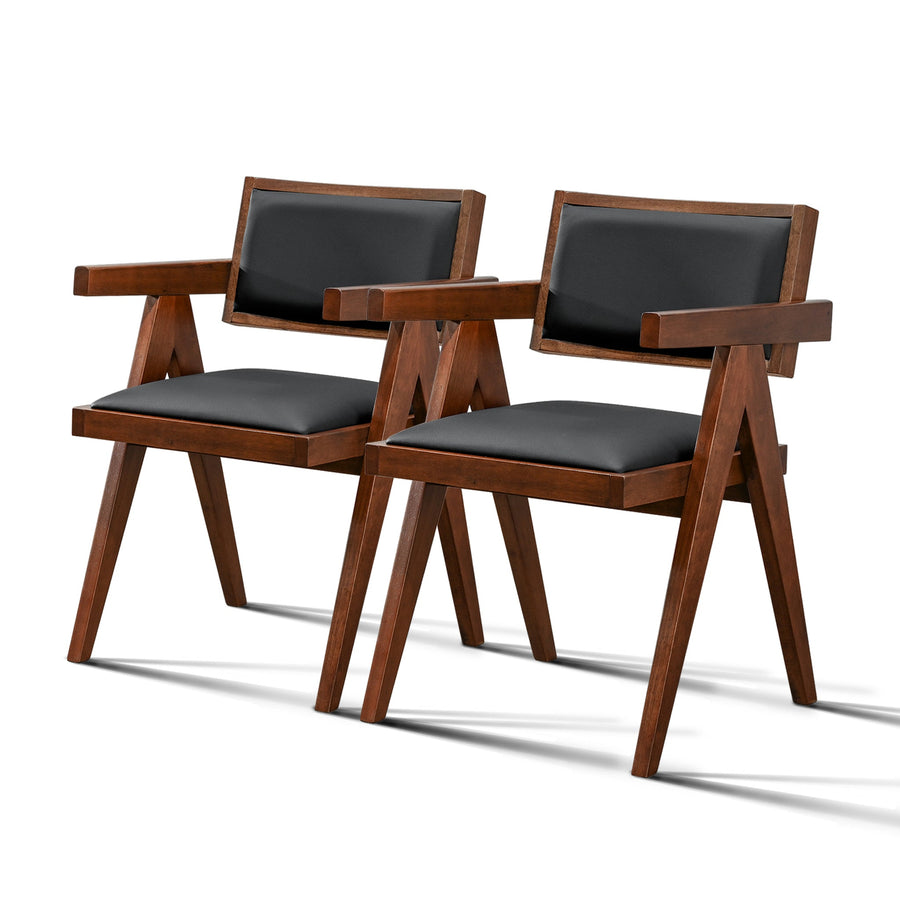
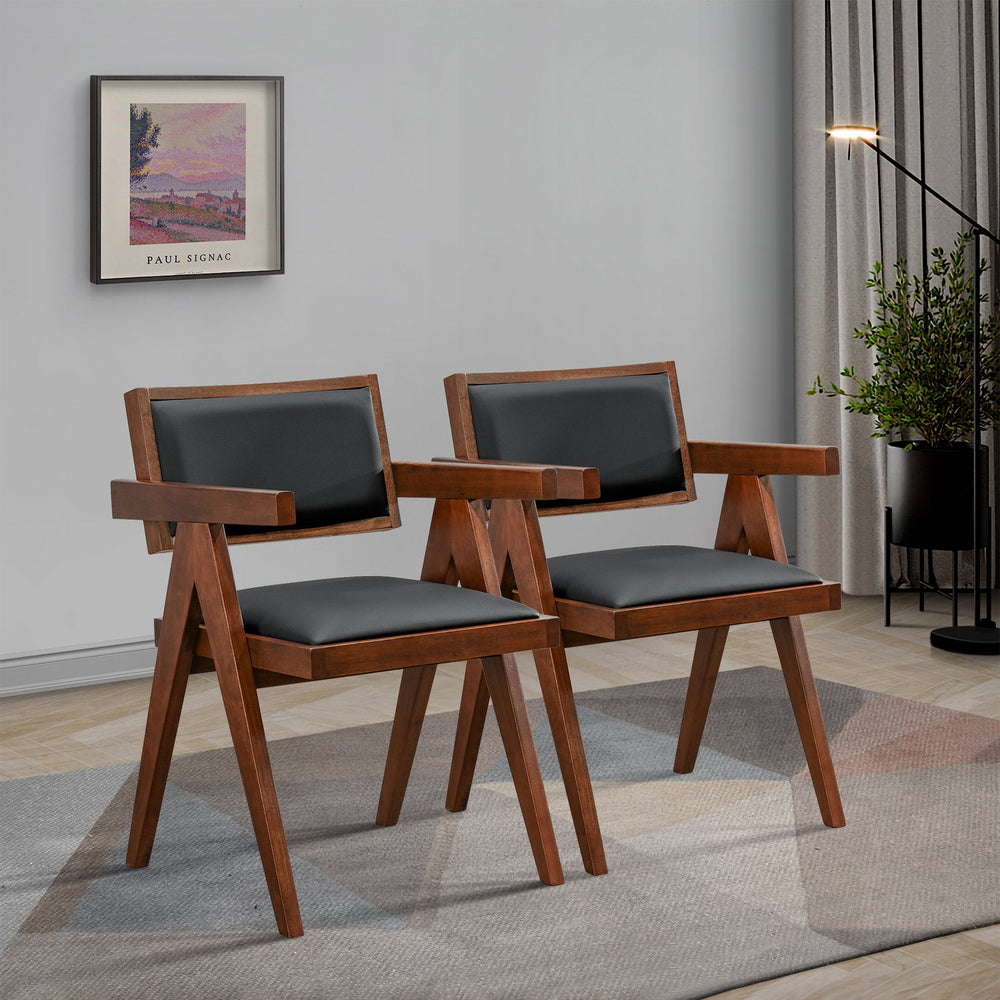
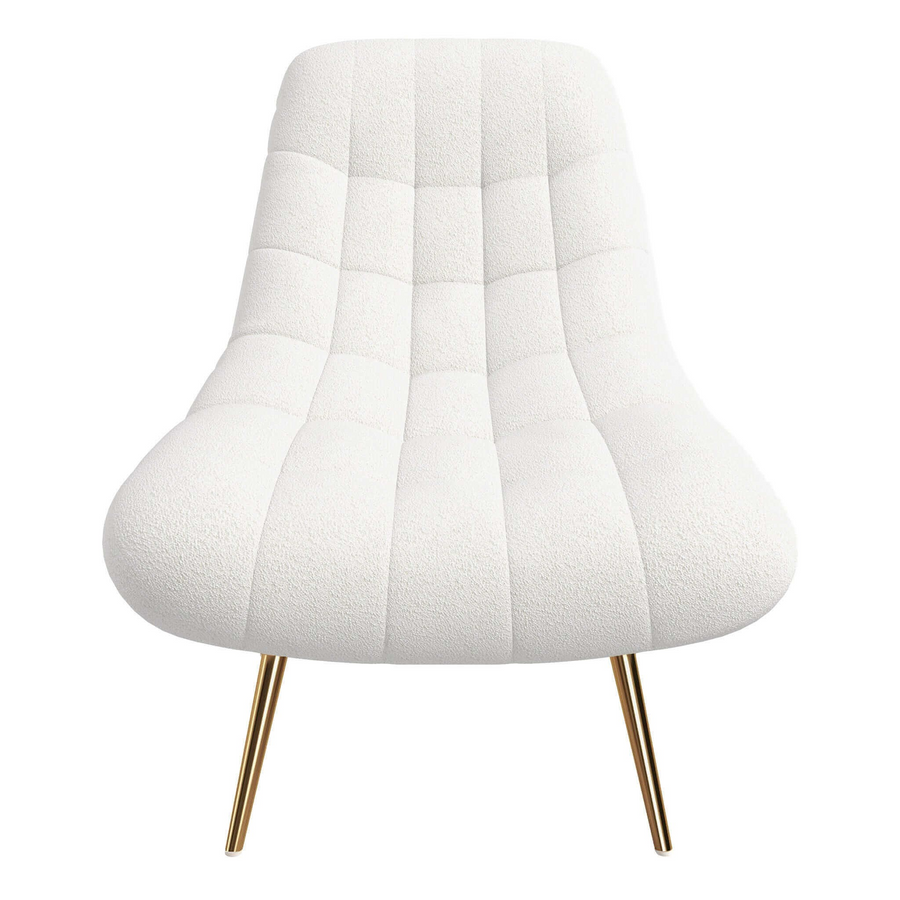
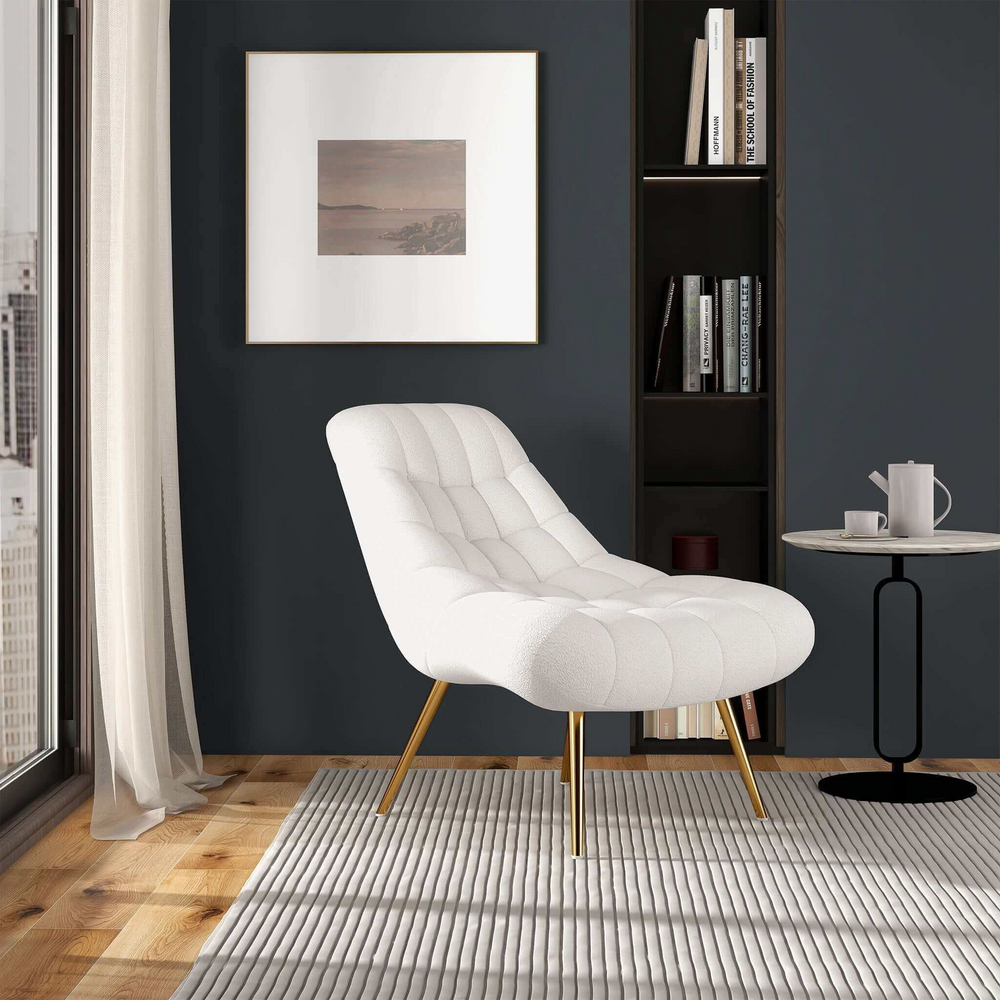
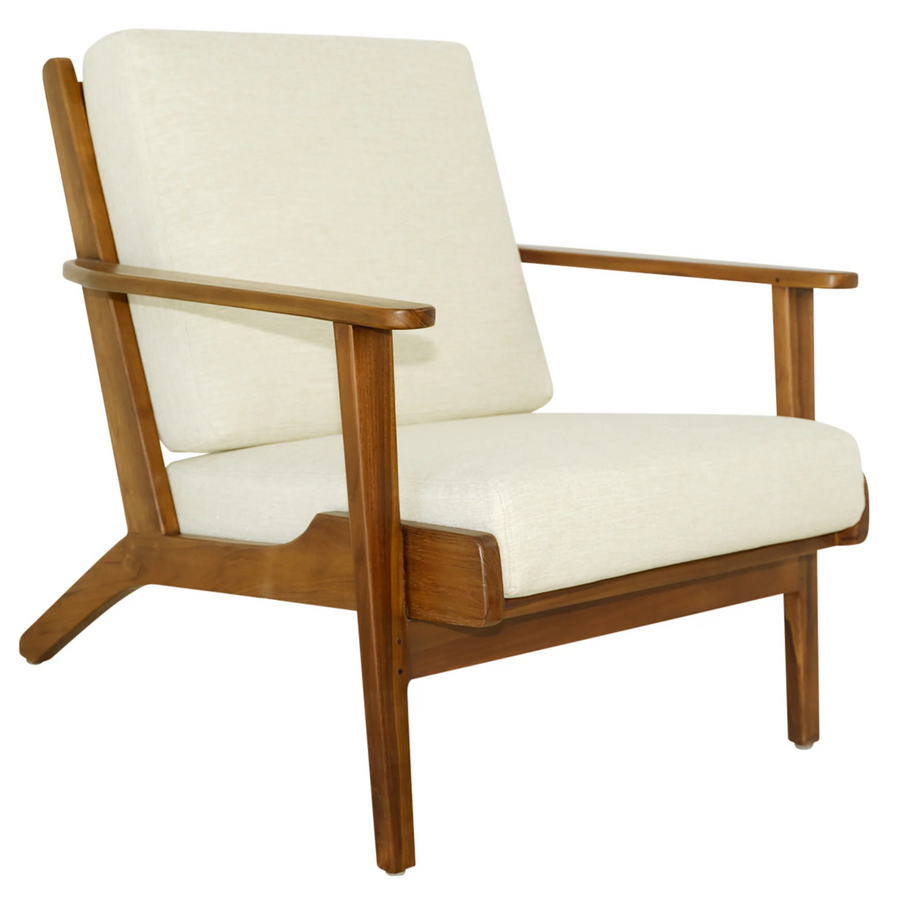
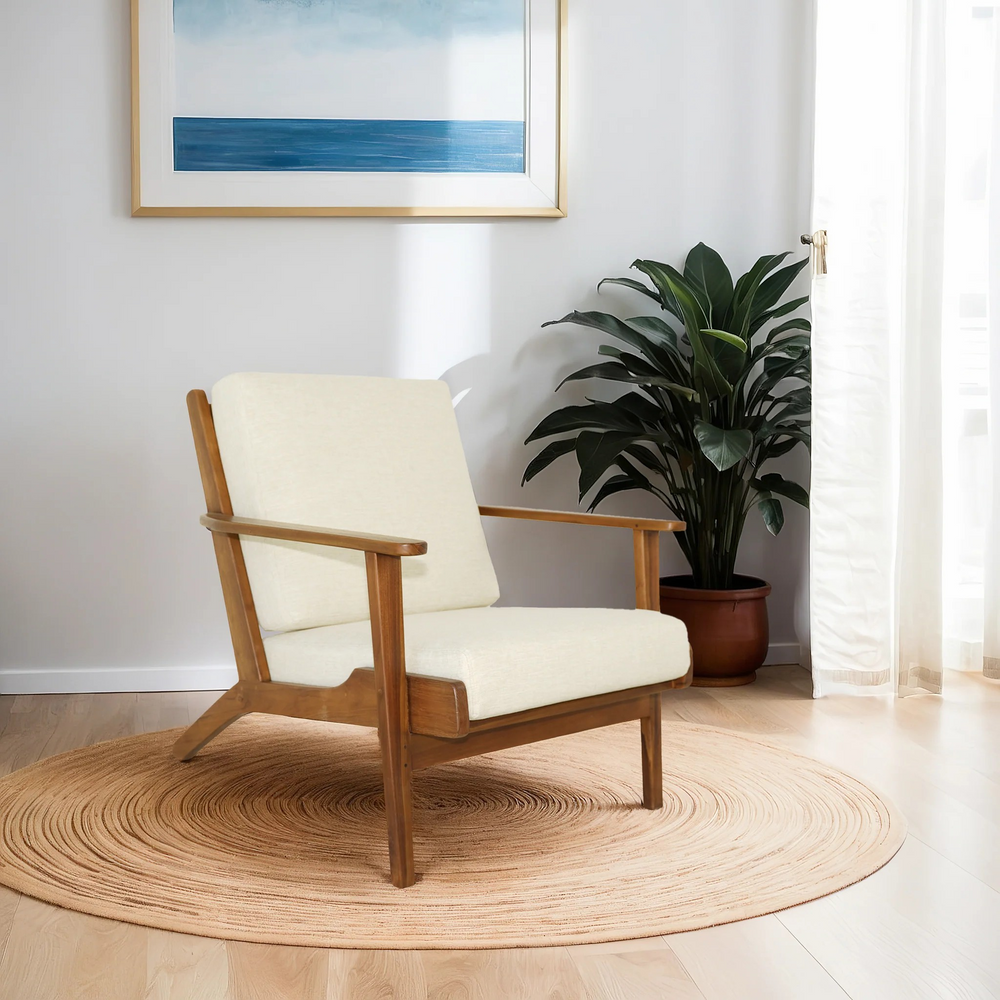
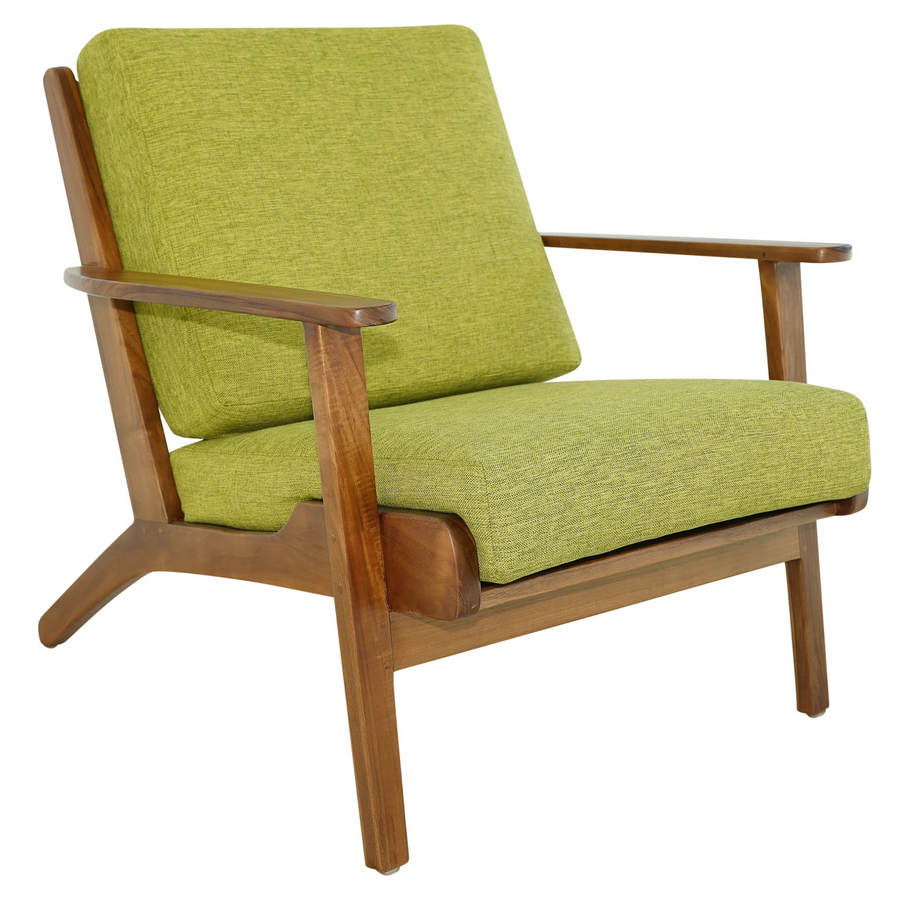
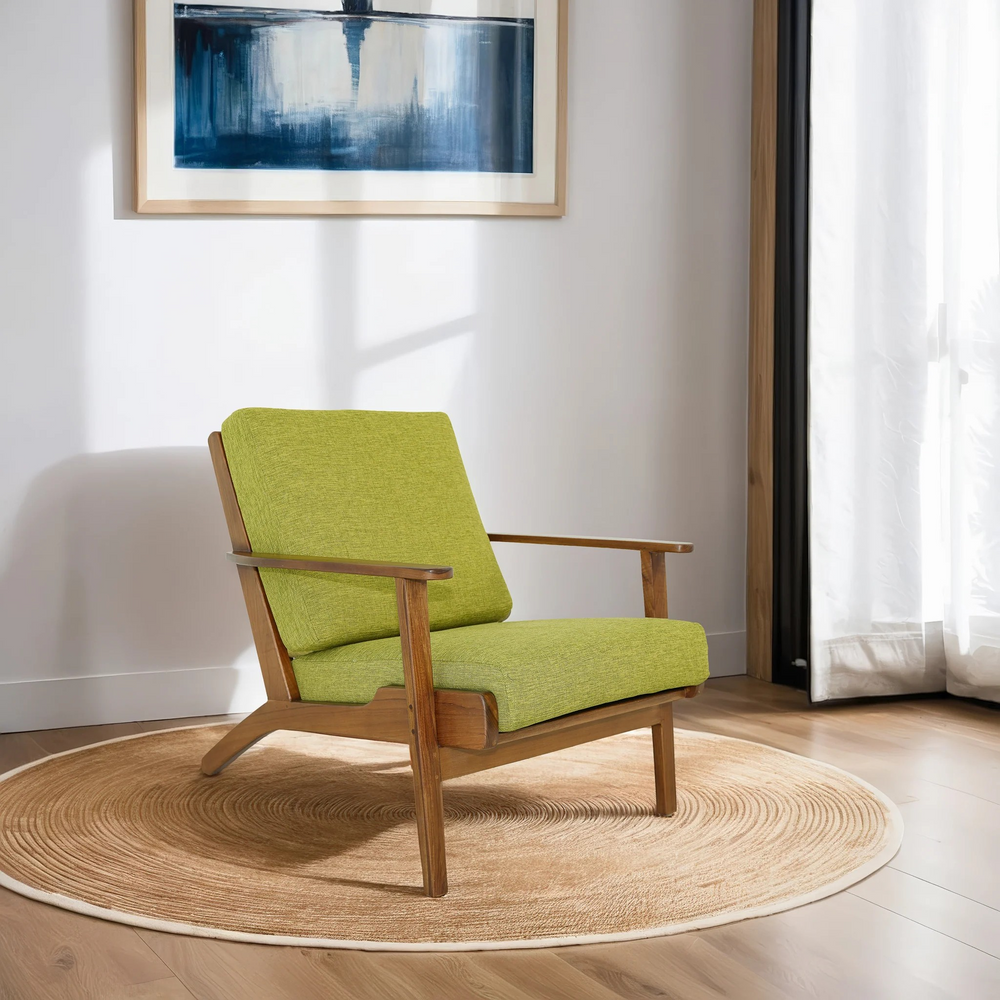
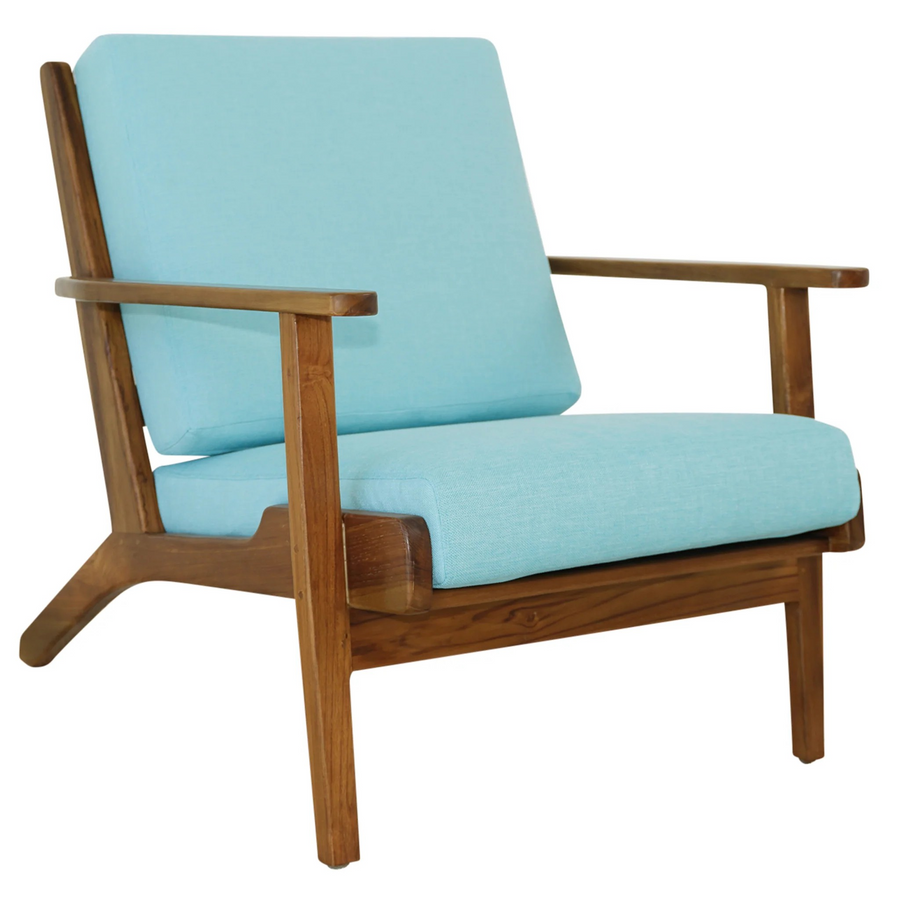
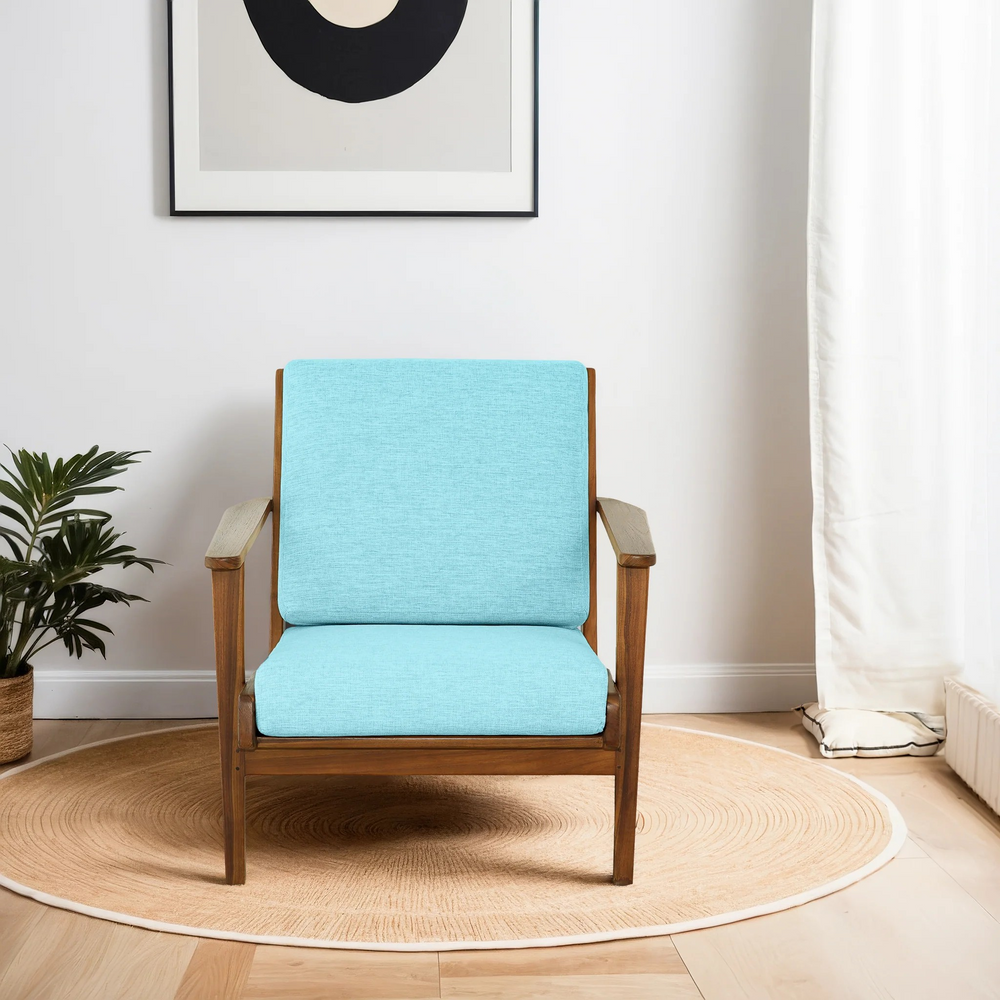
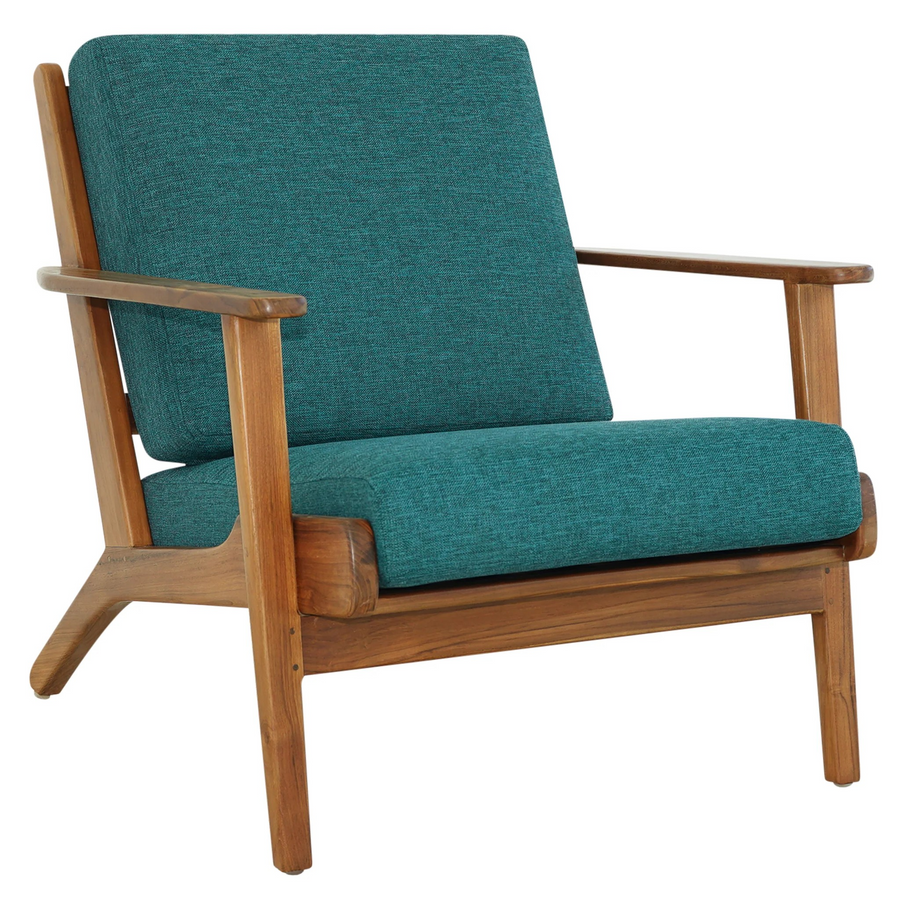
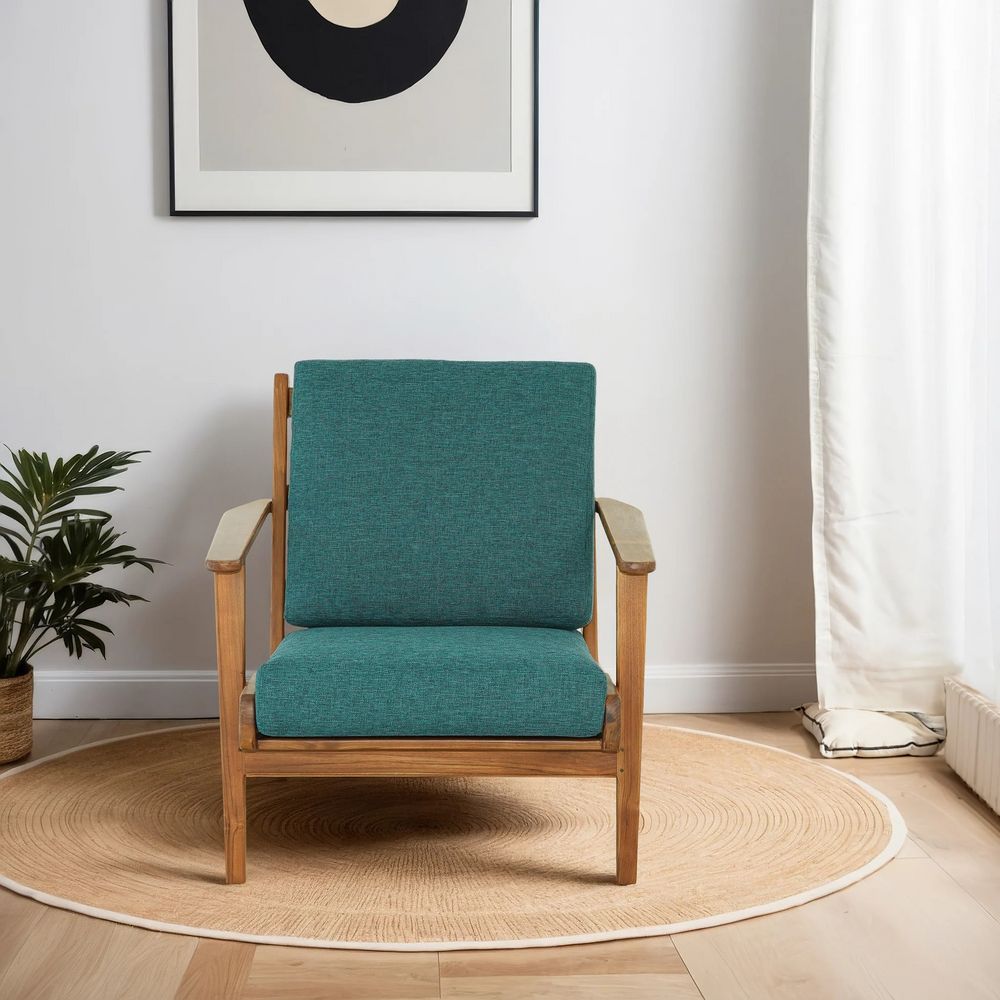
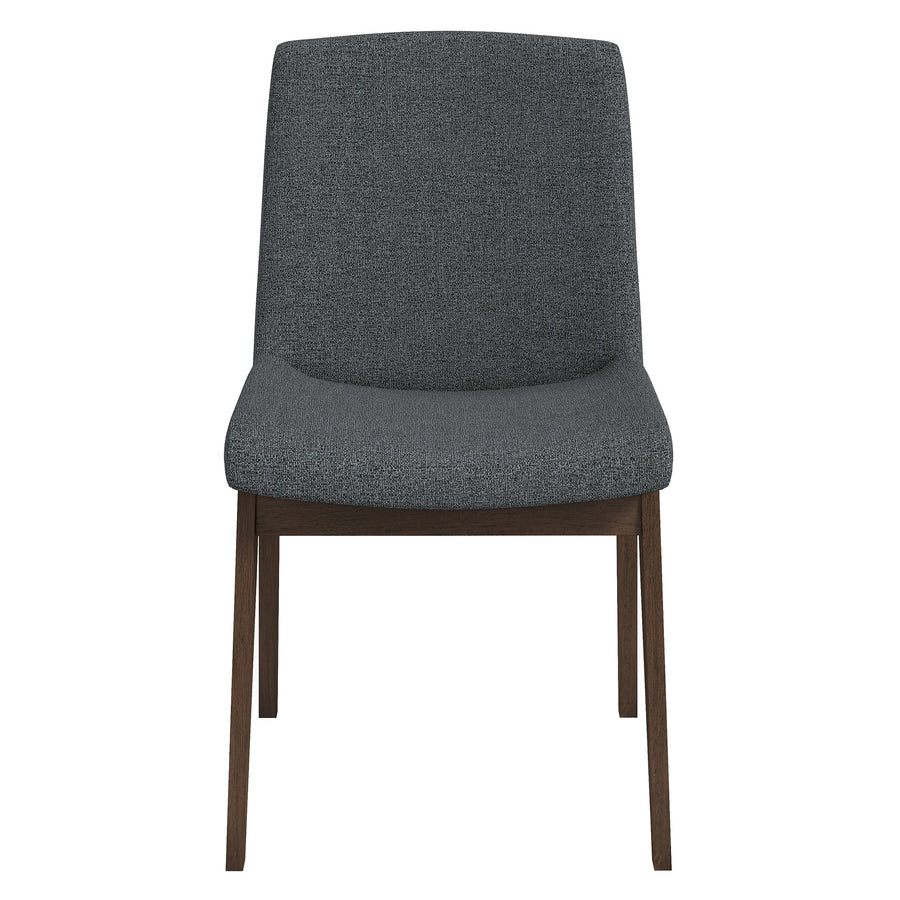
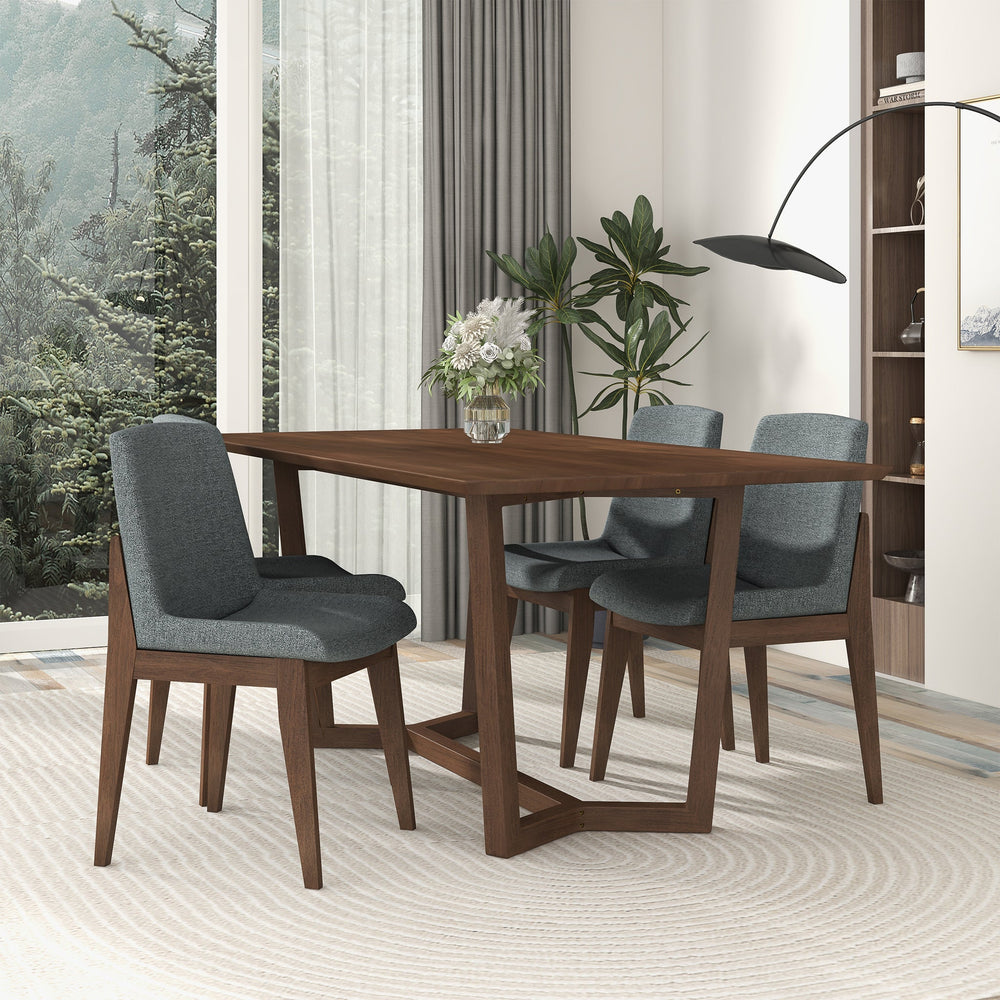
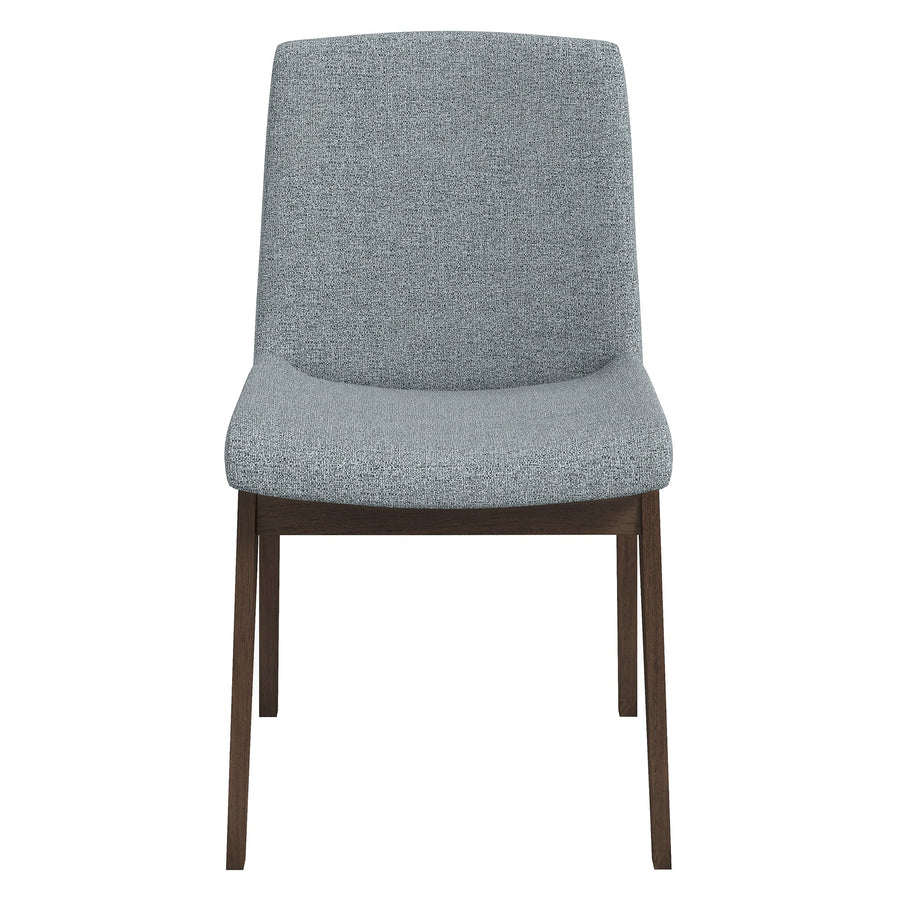
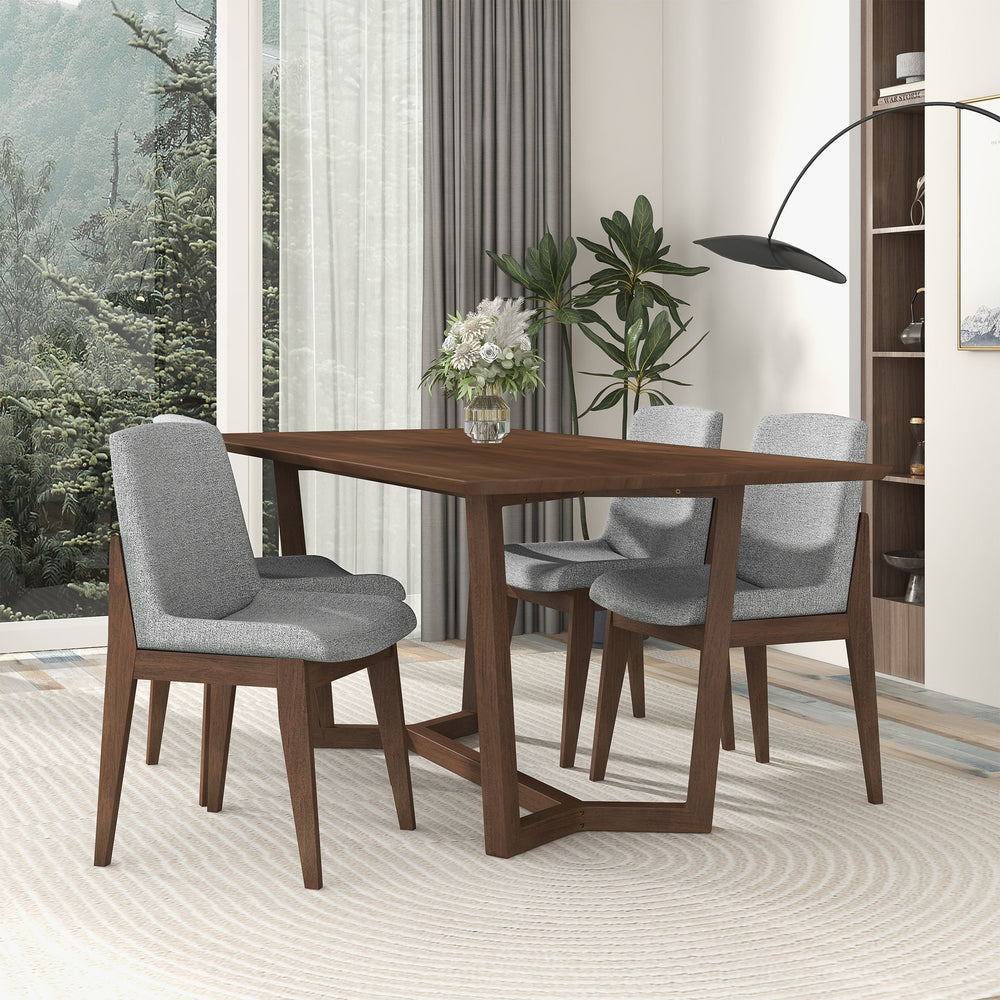
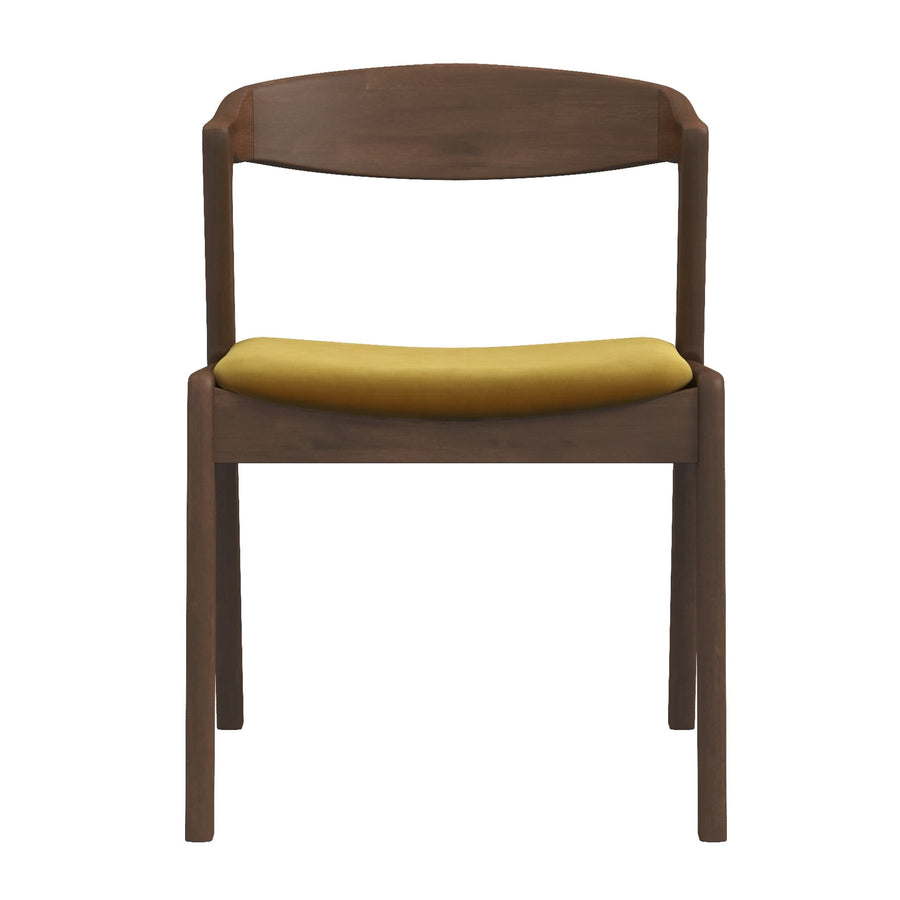
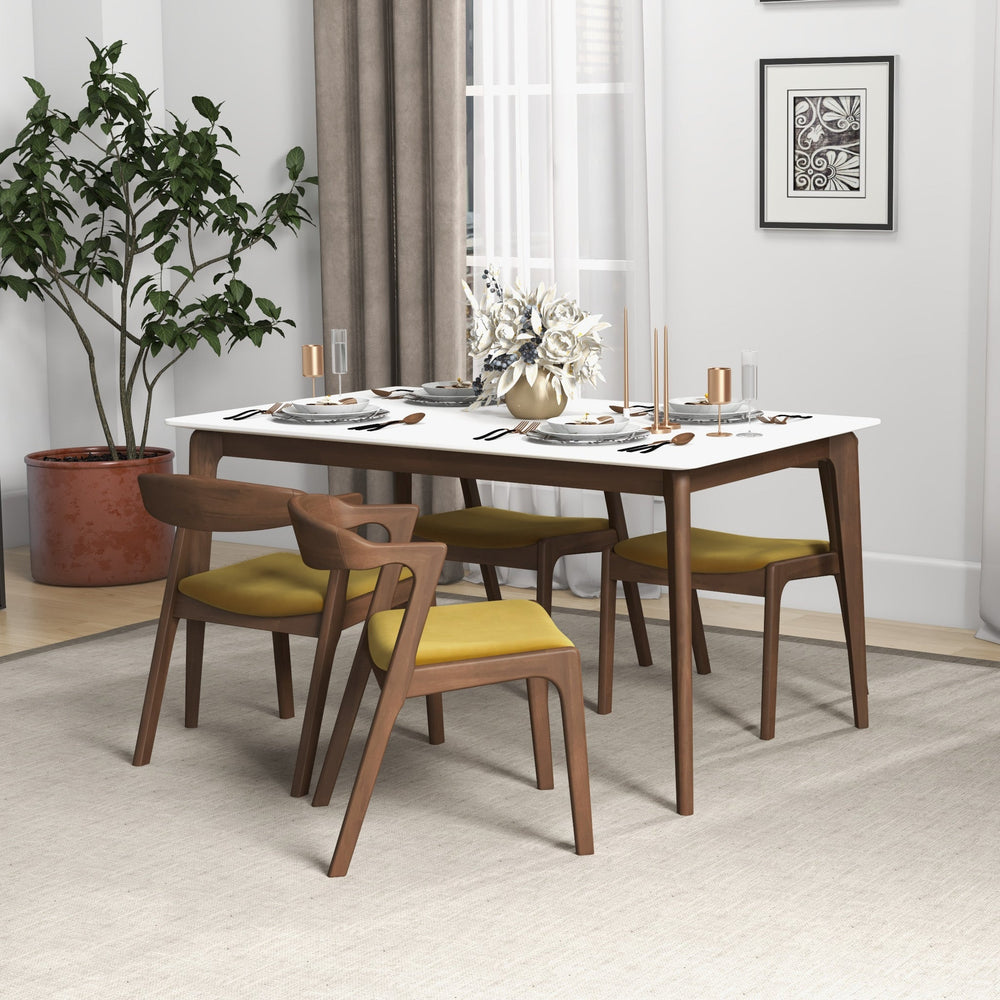
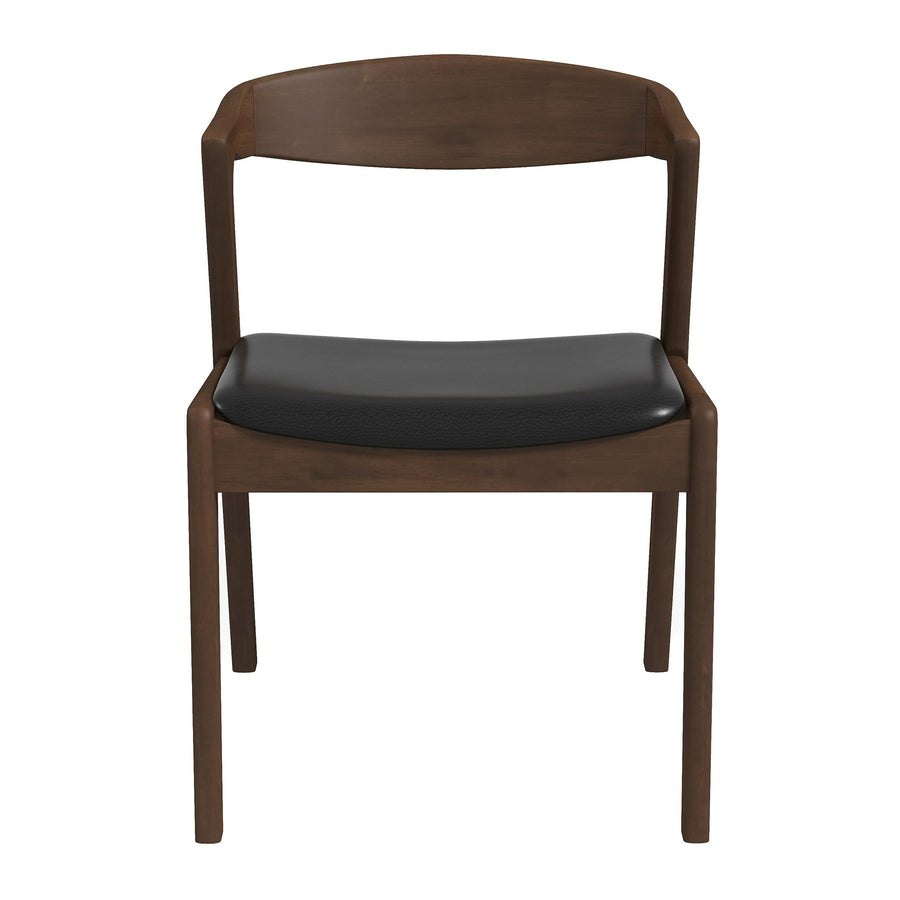
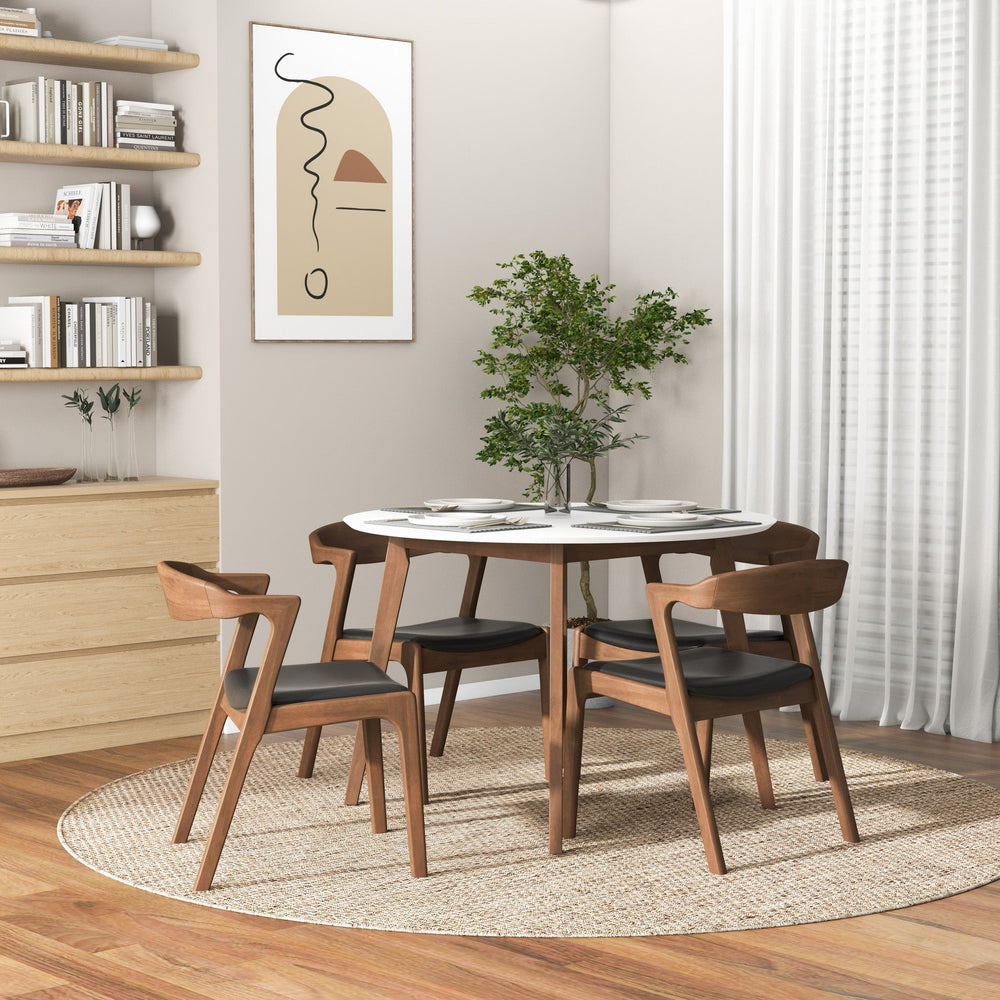
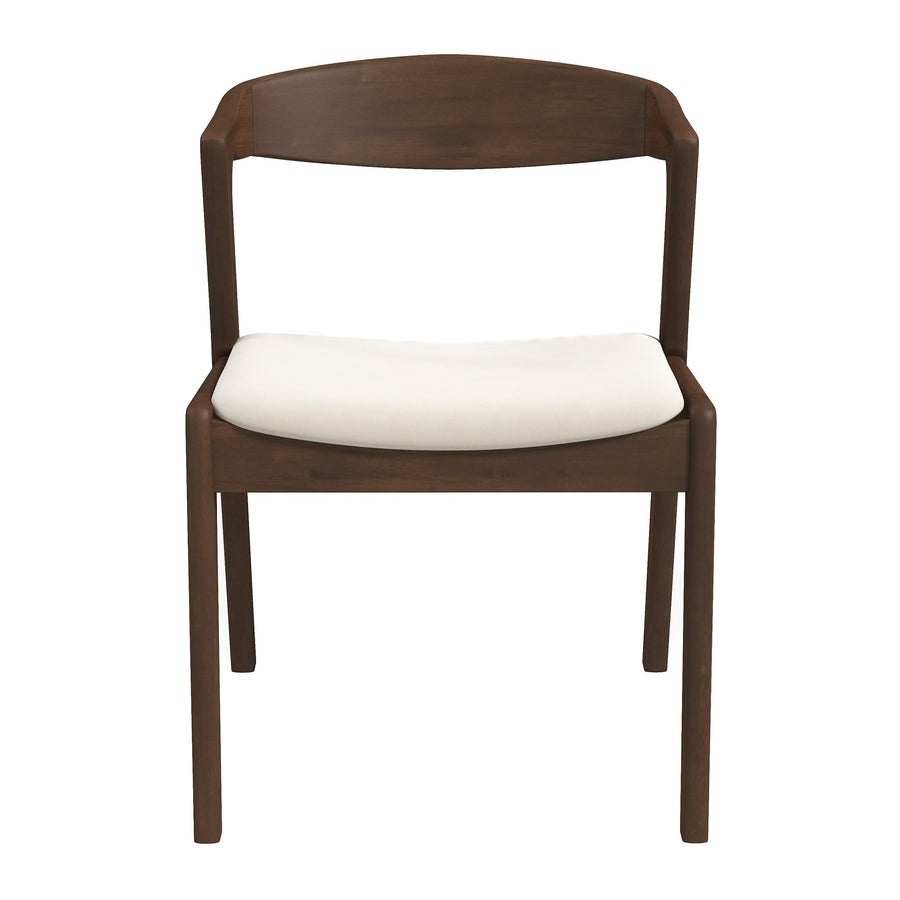
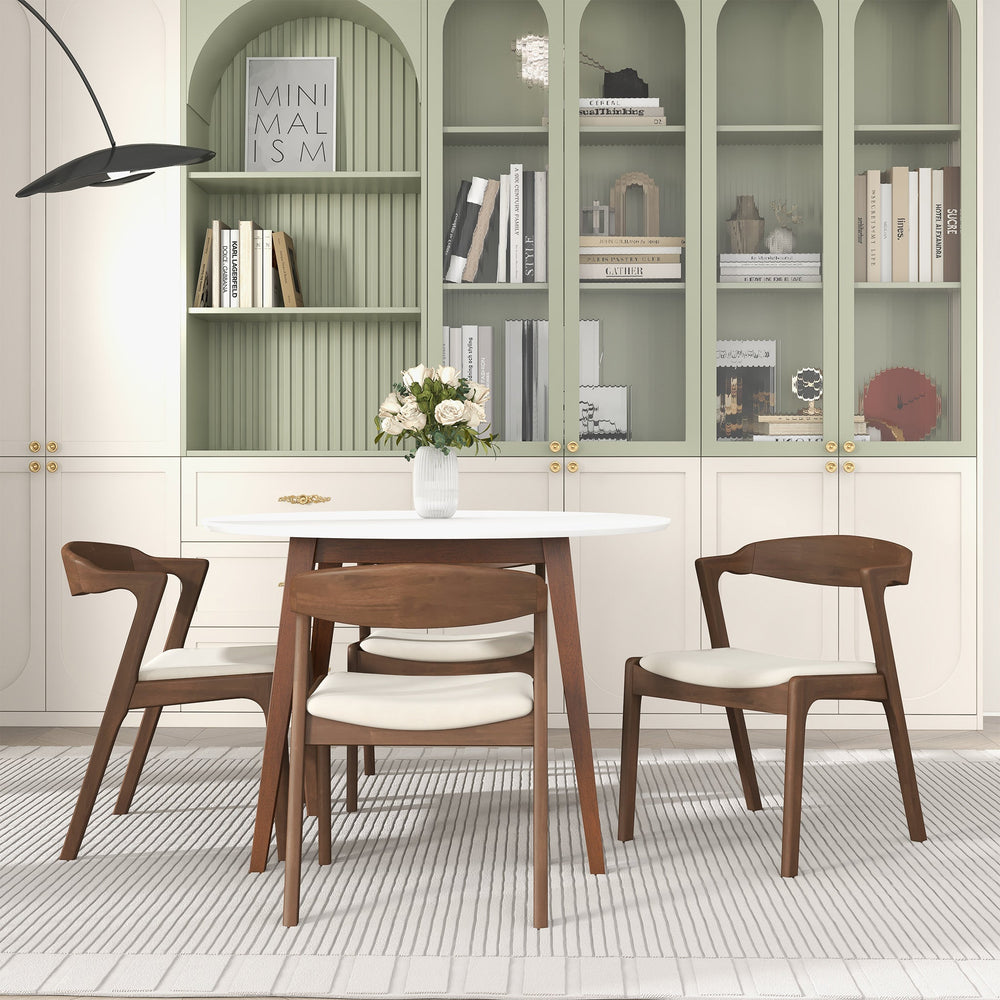
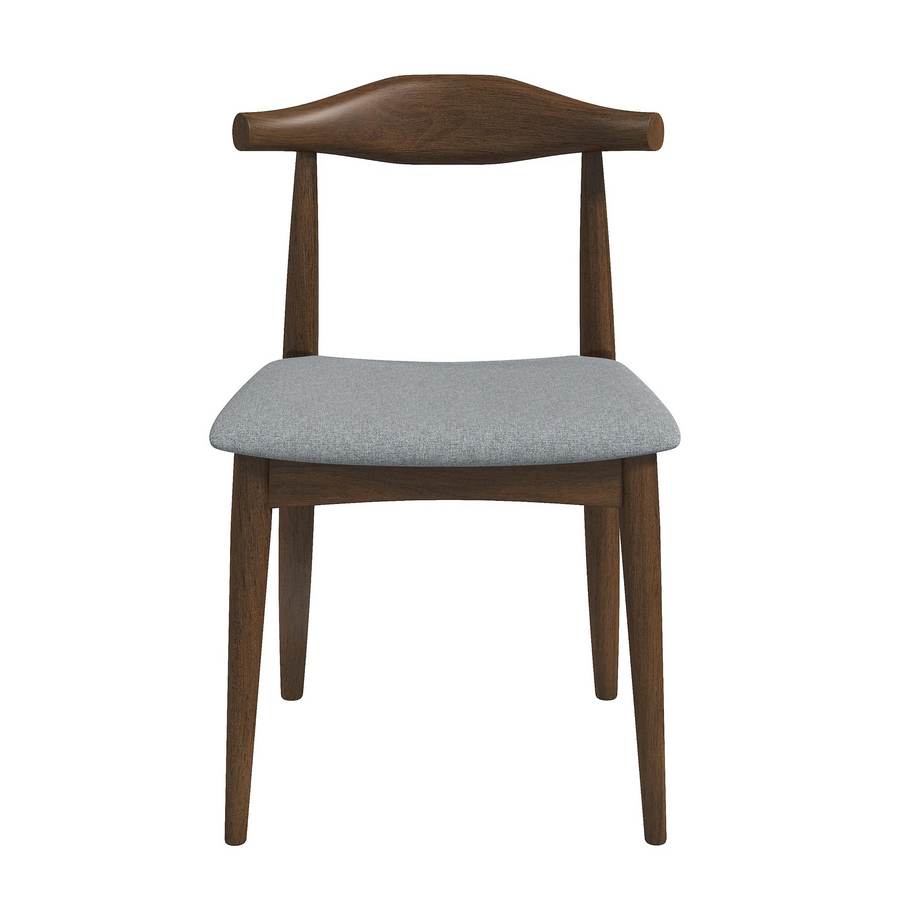
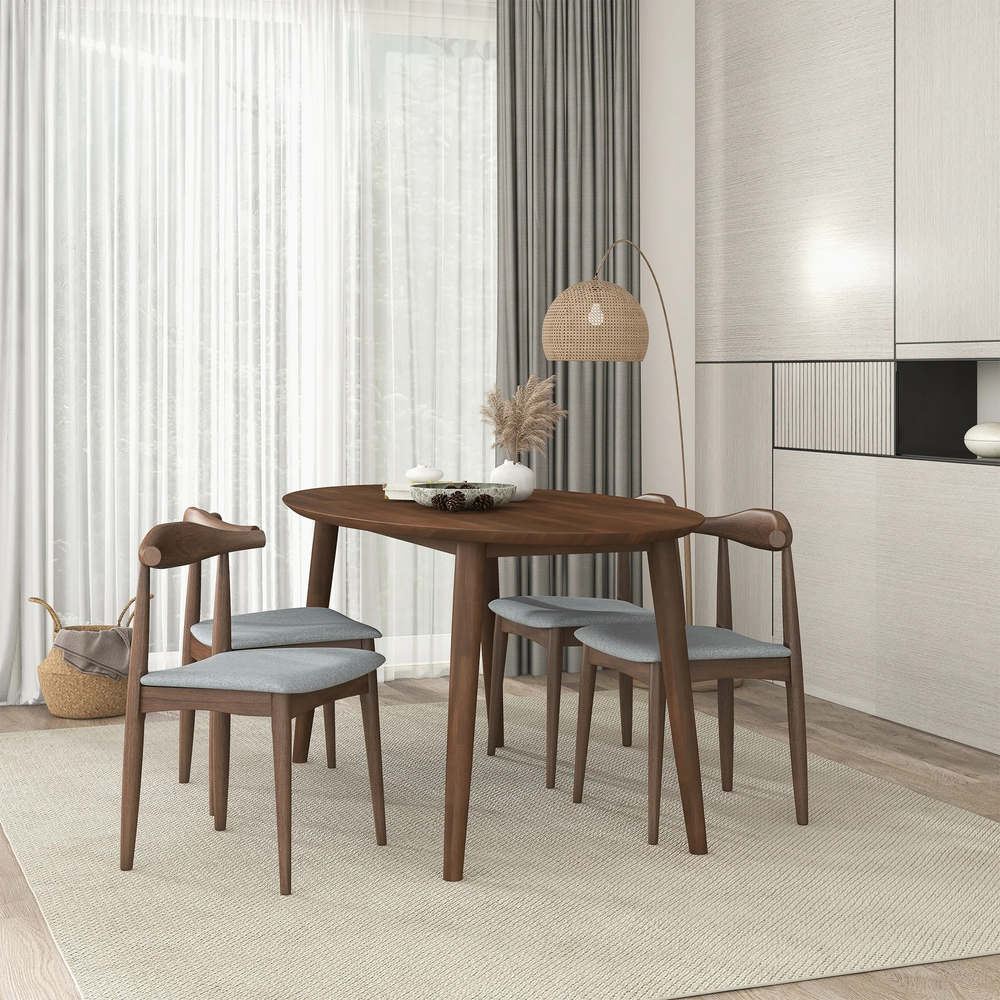
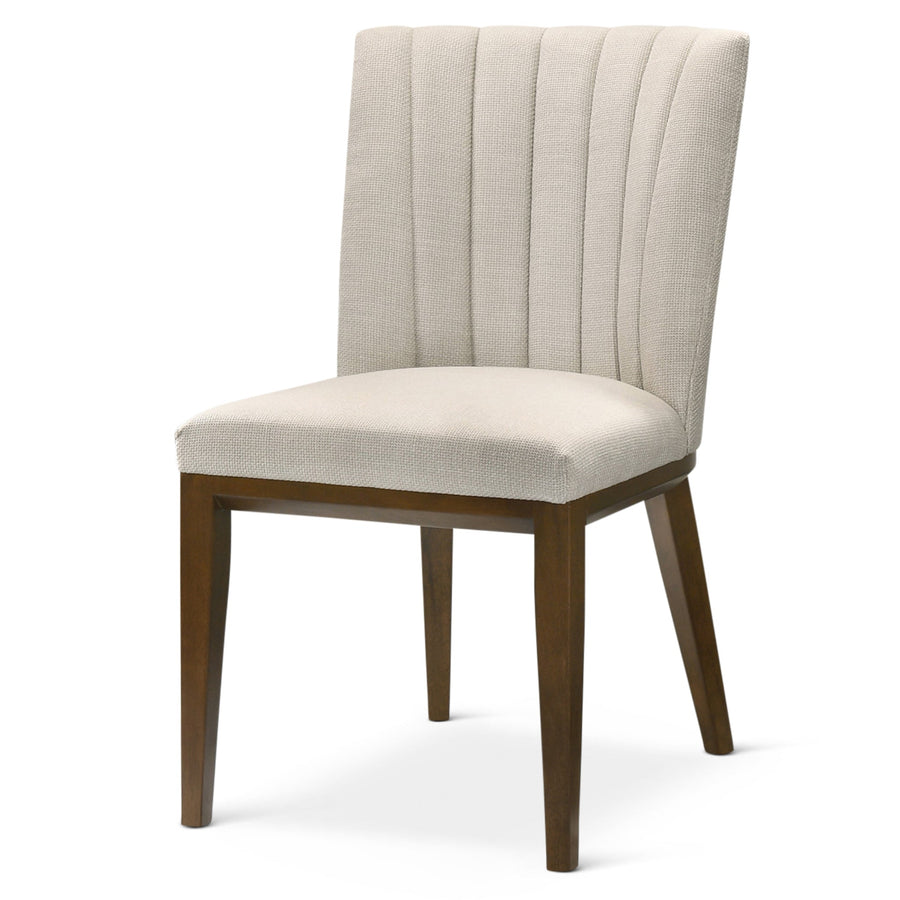
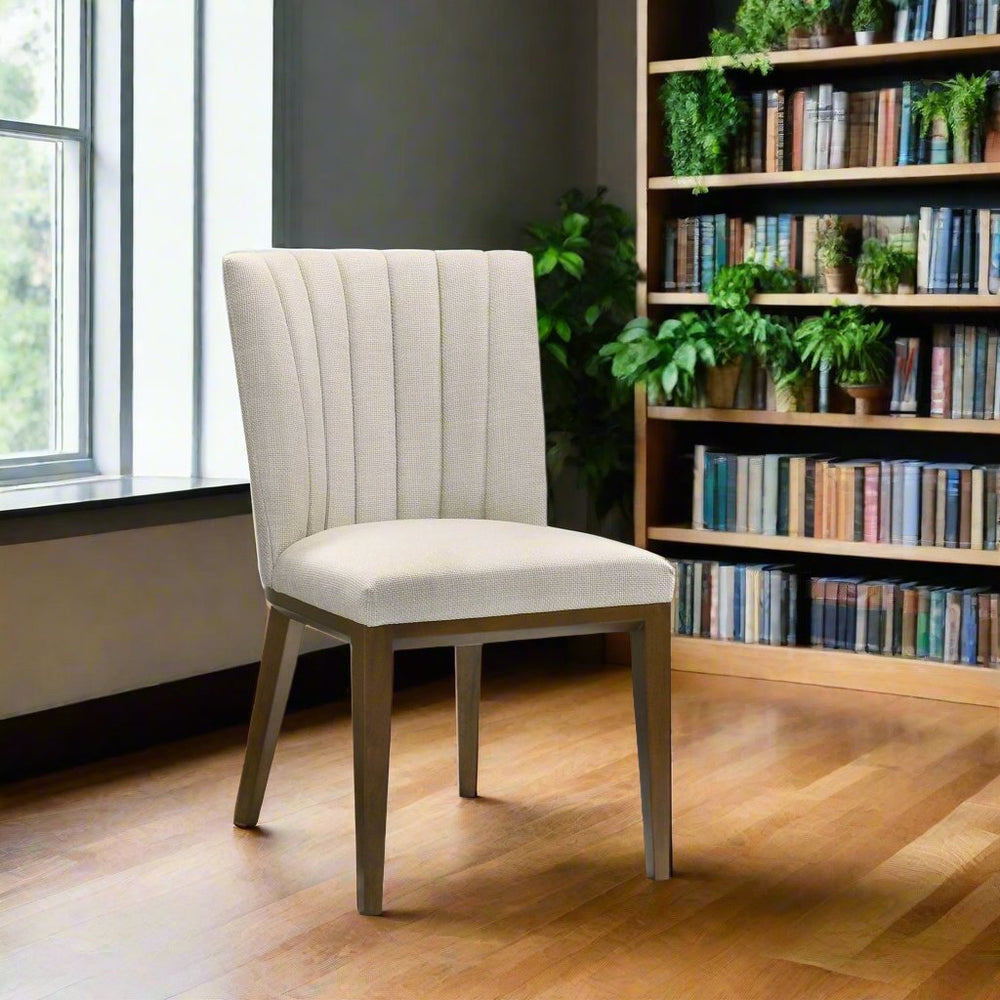
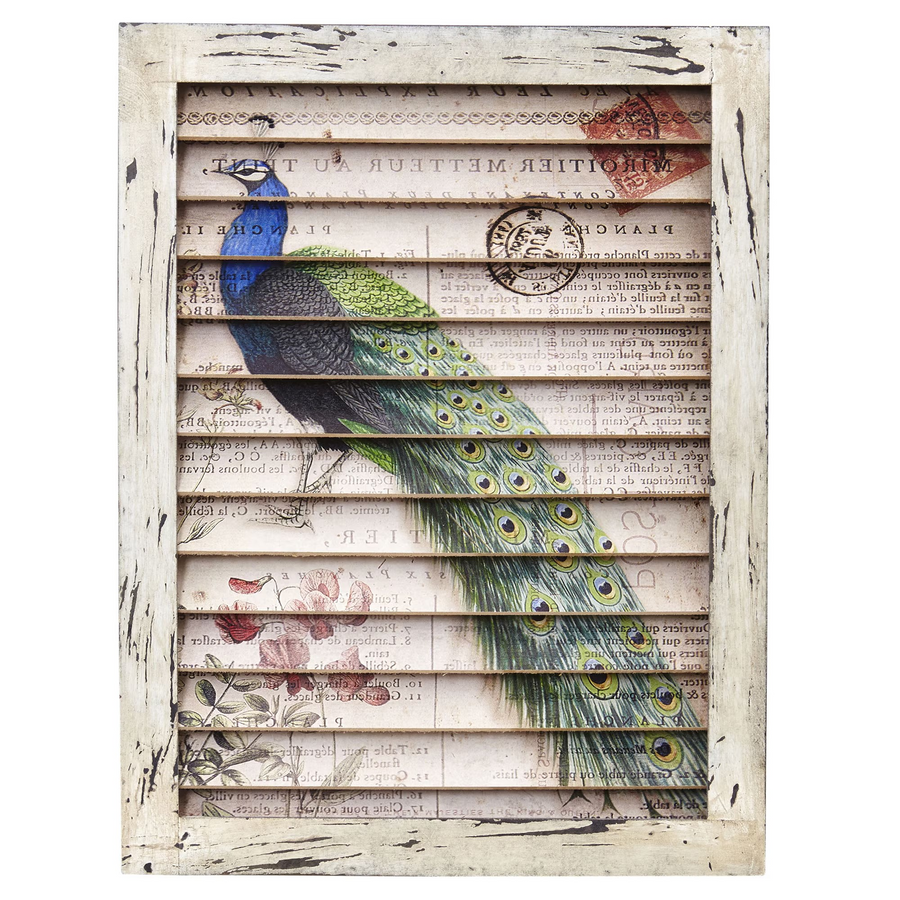
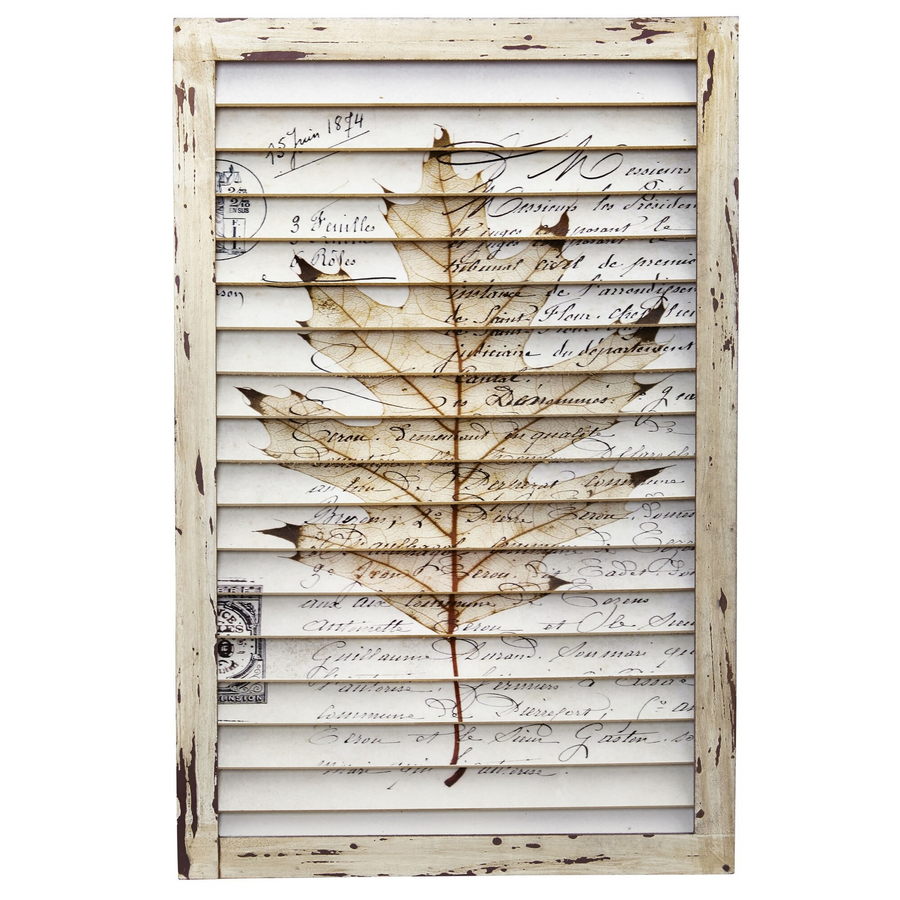
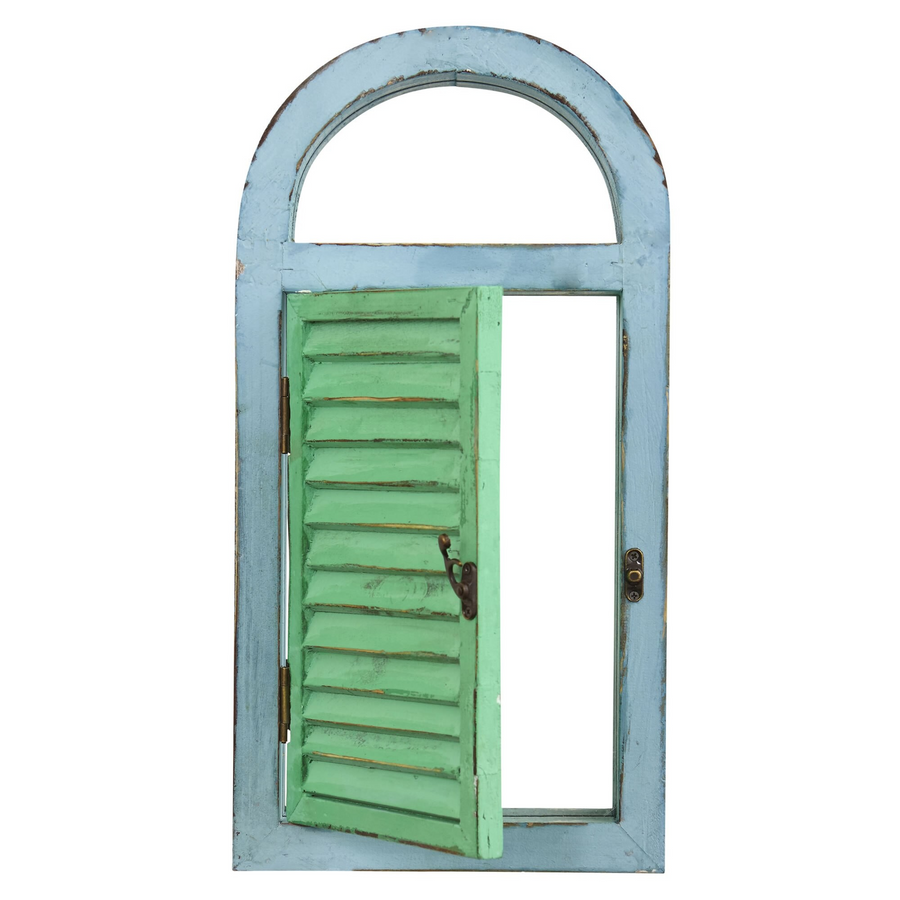
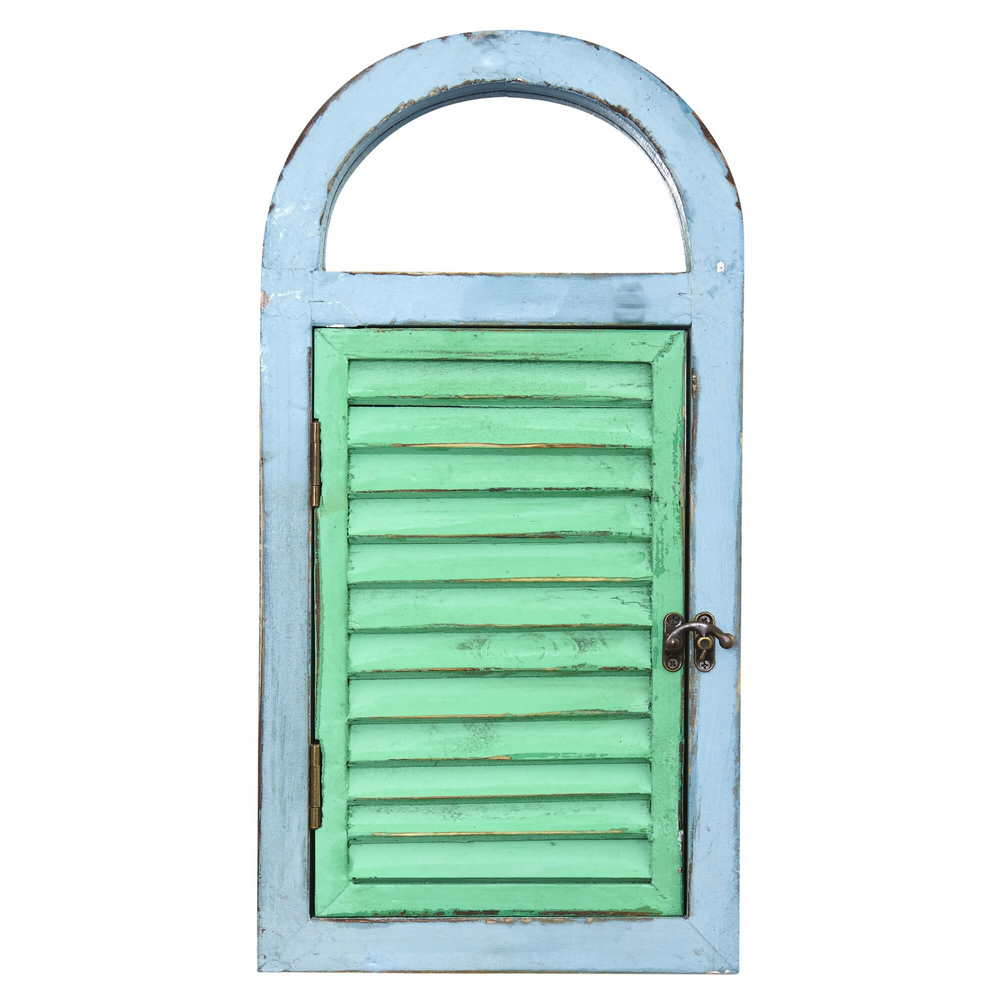
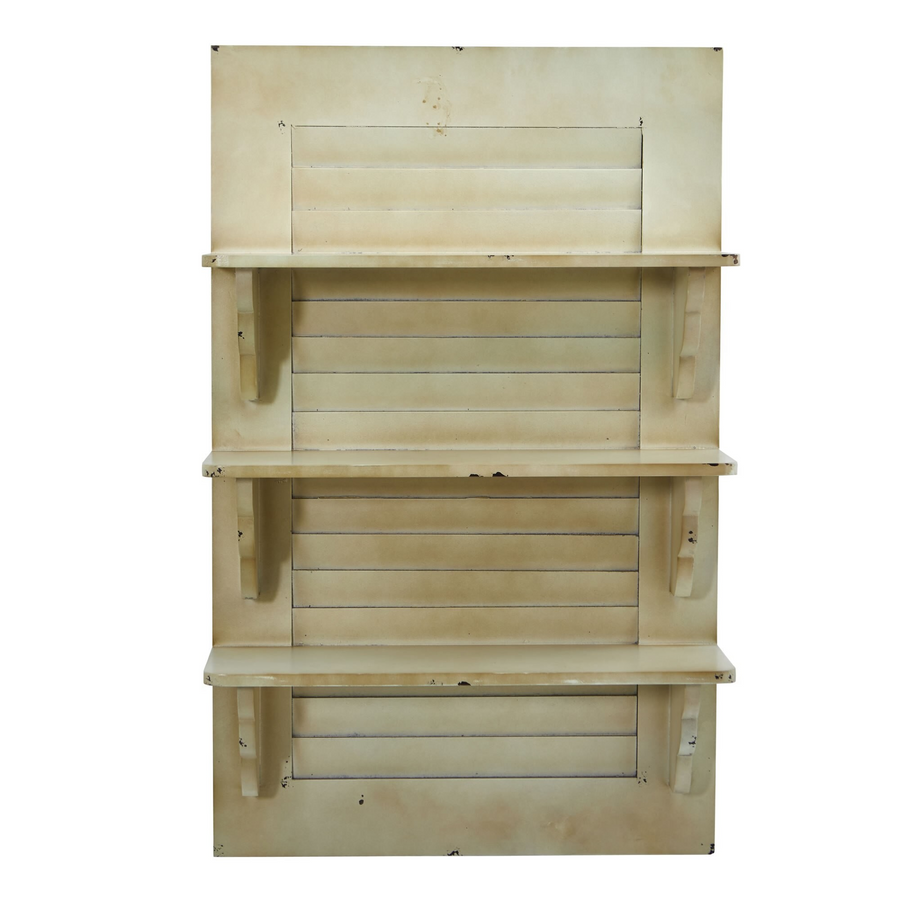
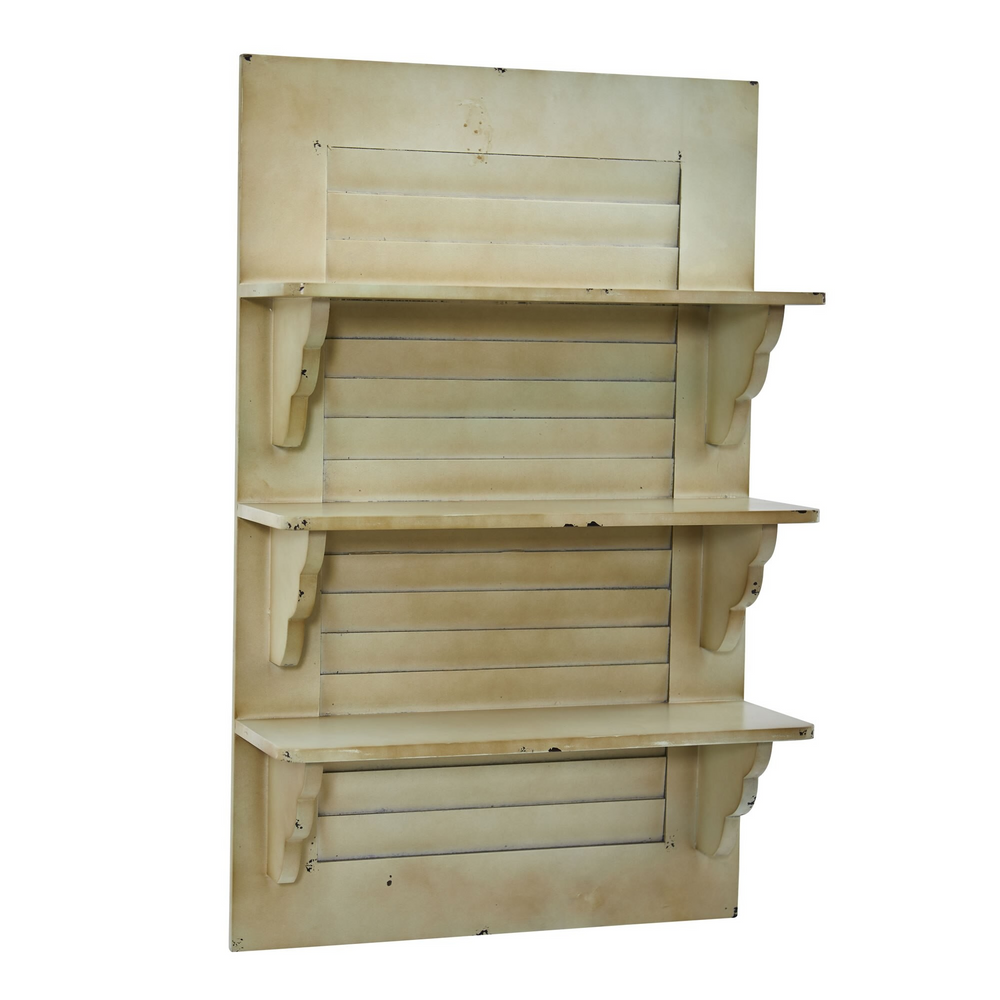
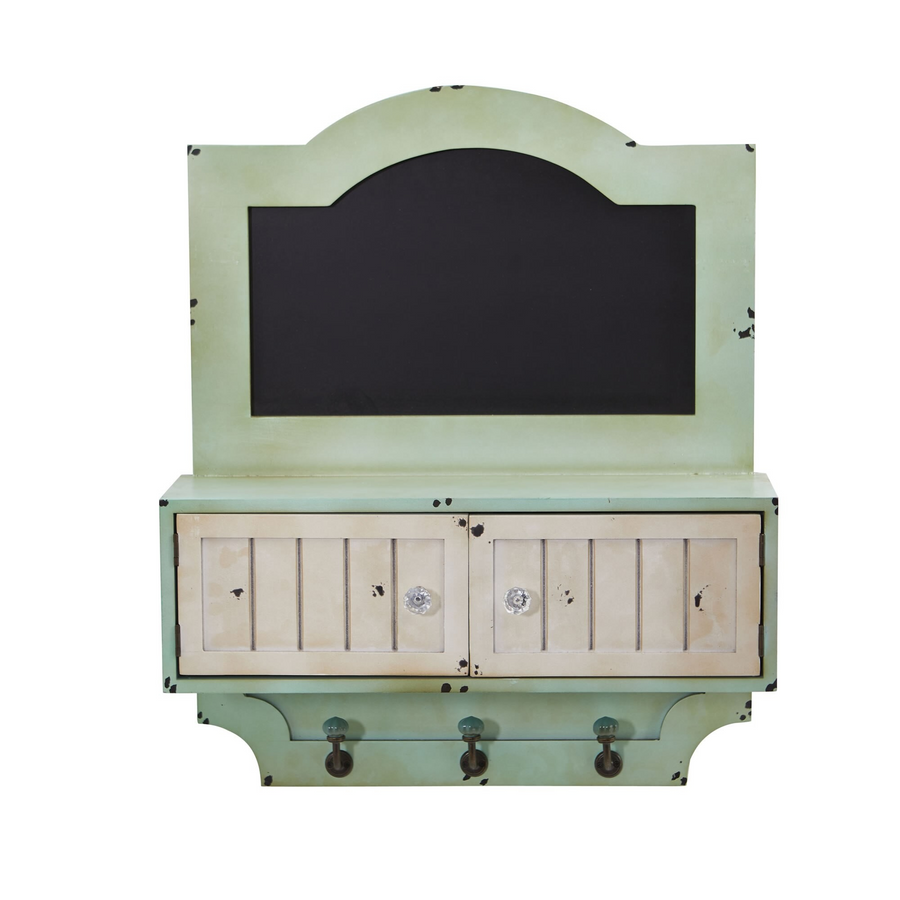
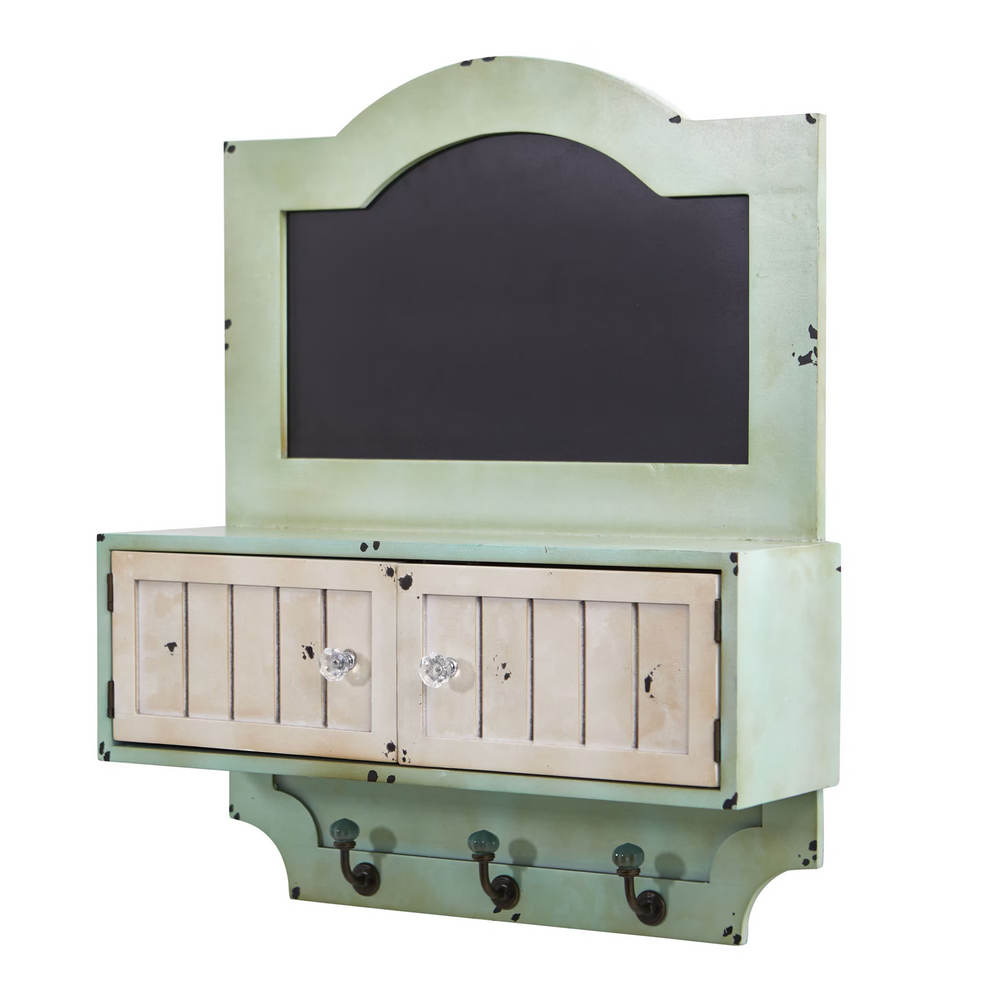
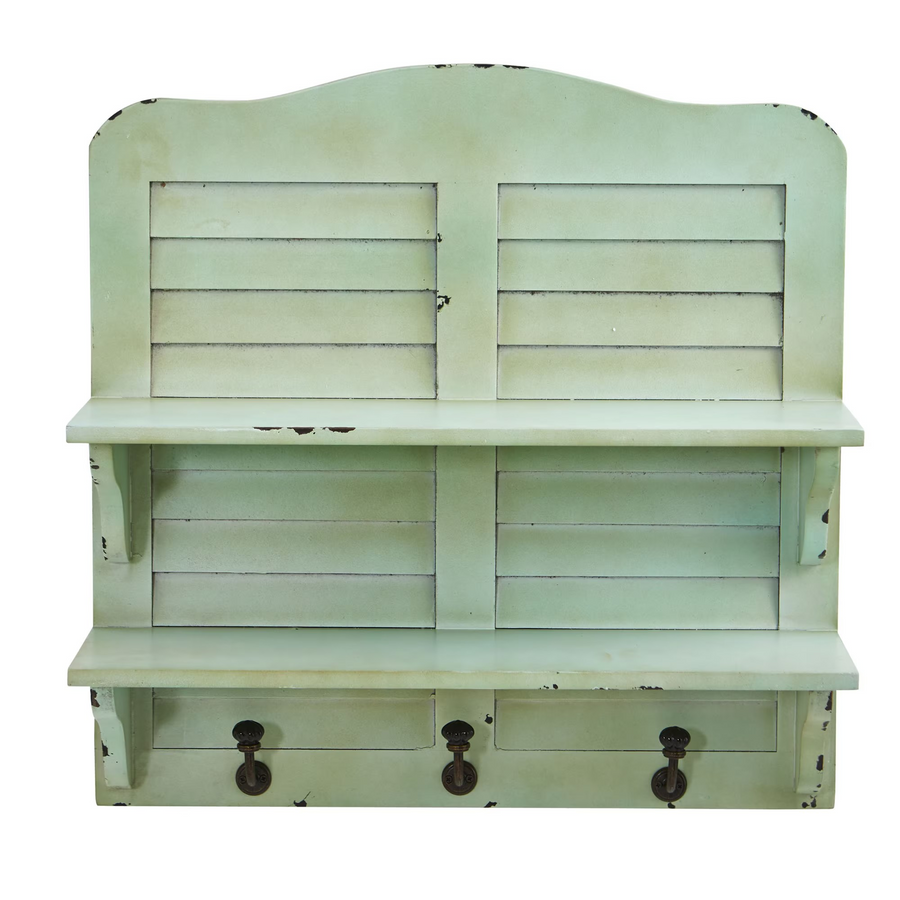
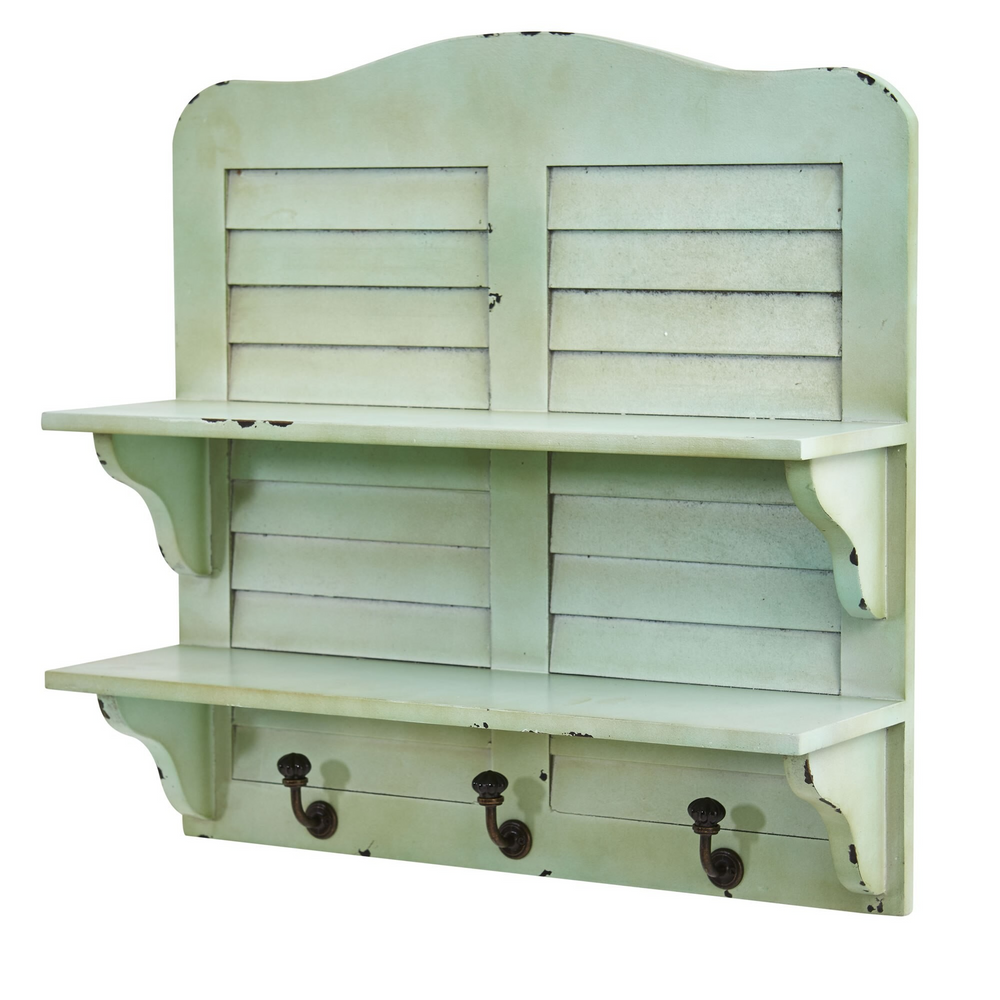
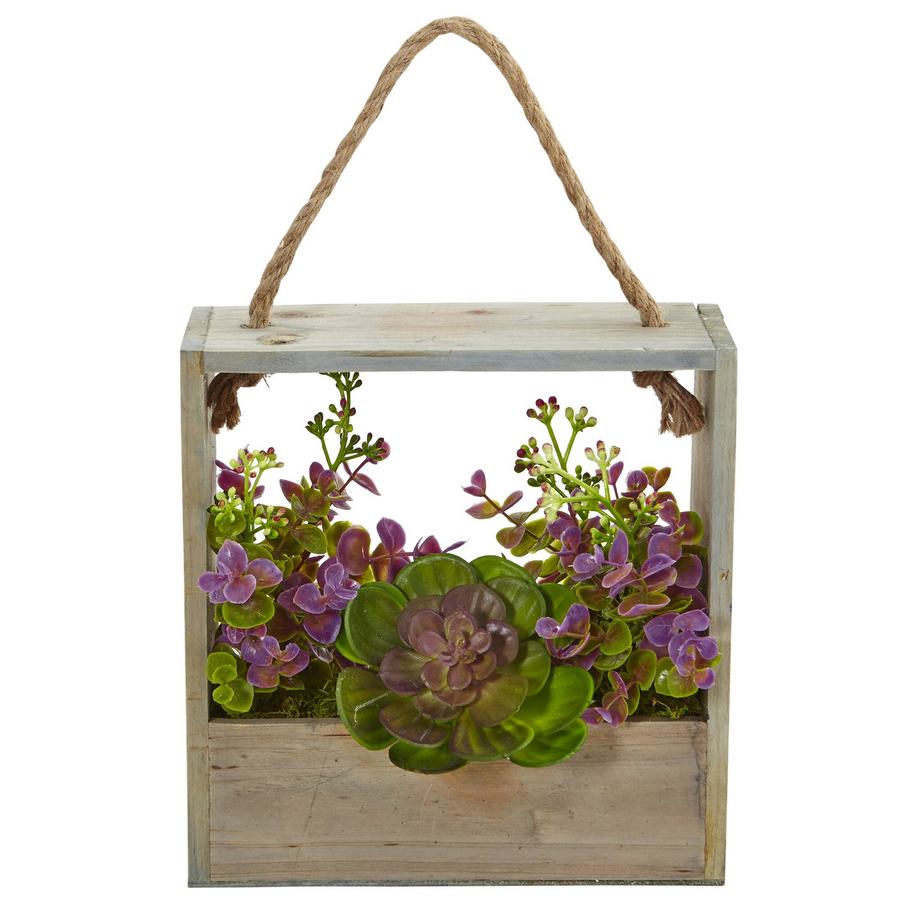
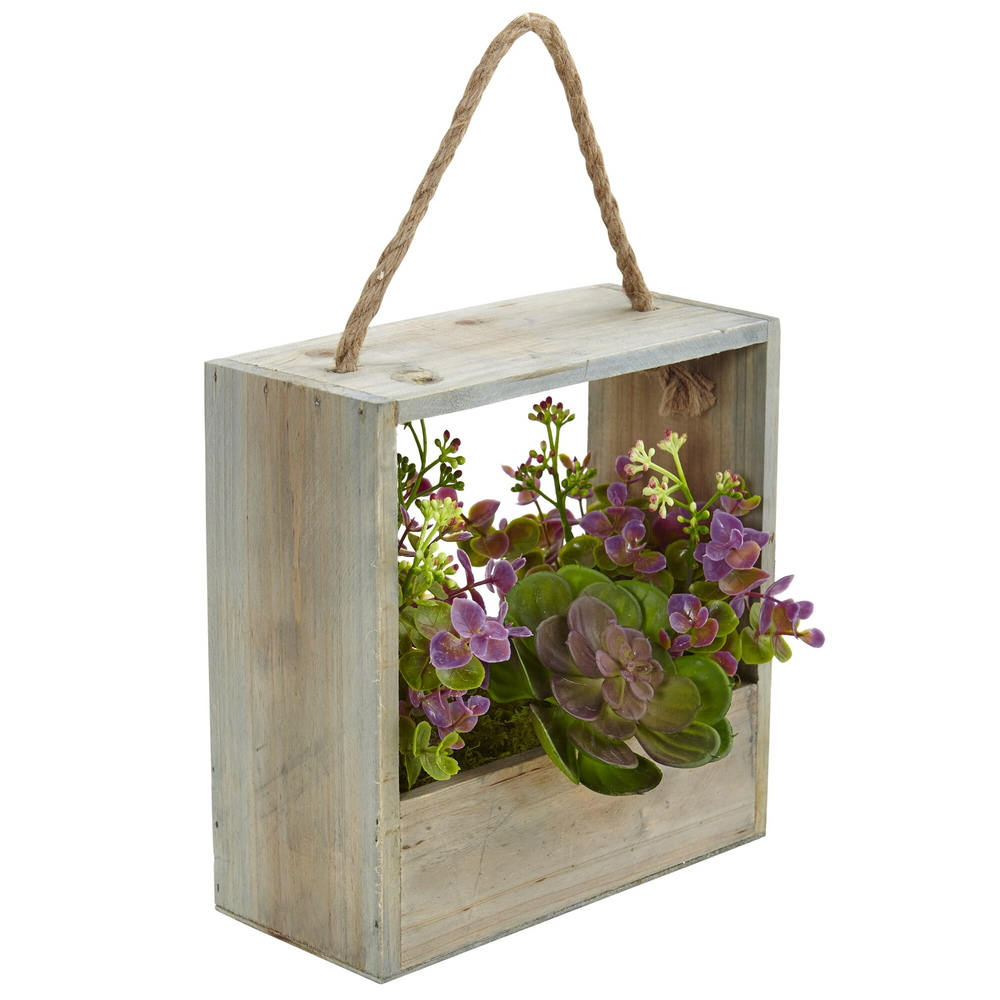

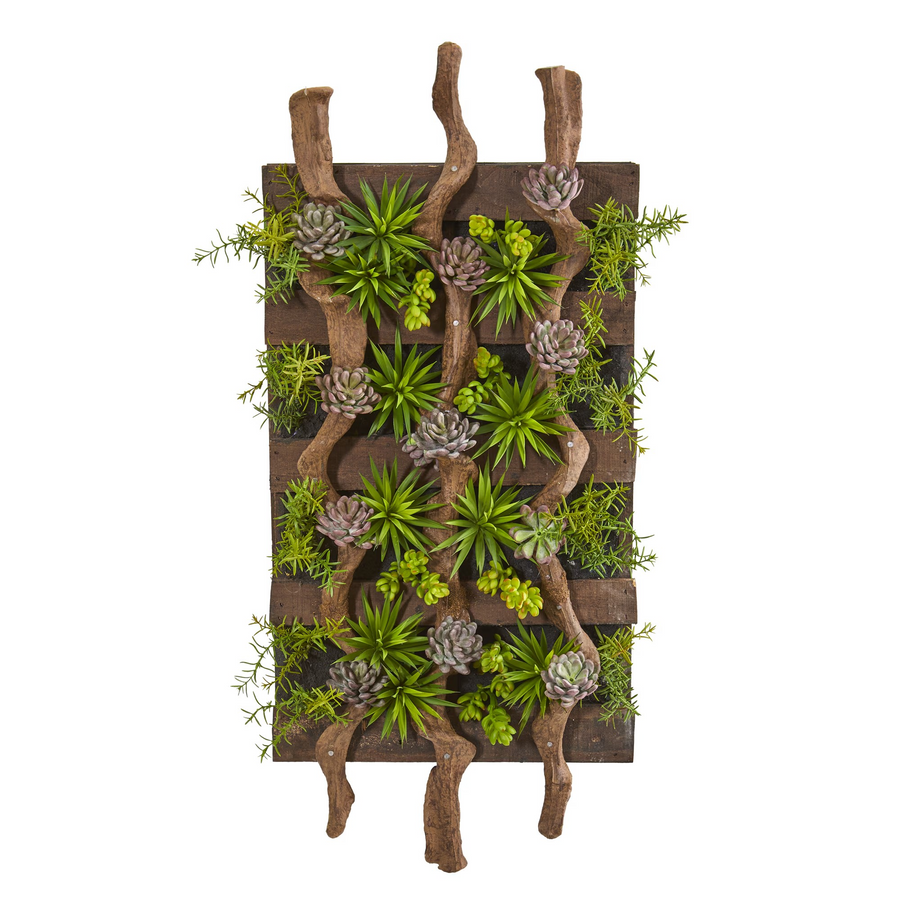
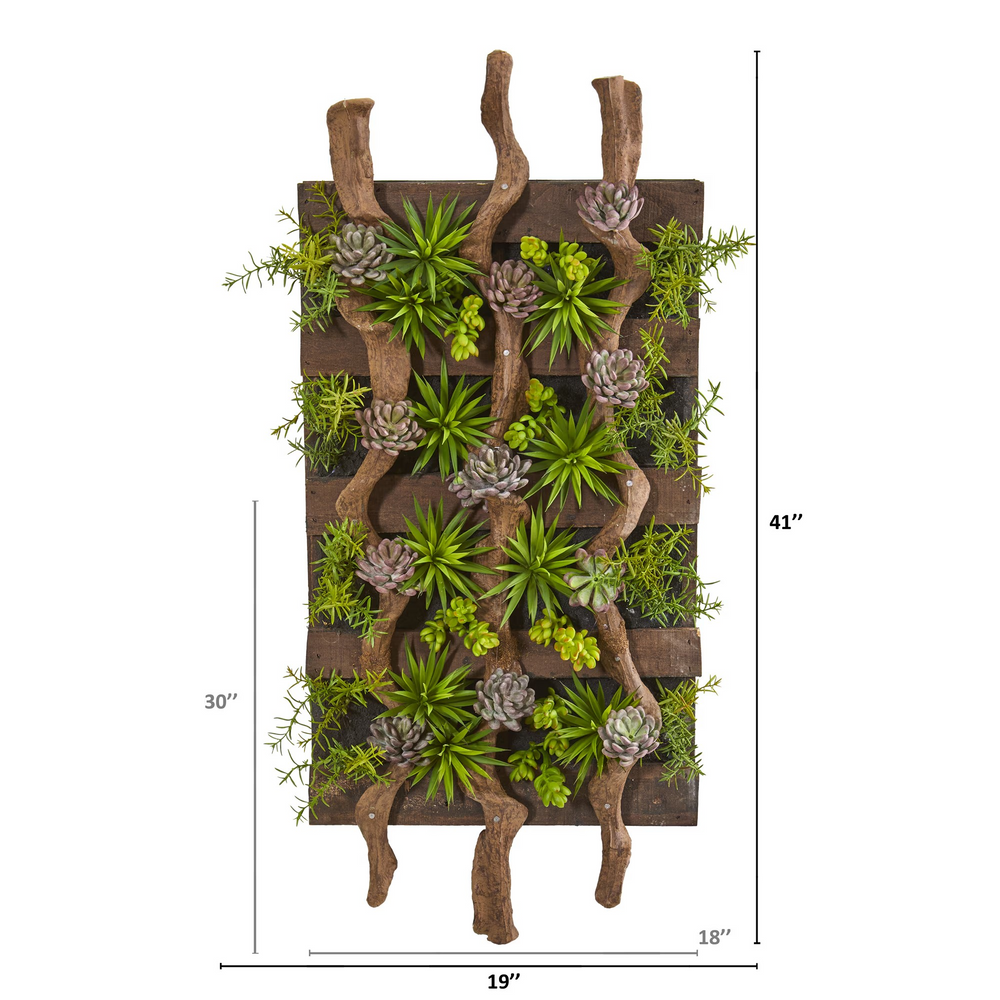


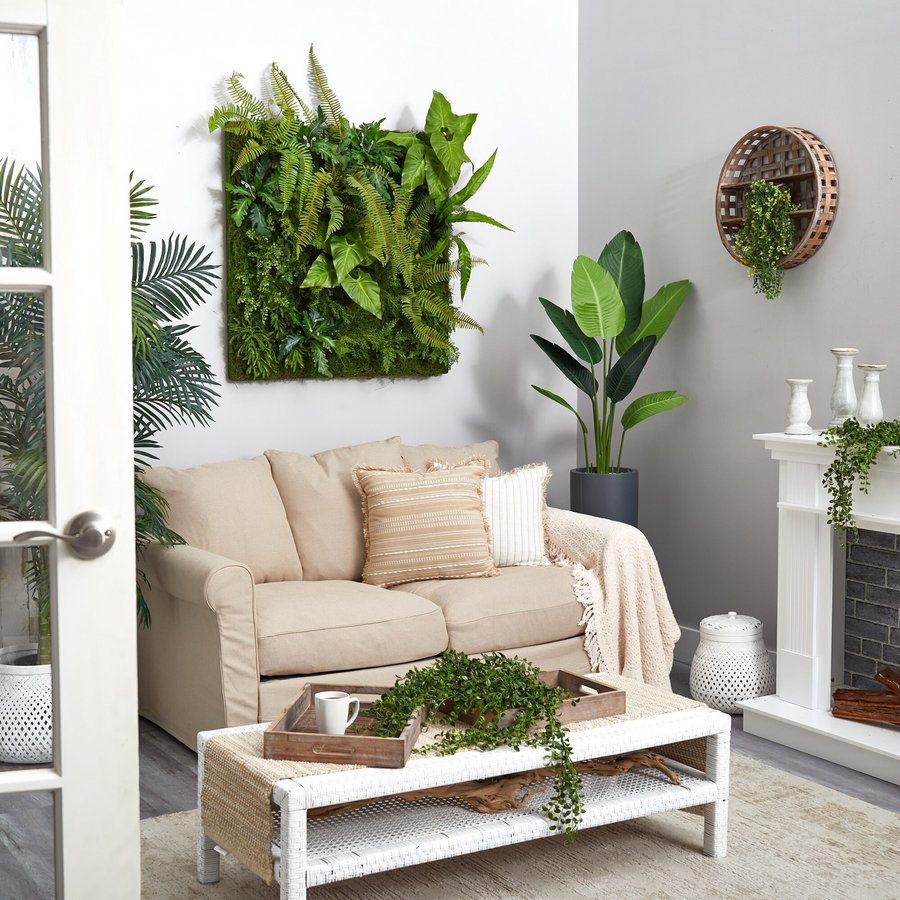
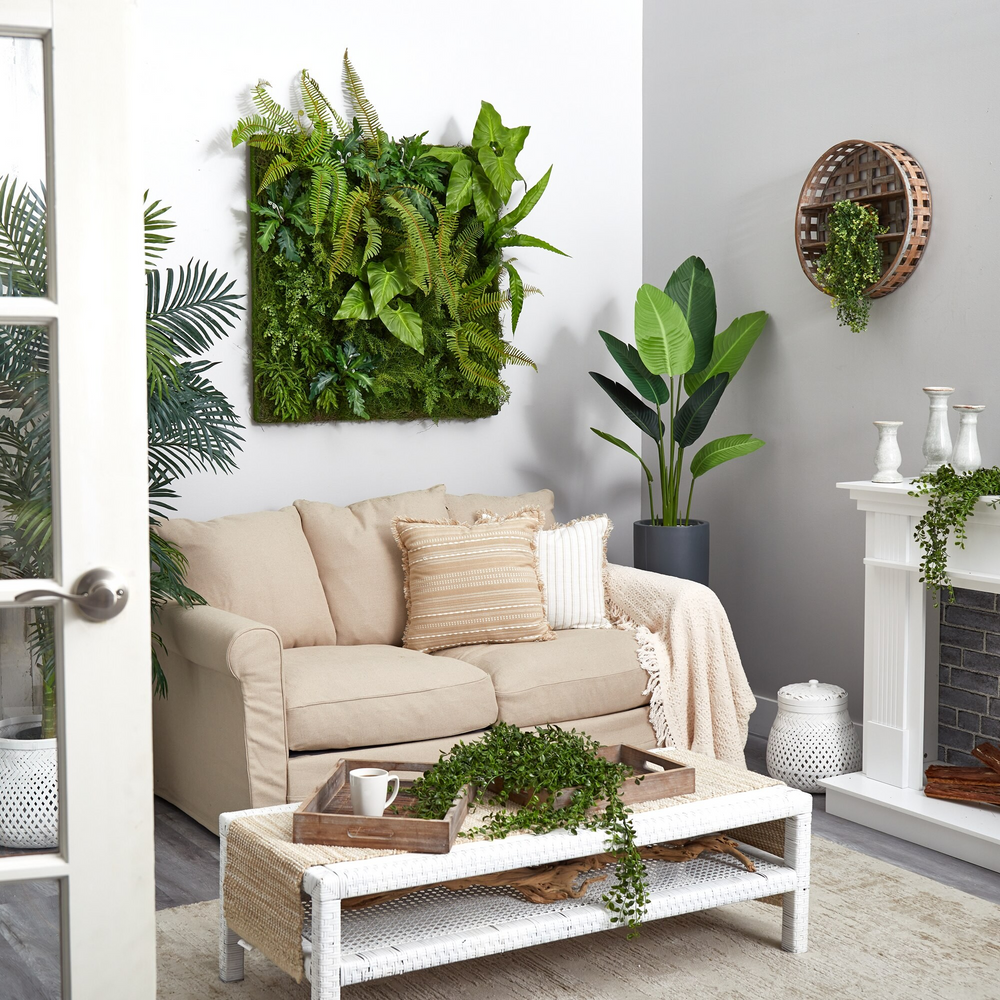

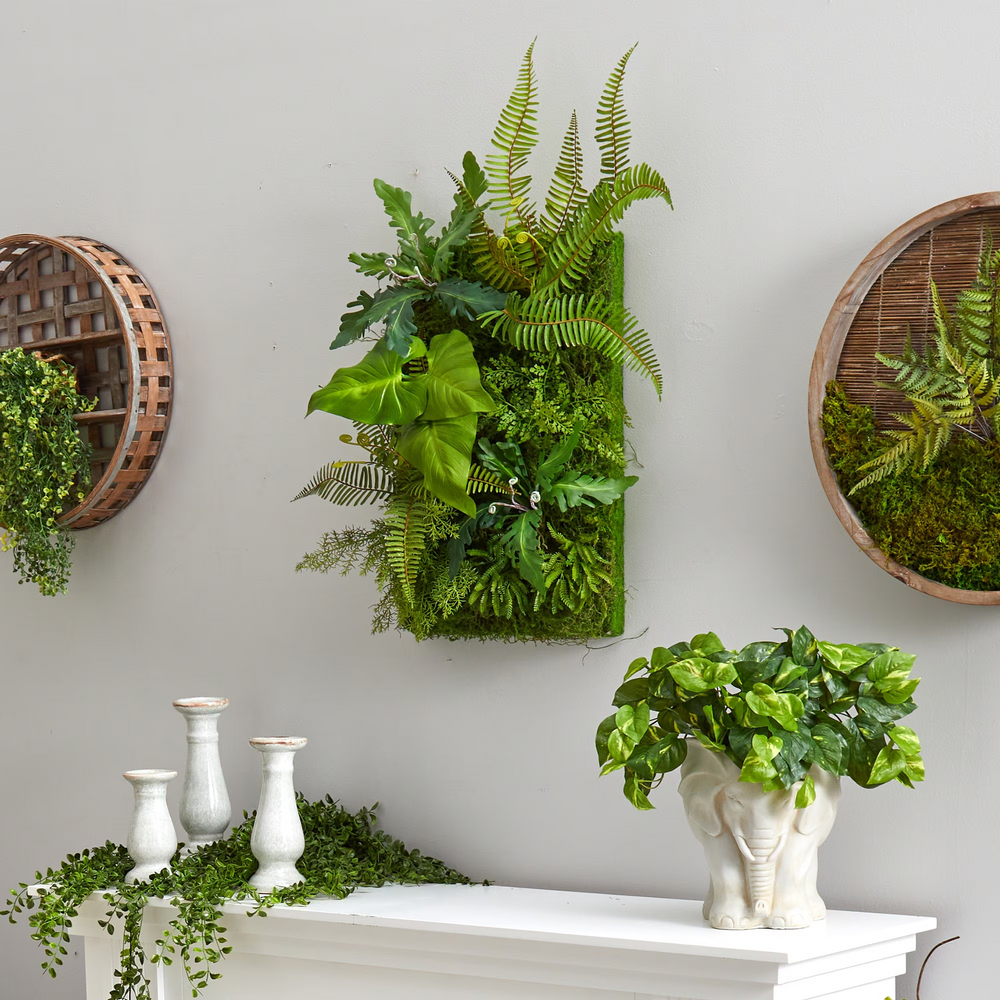
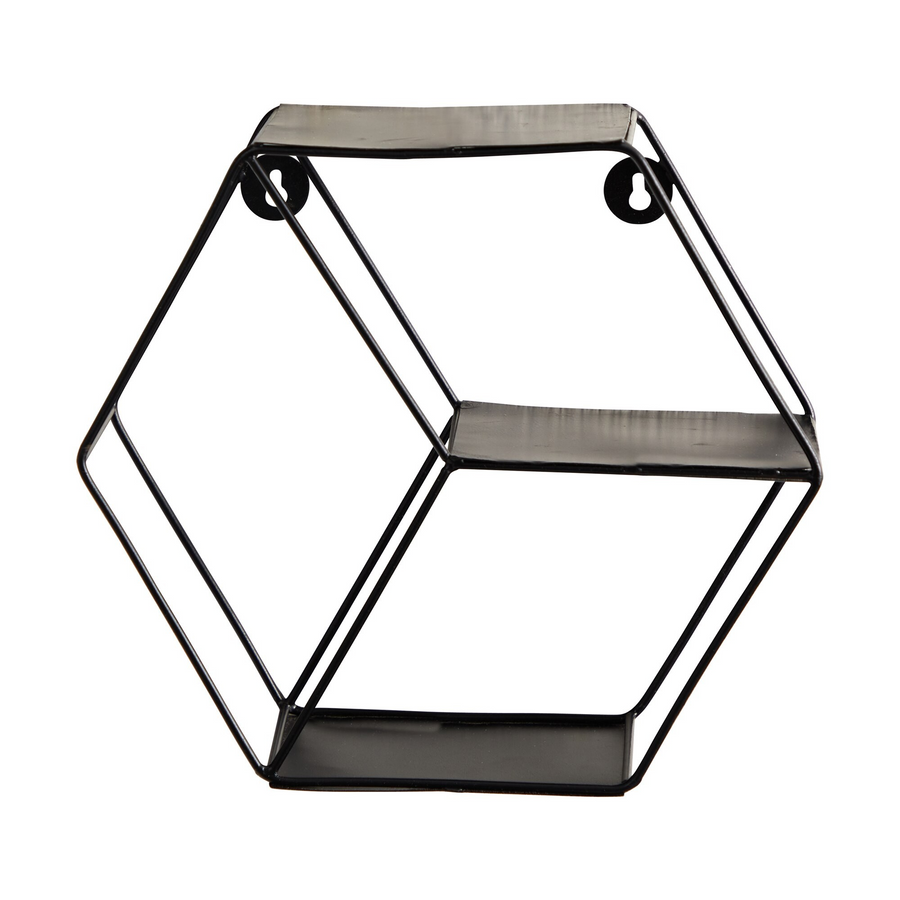
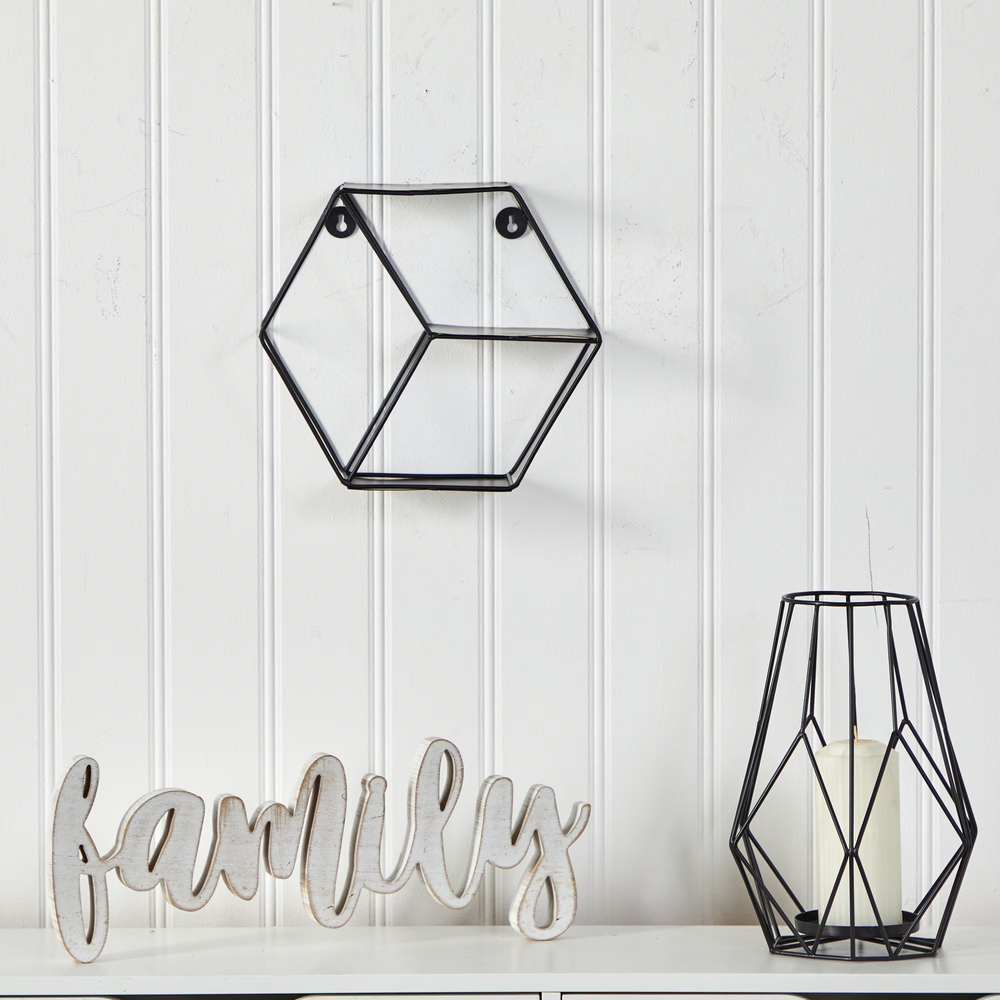
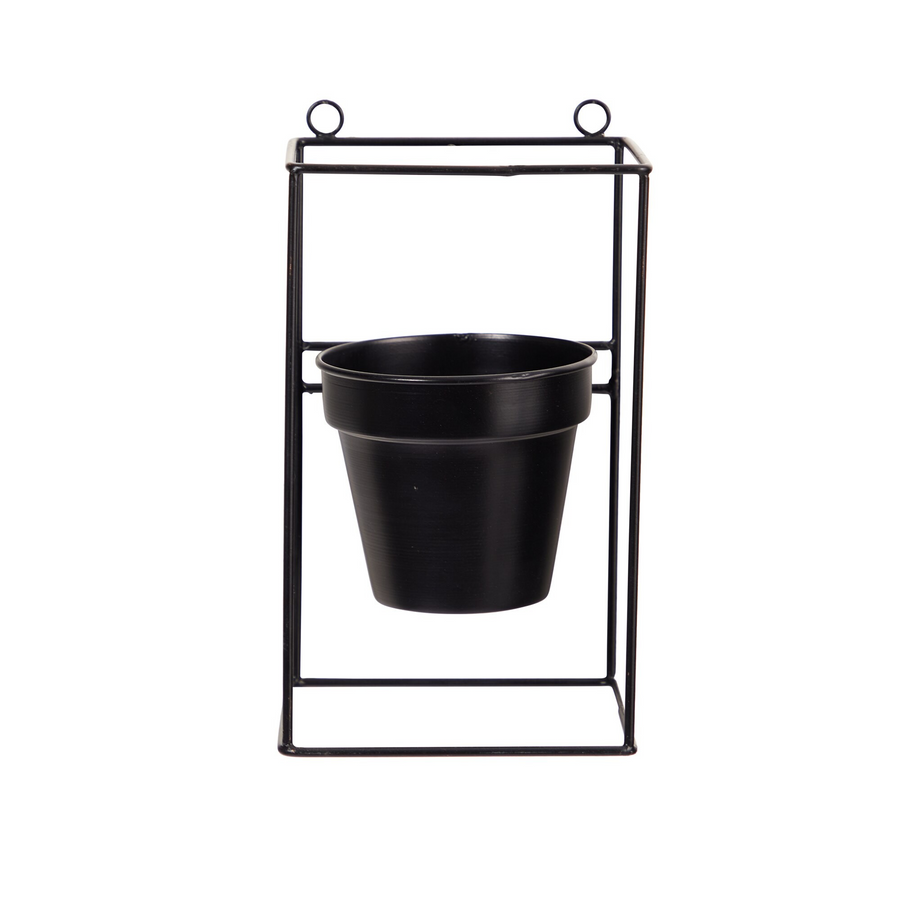
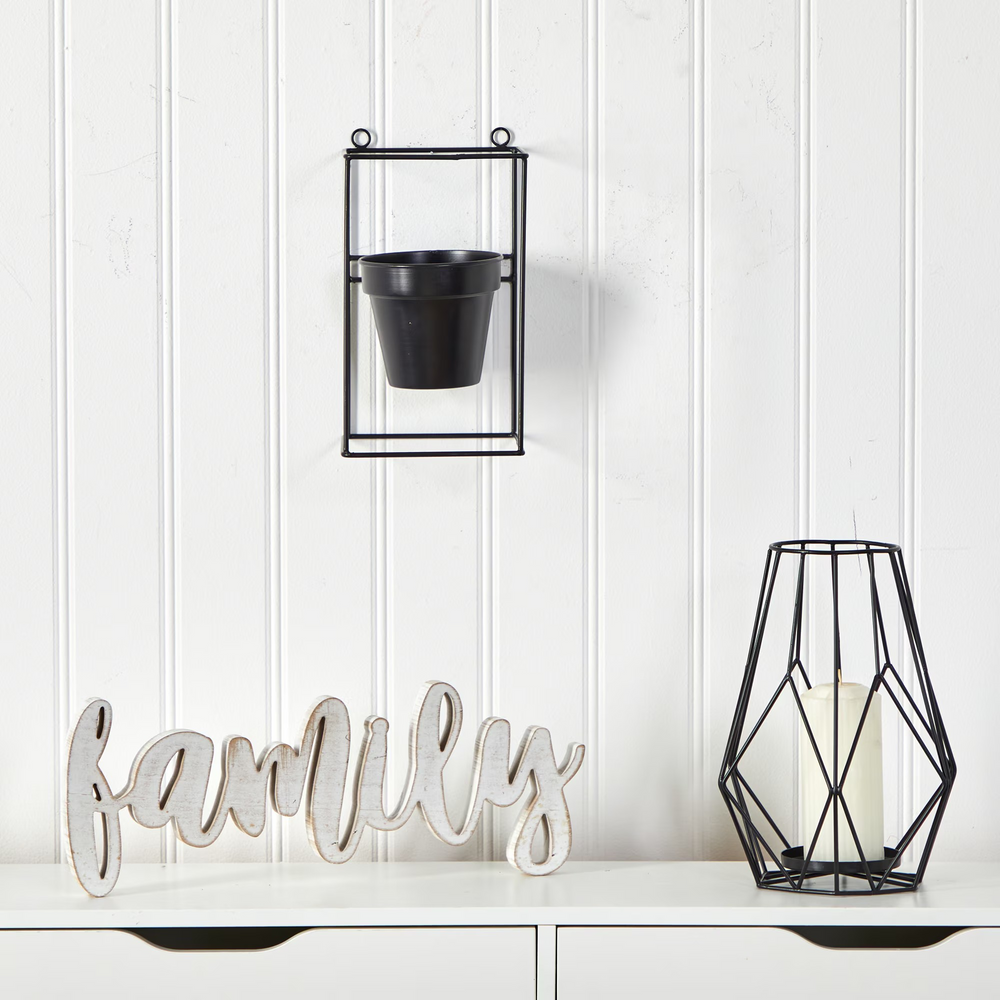
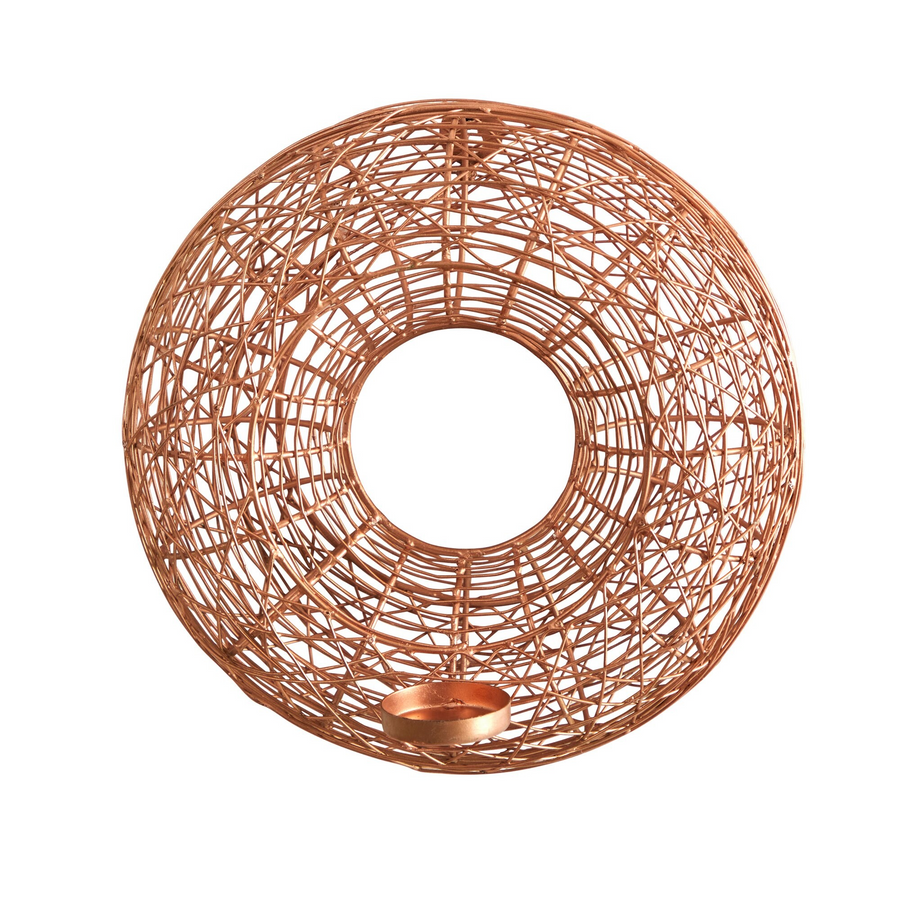
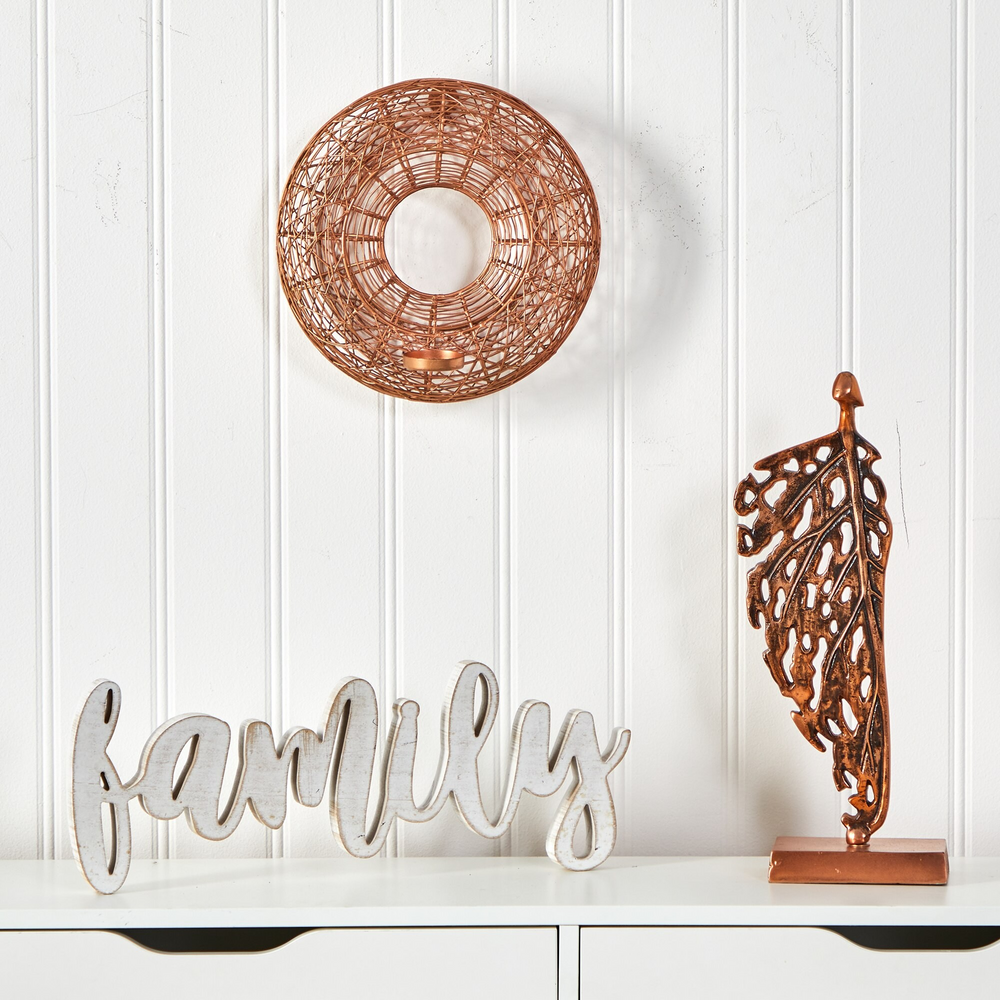








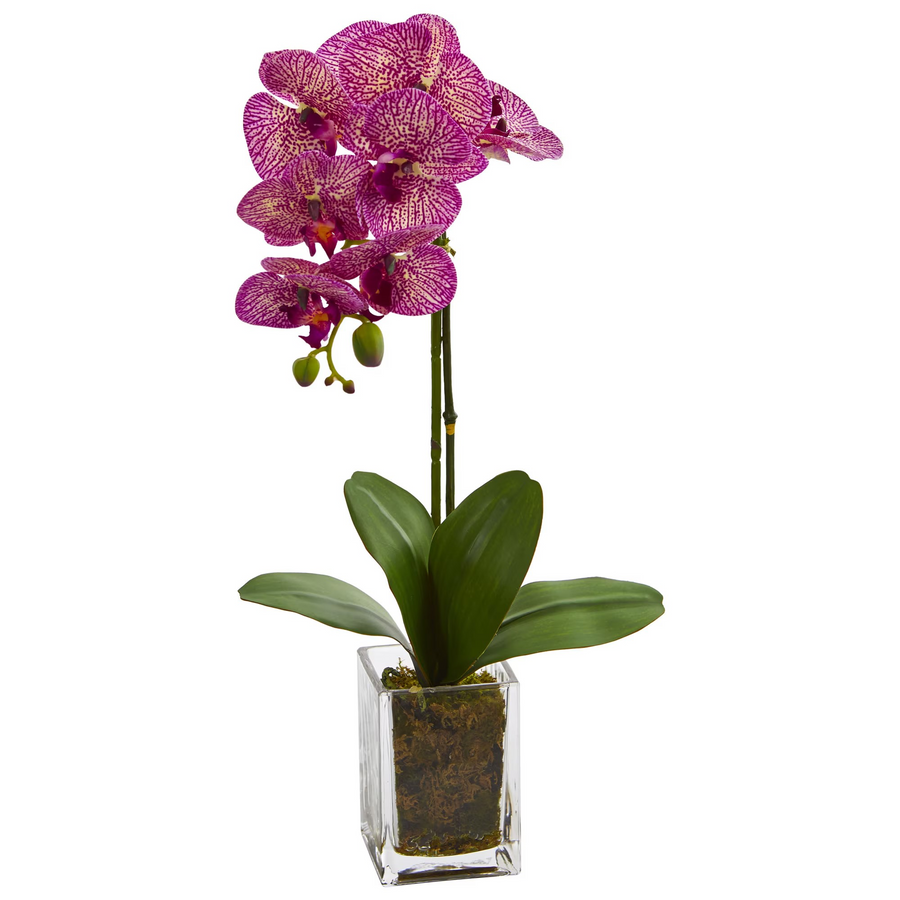








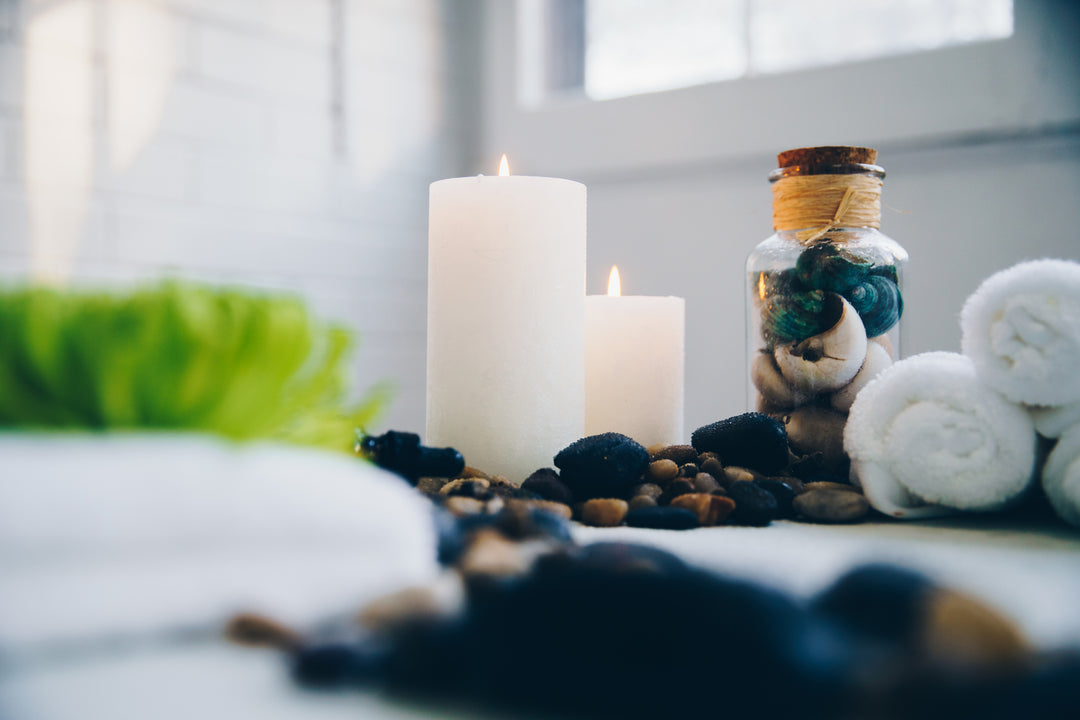
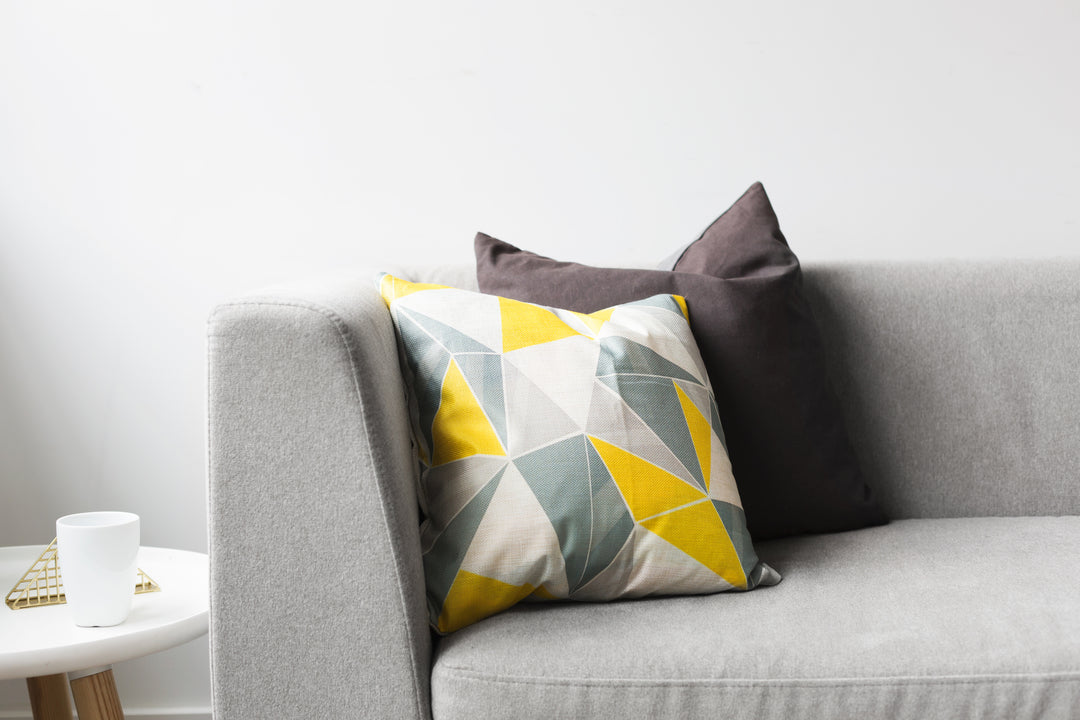
Leave a comment